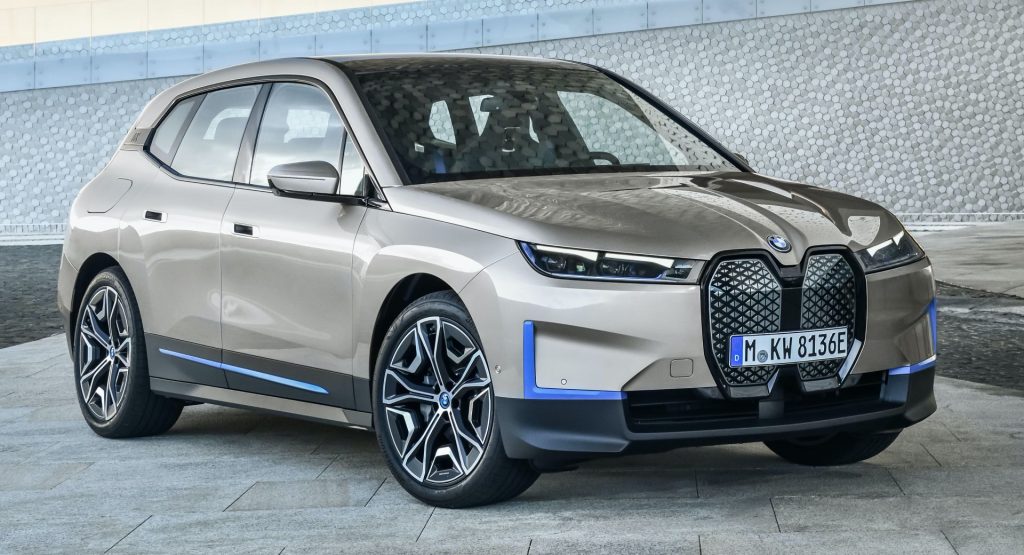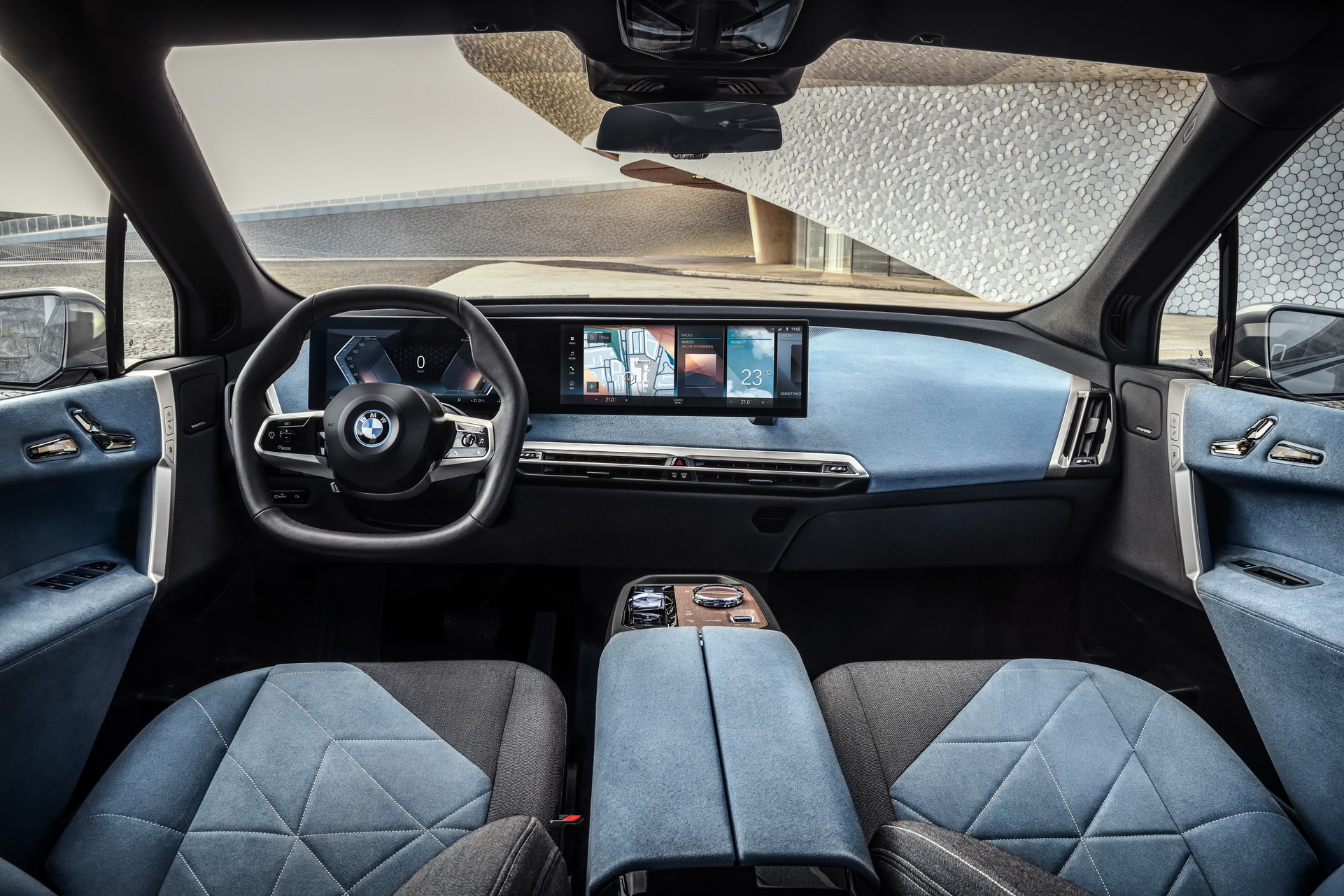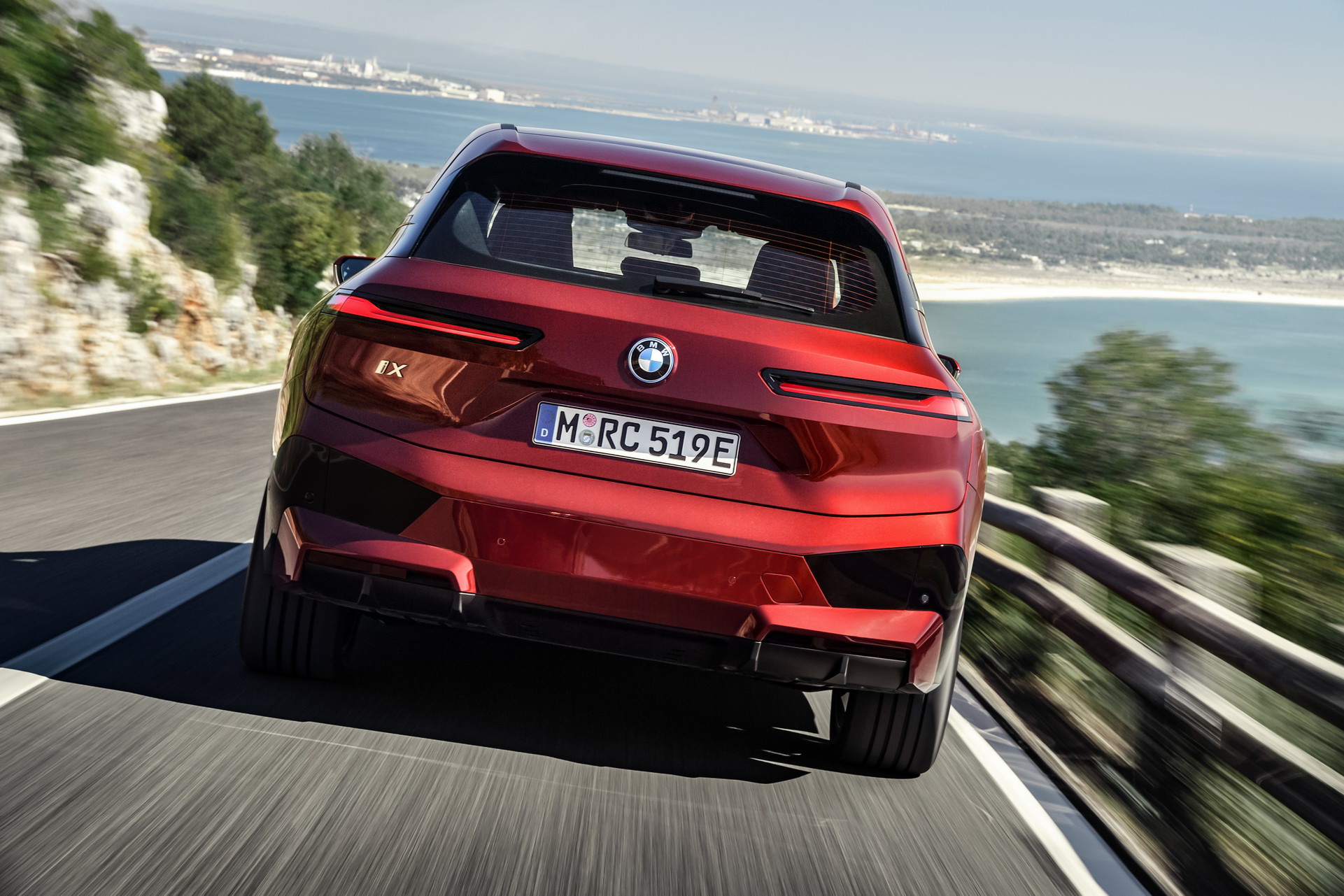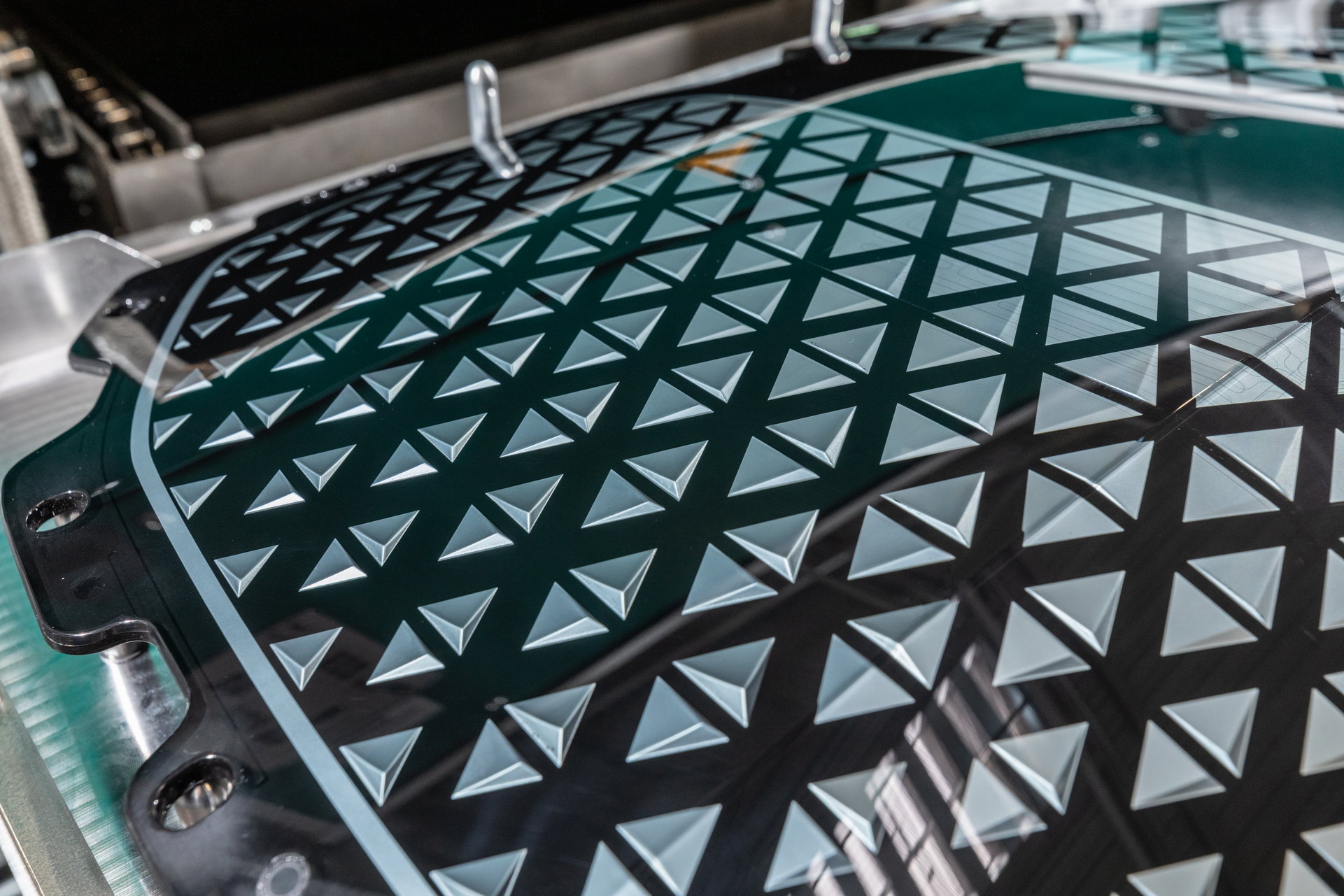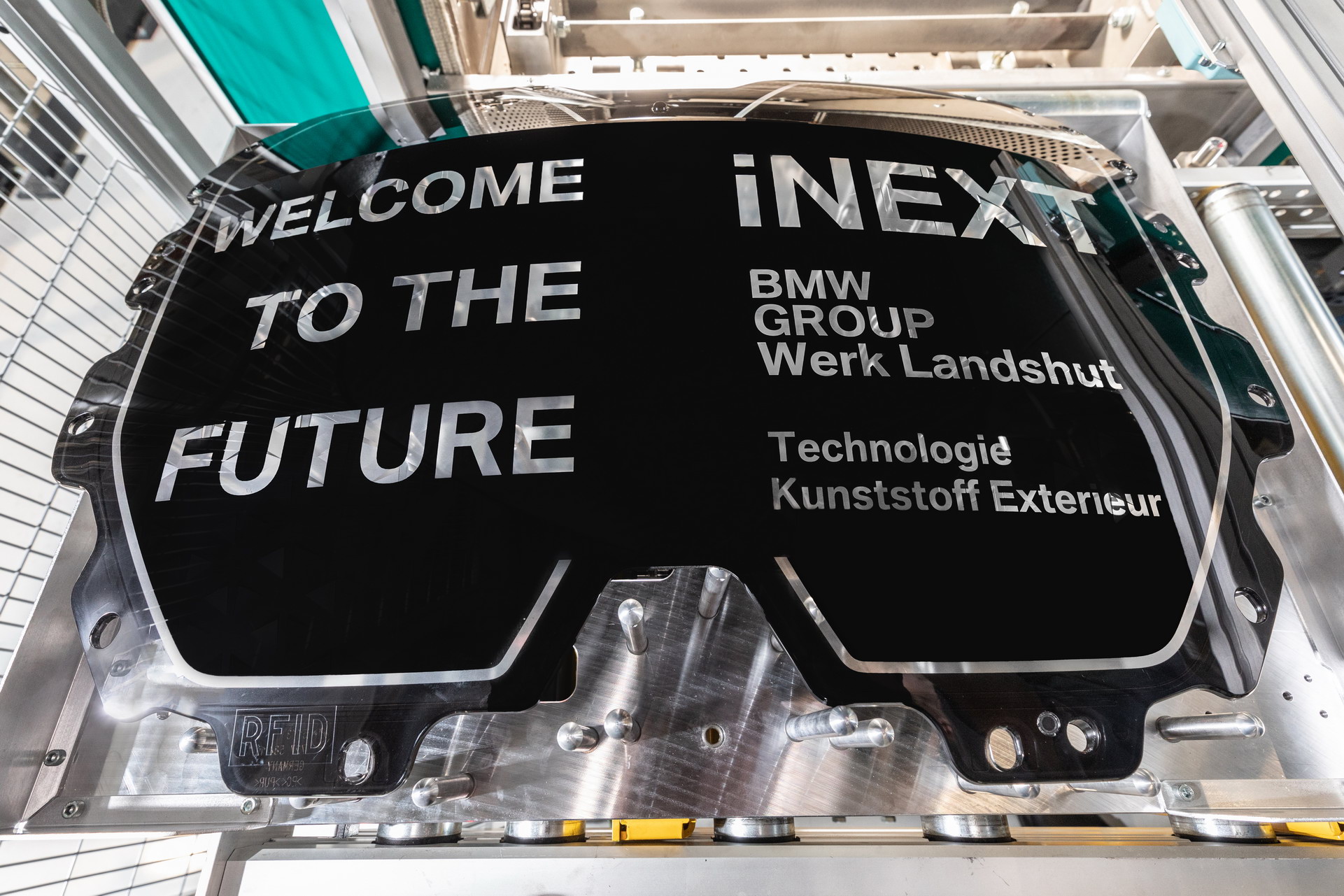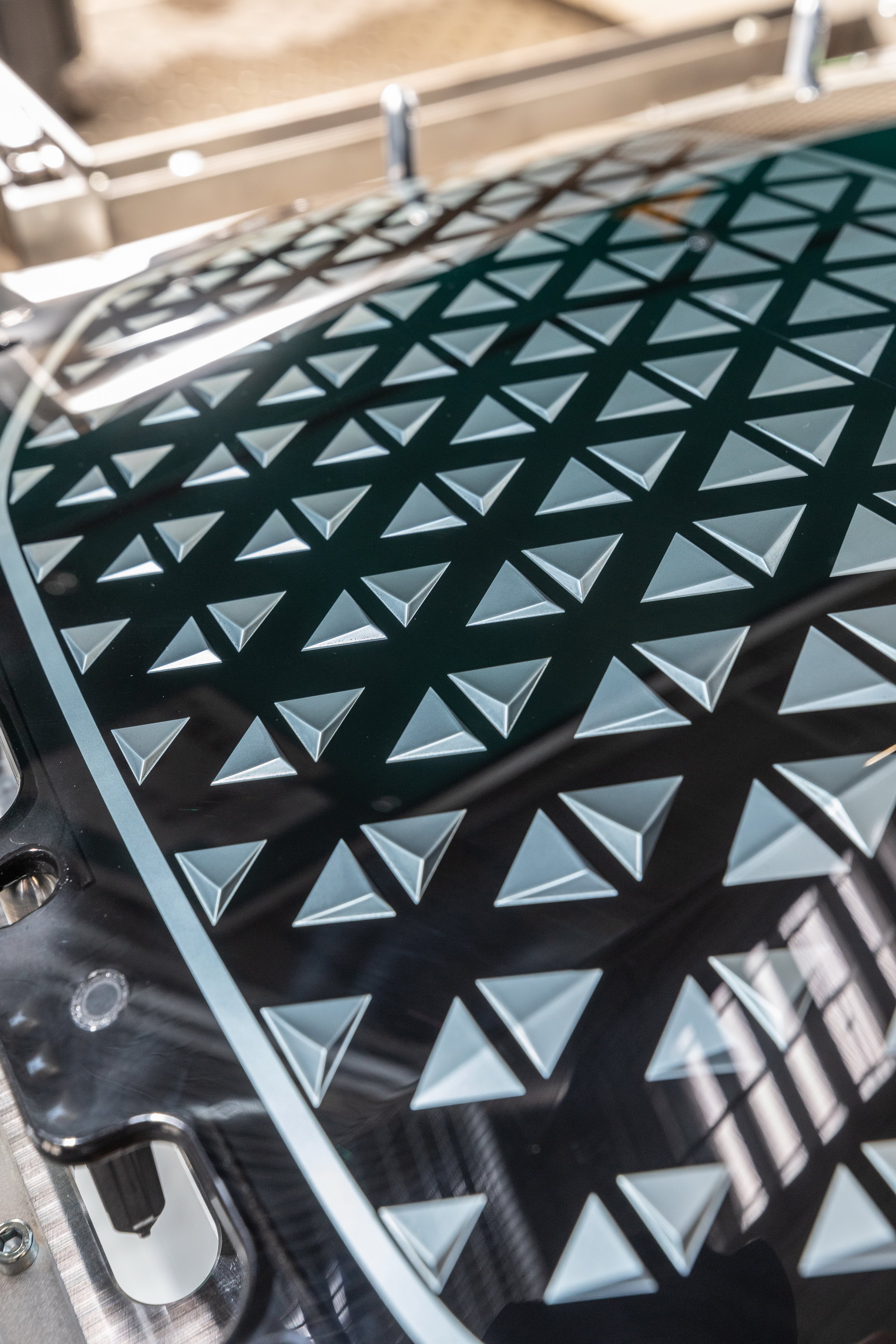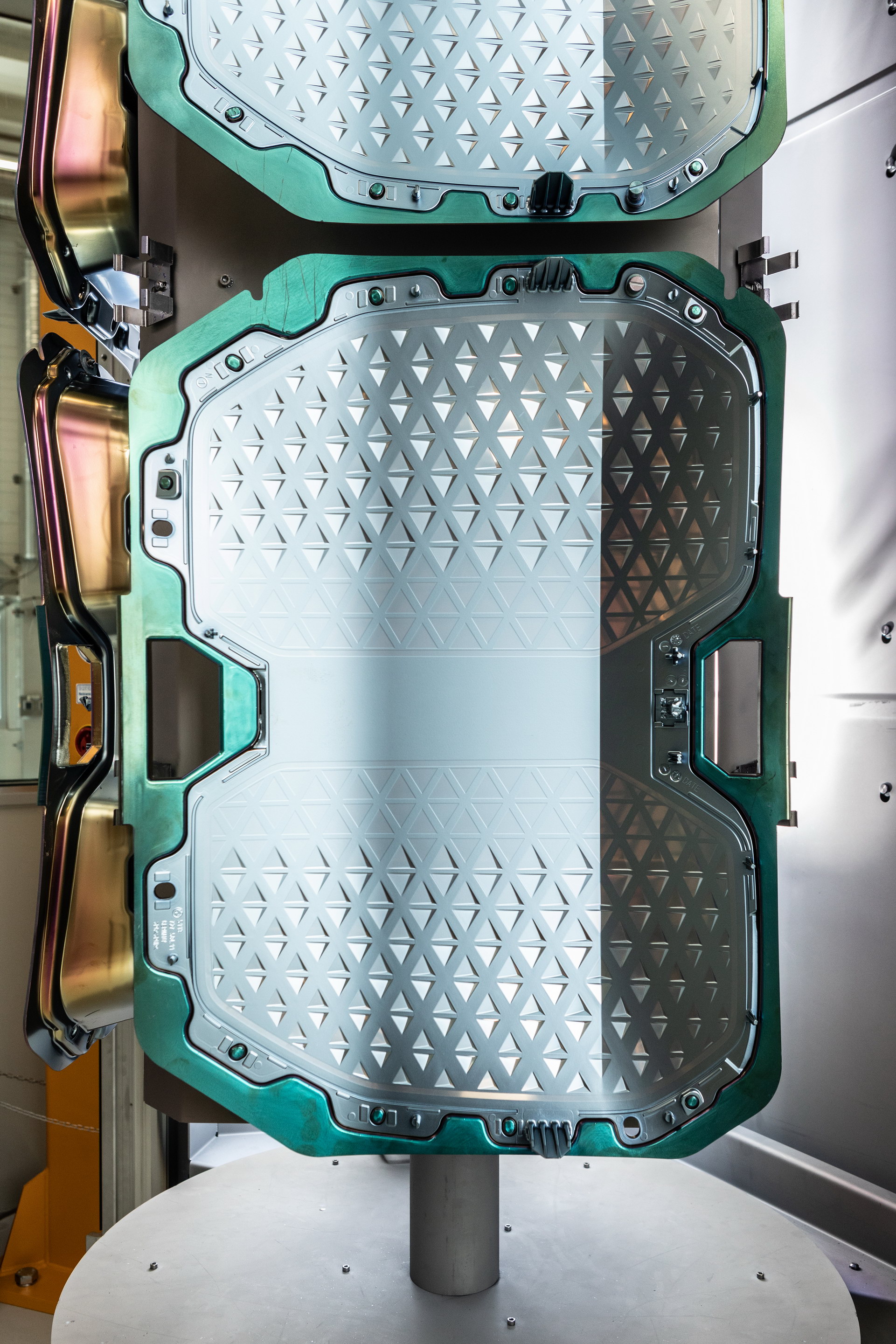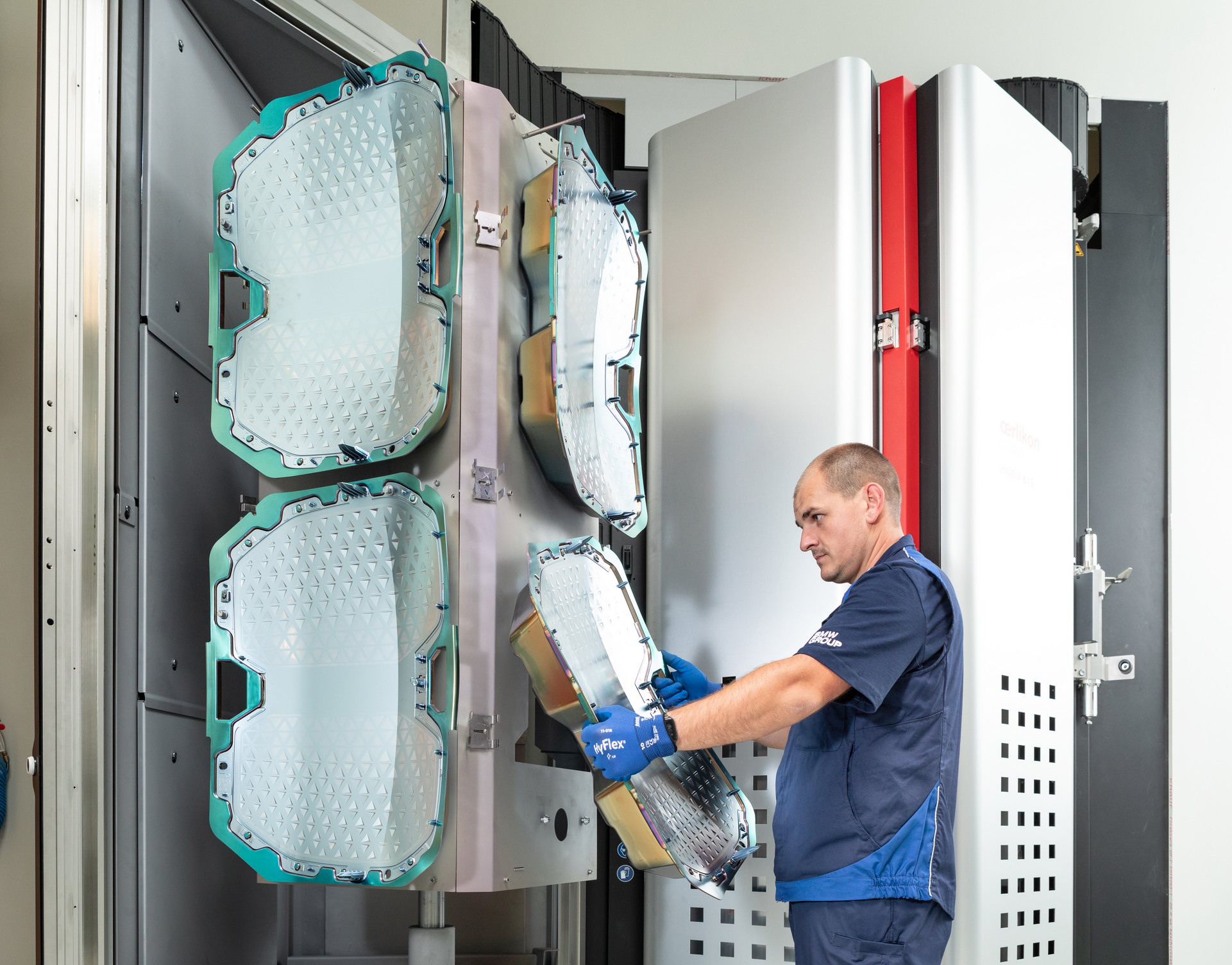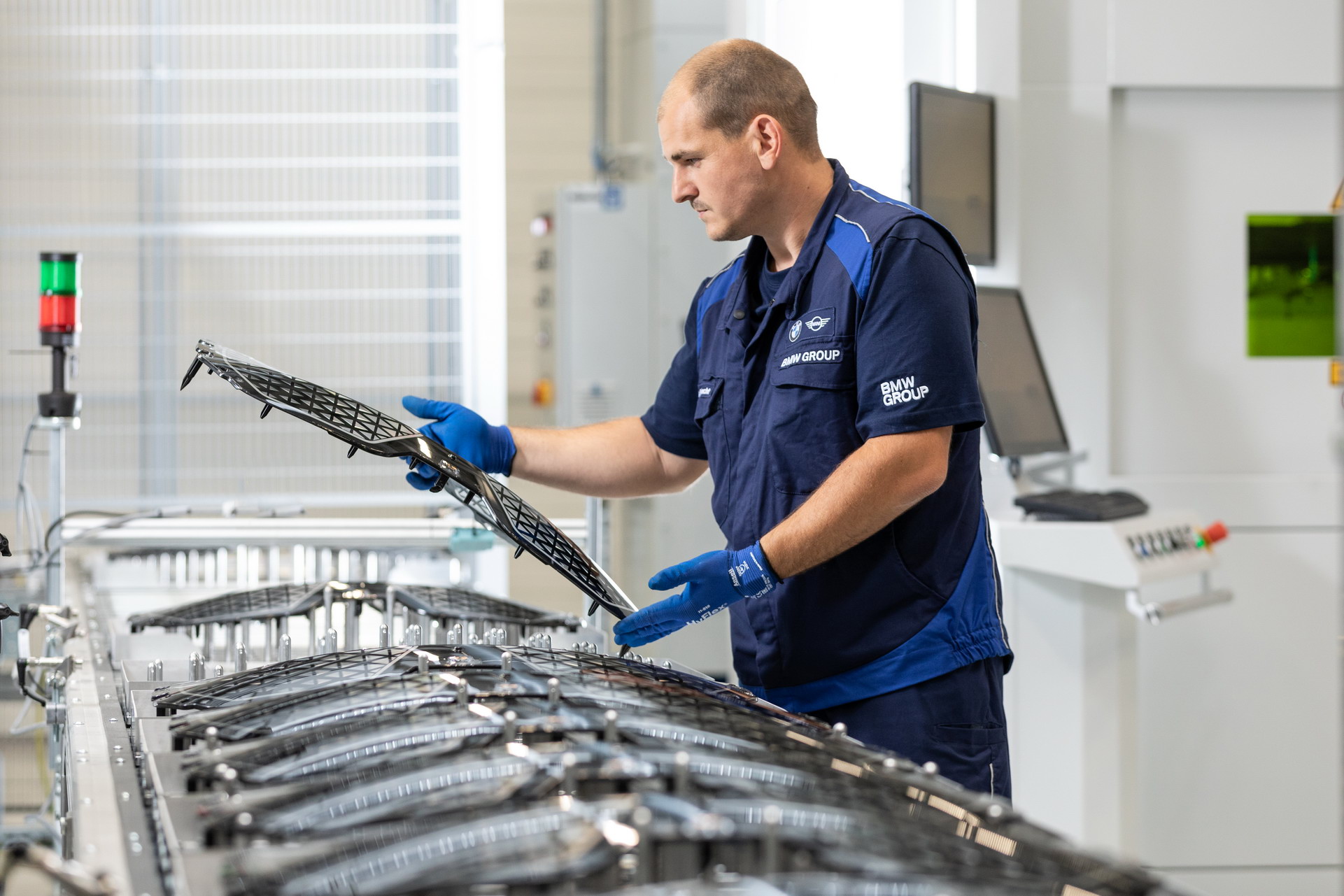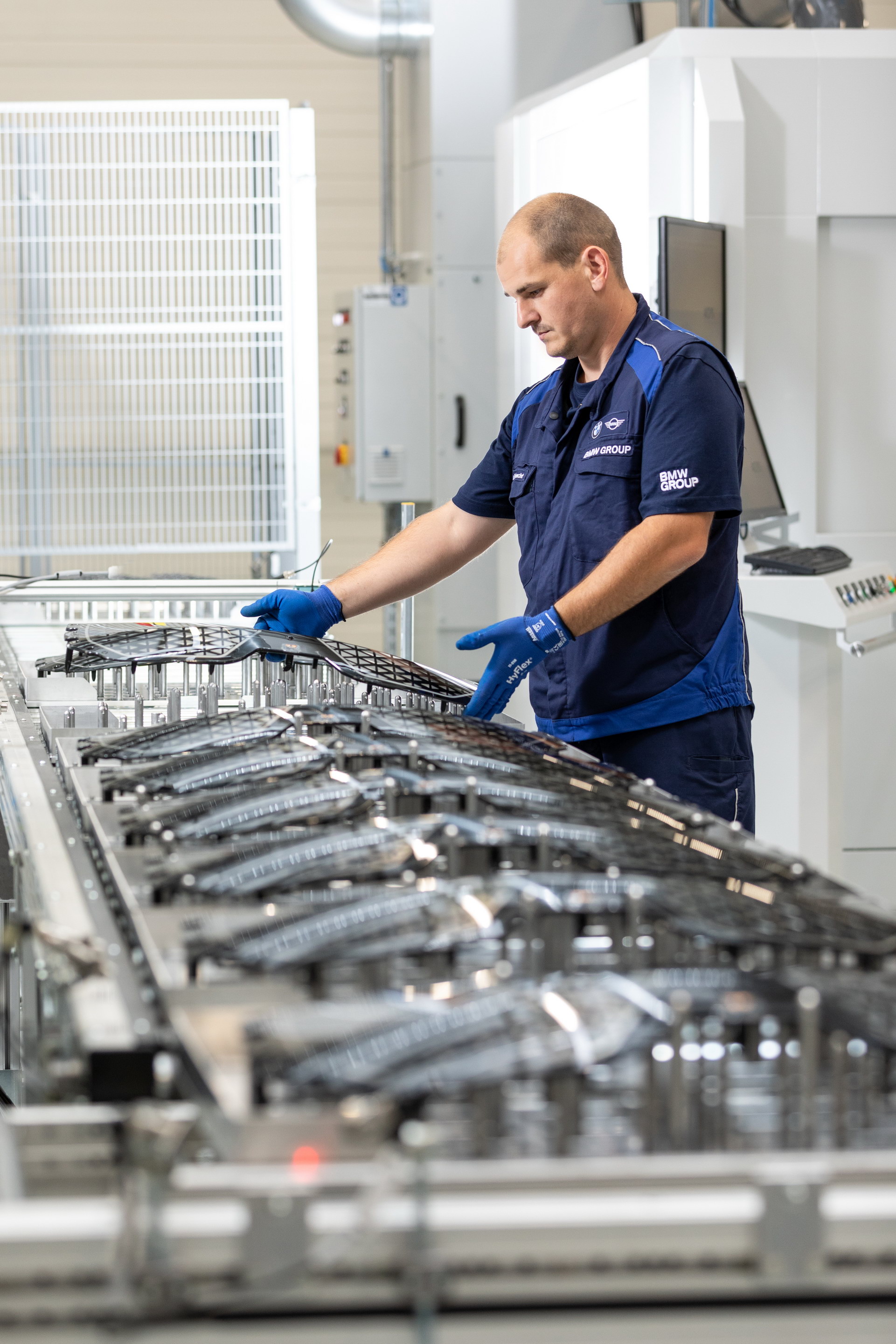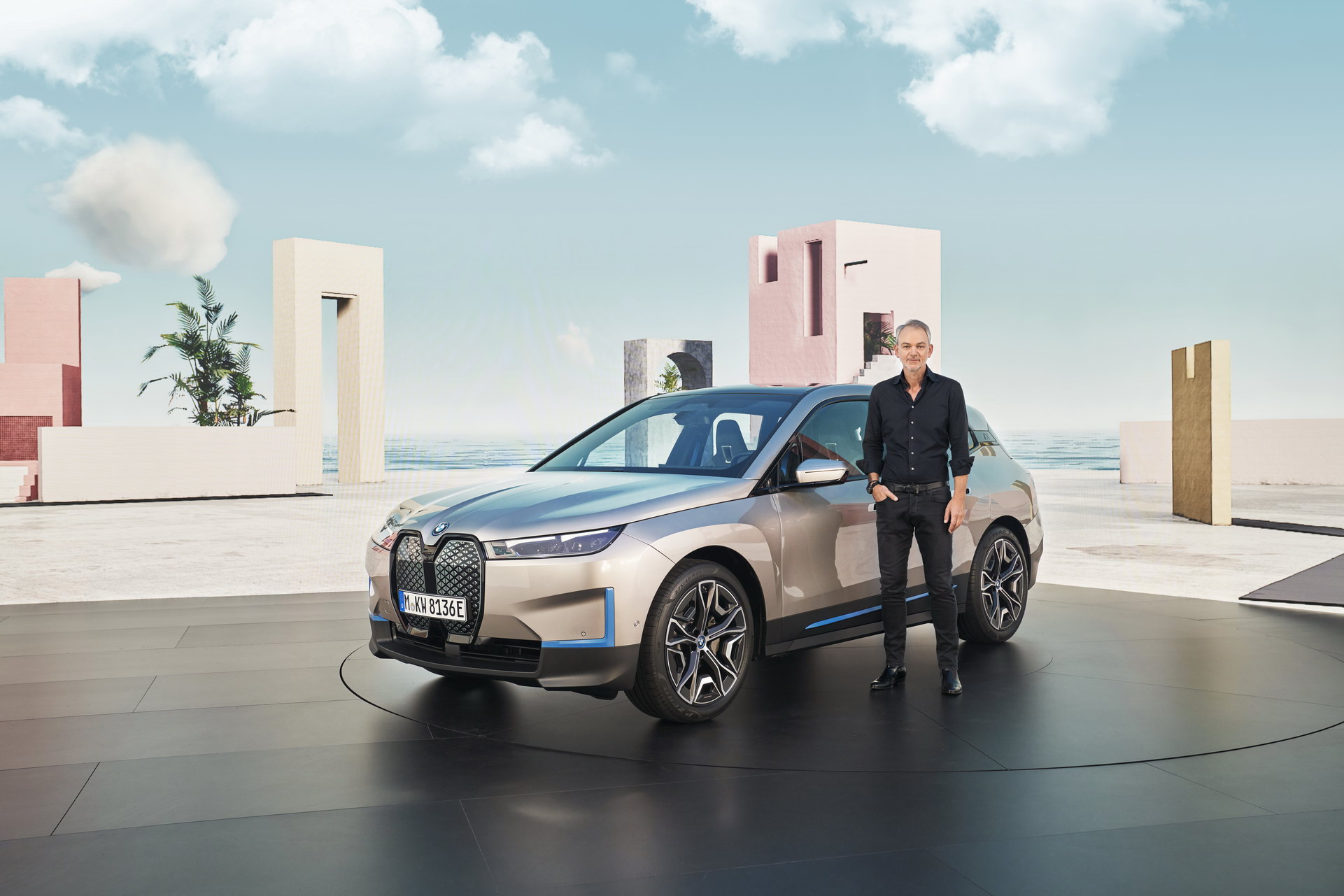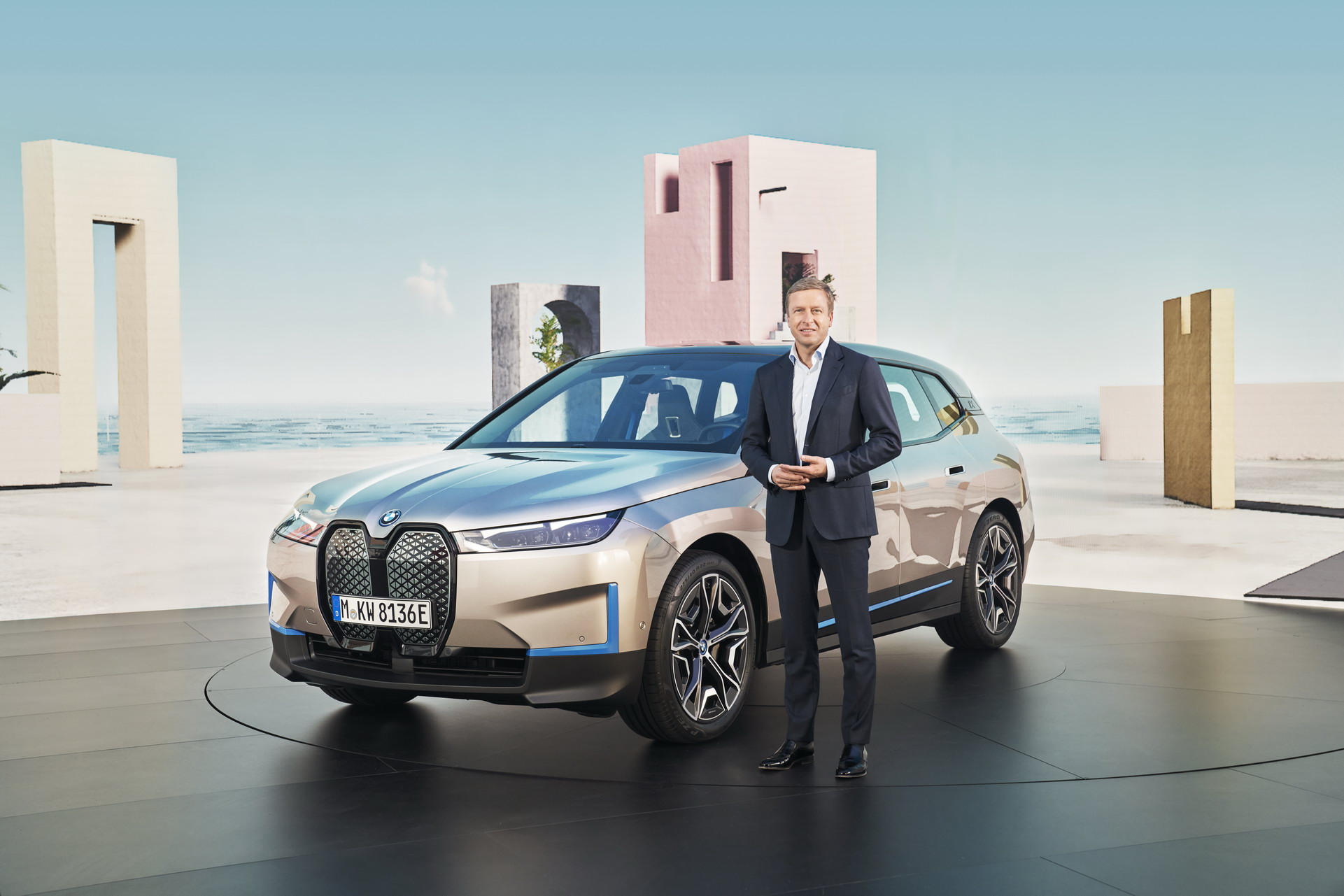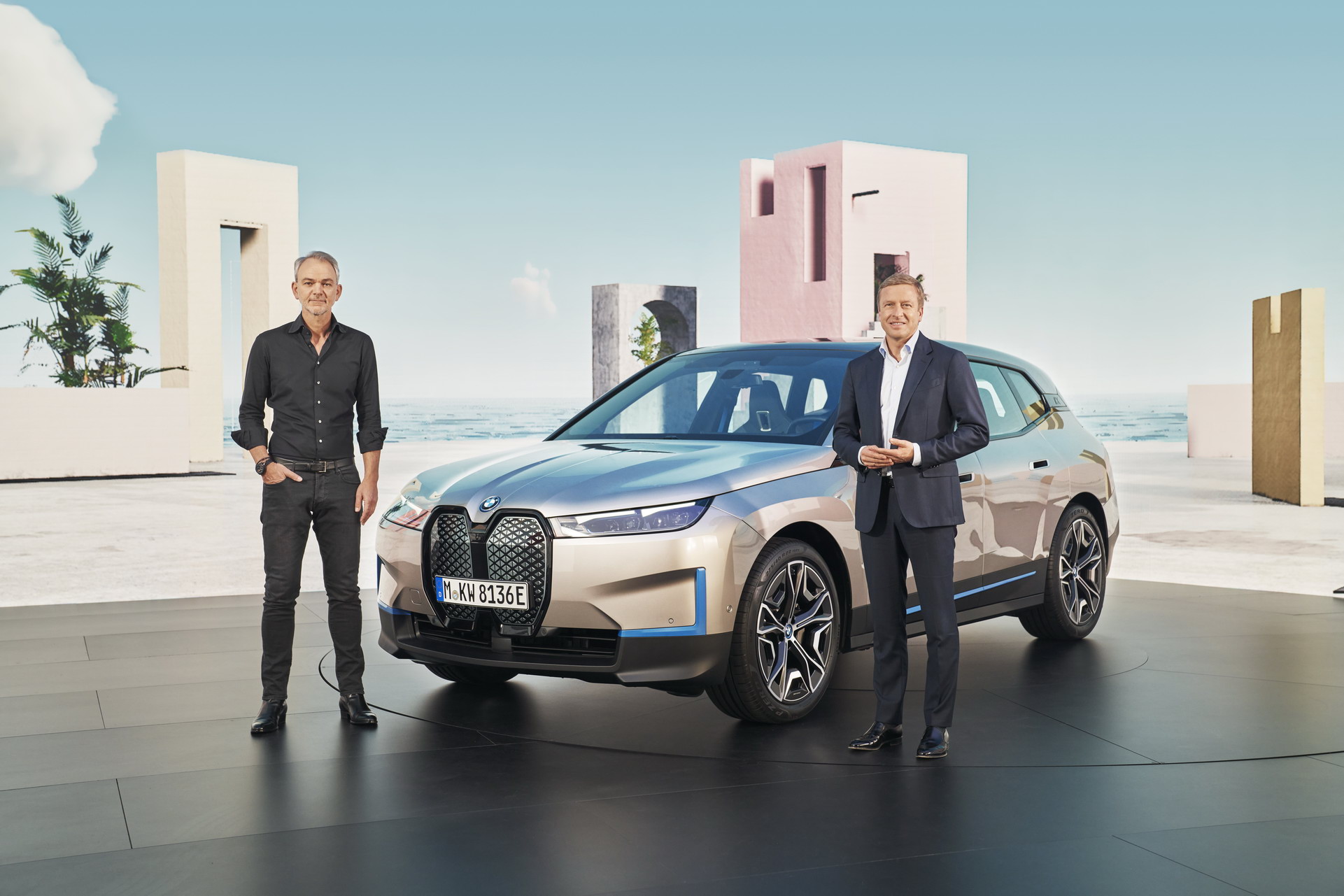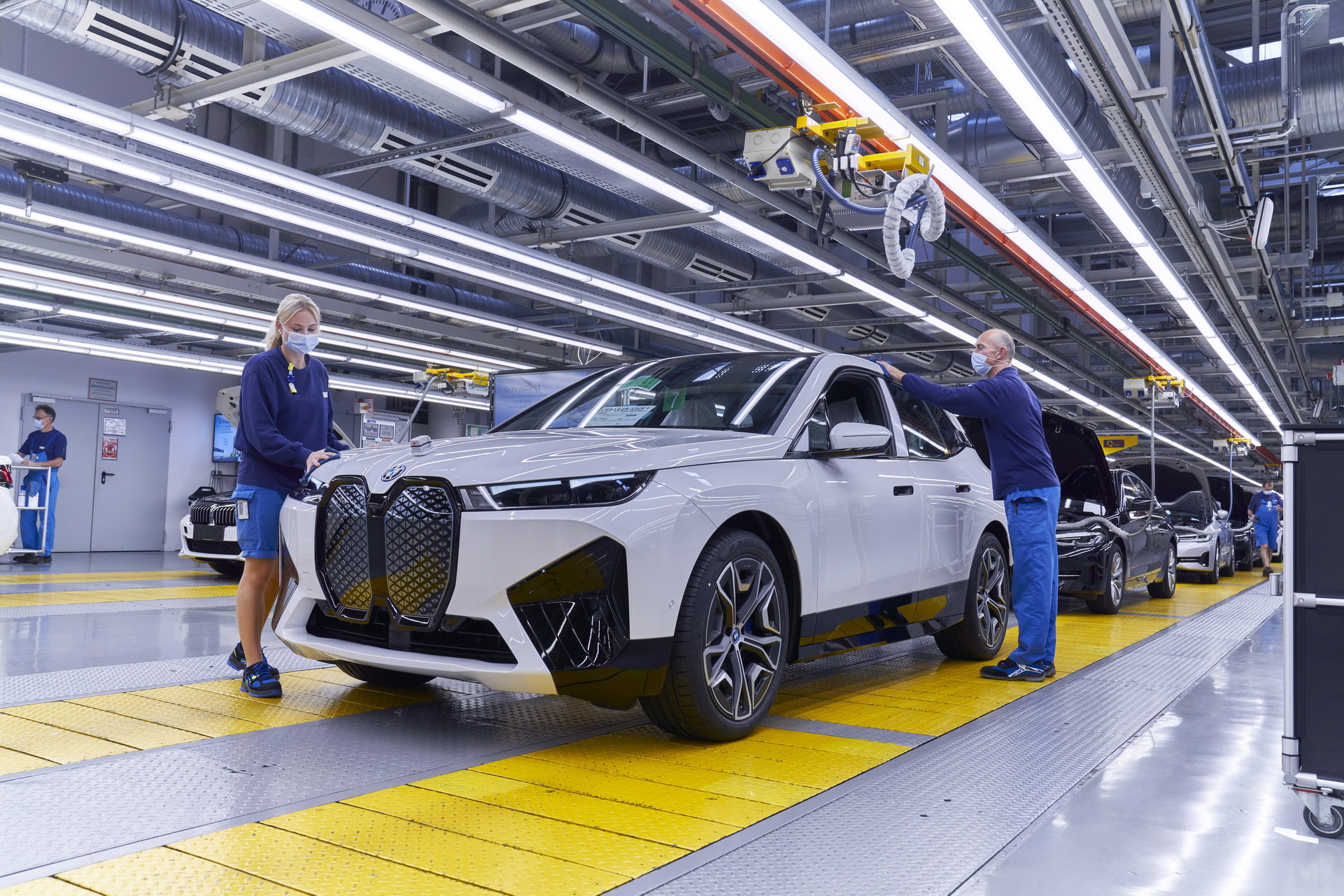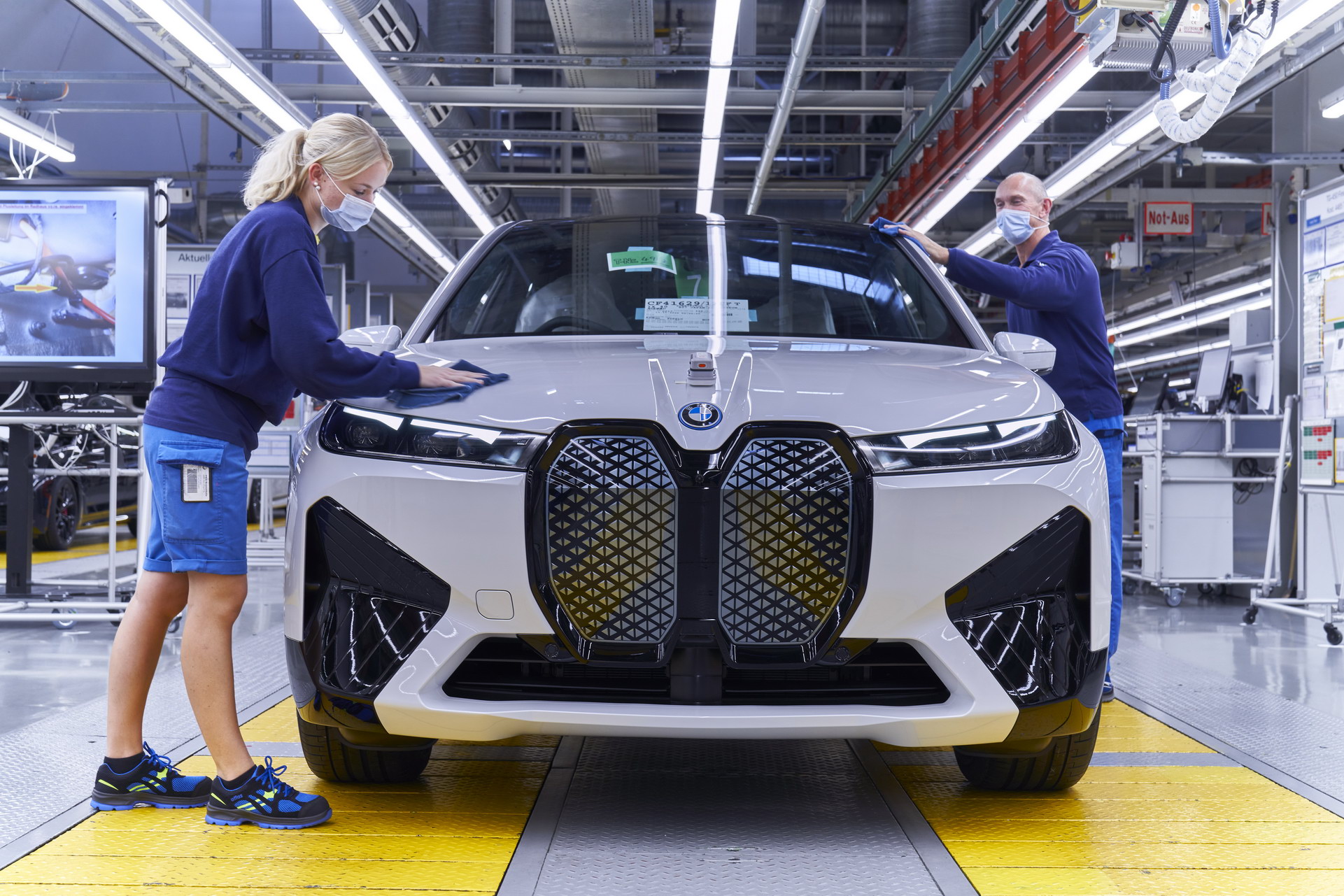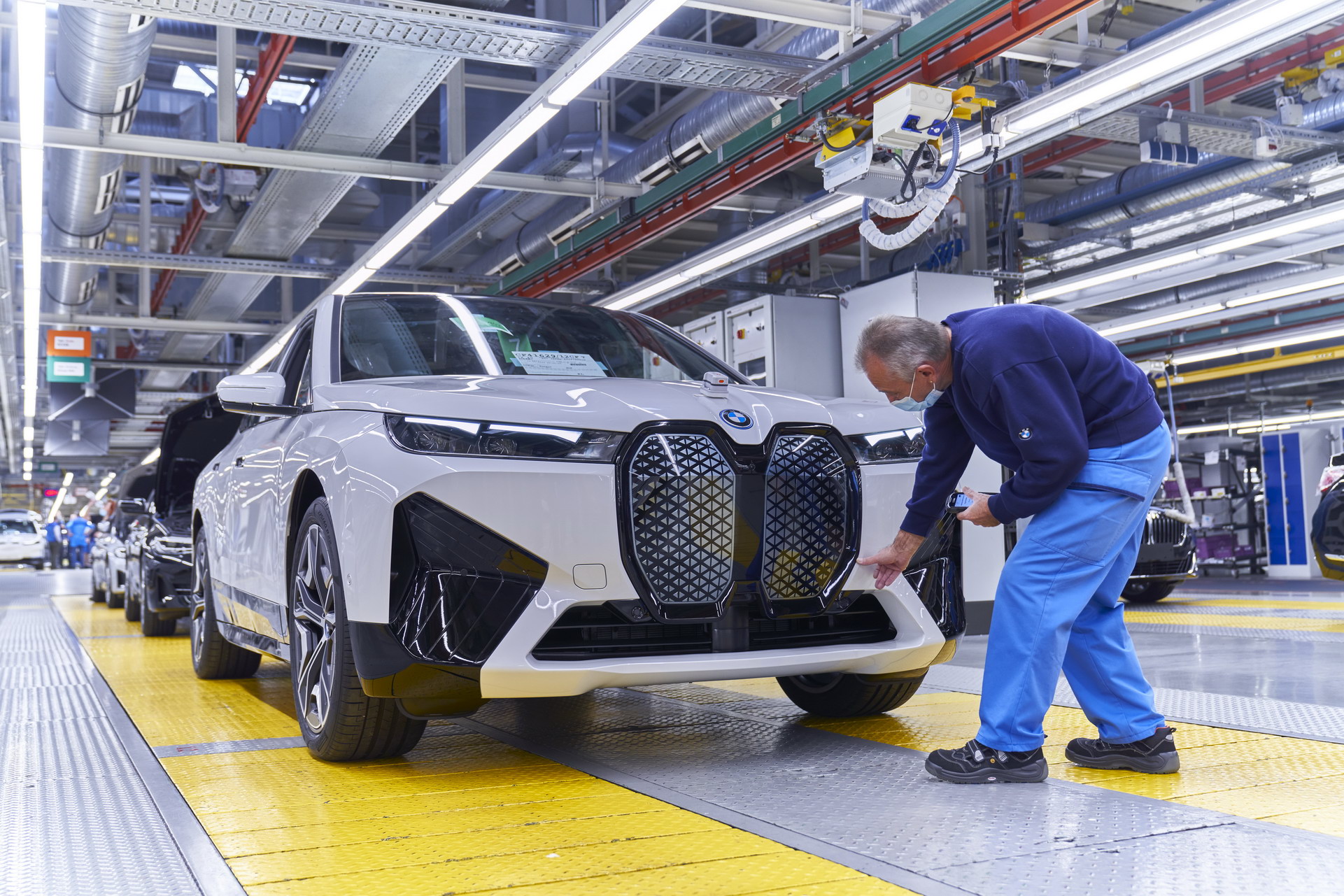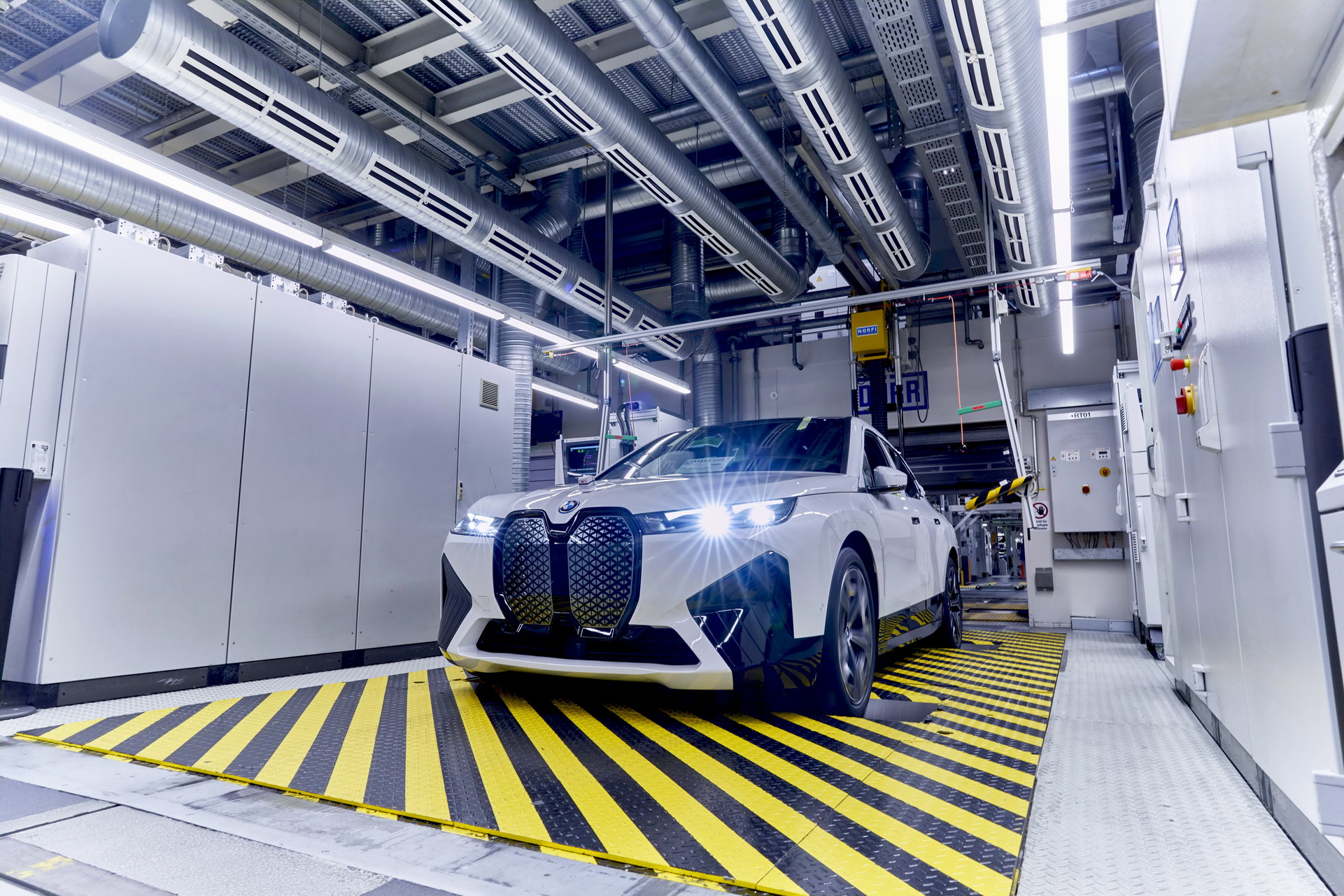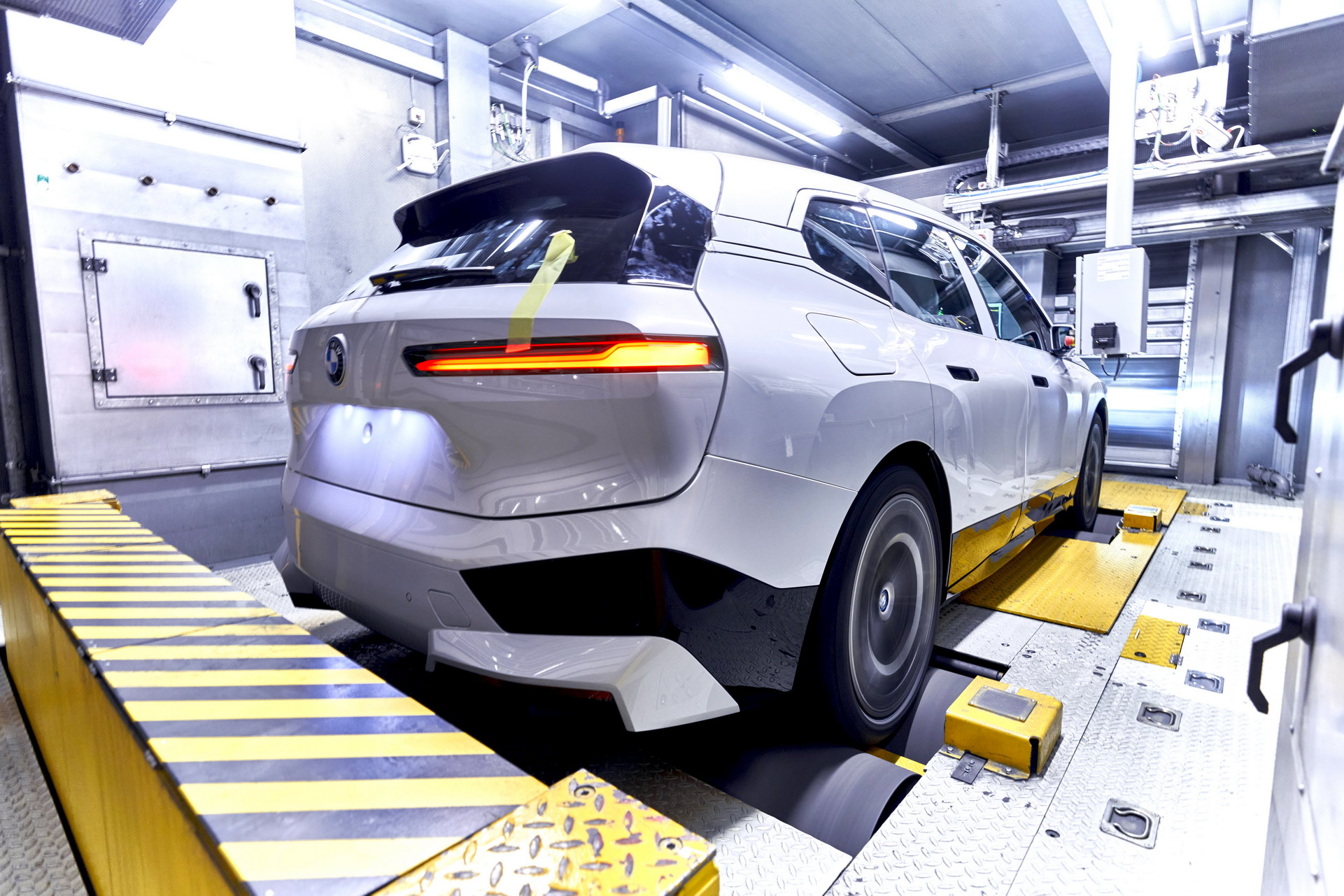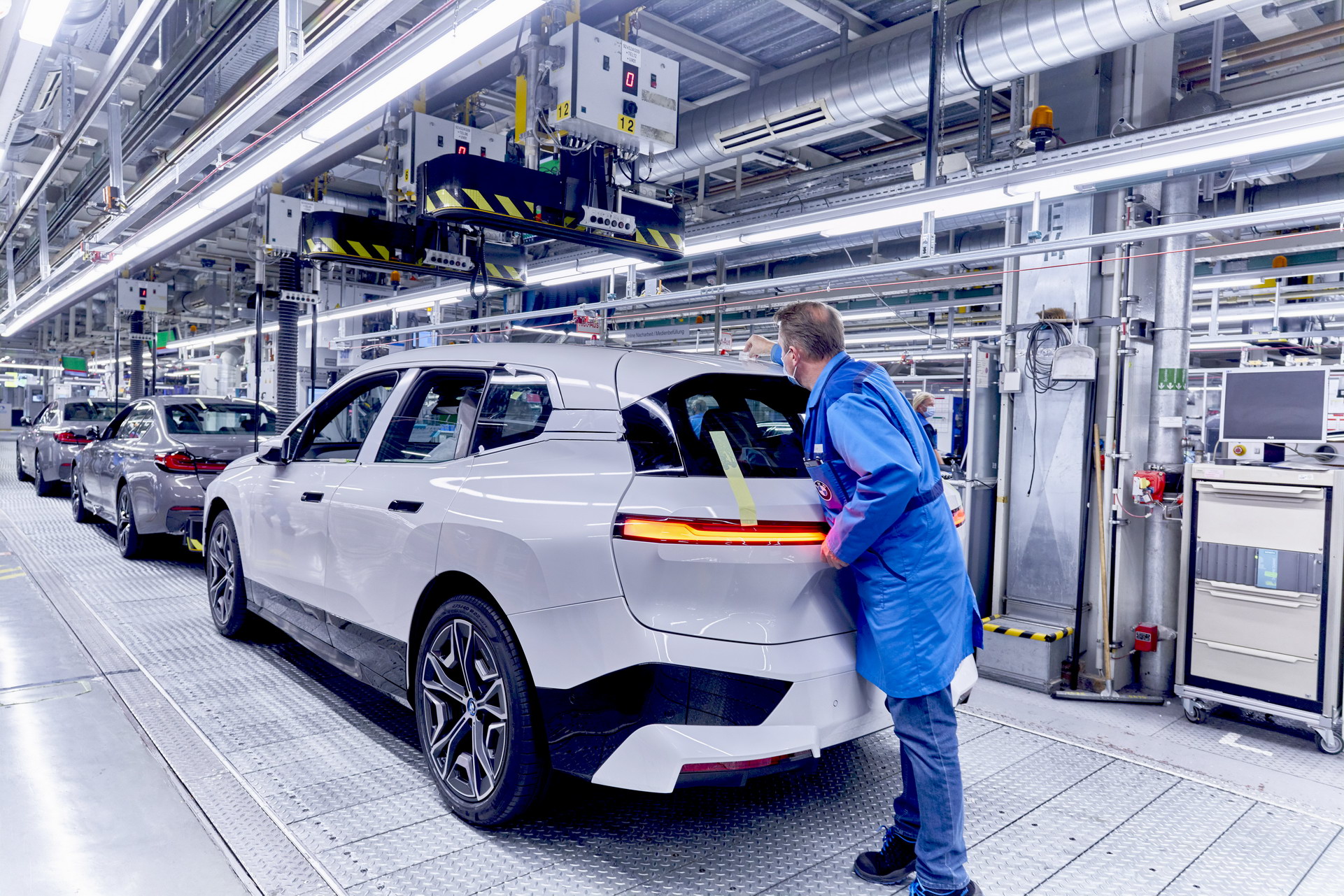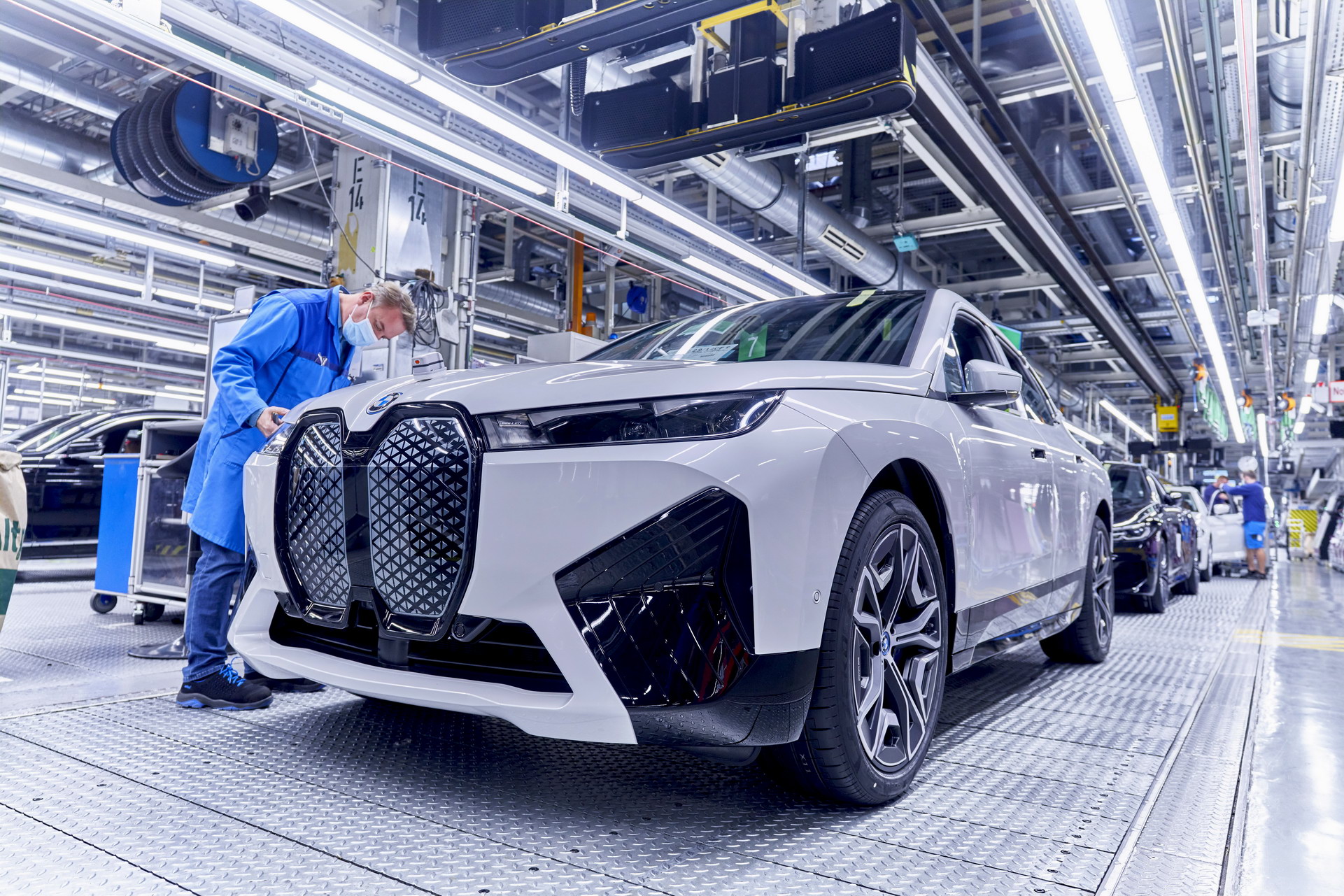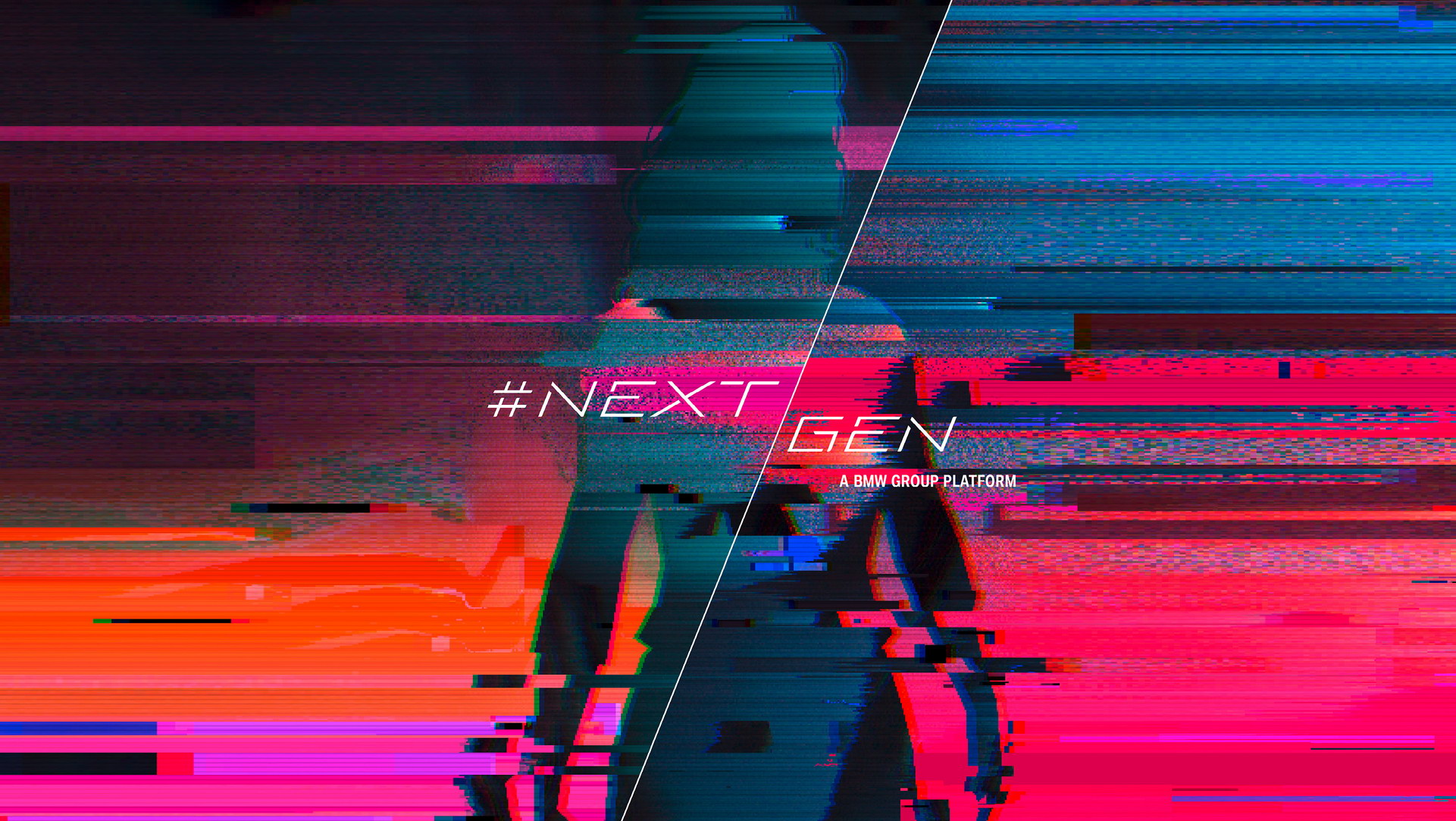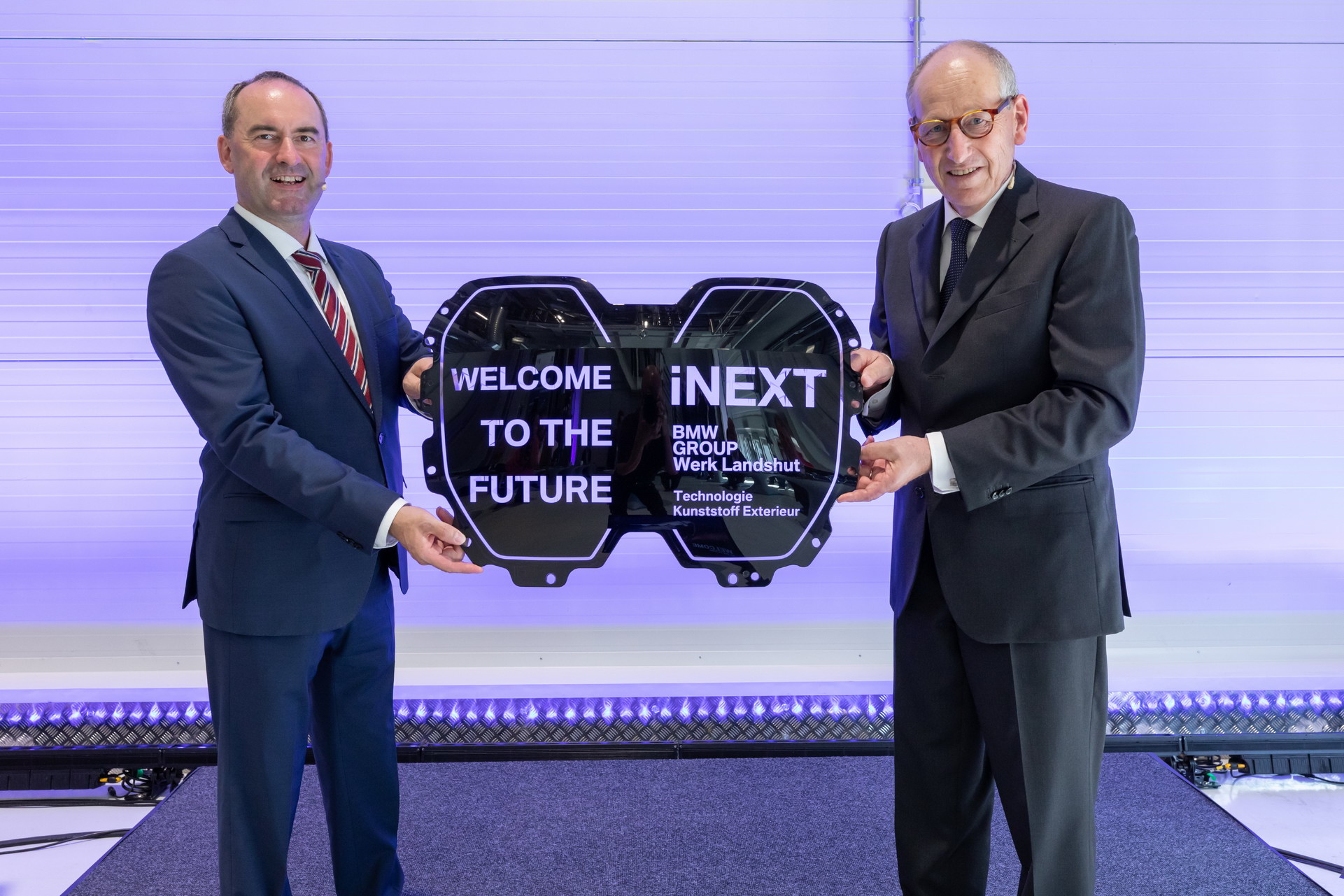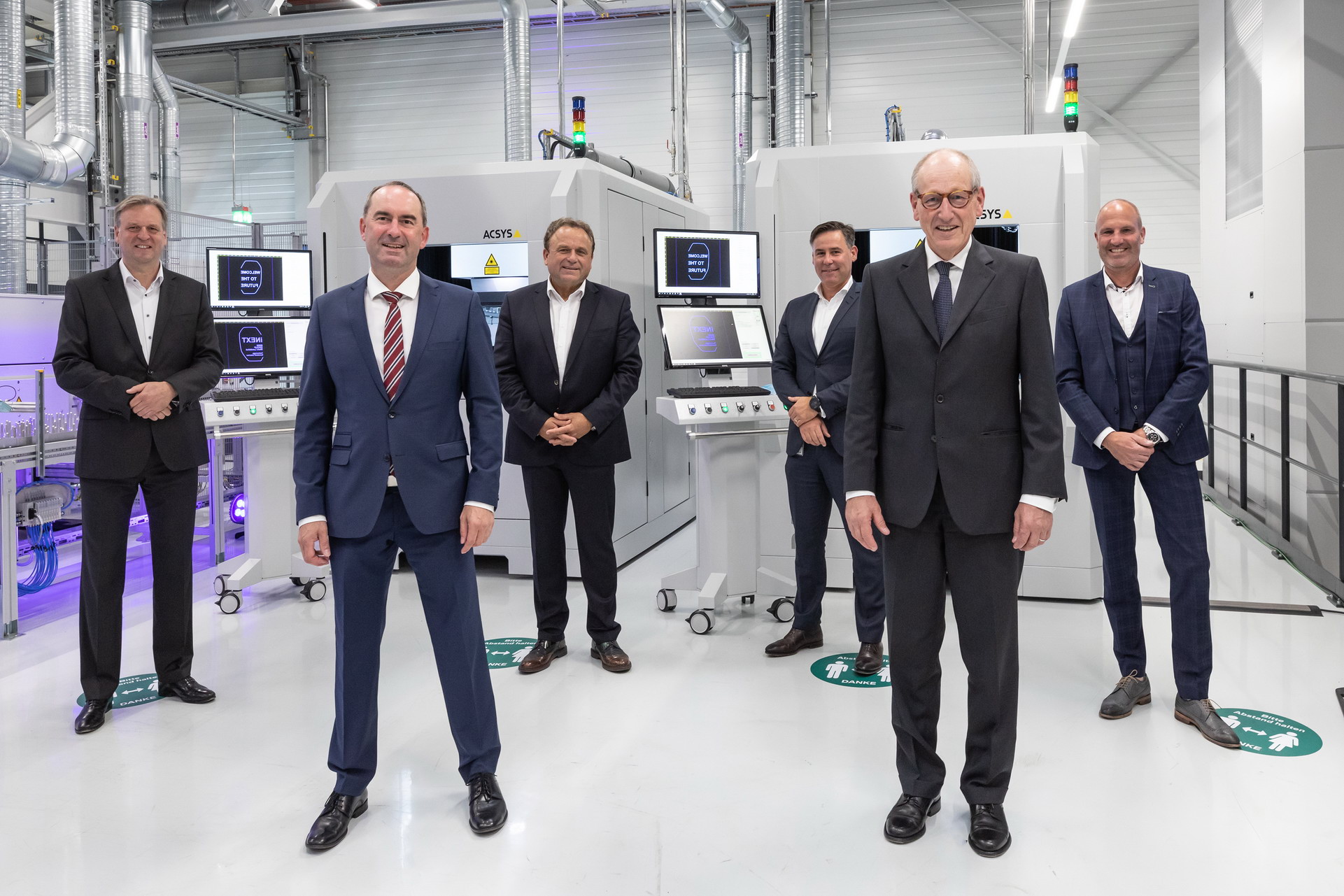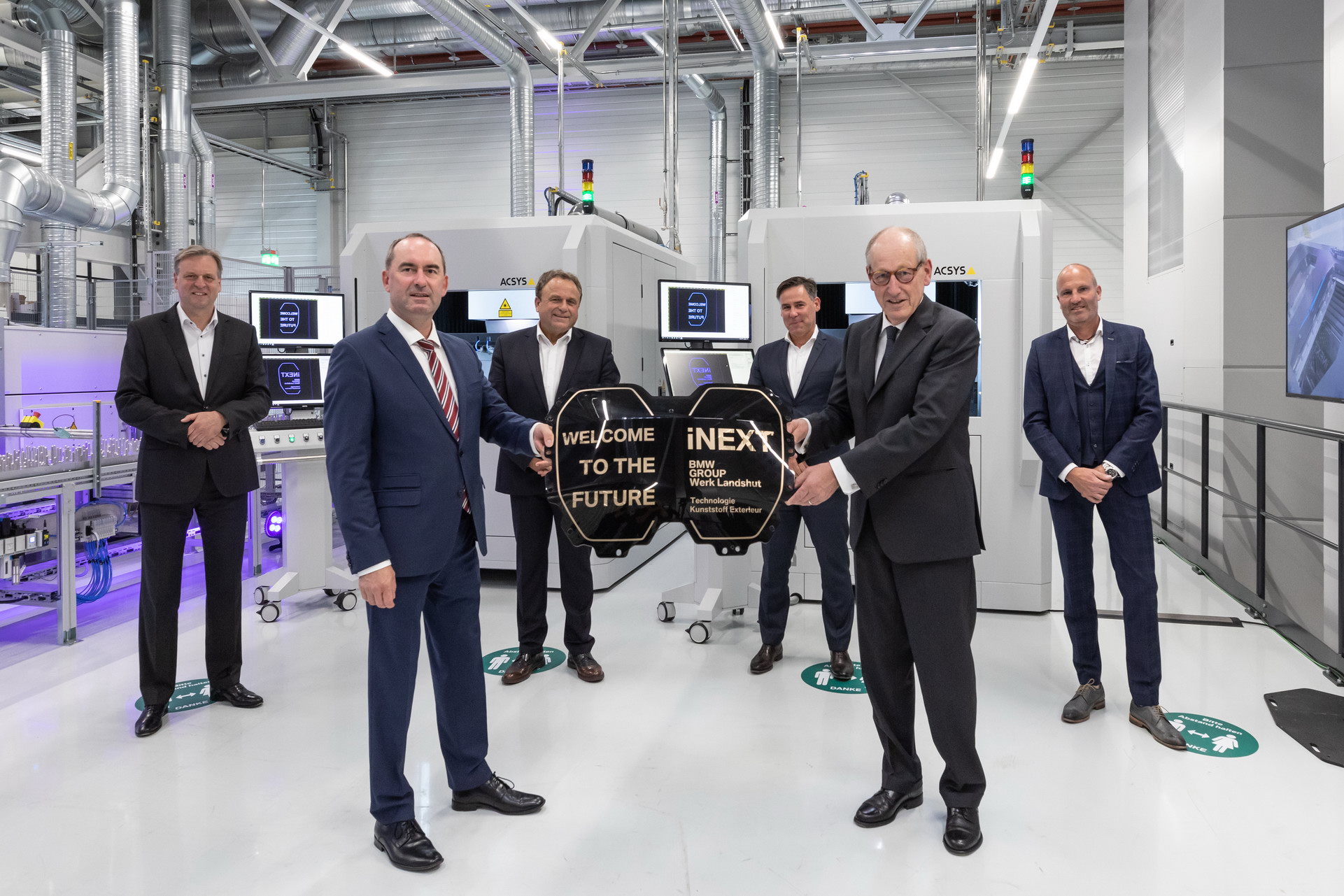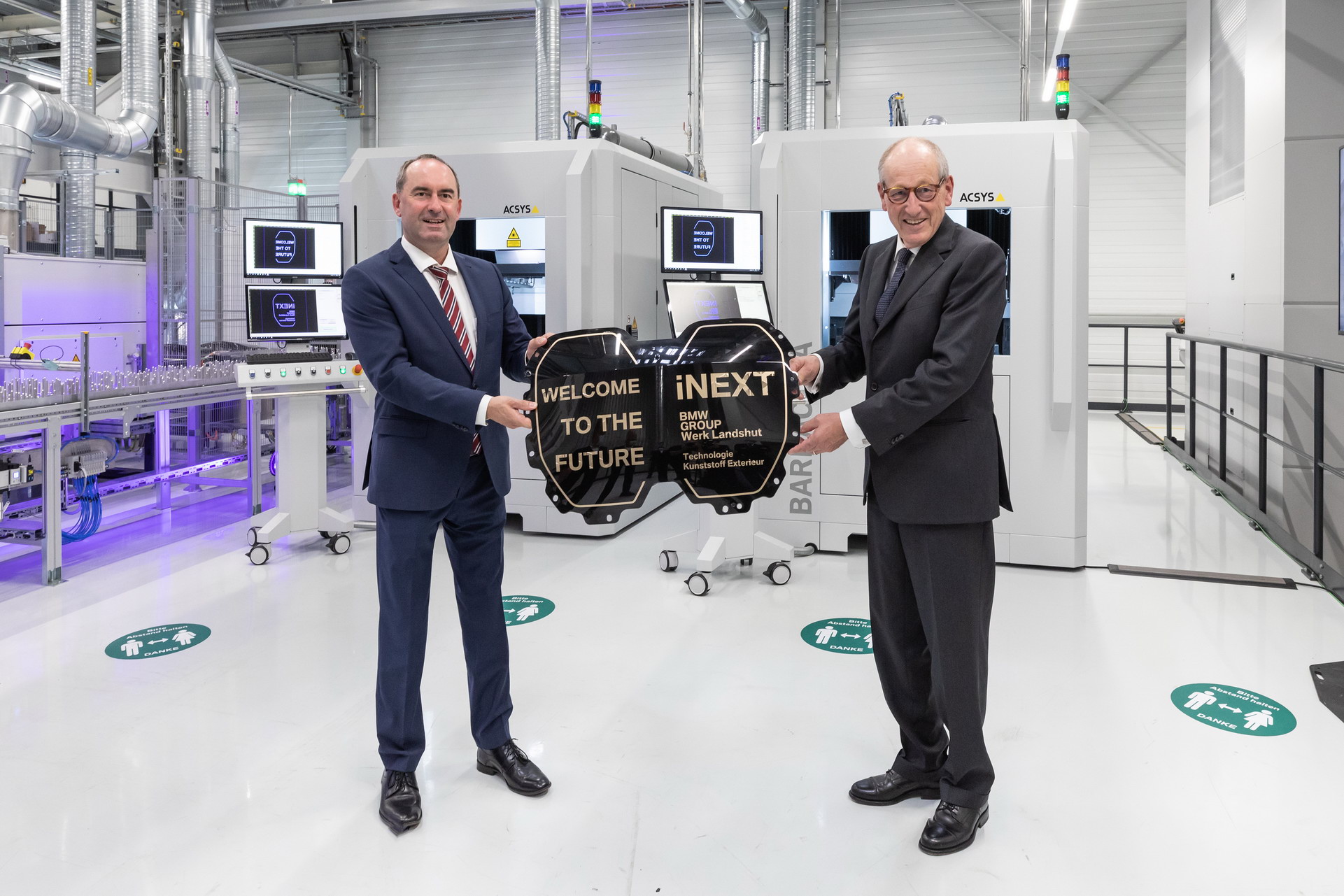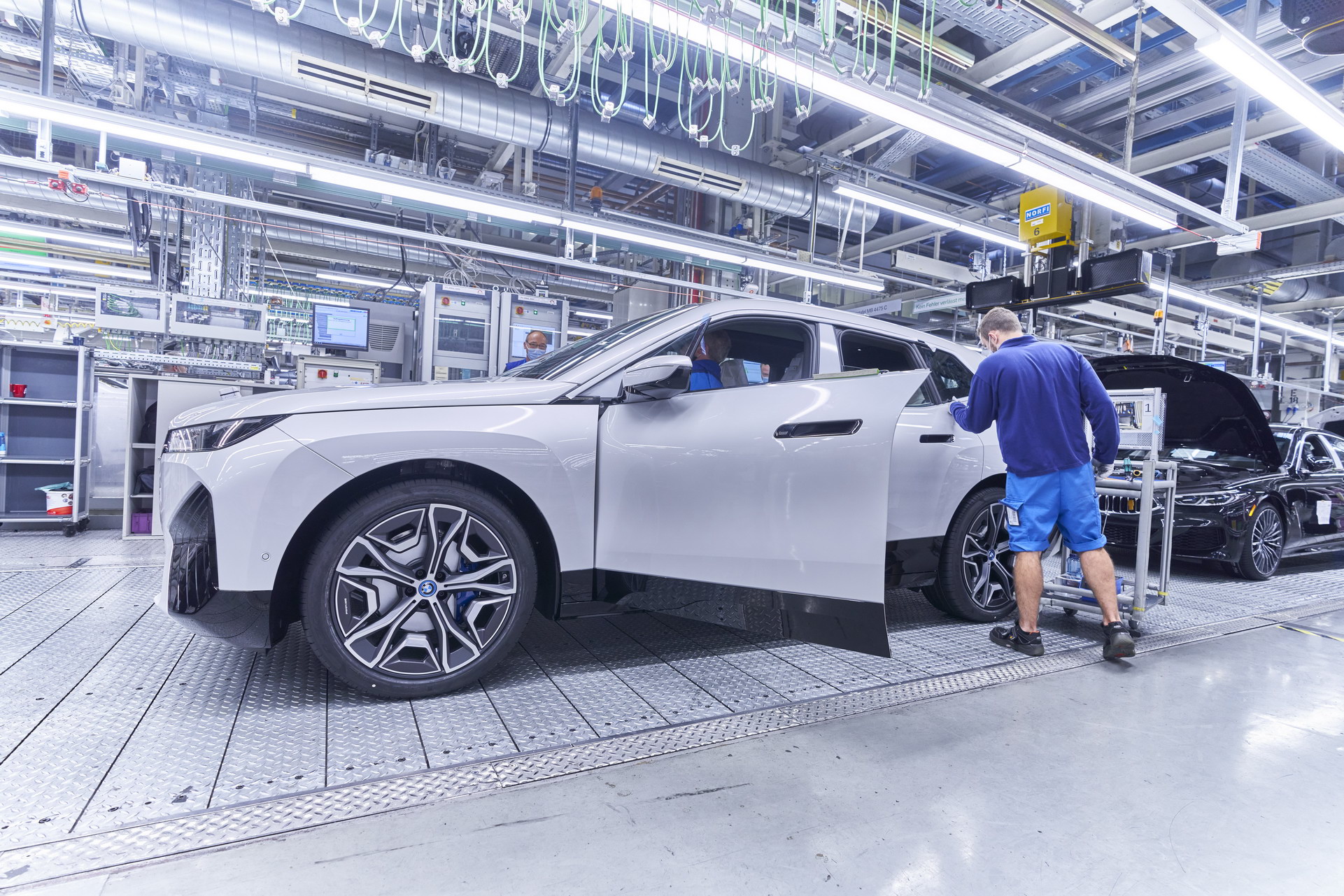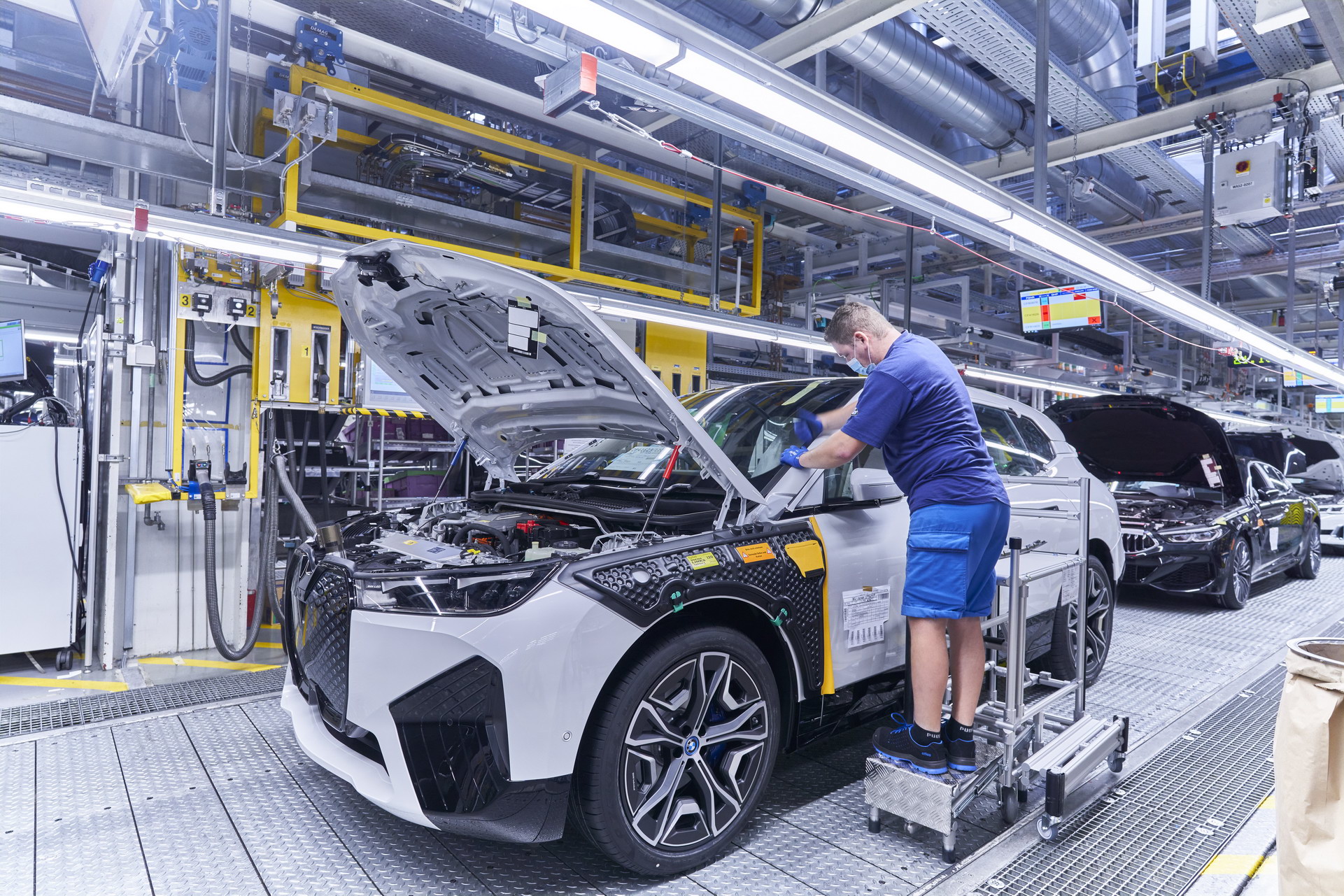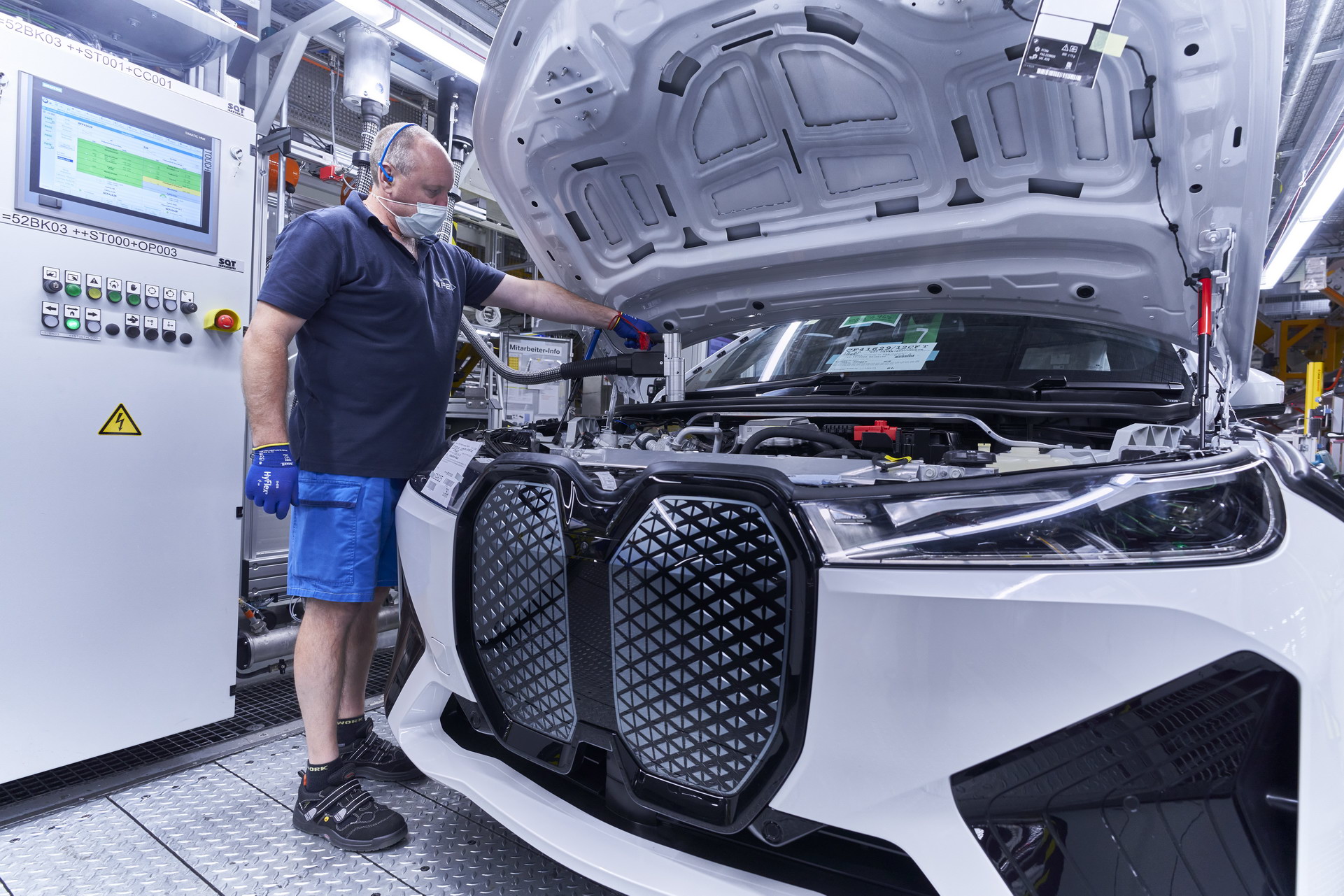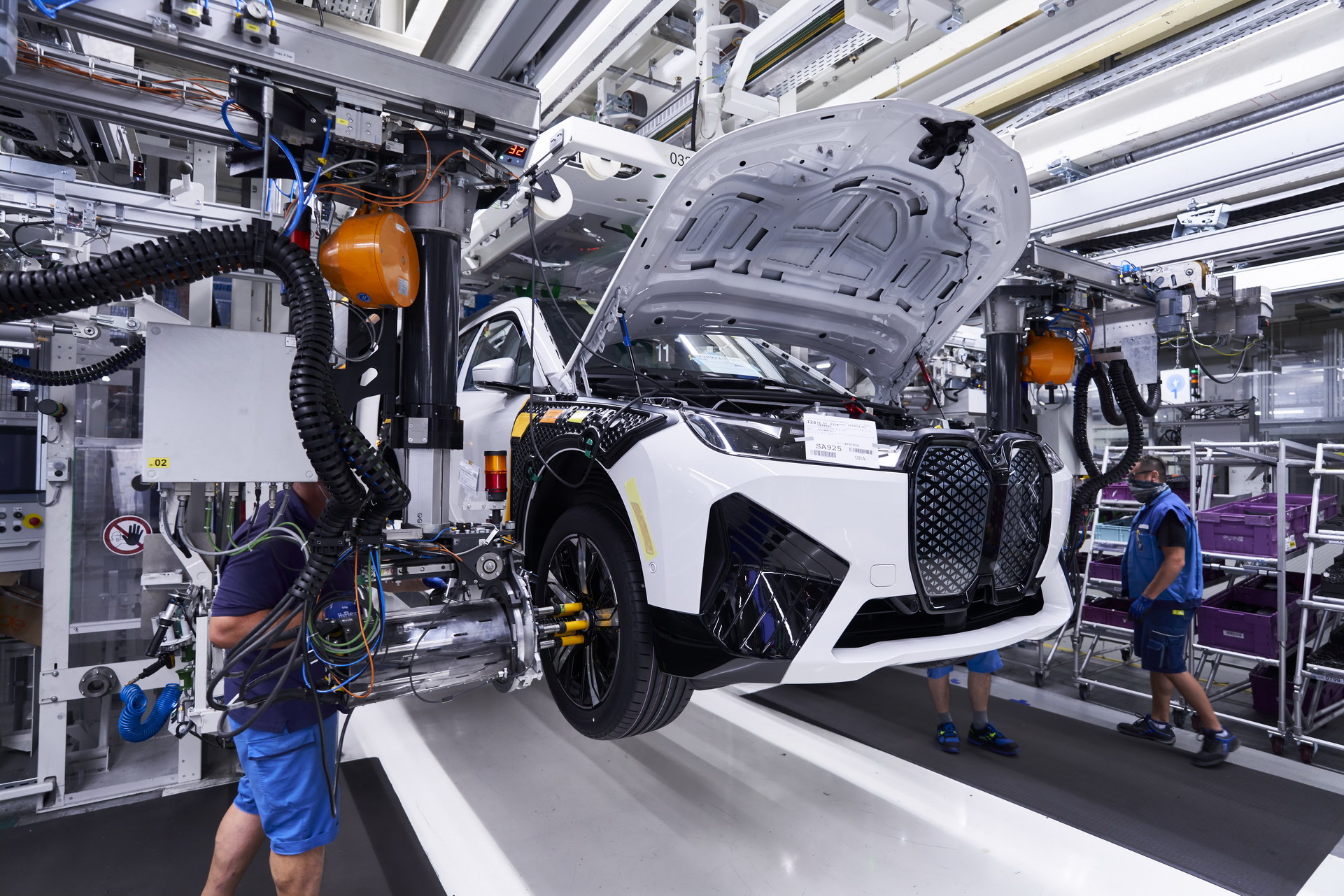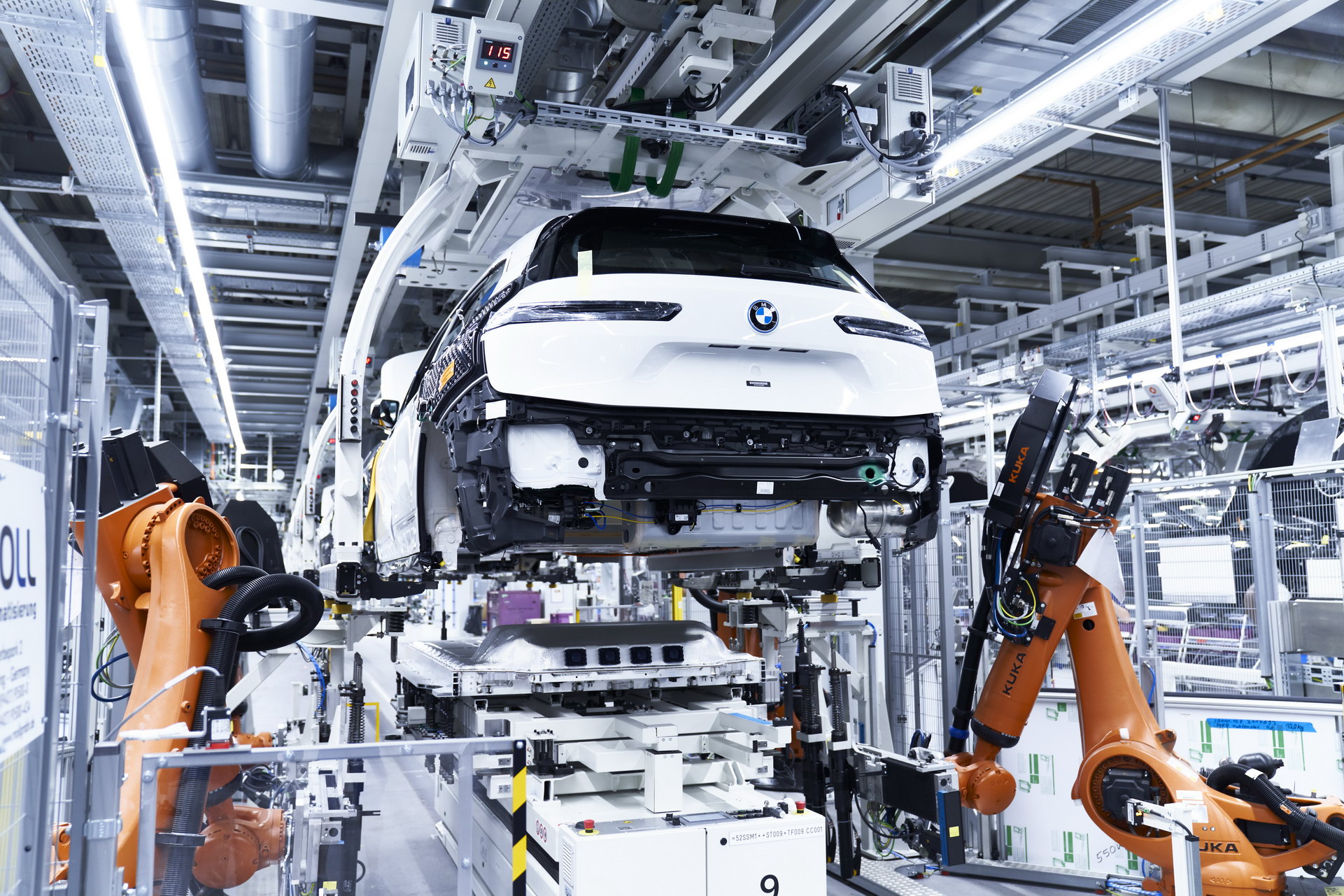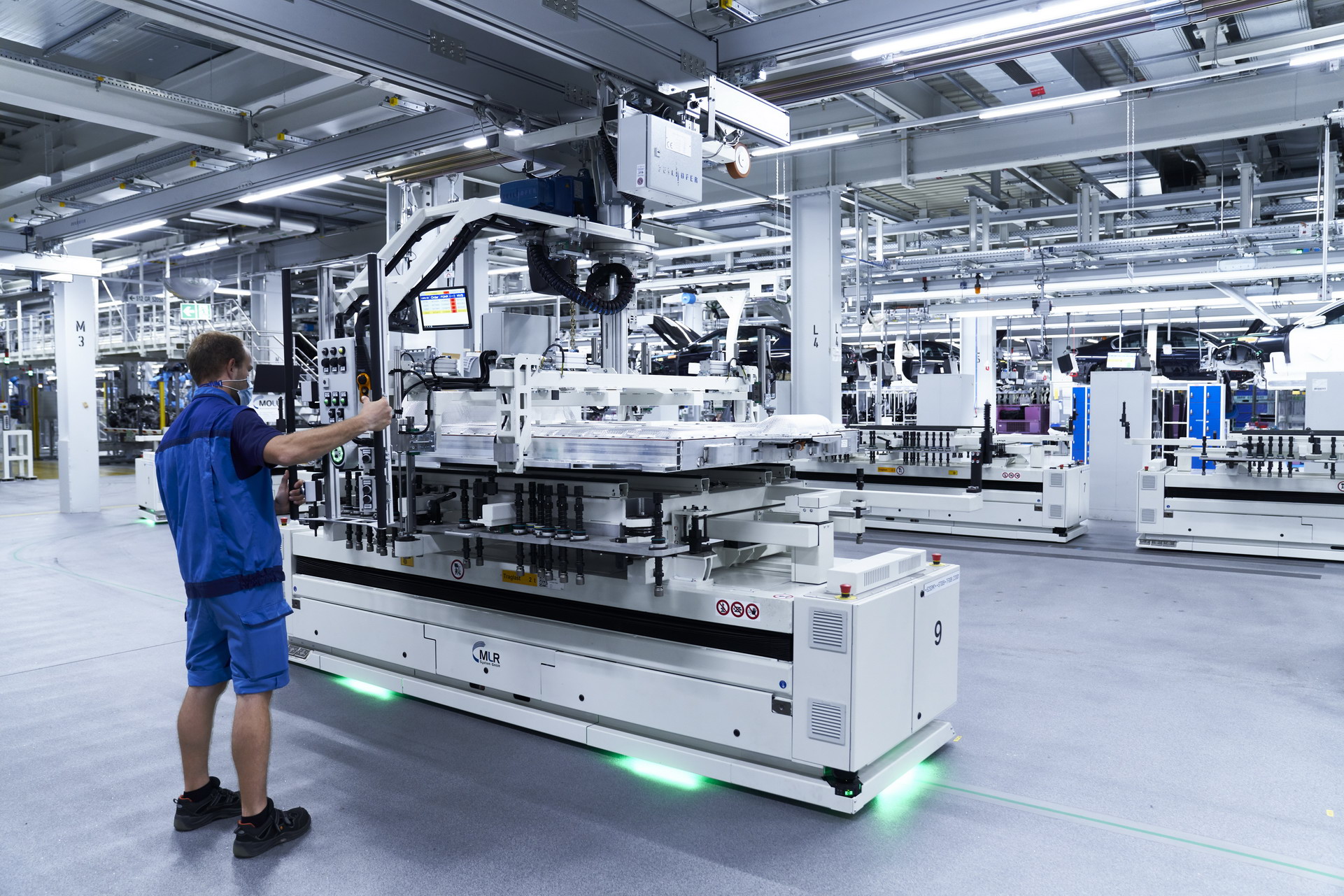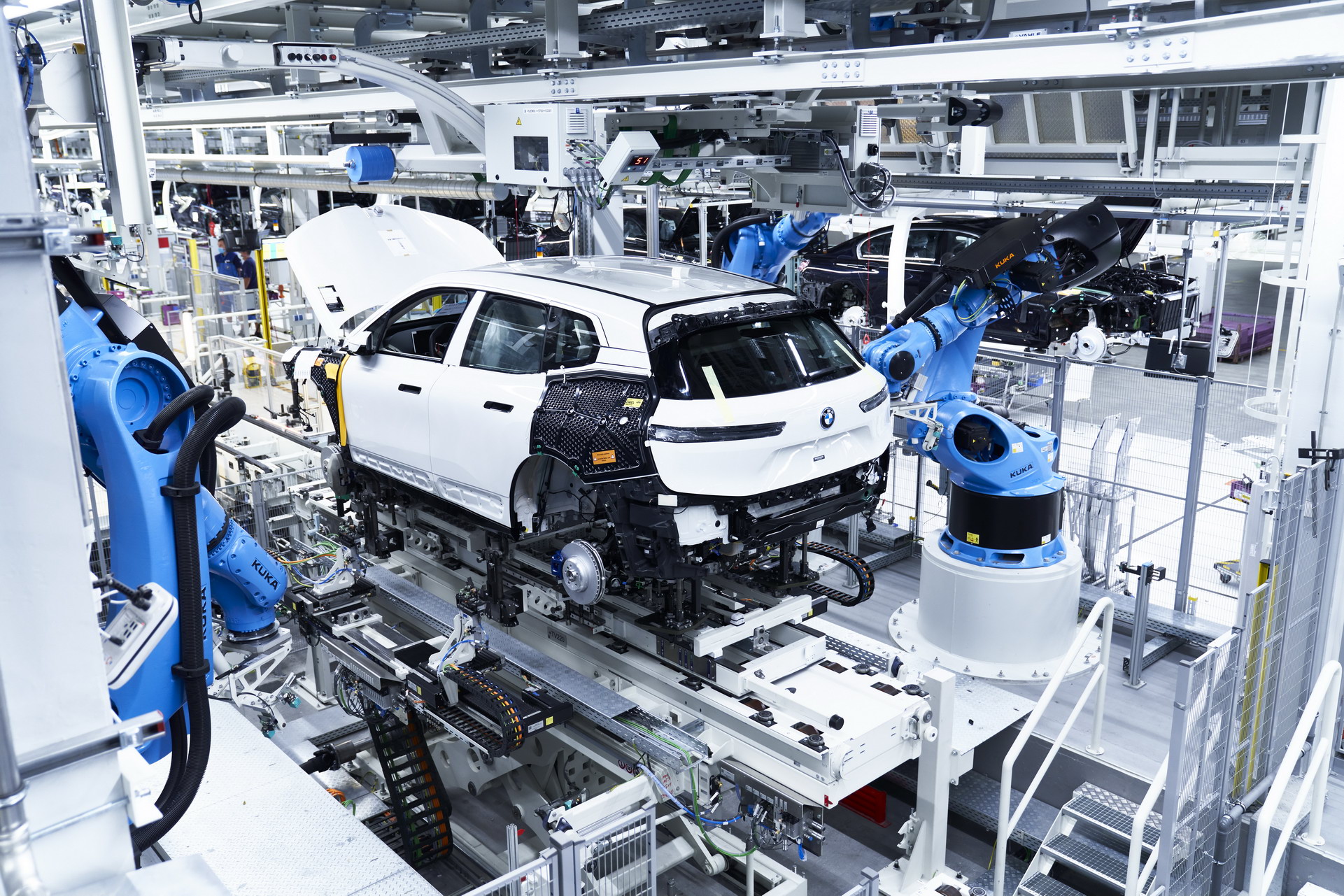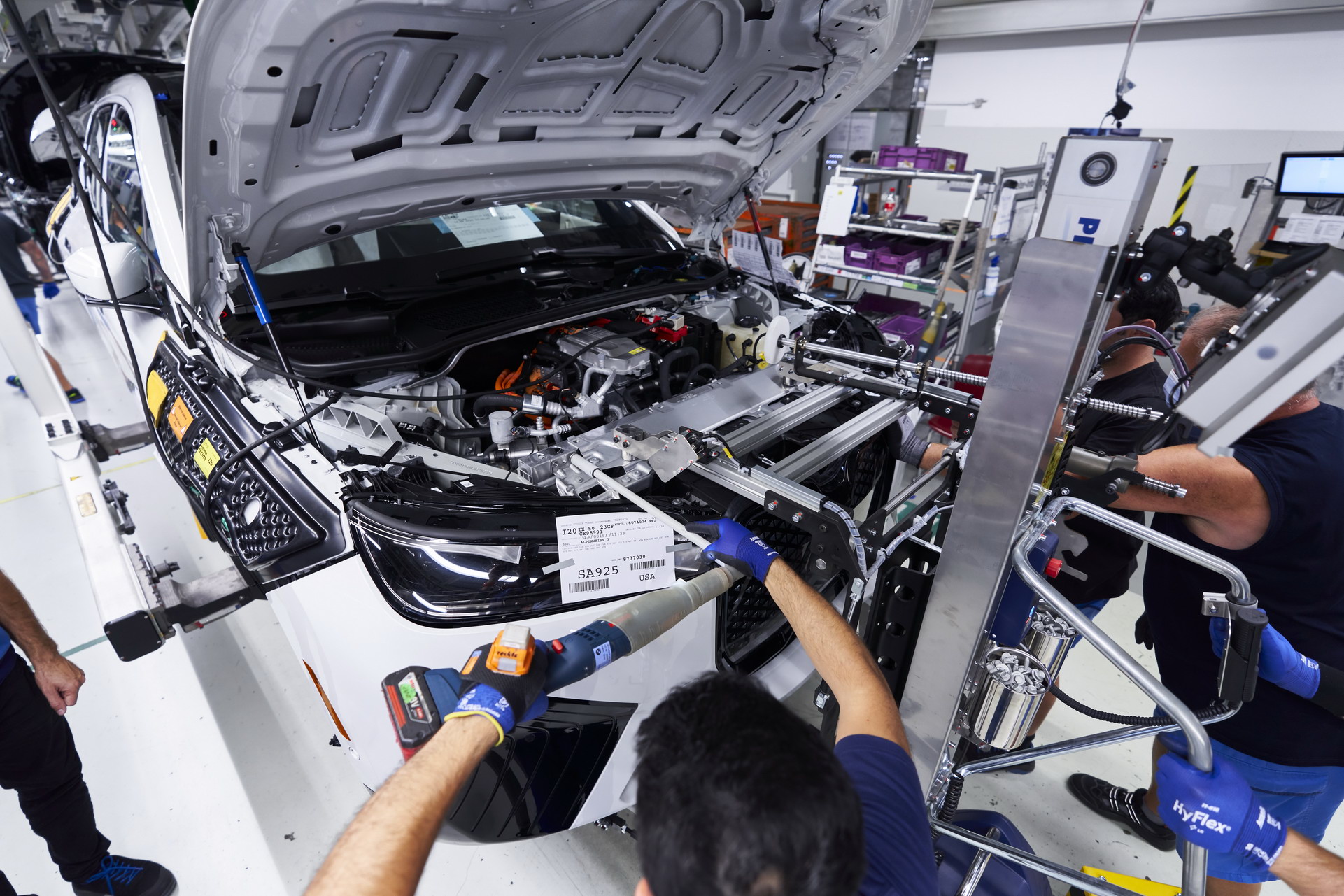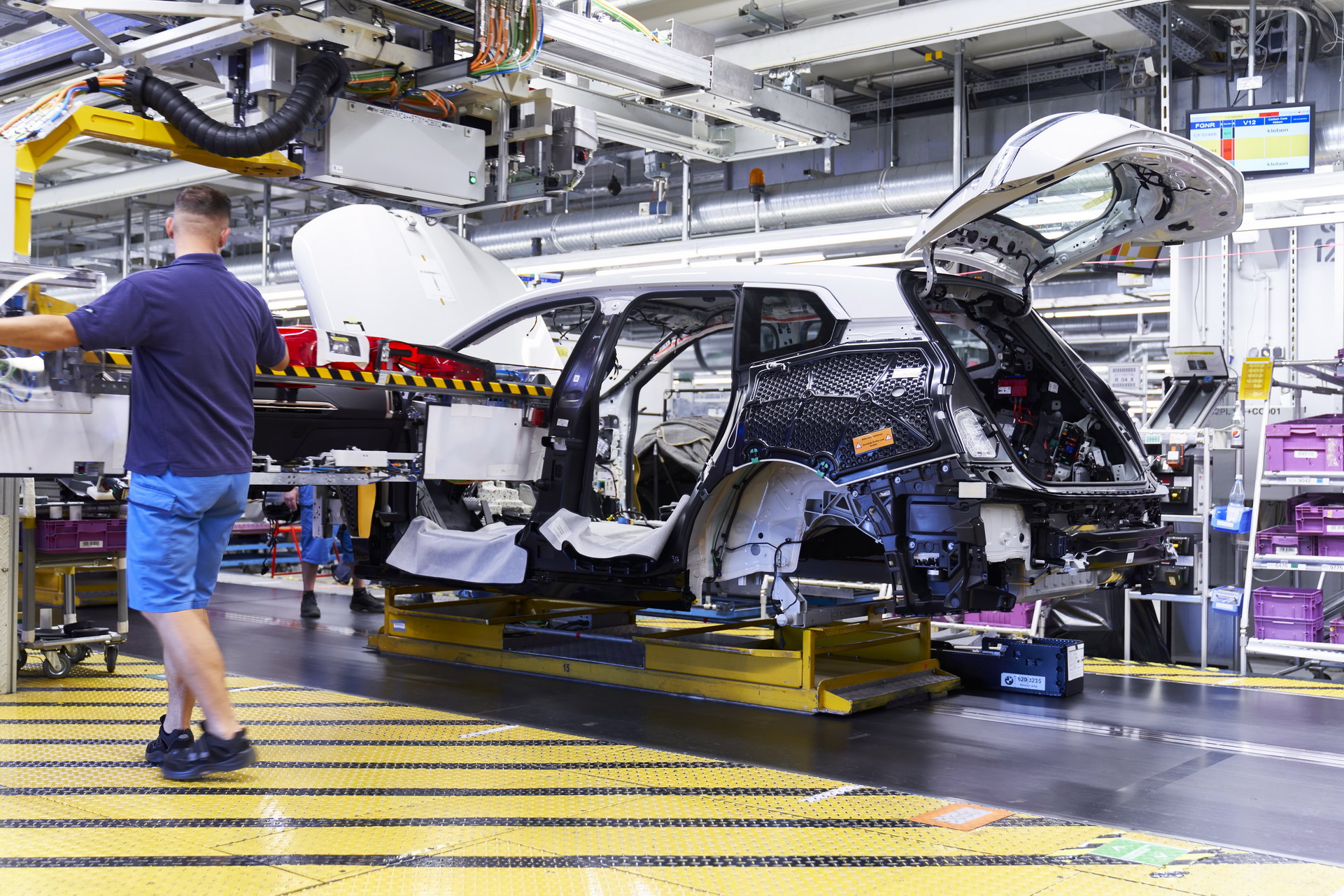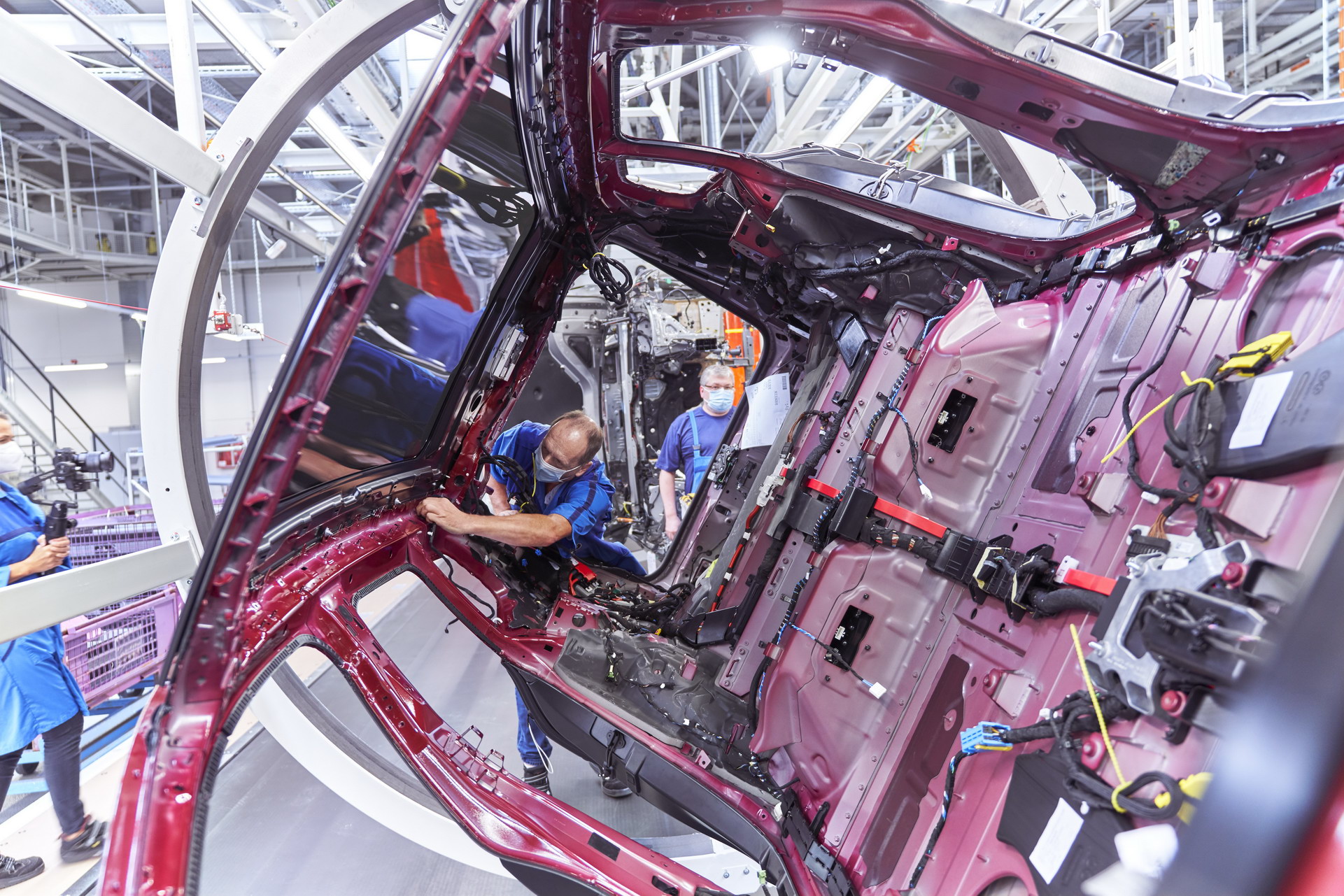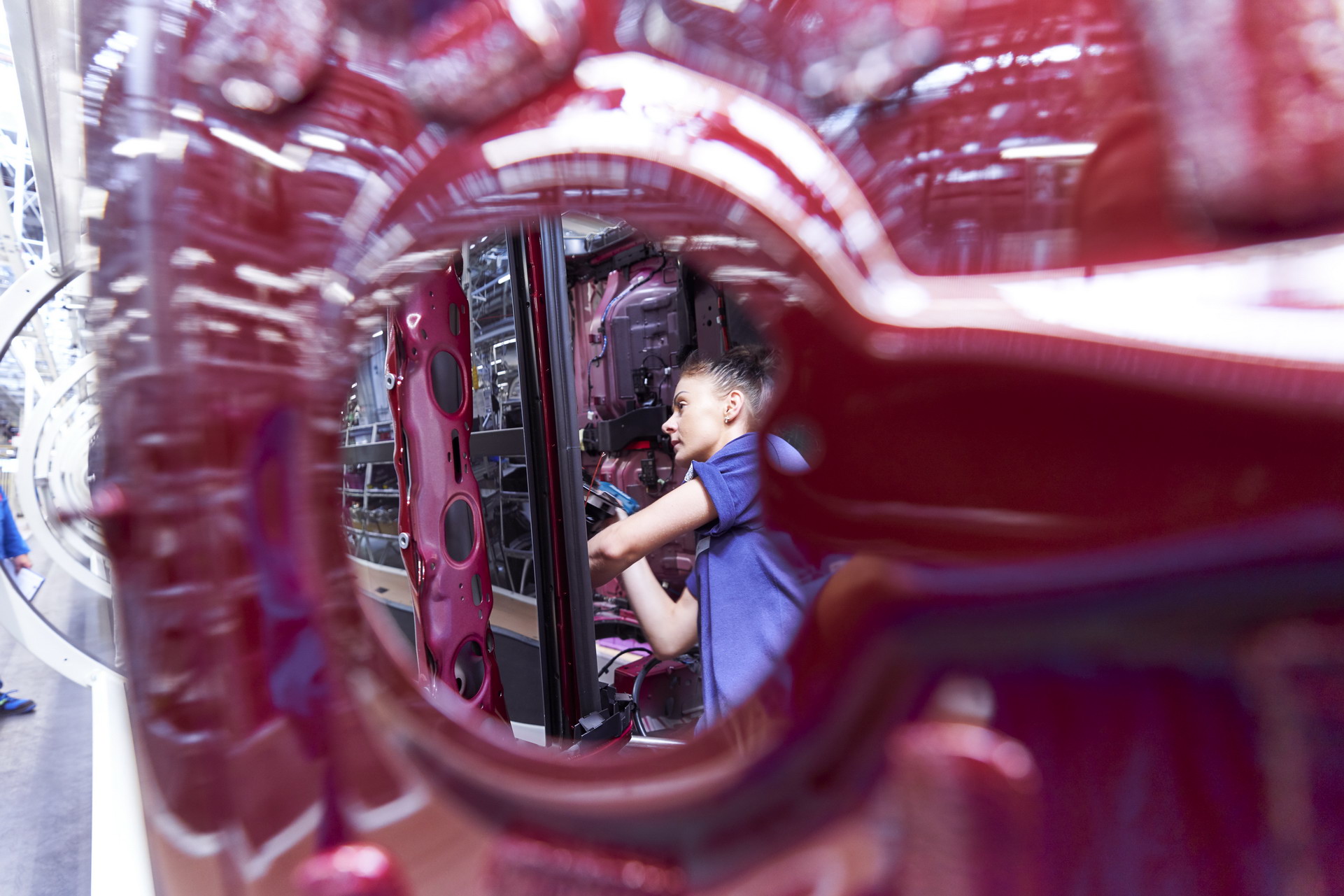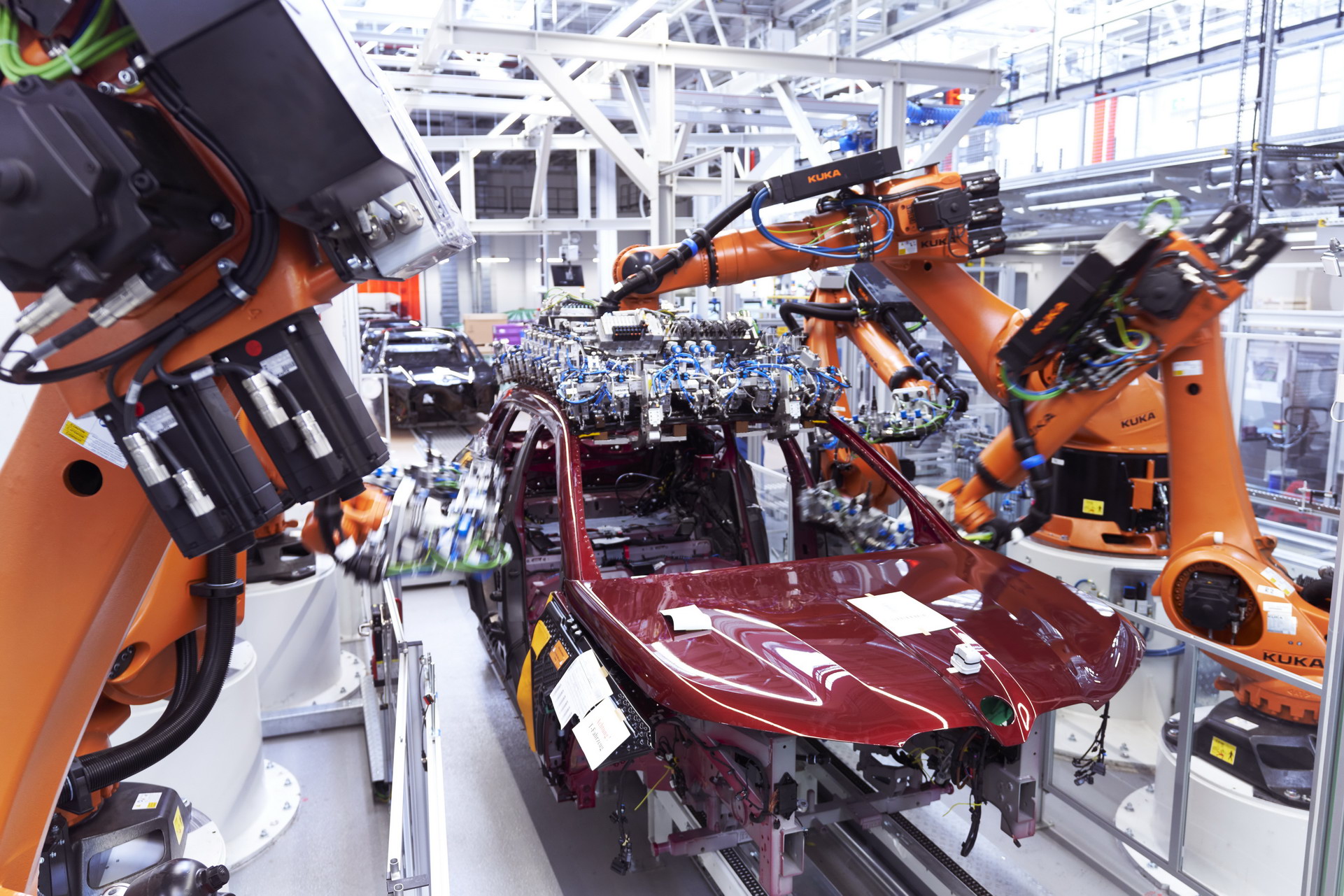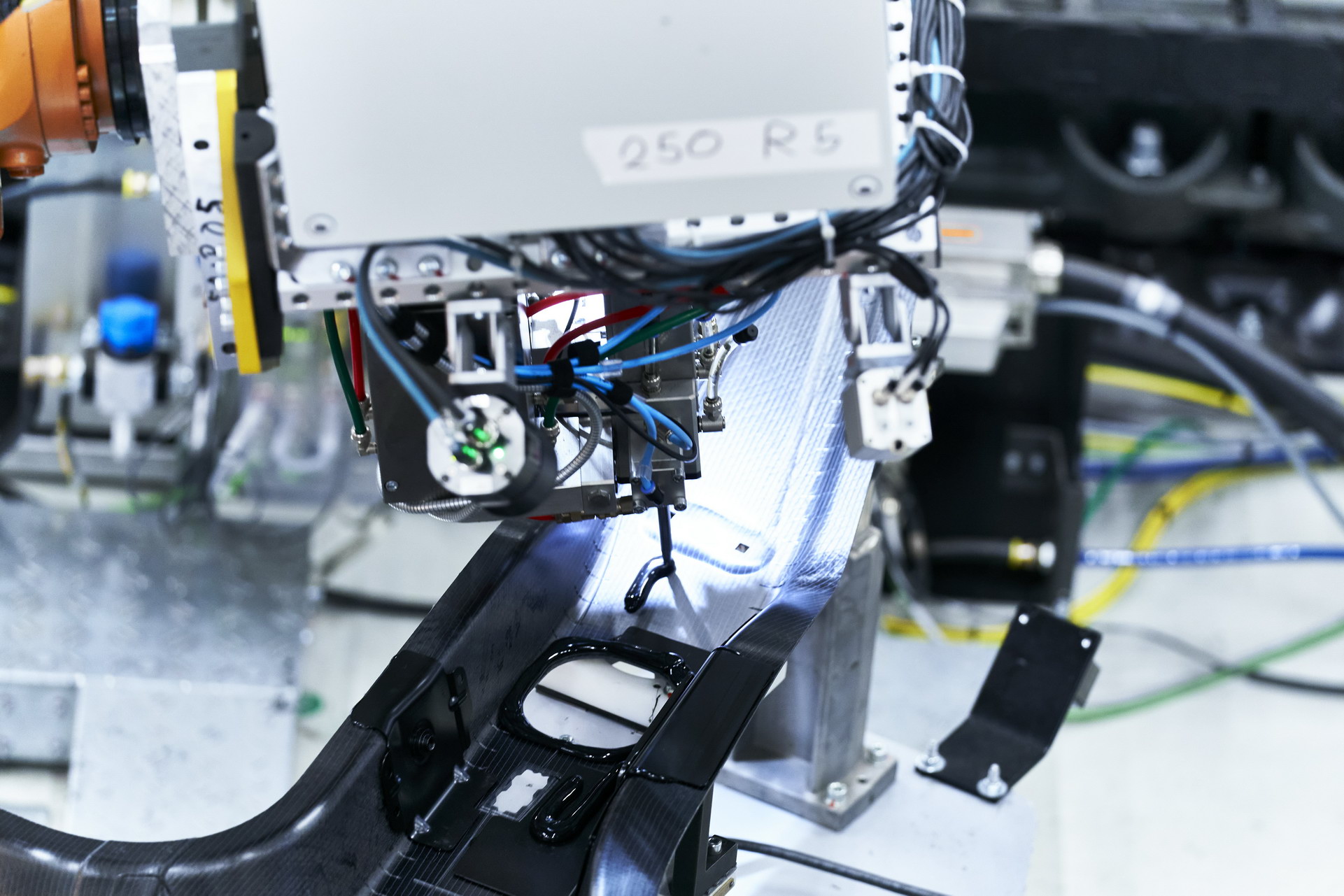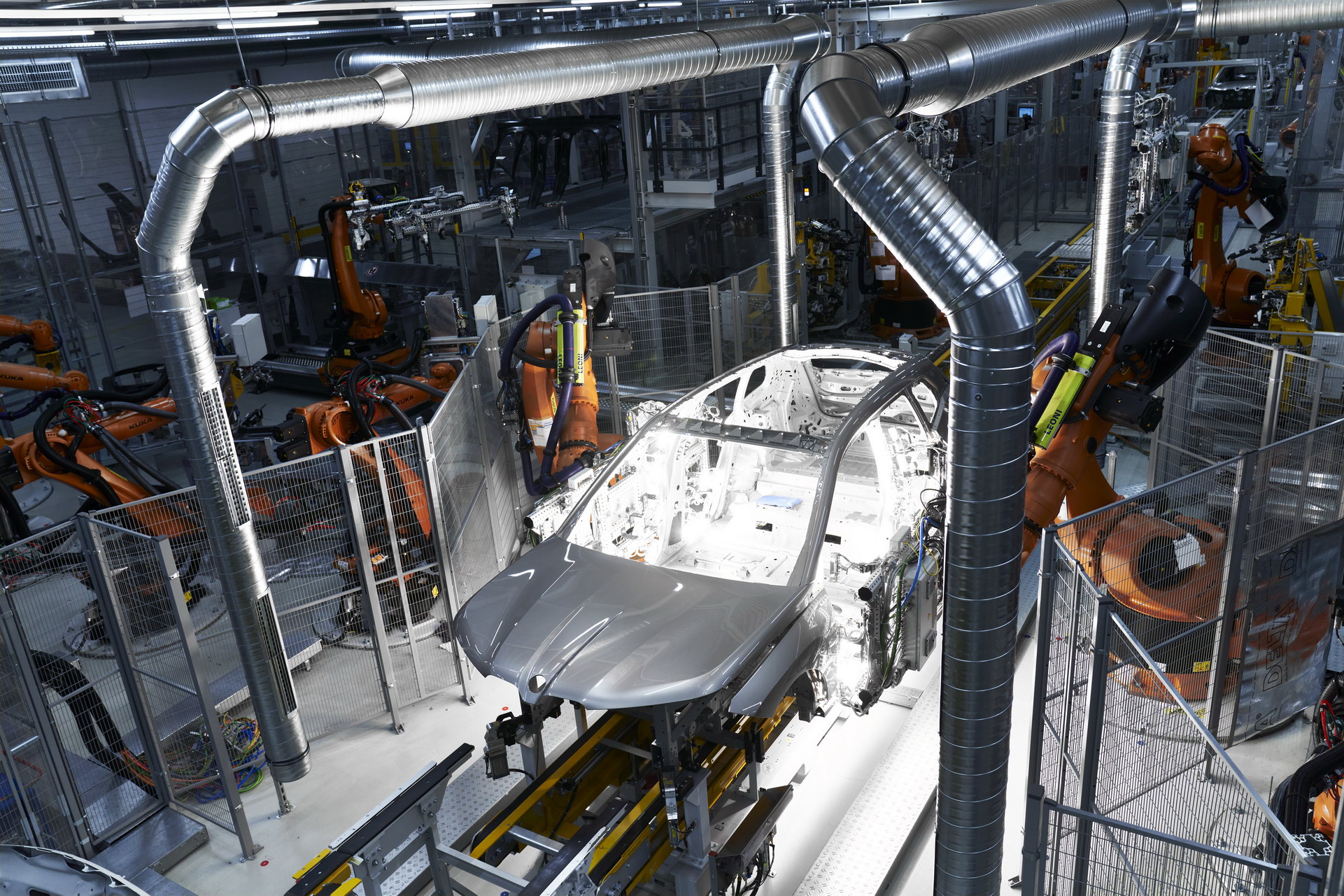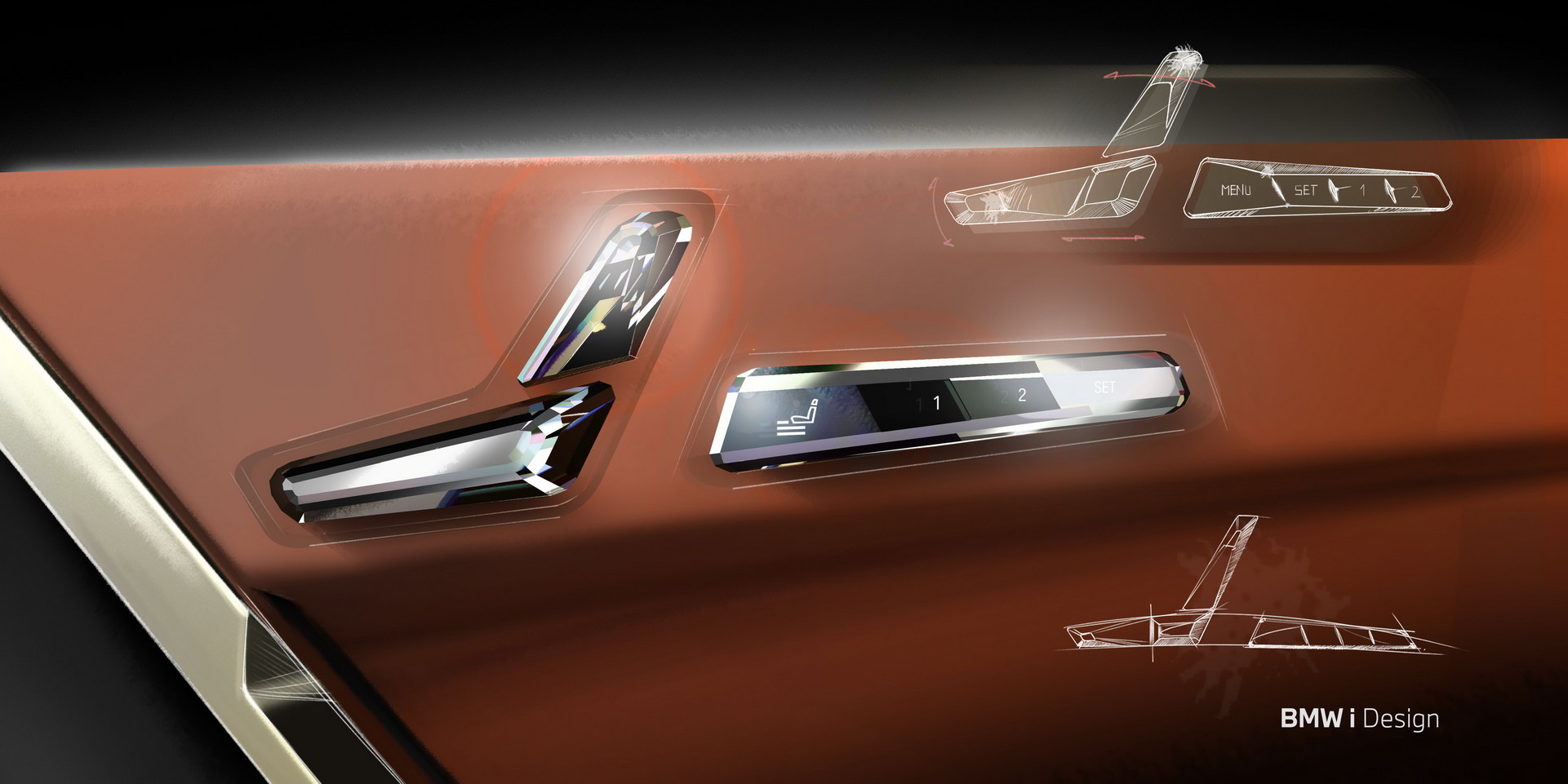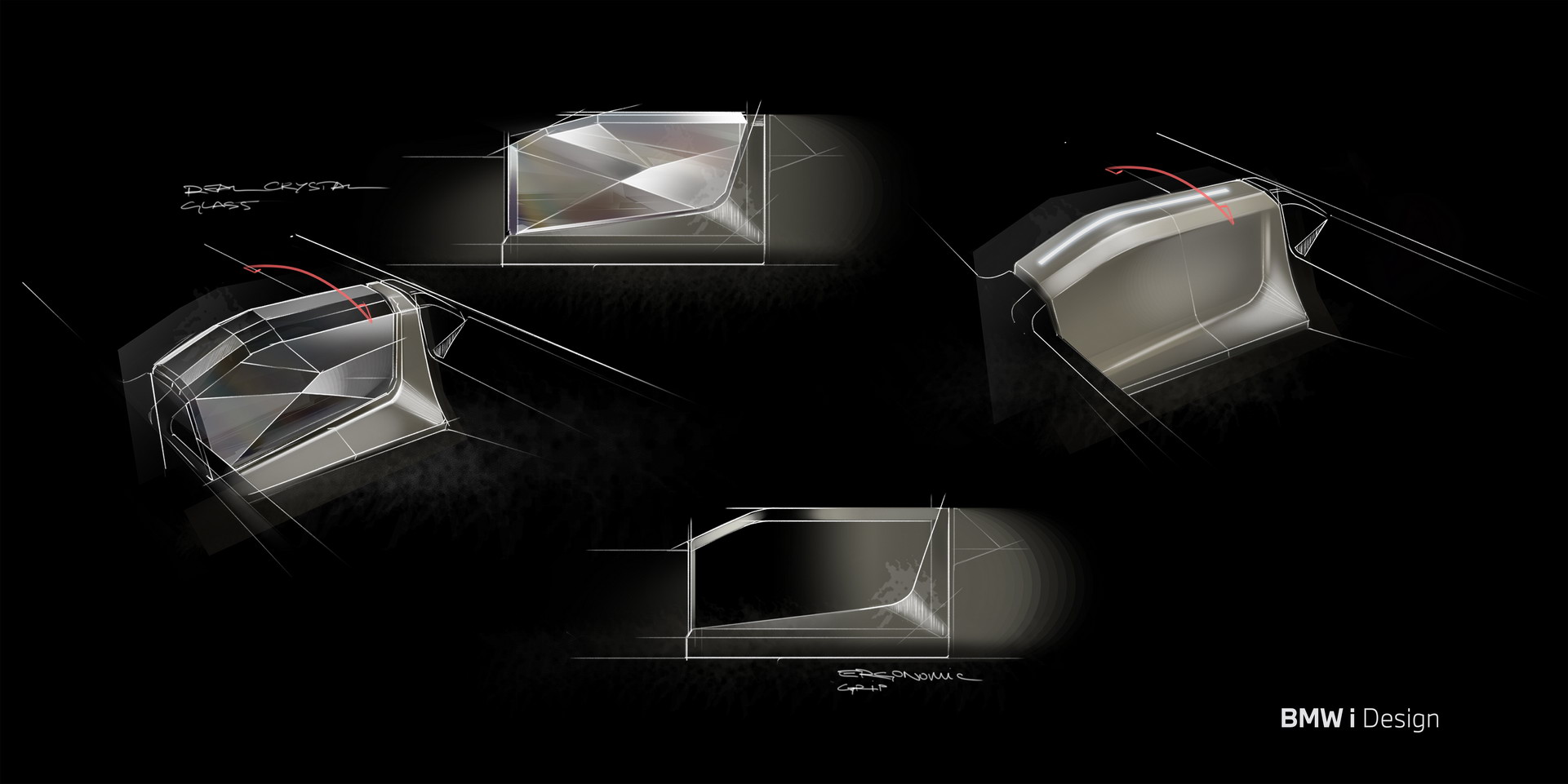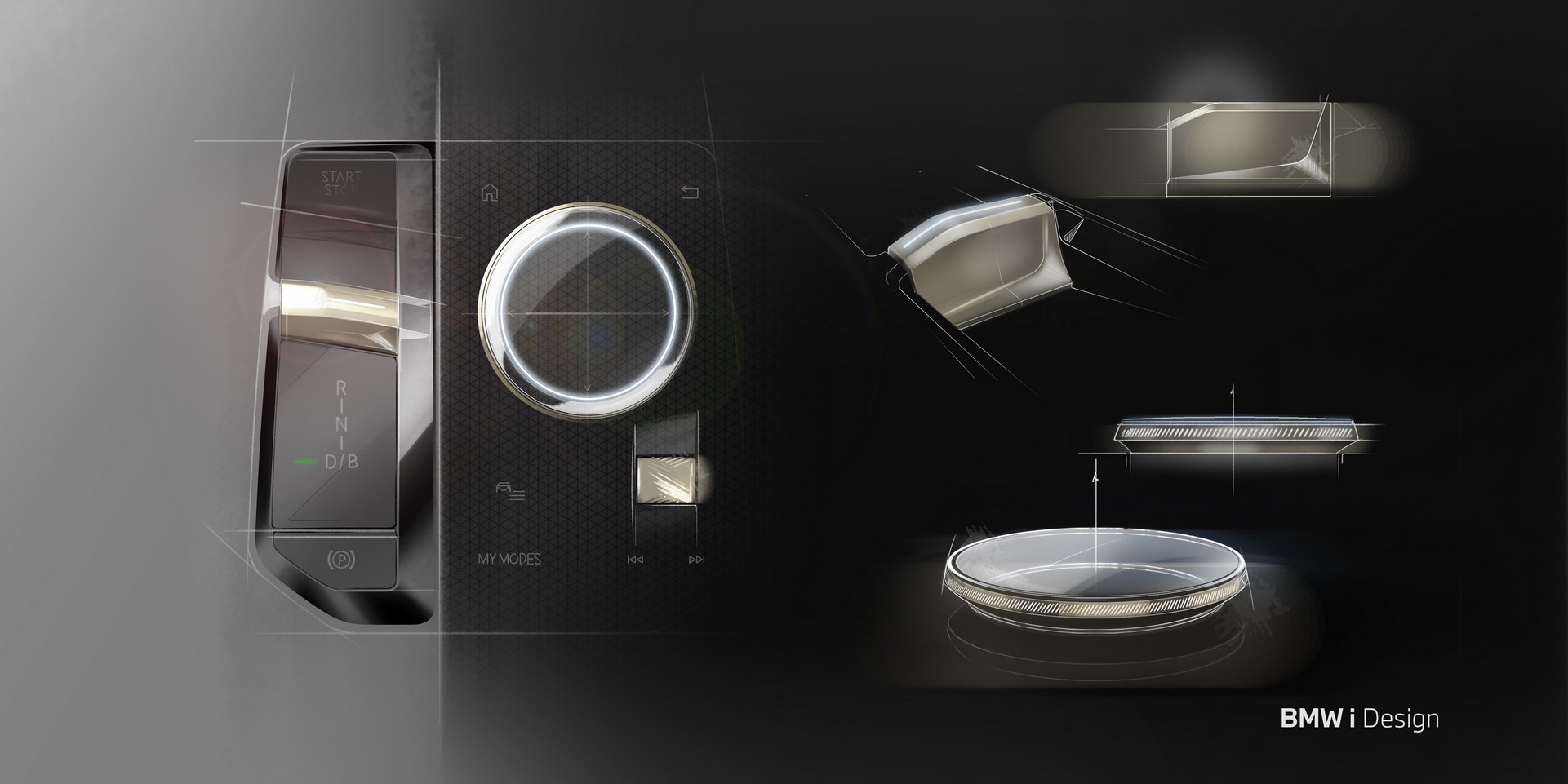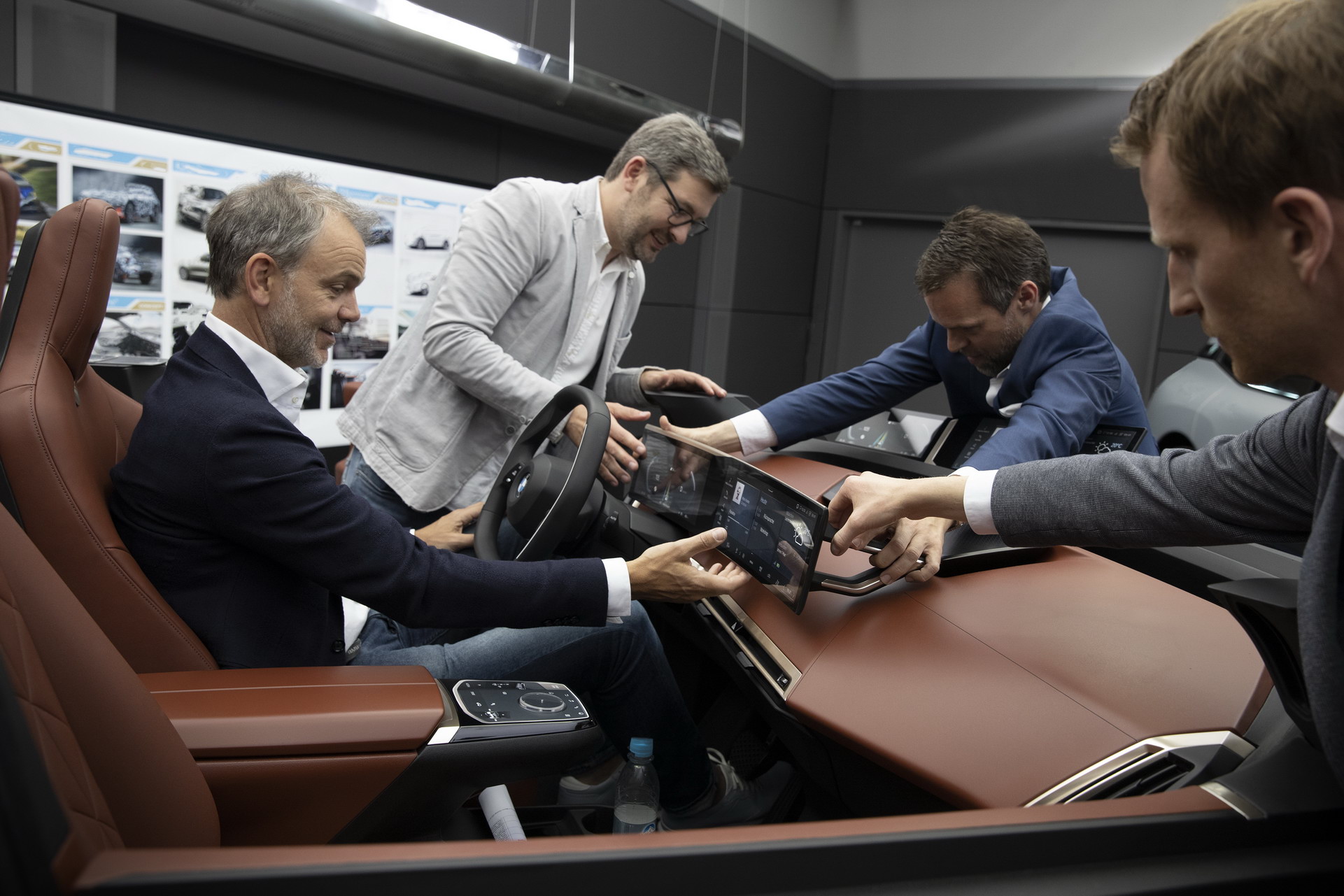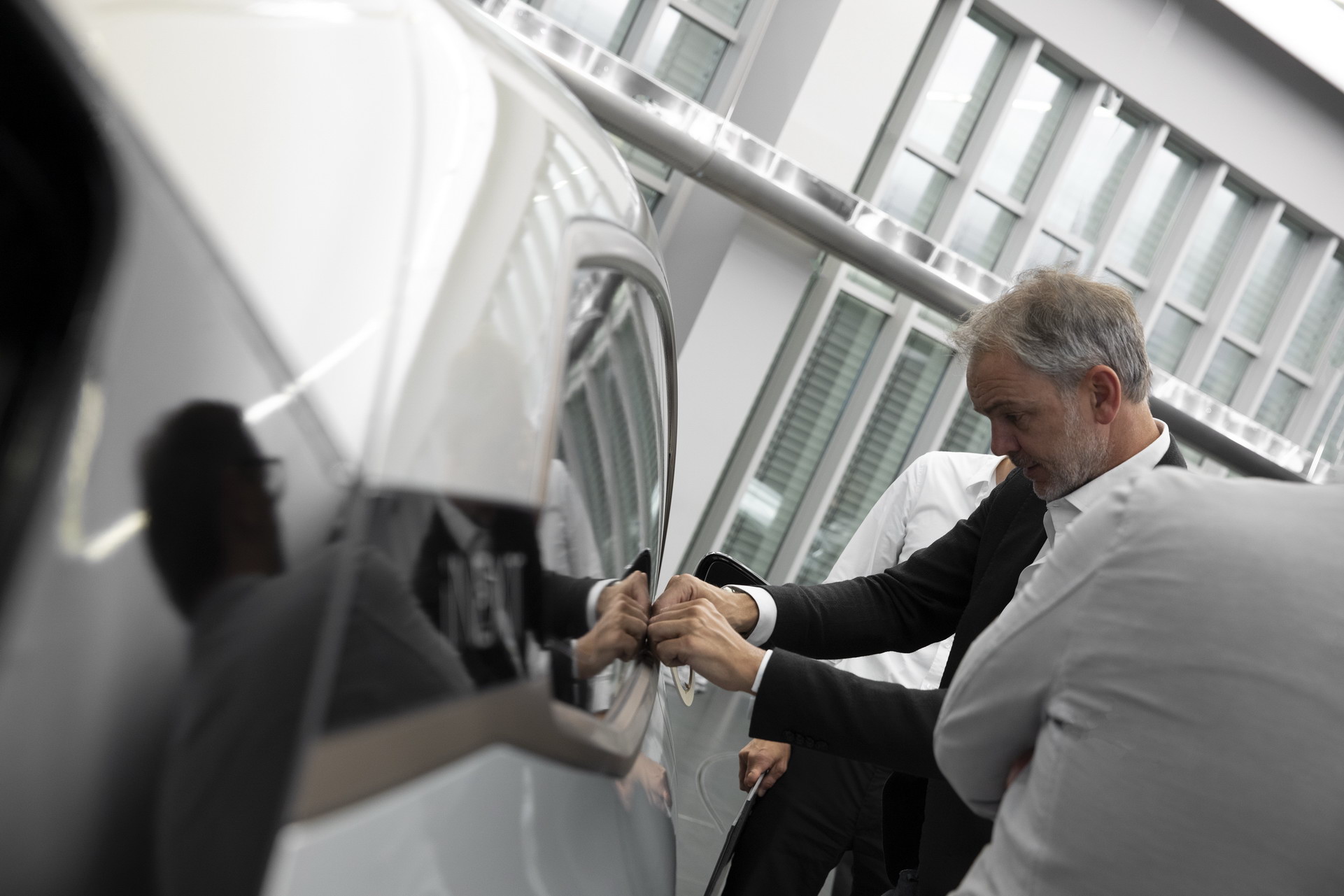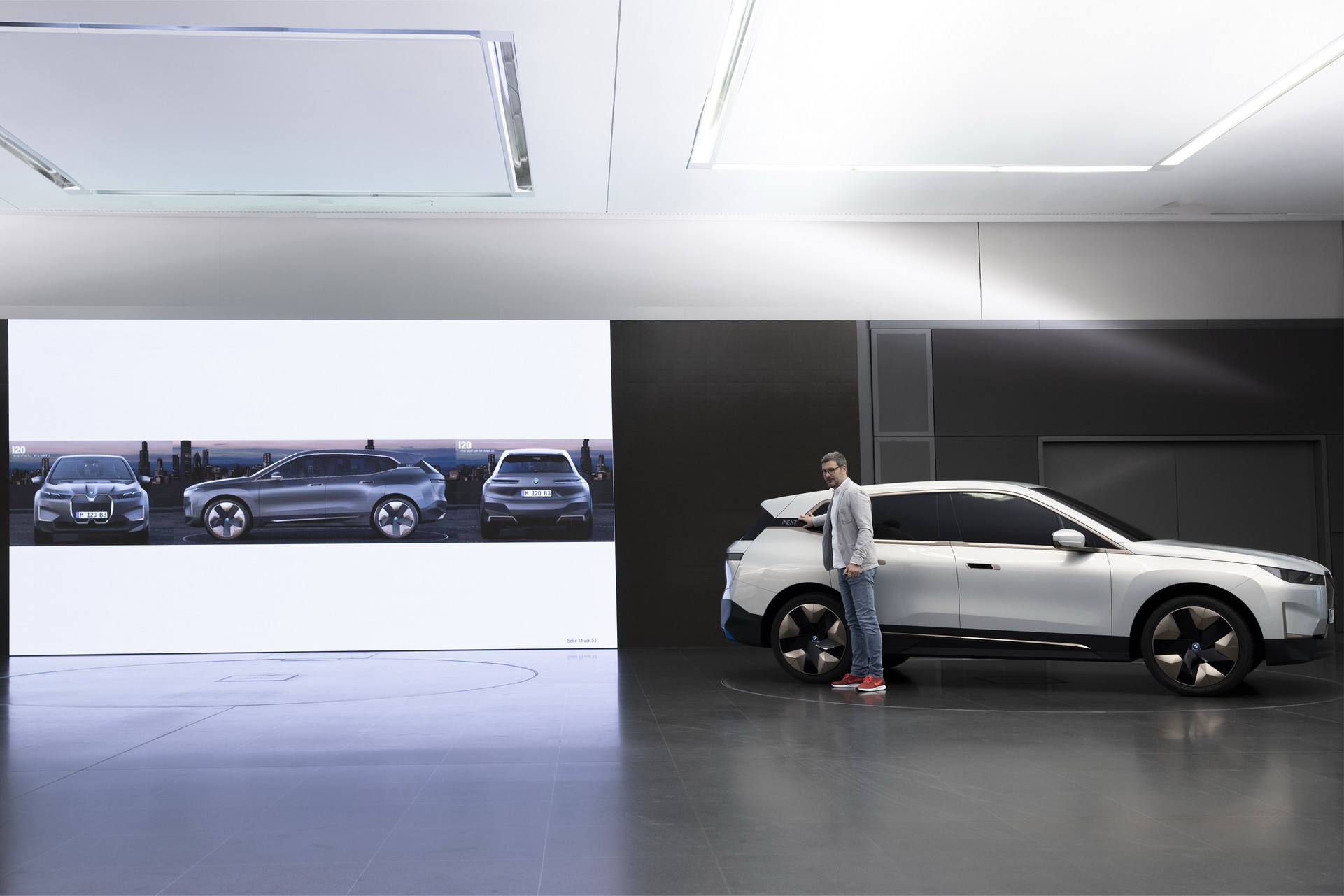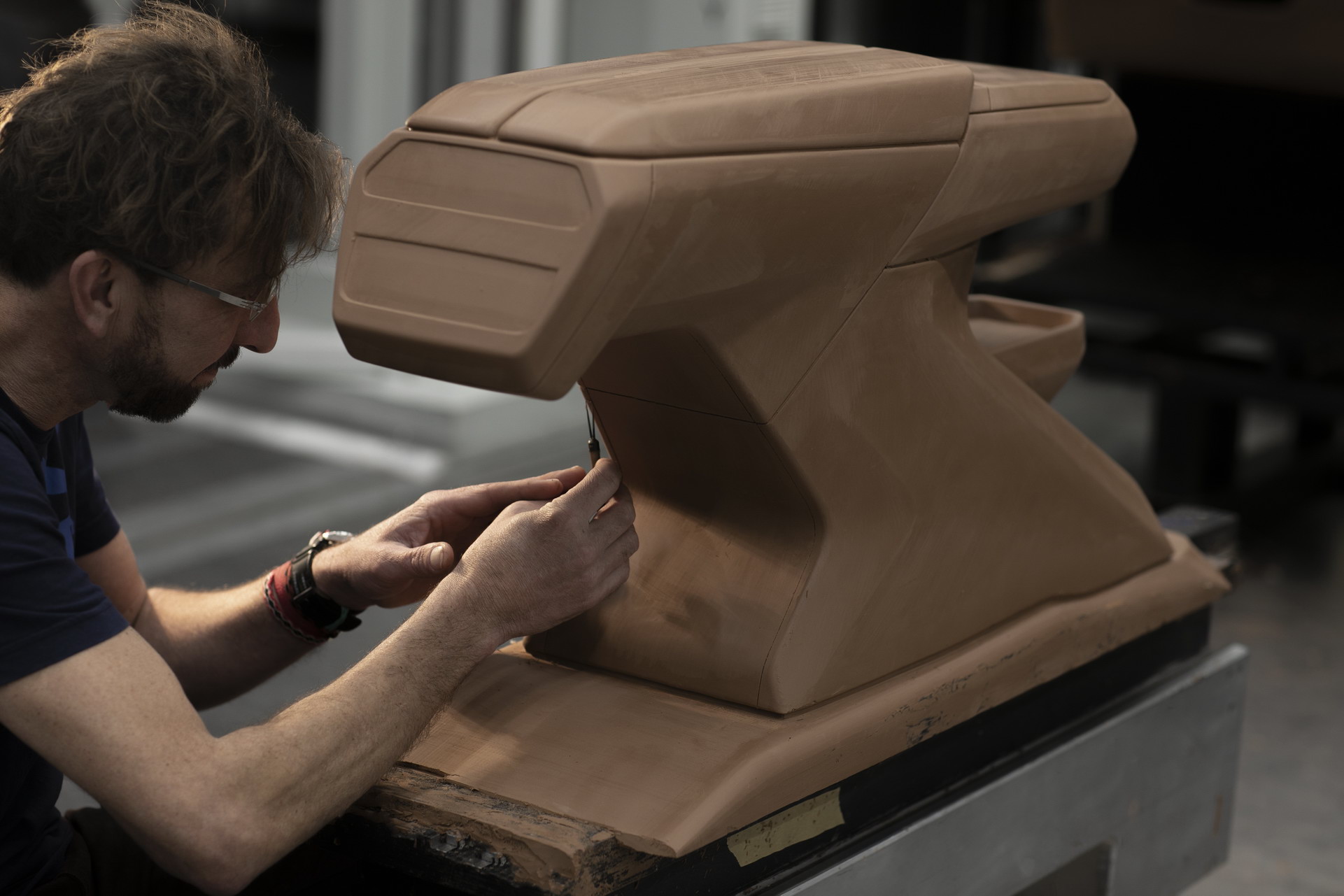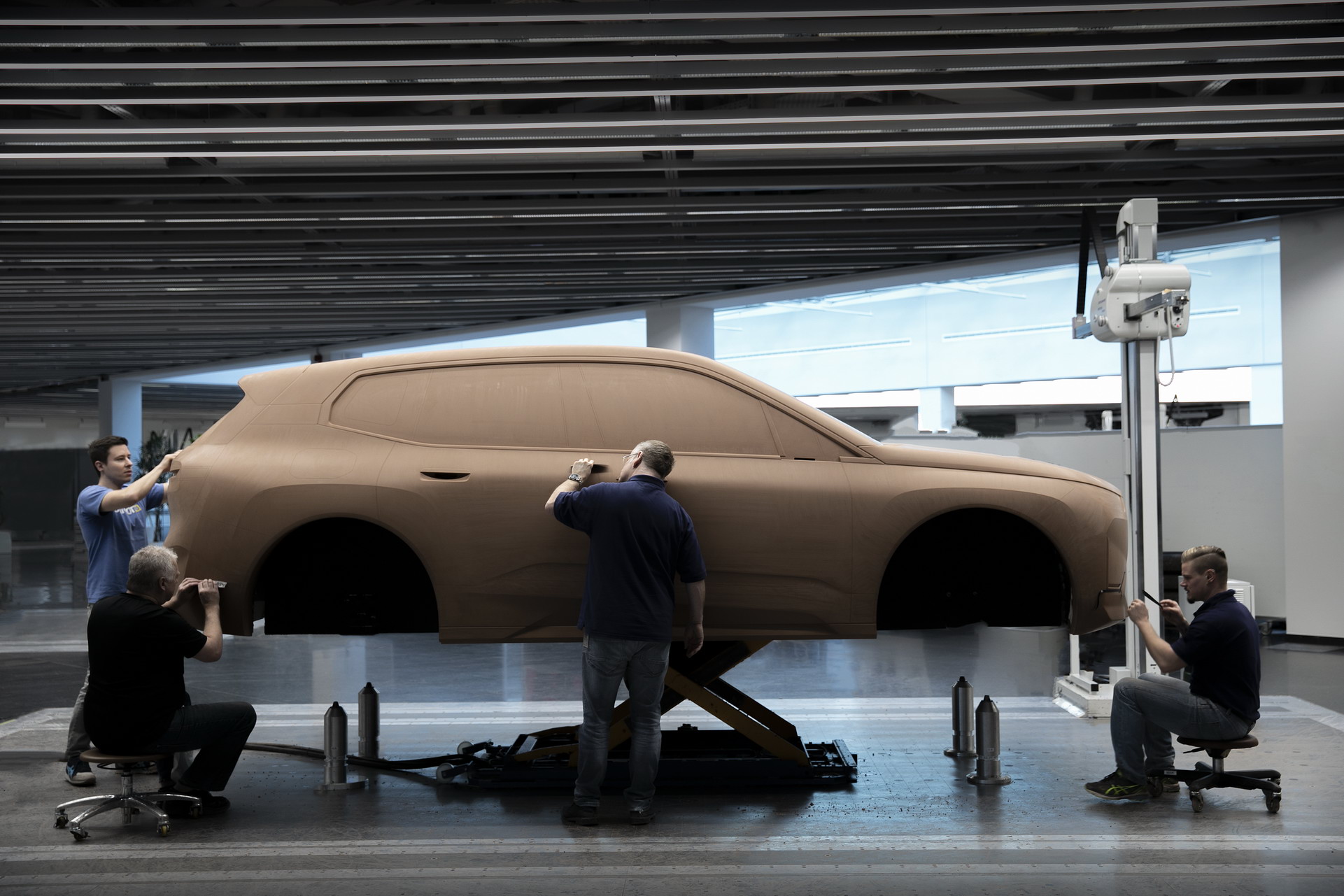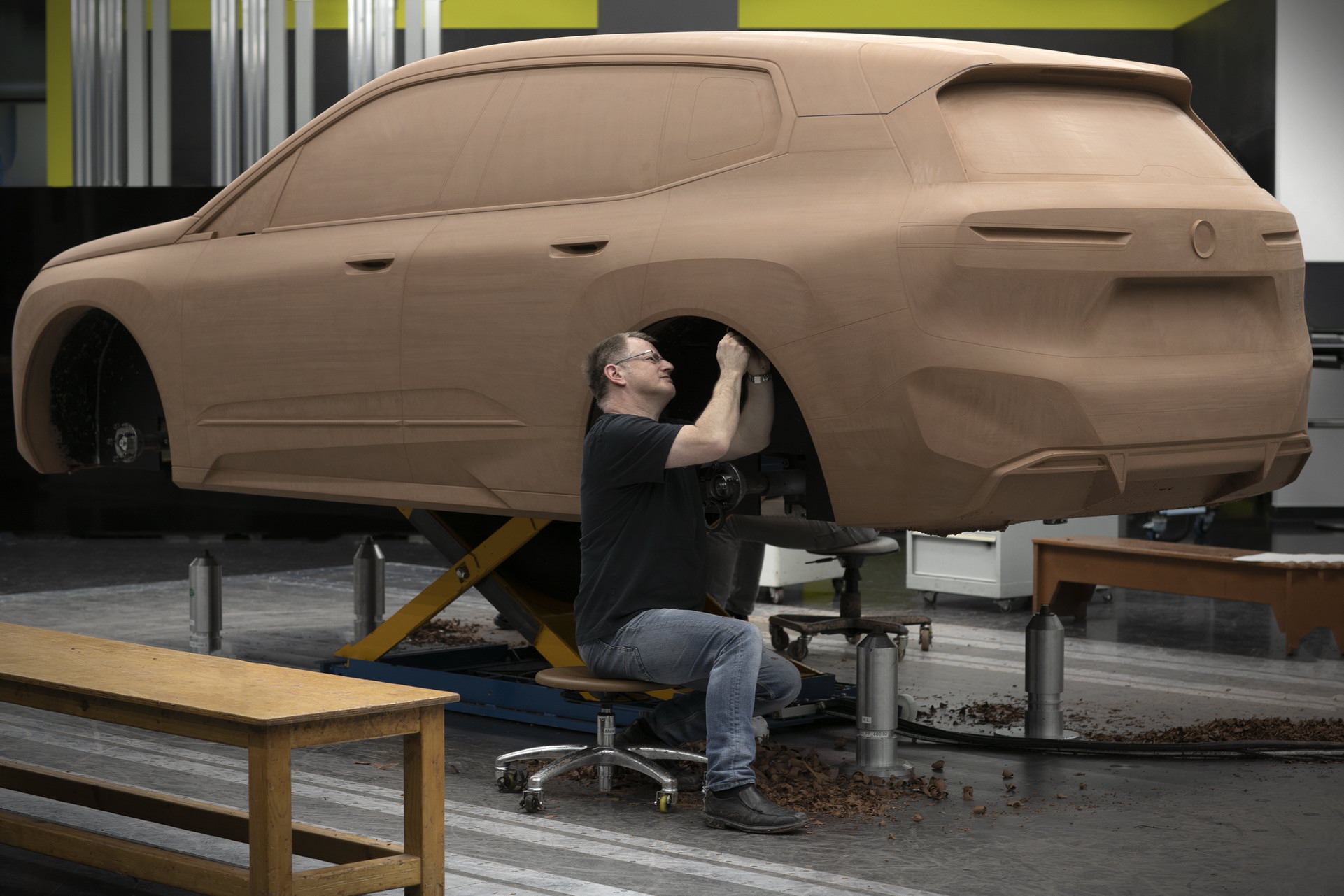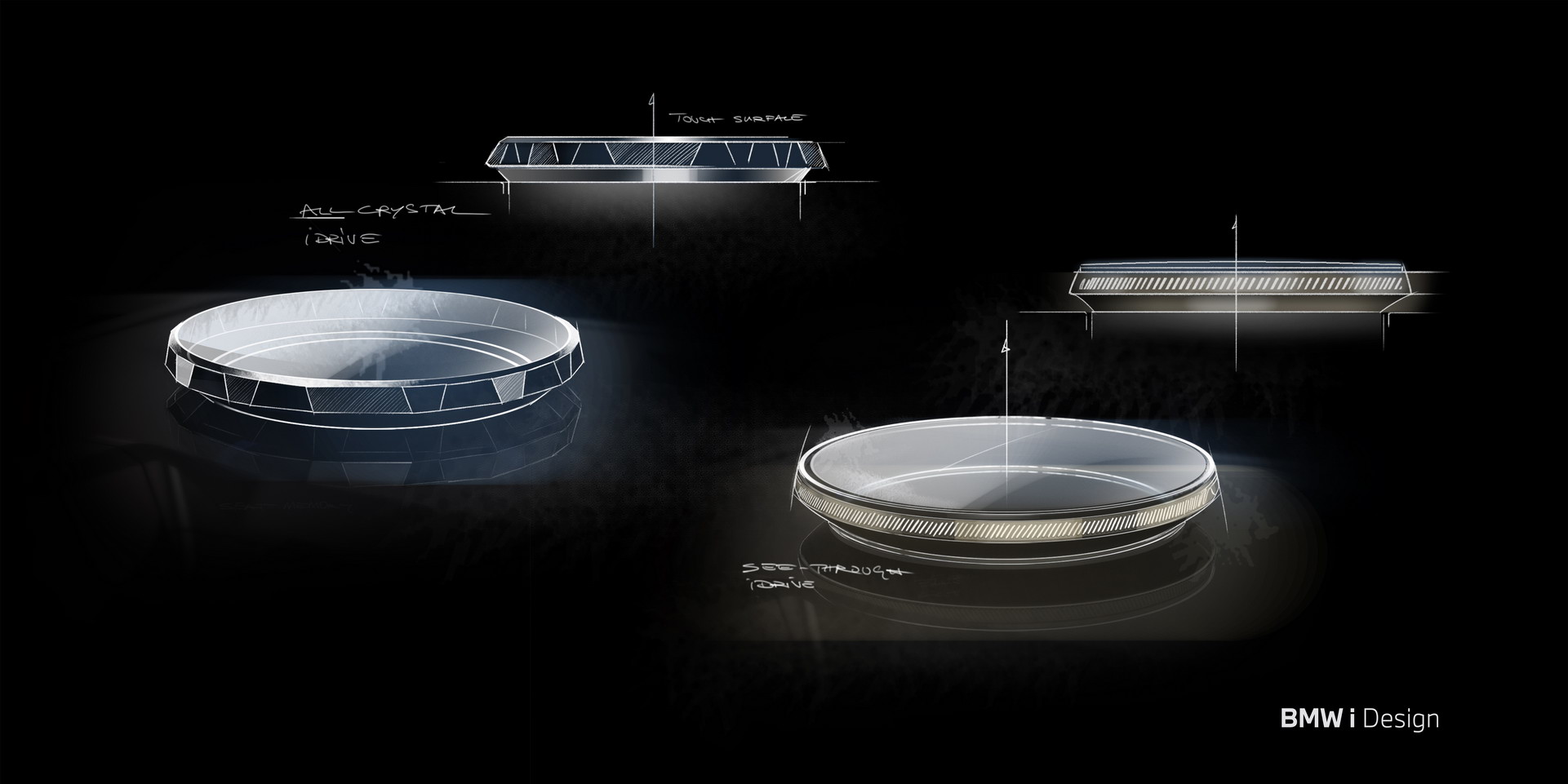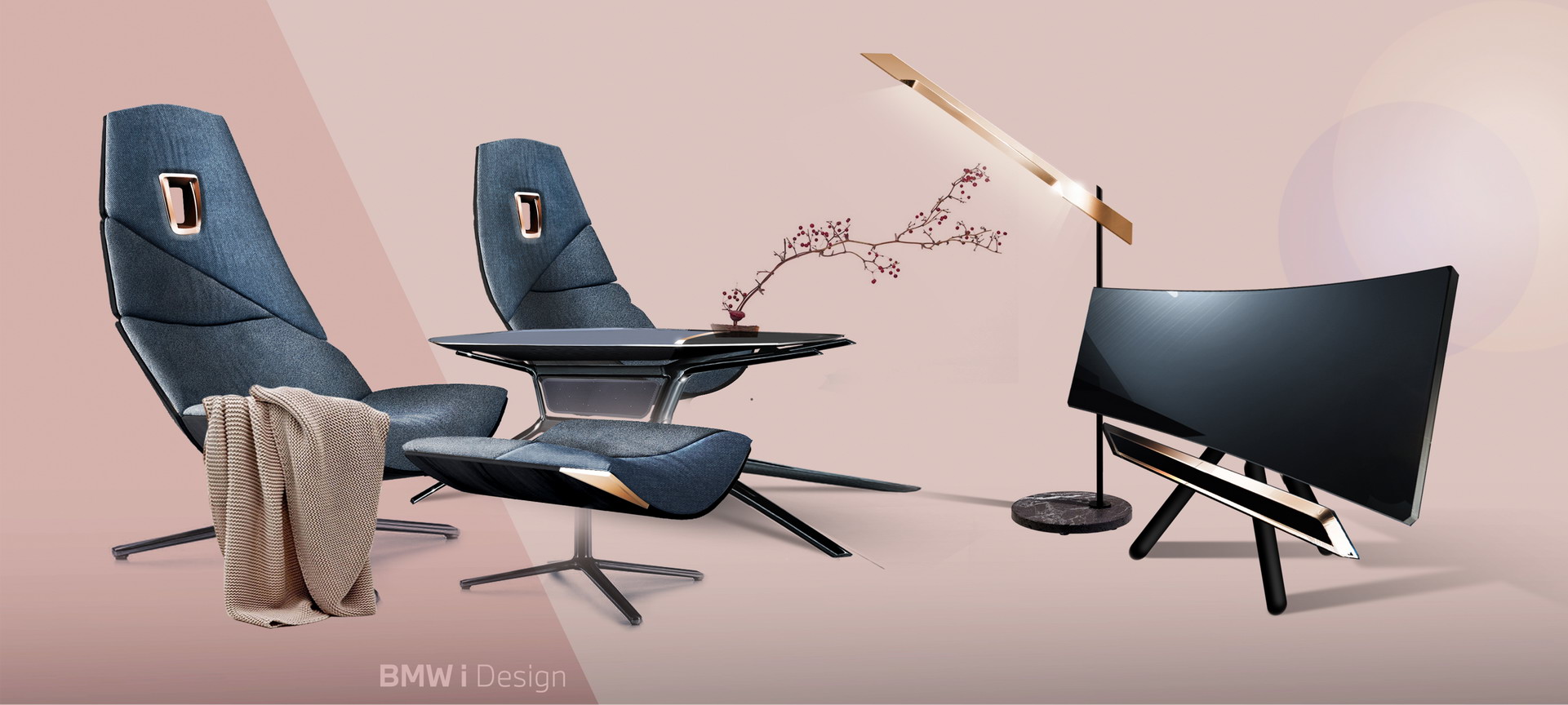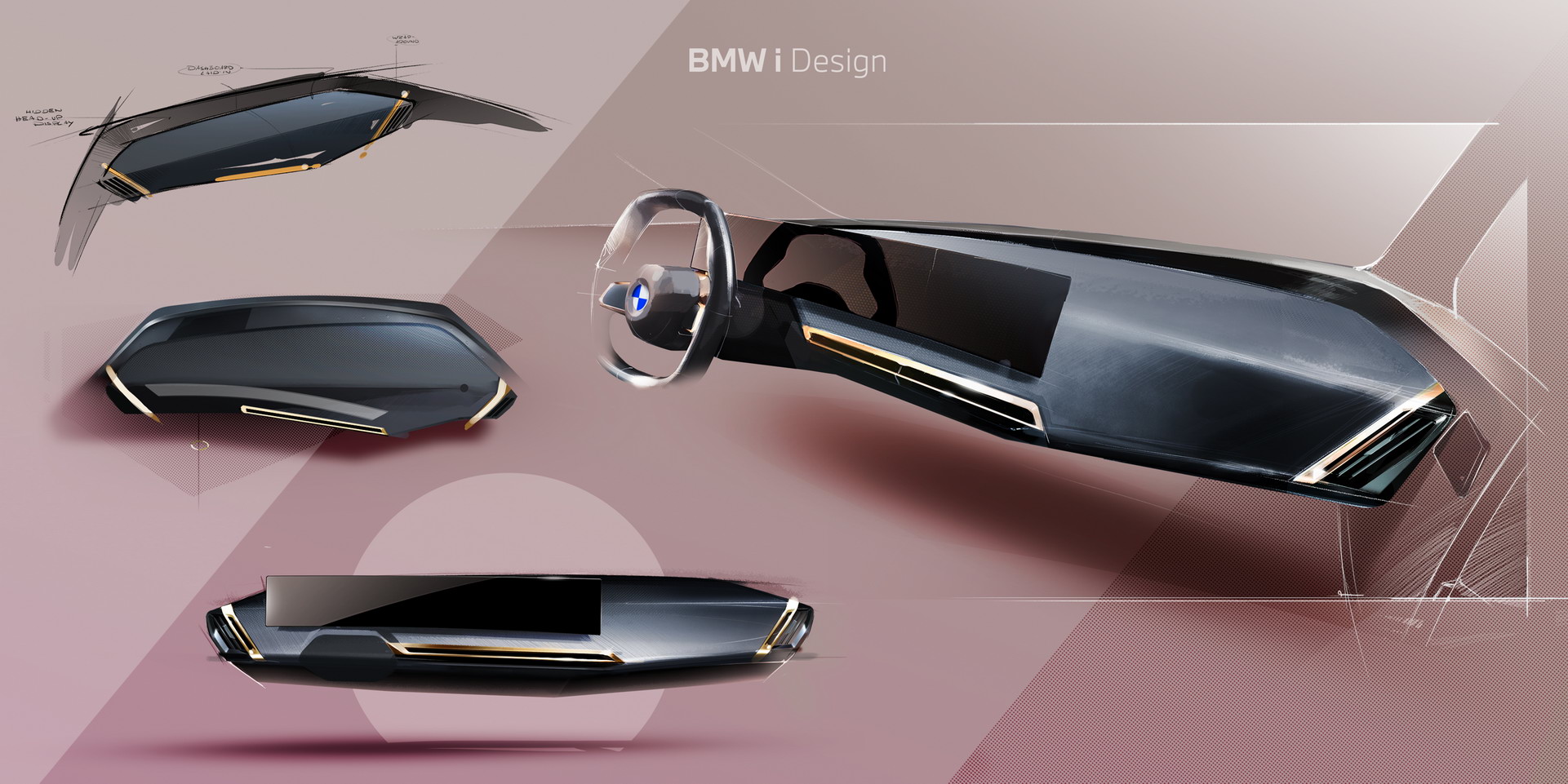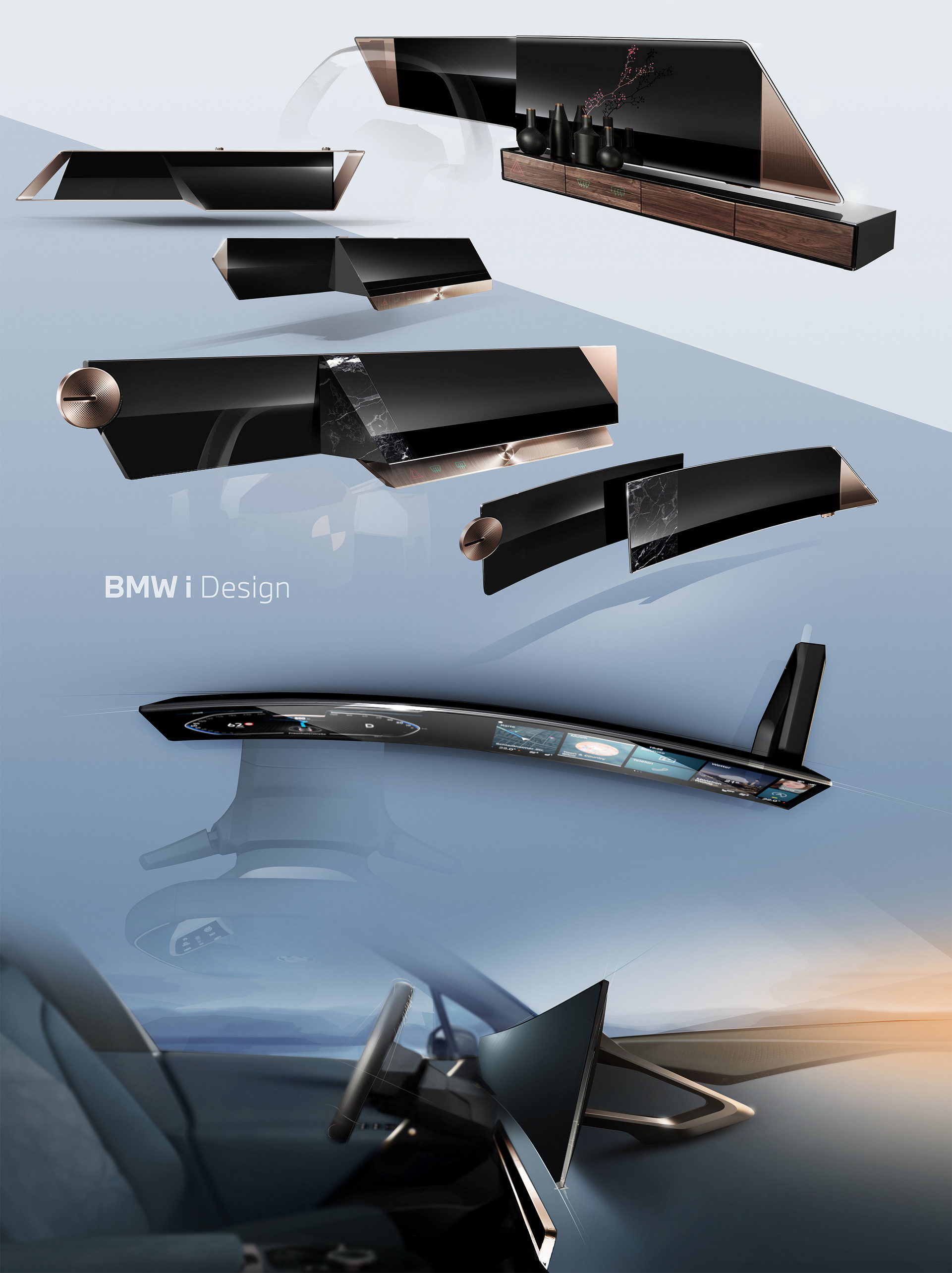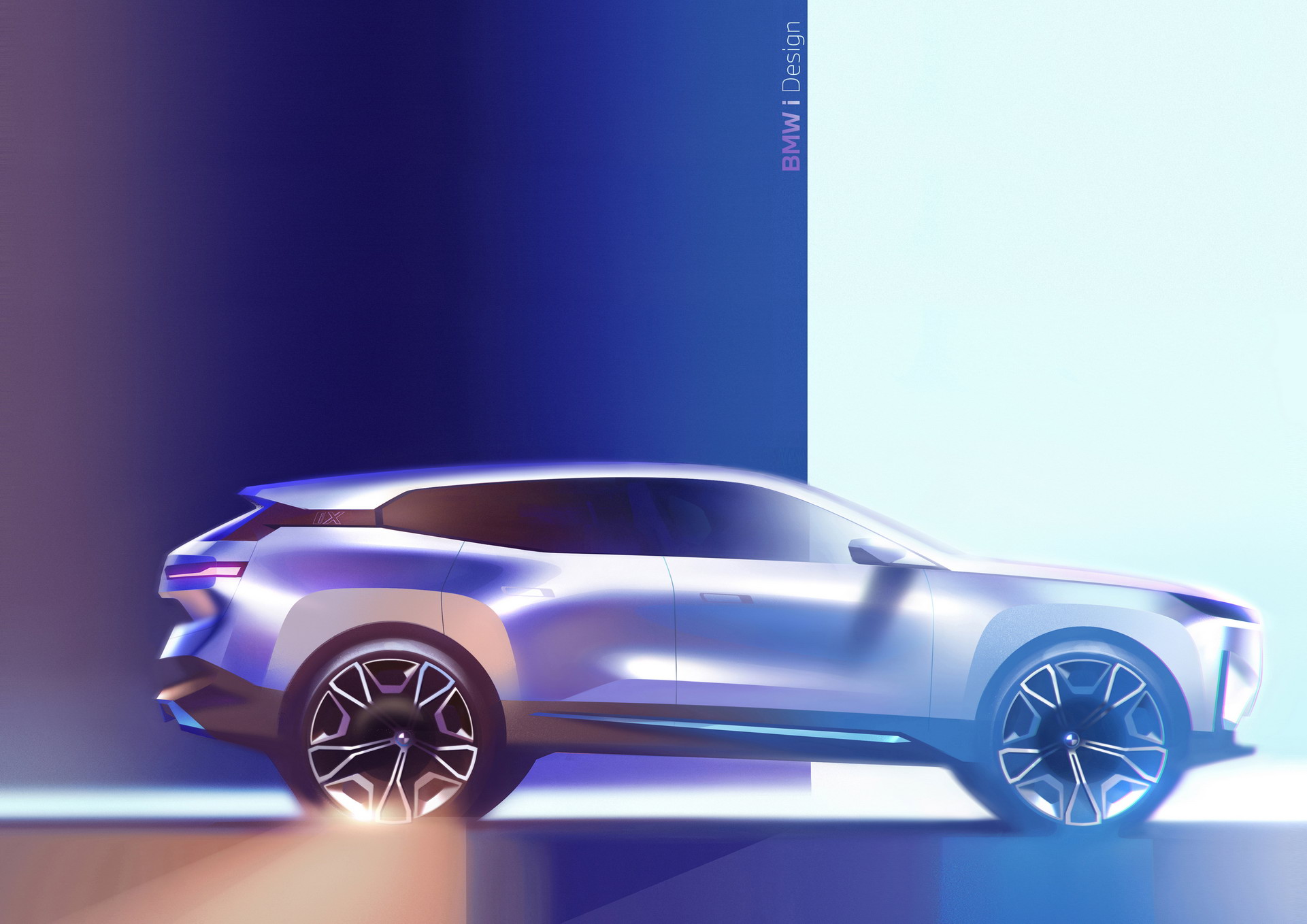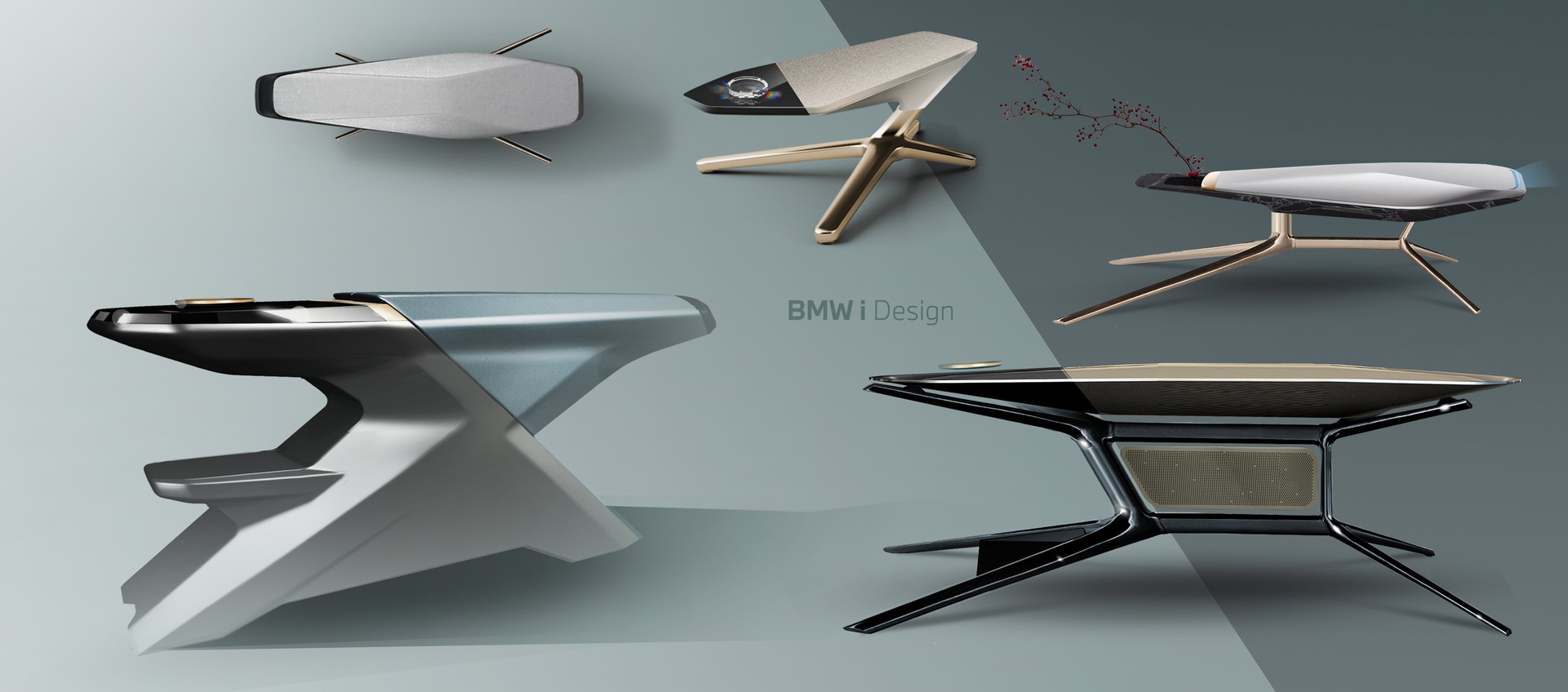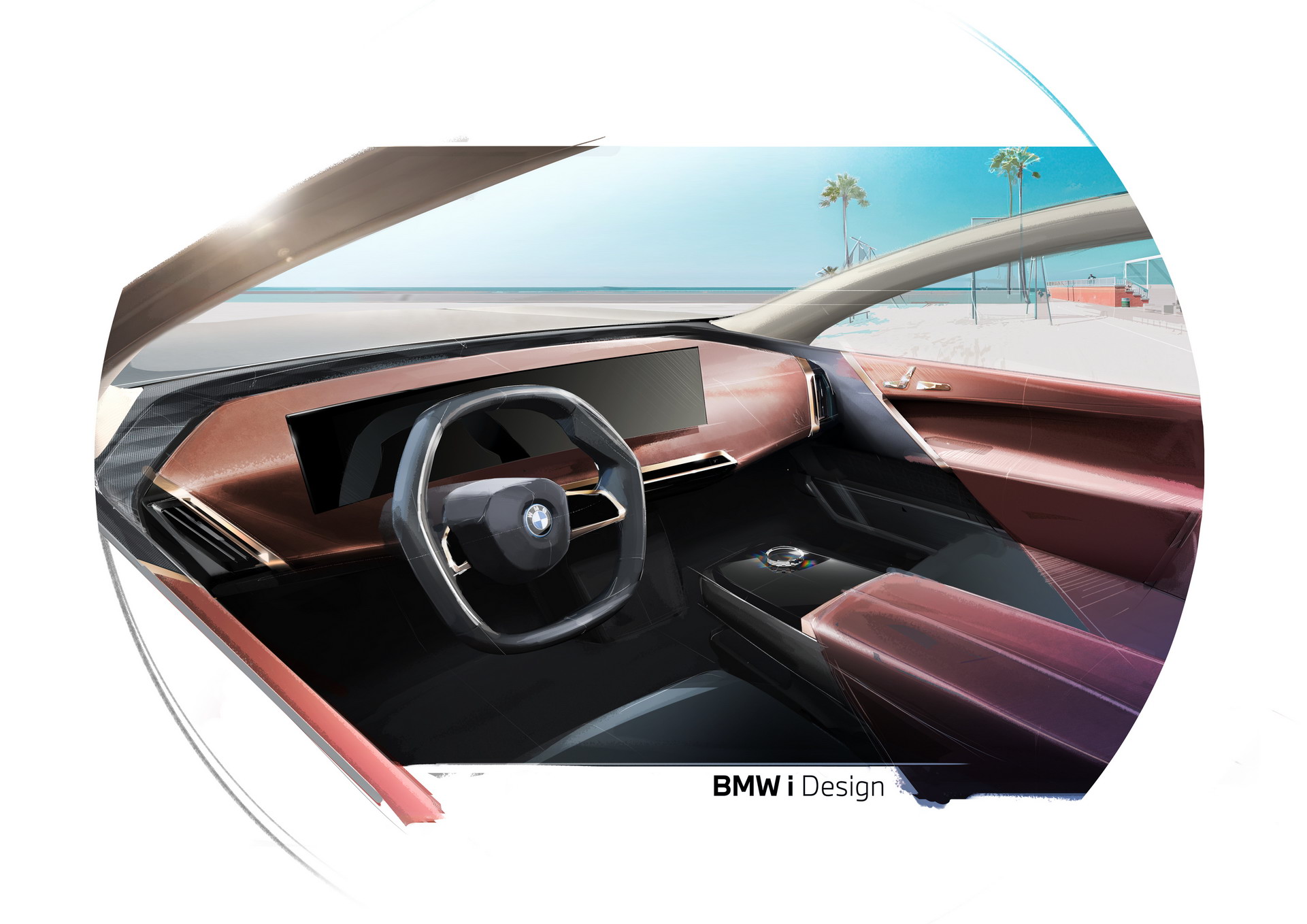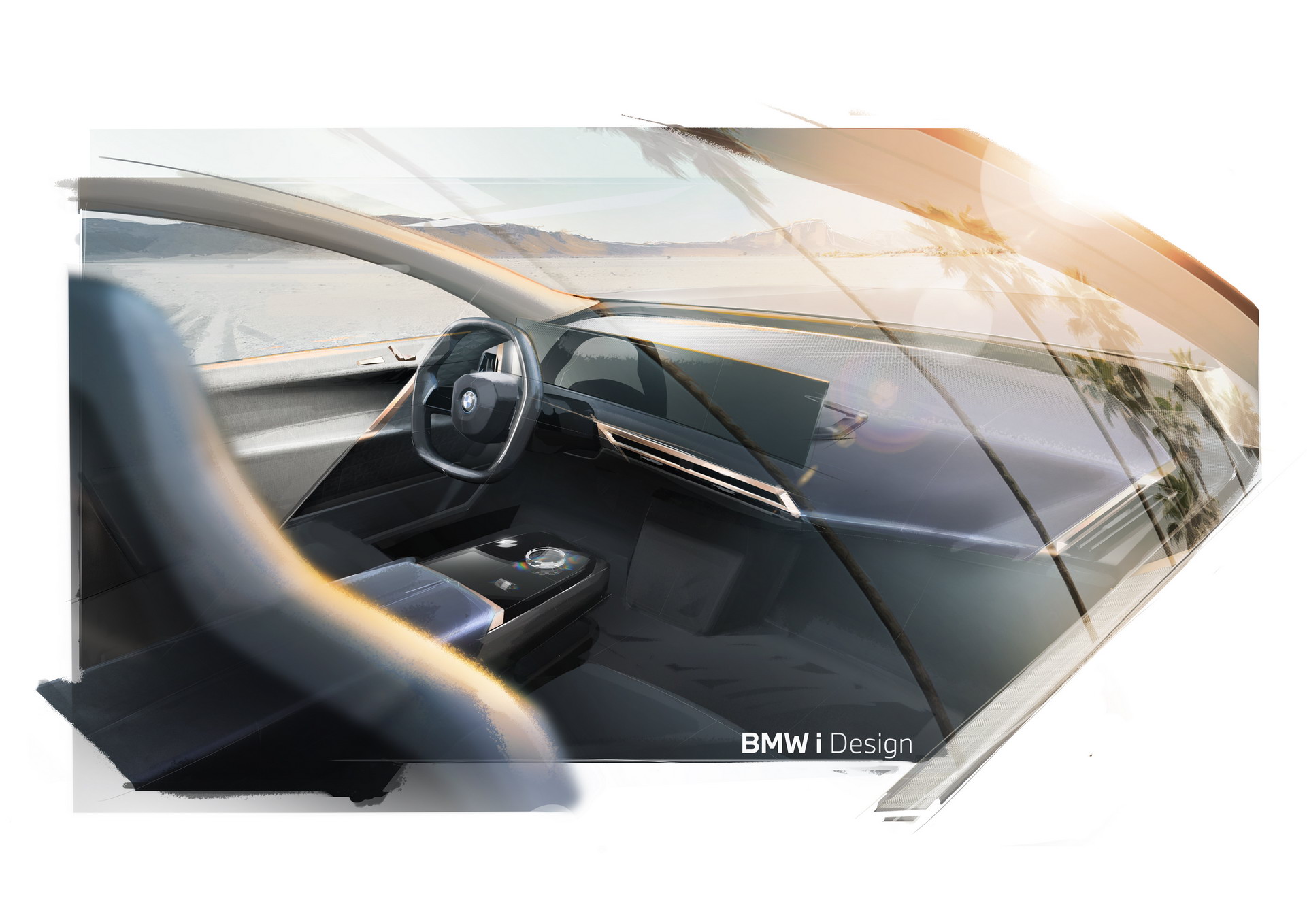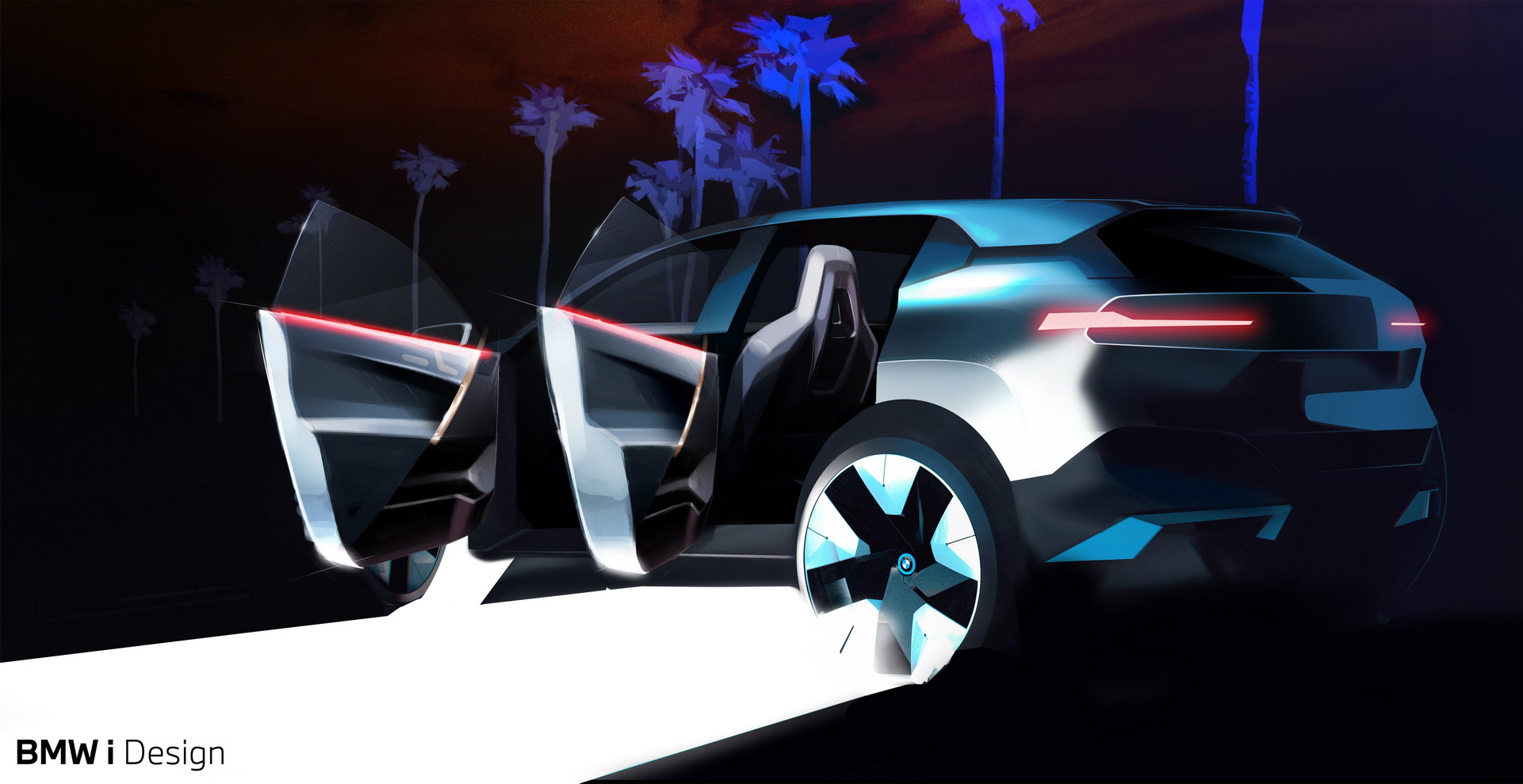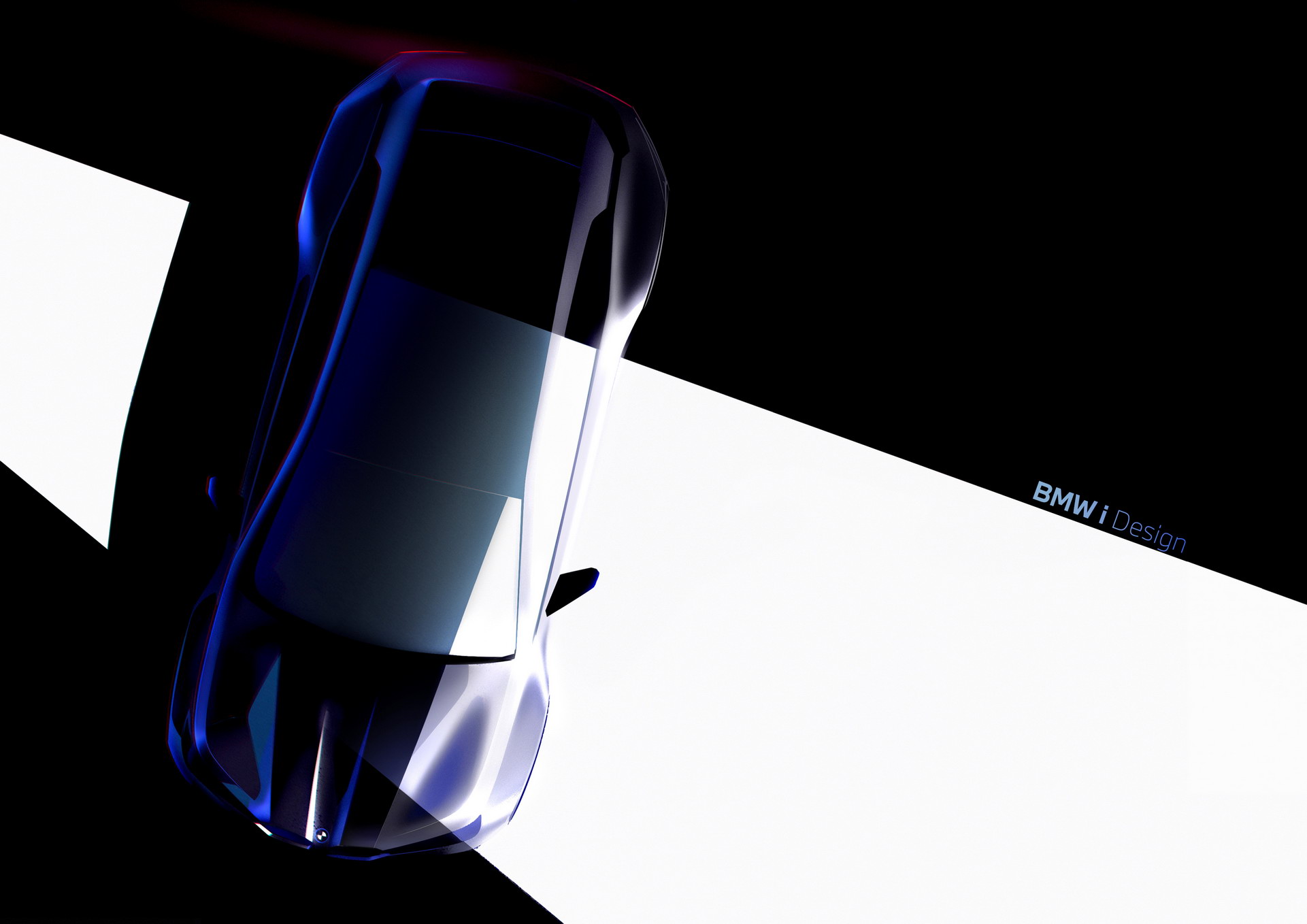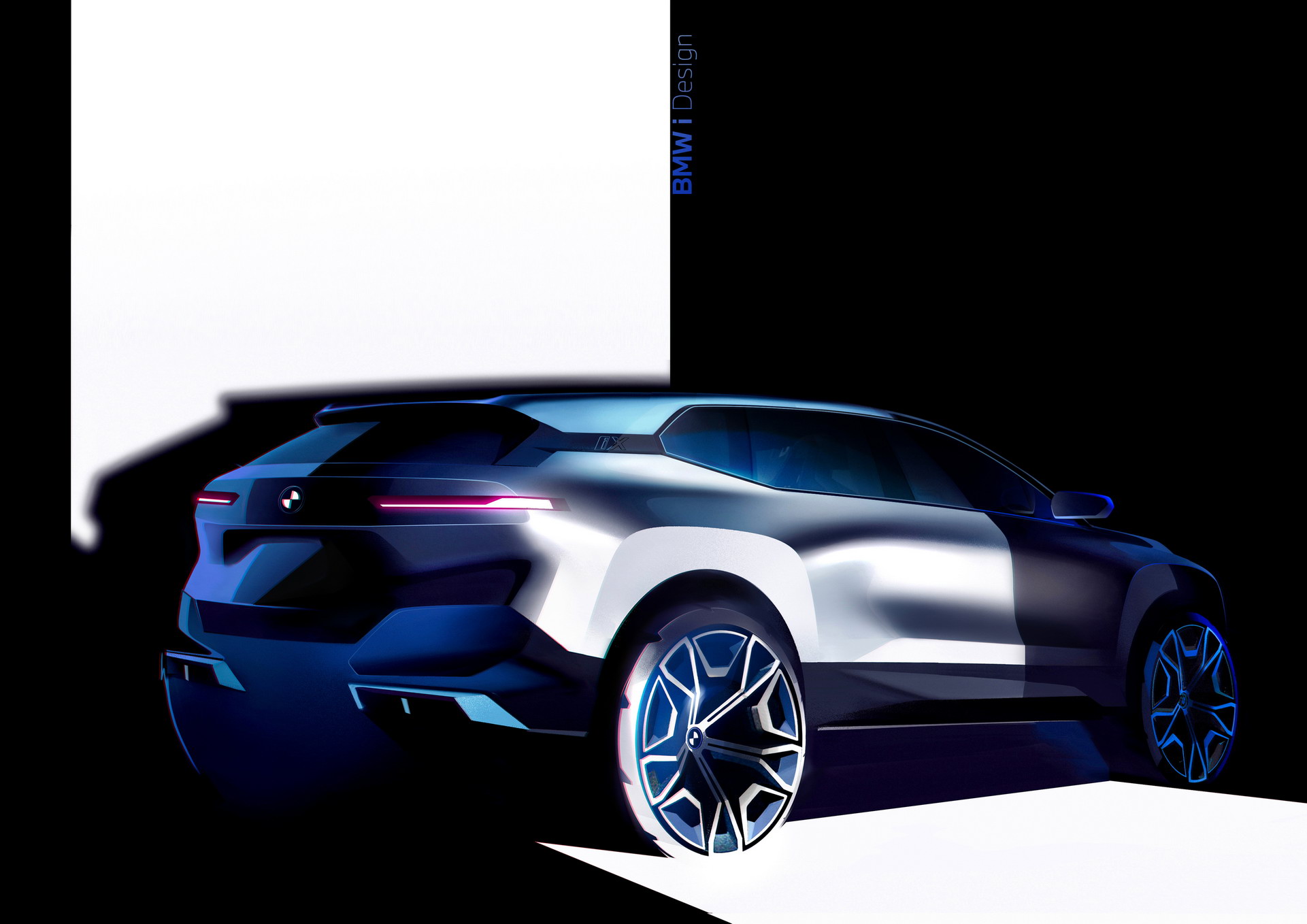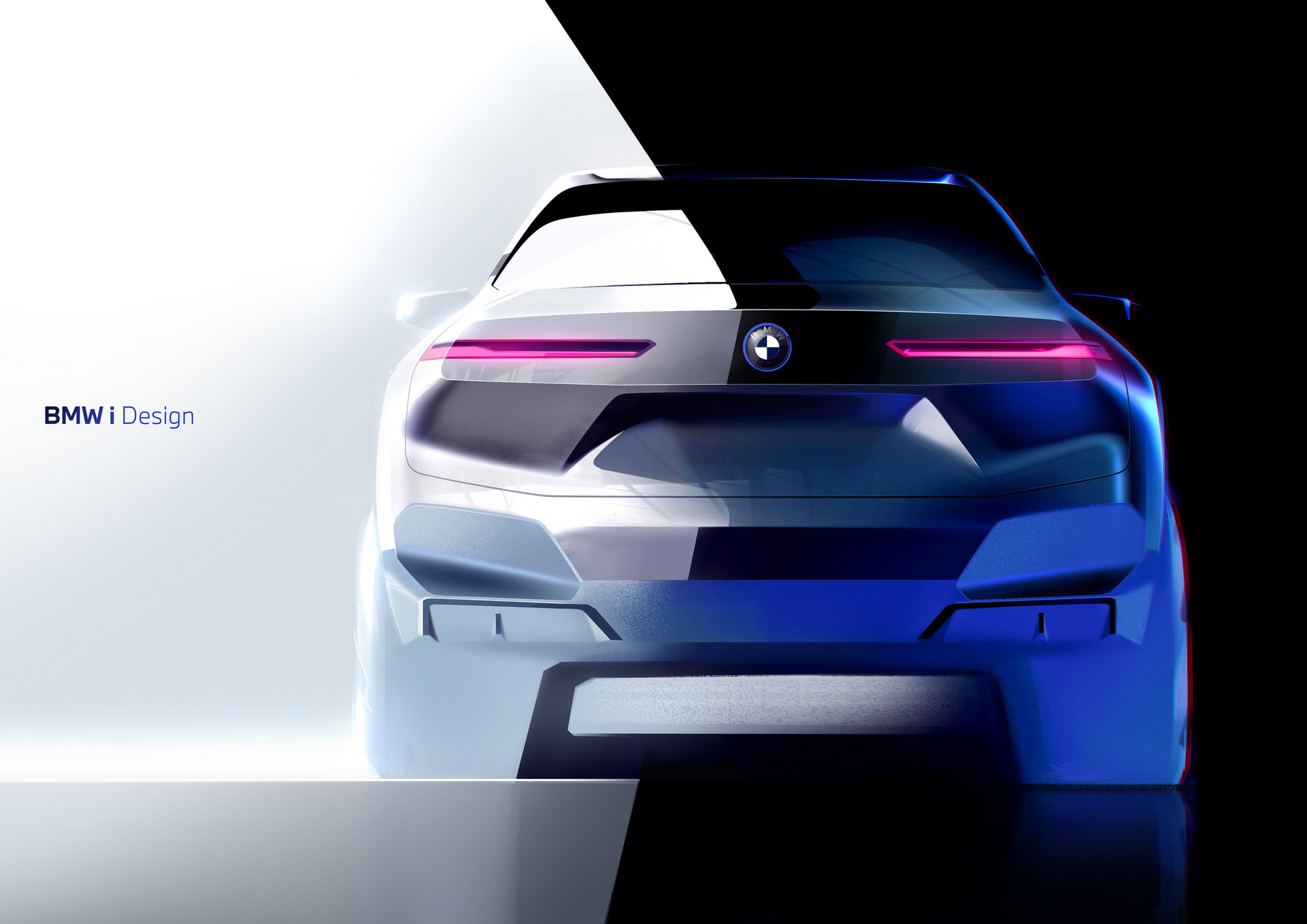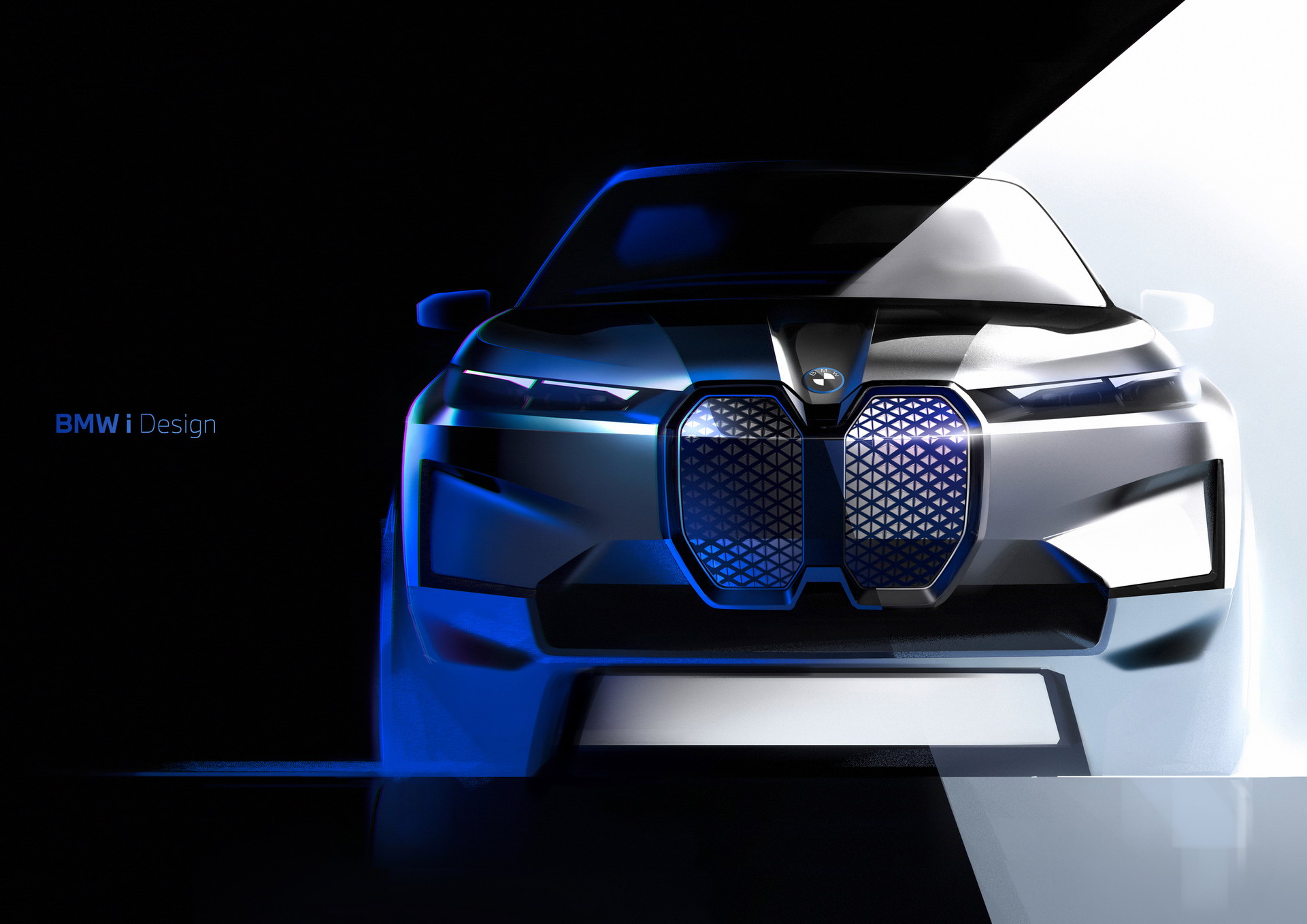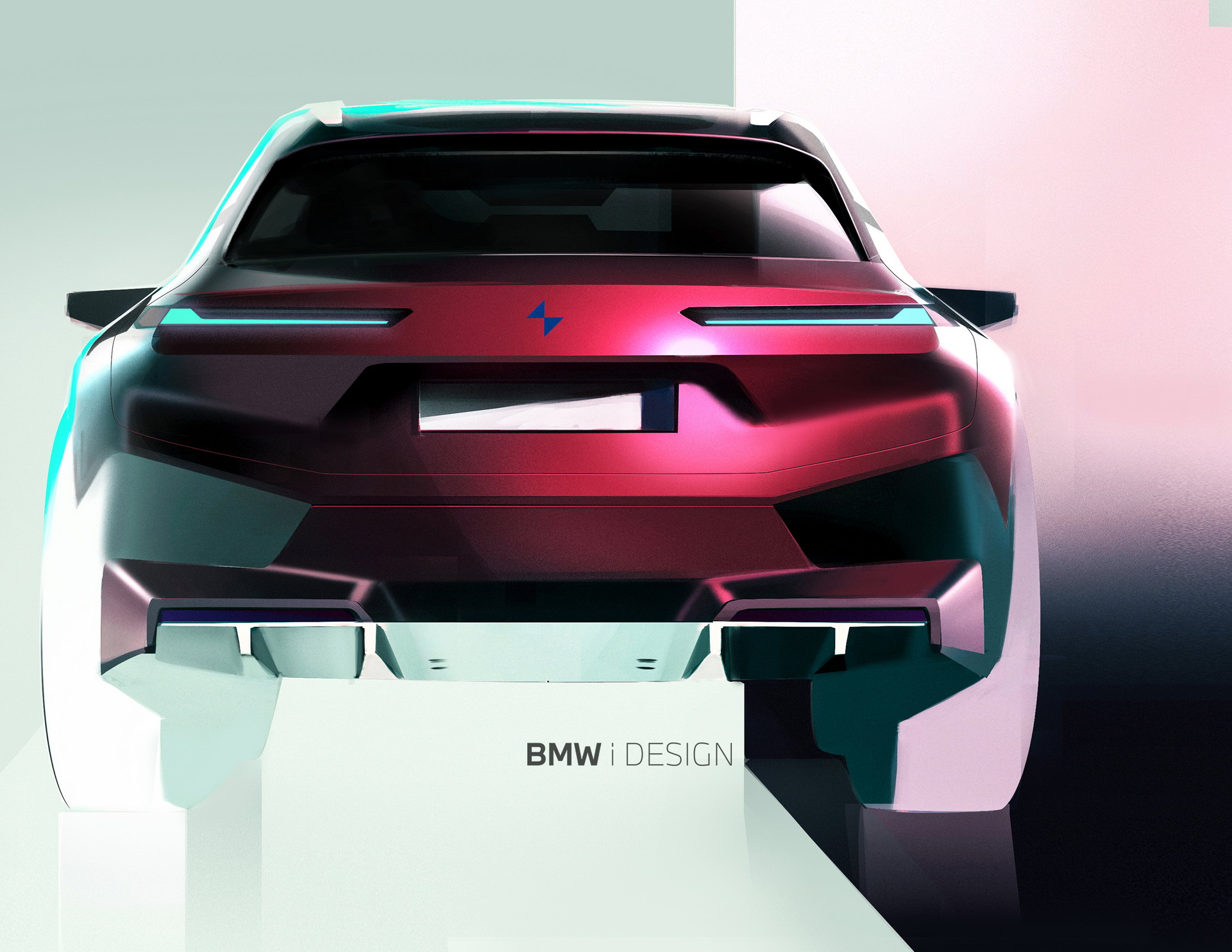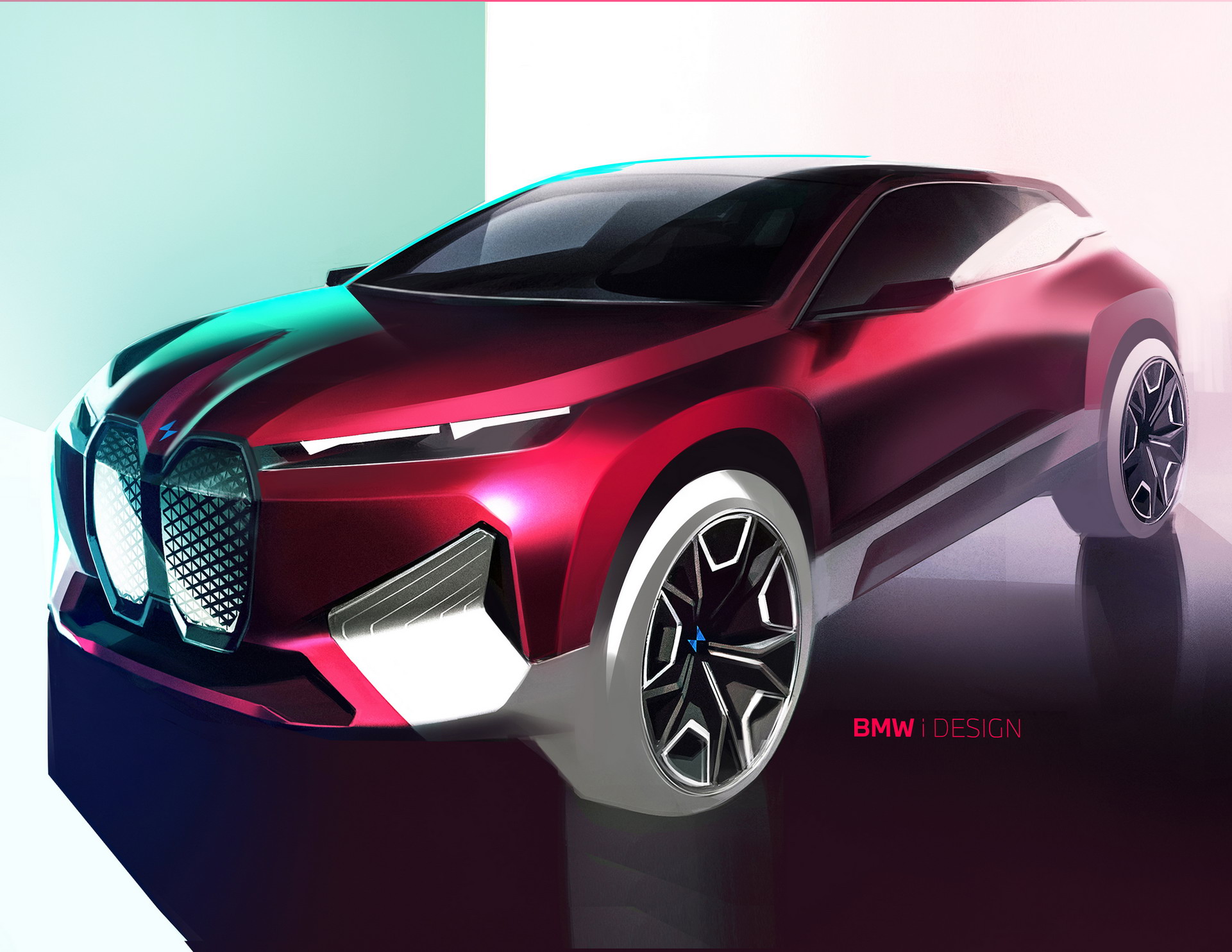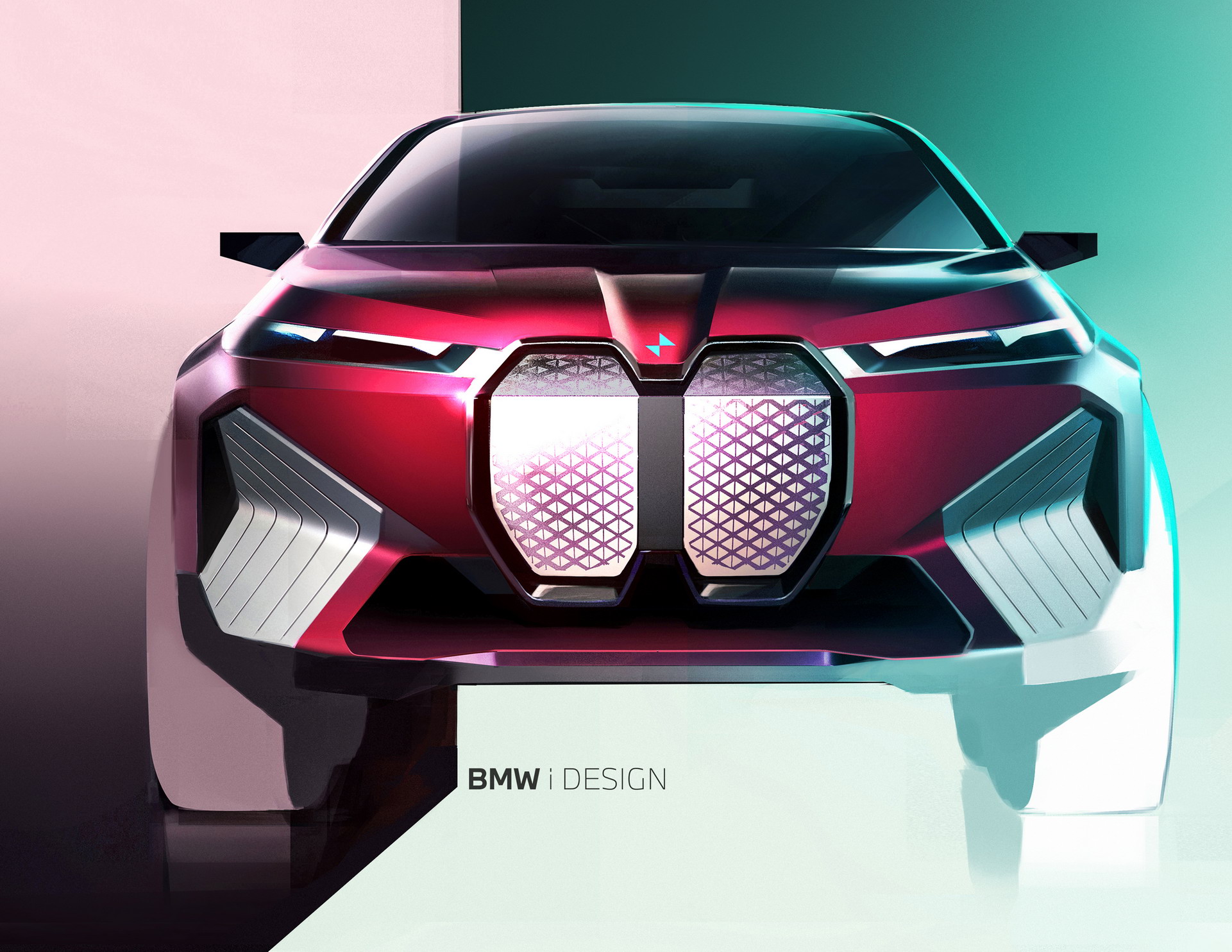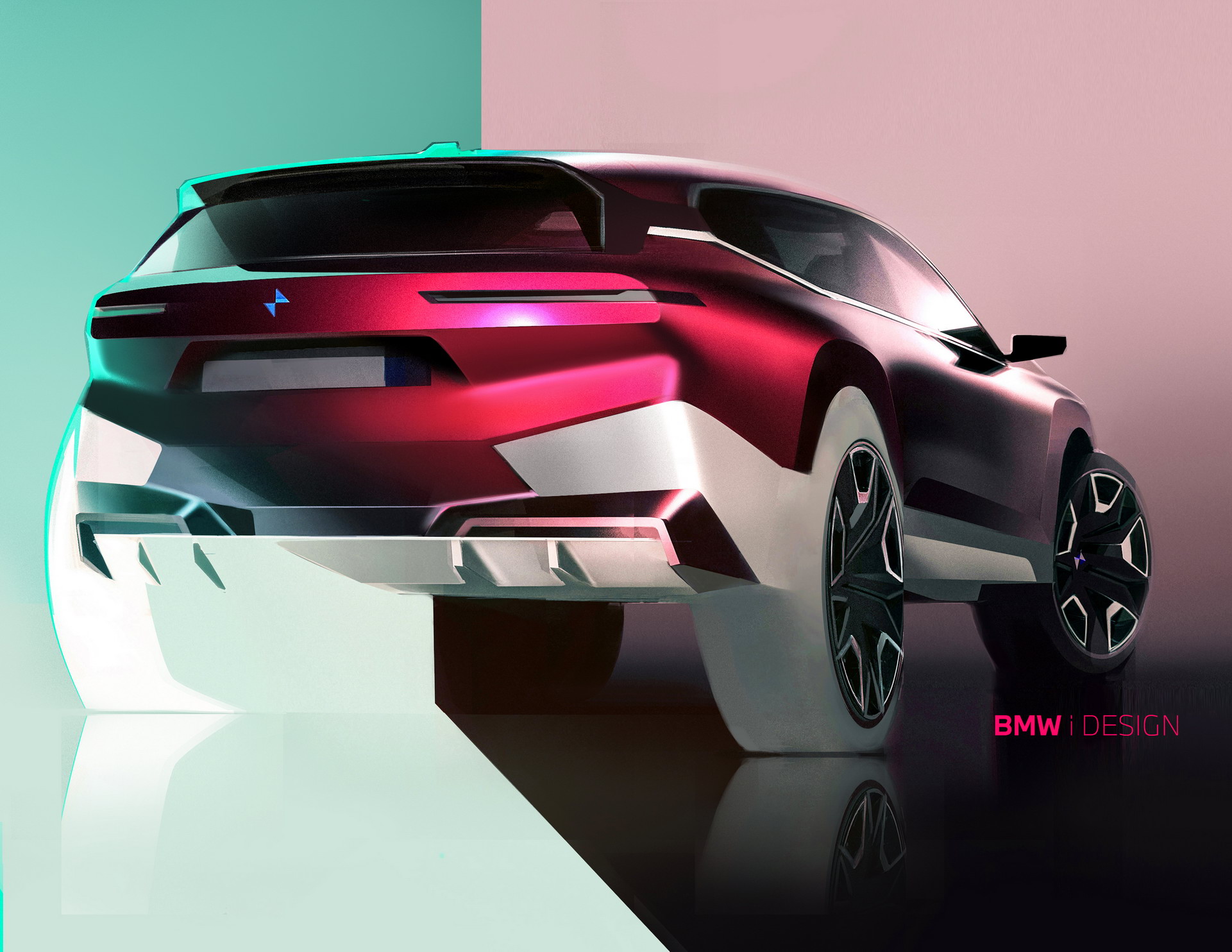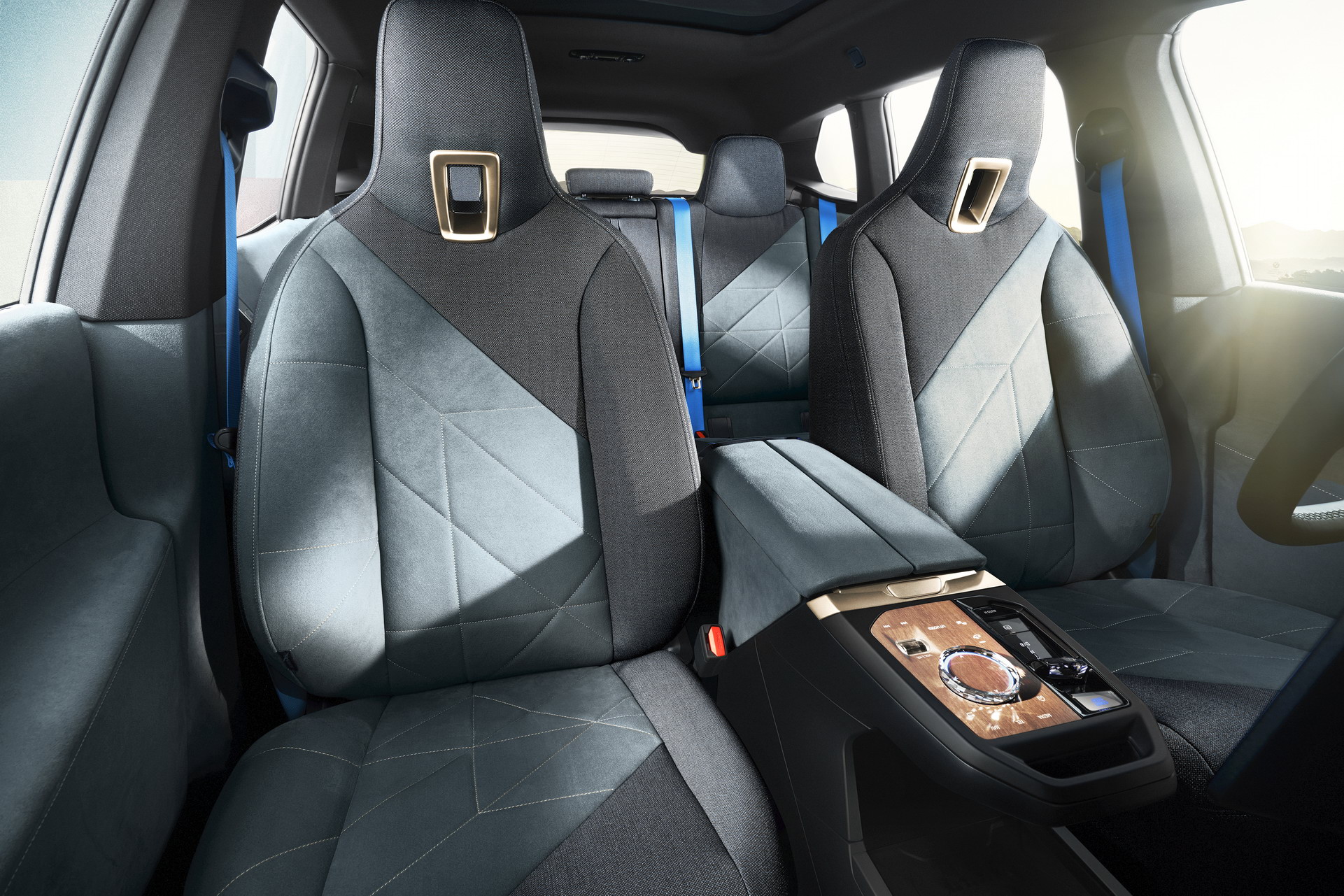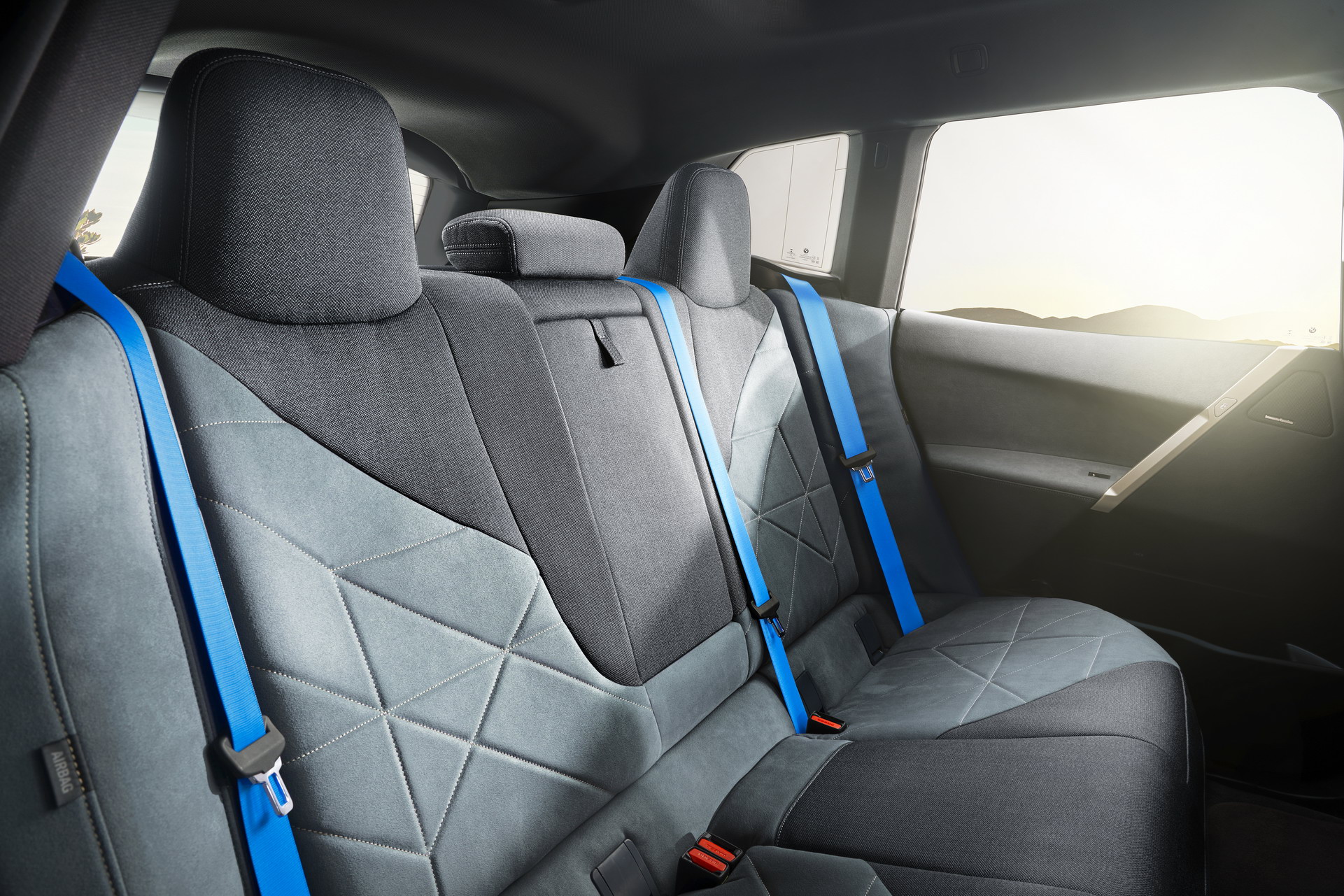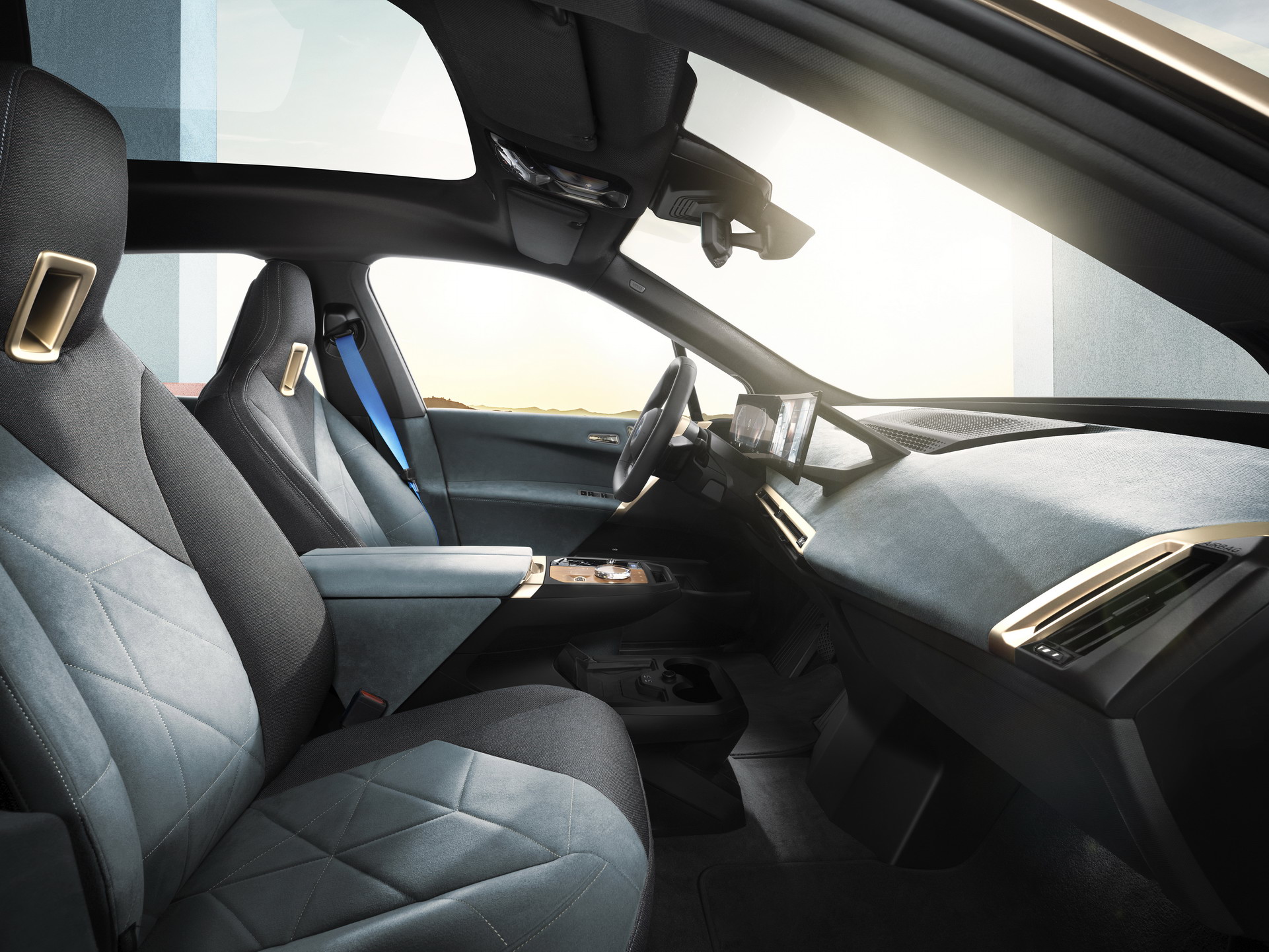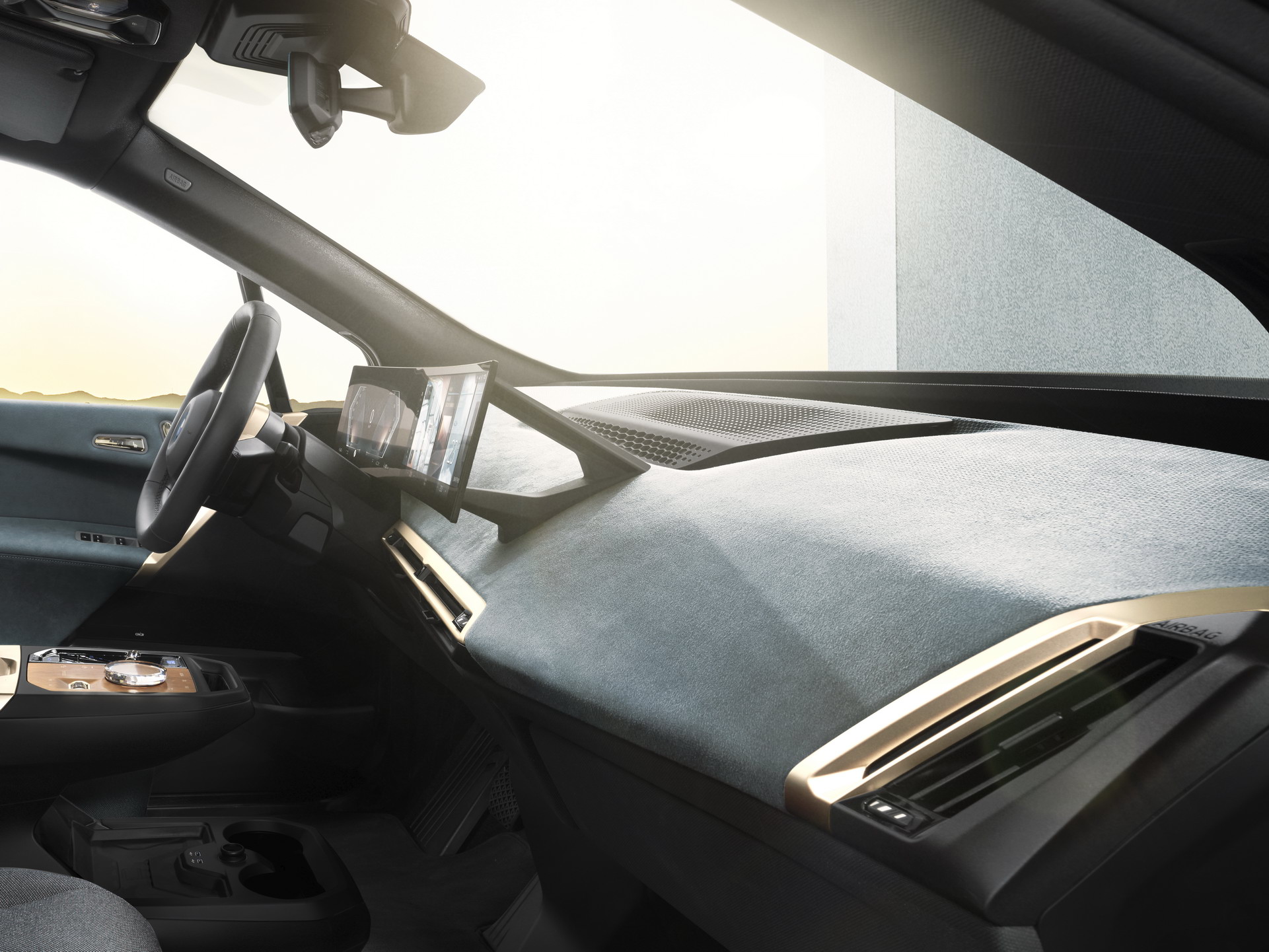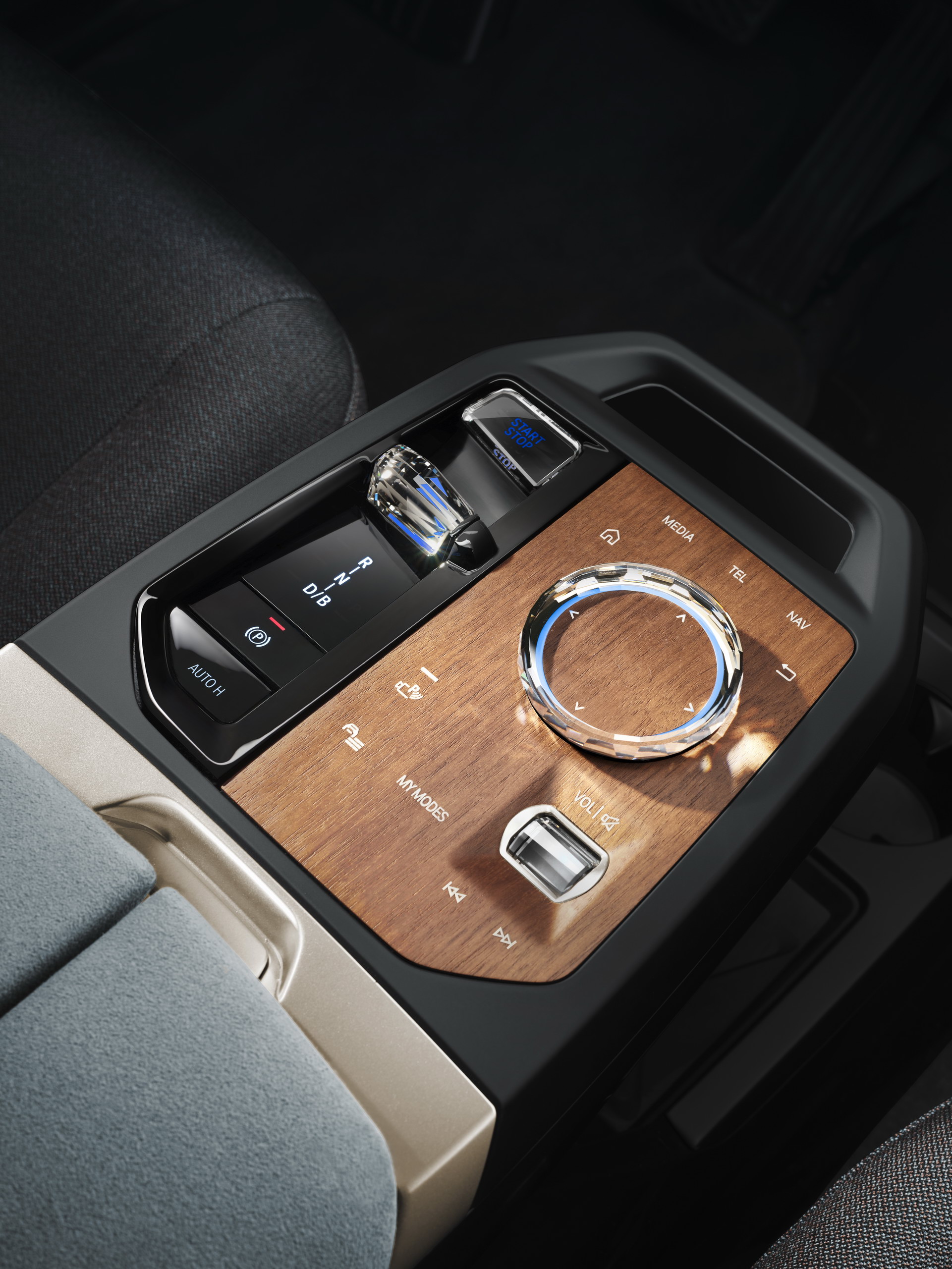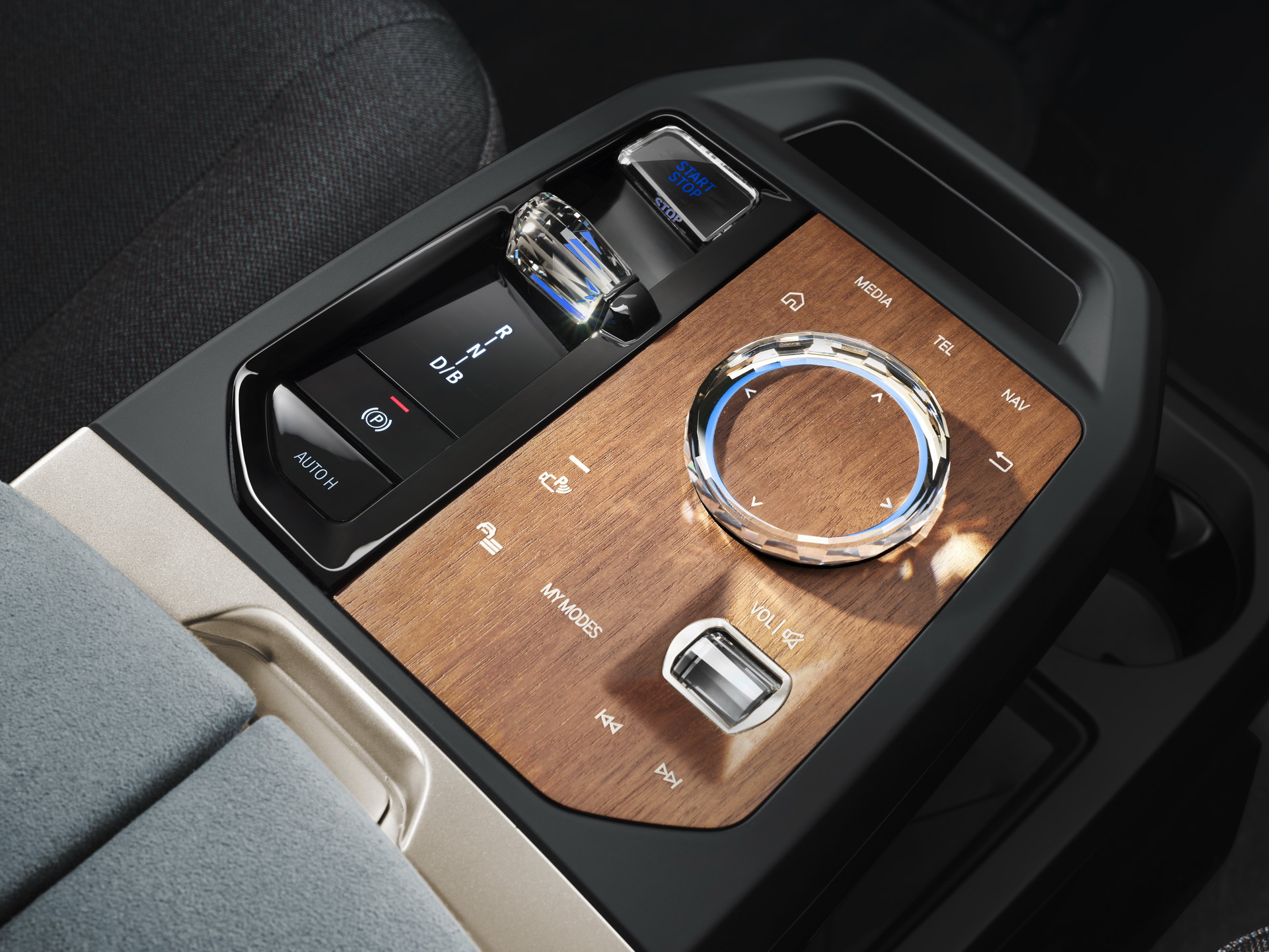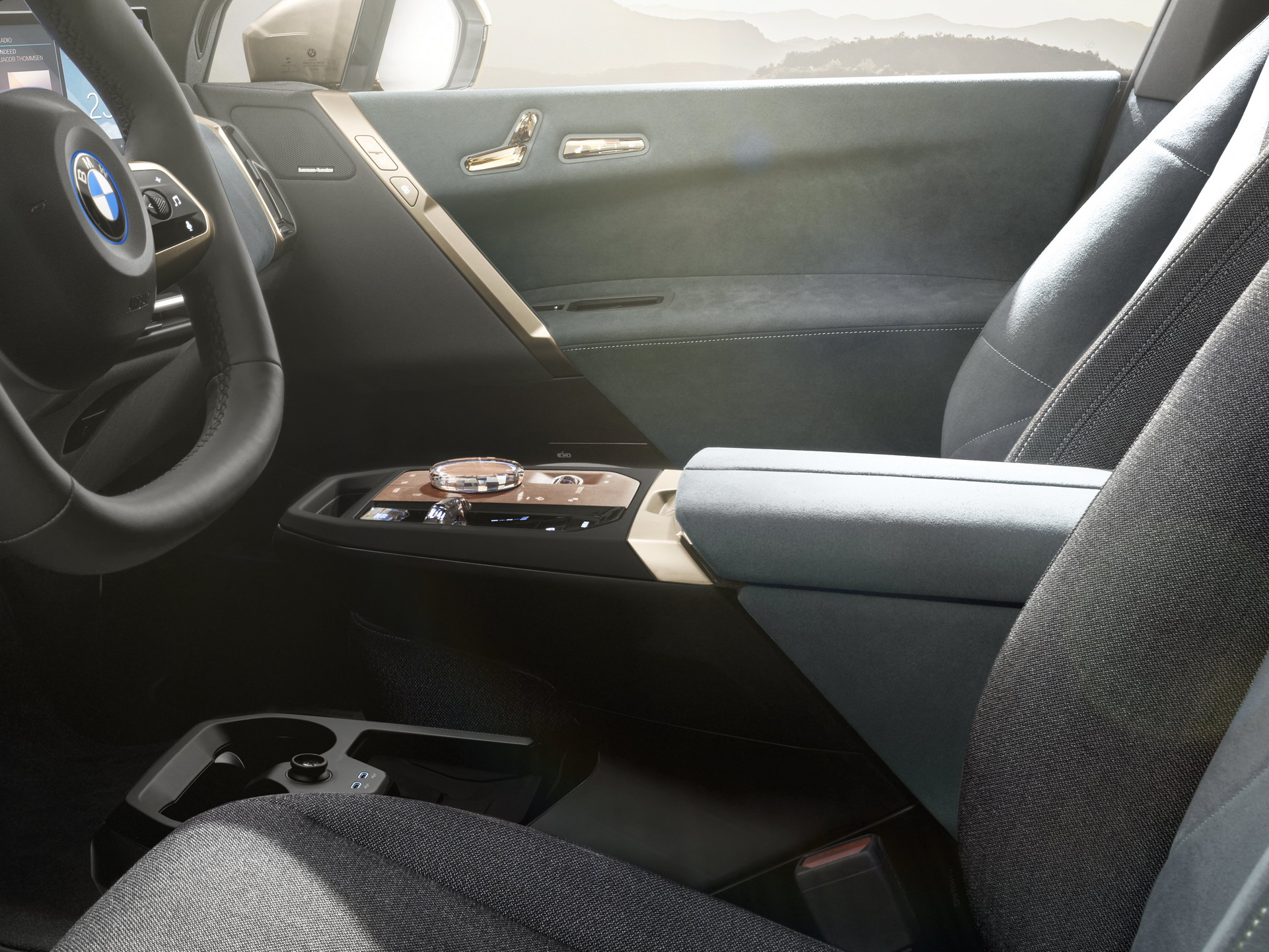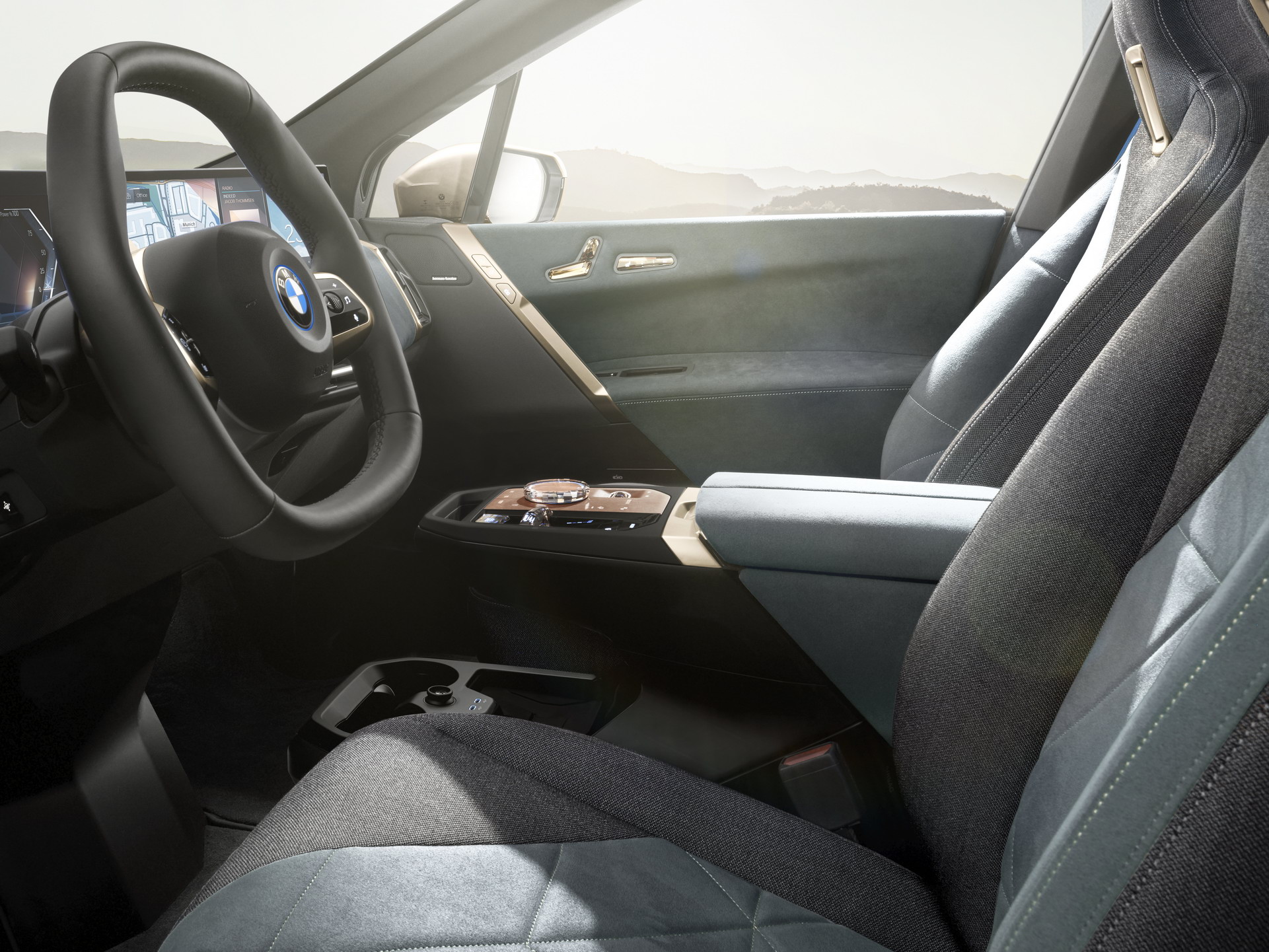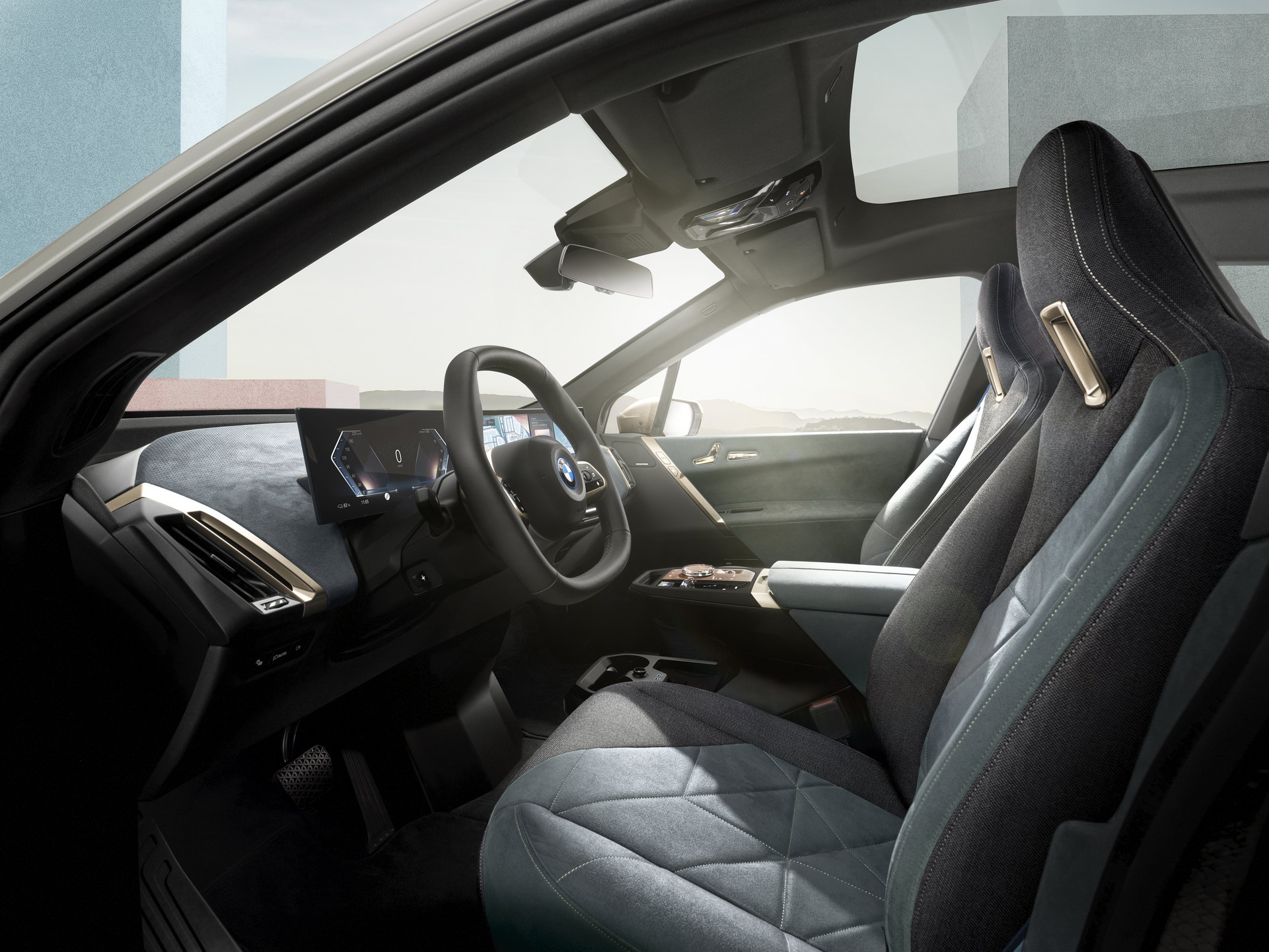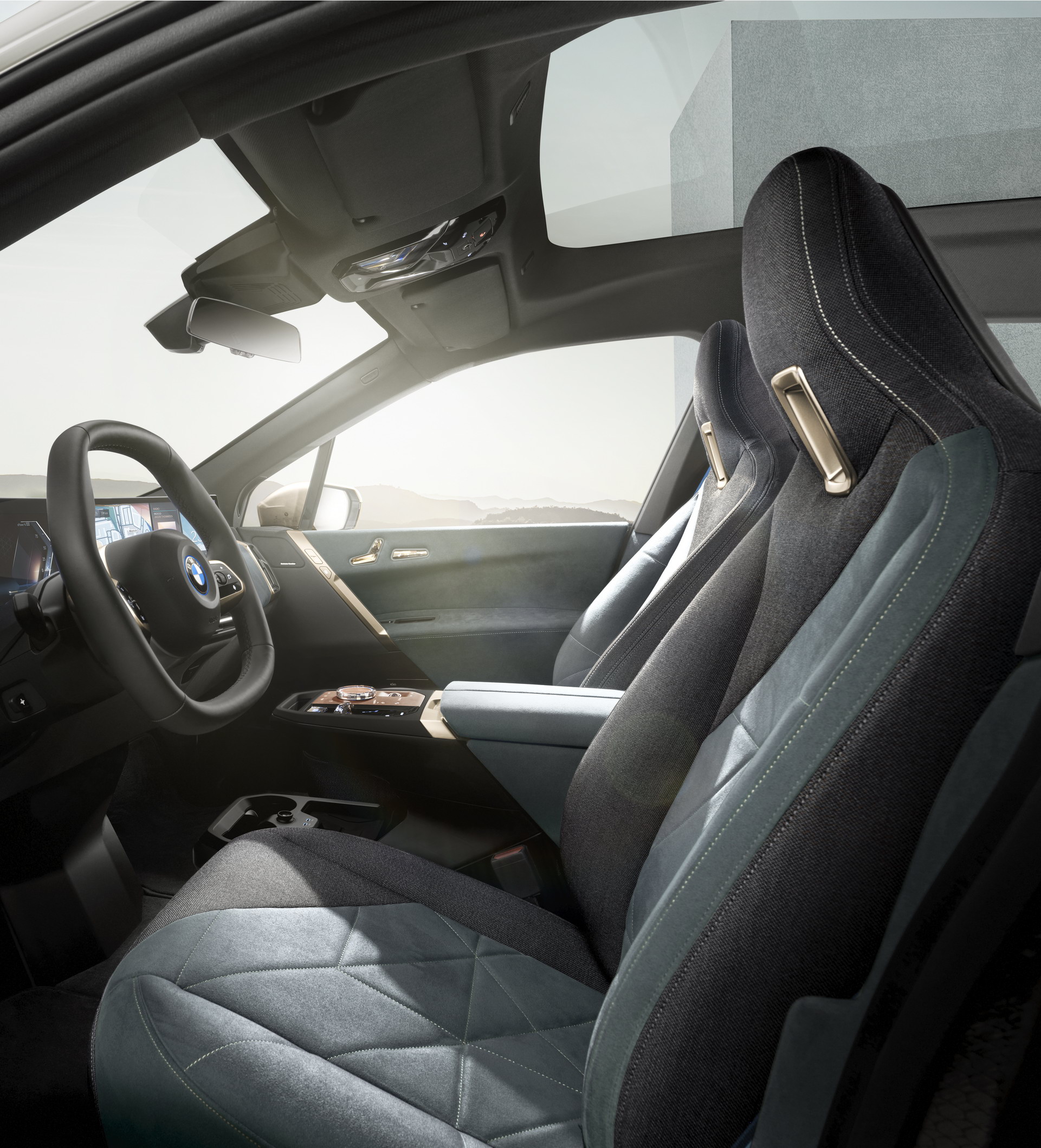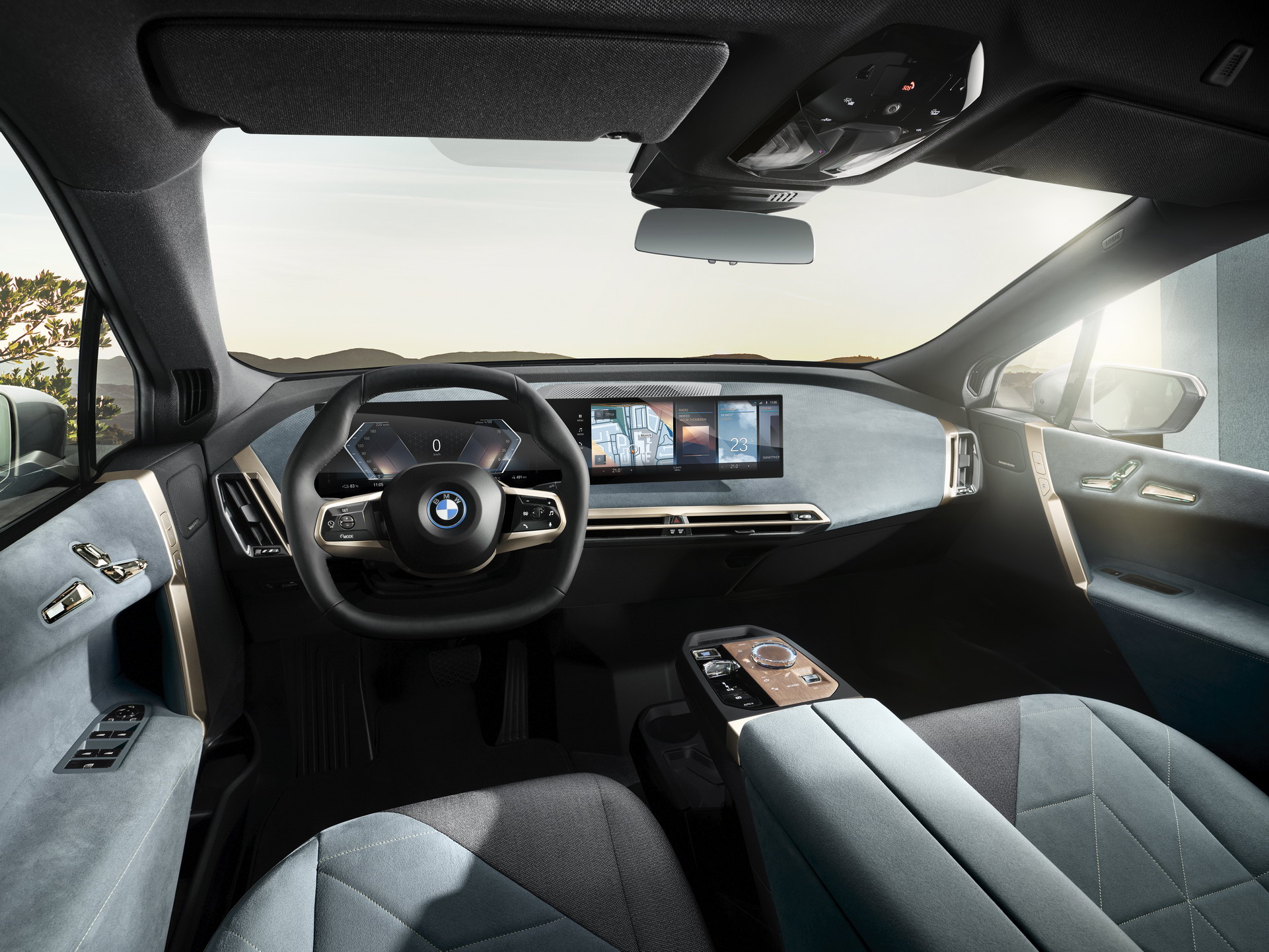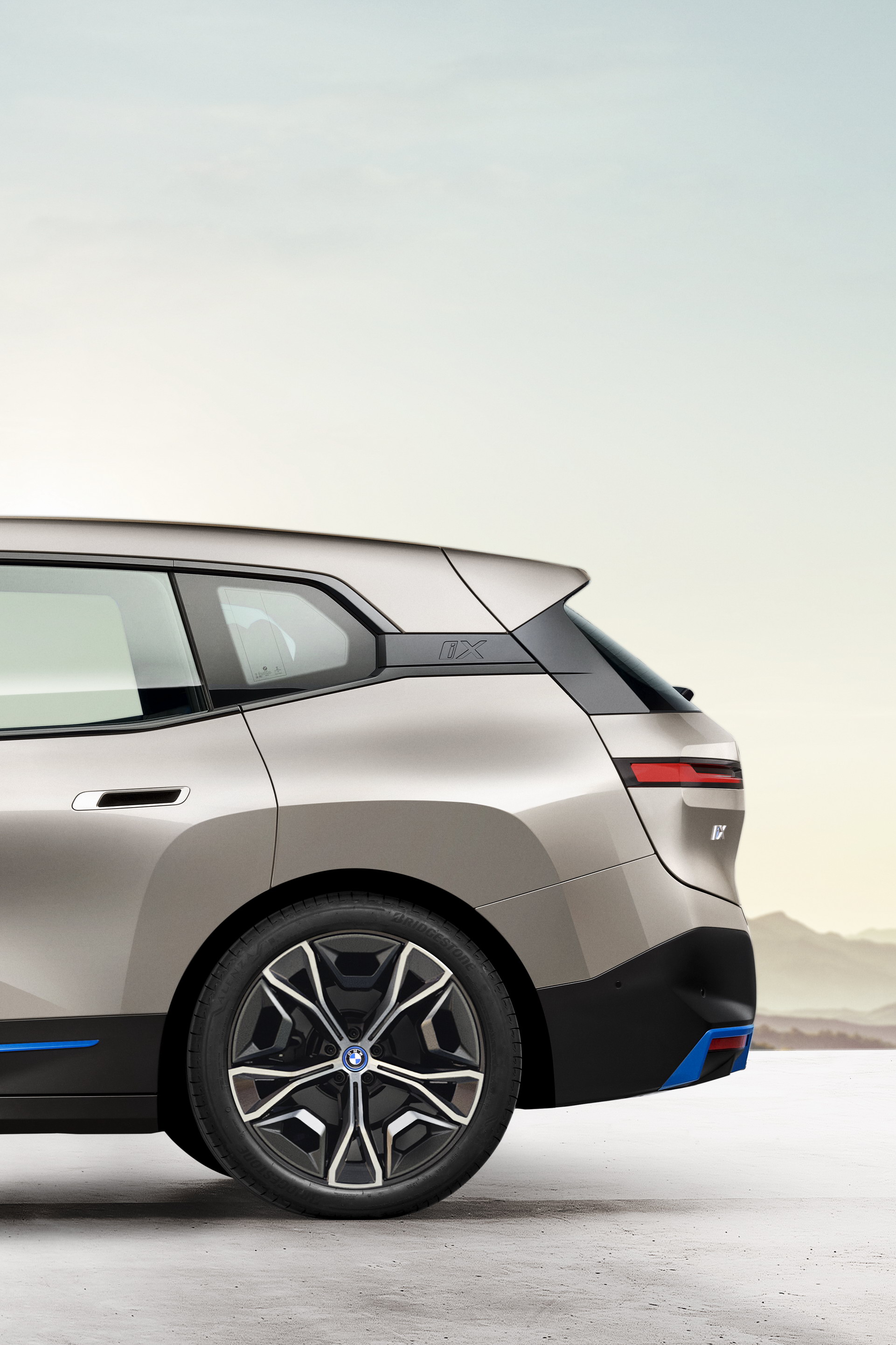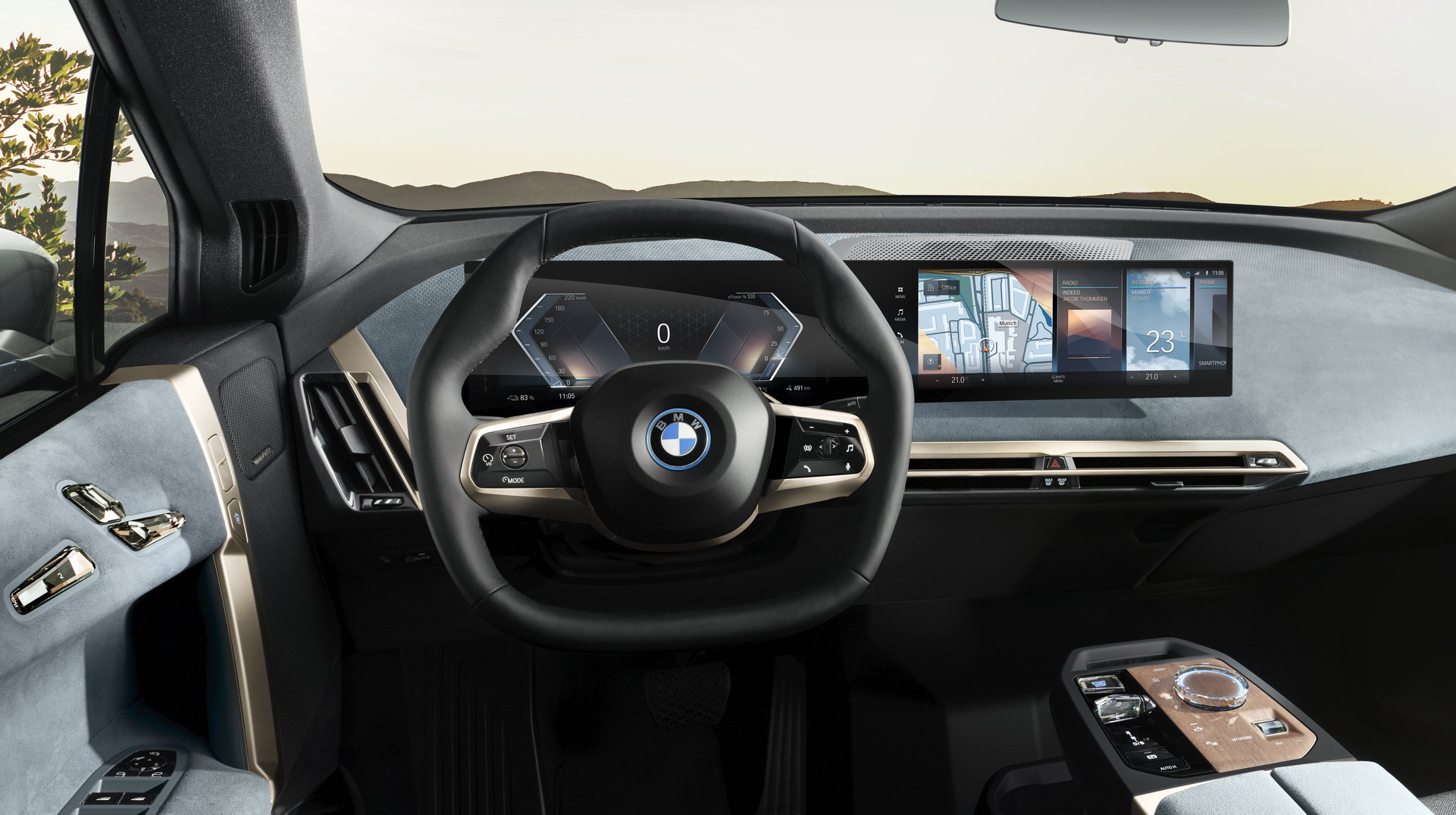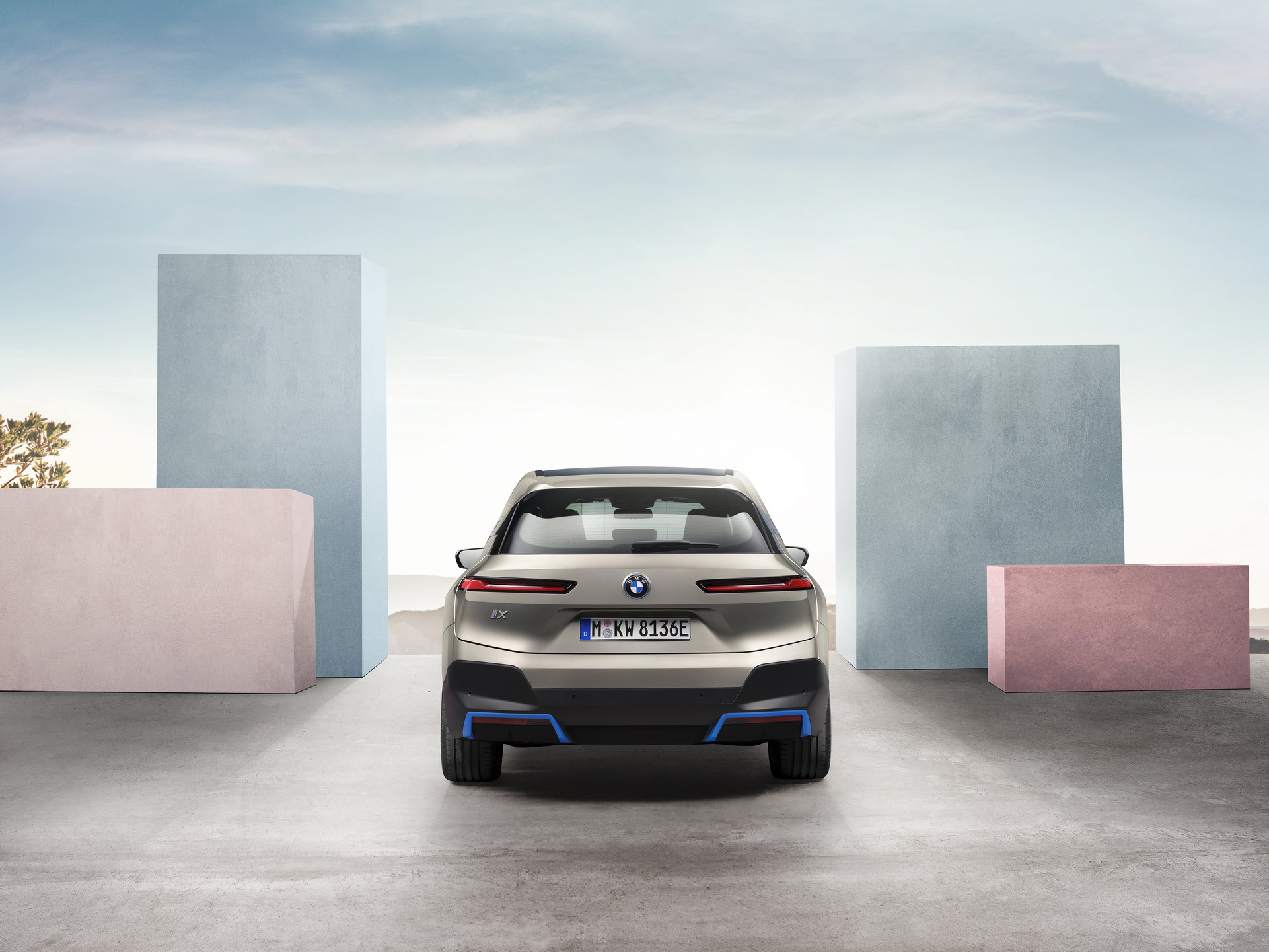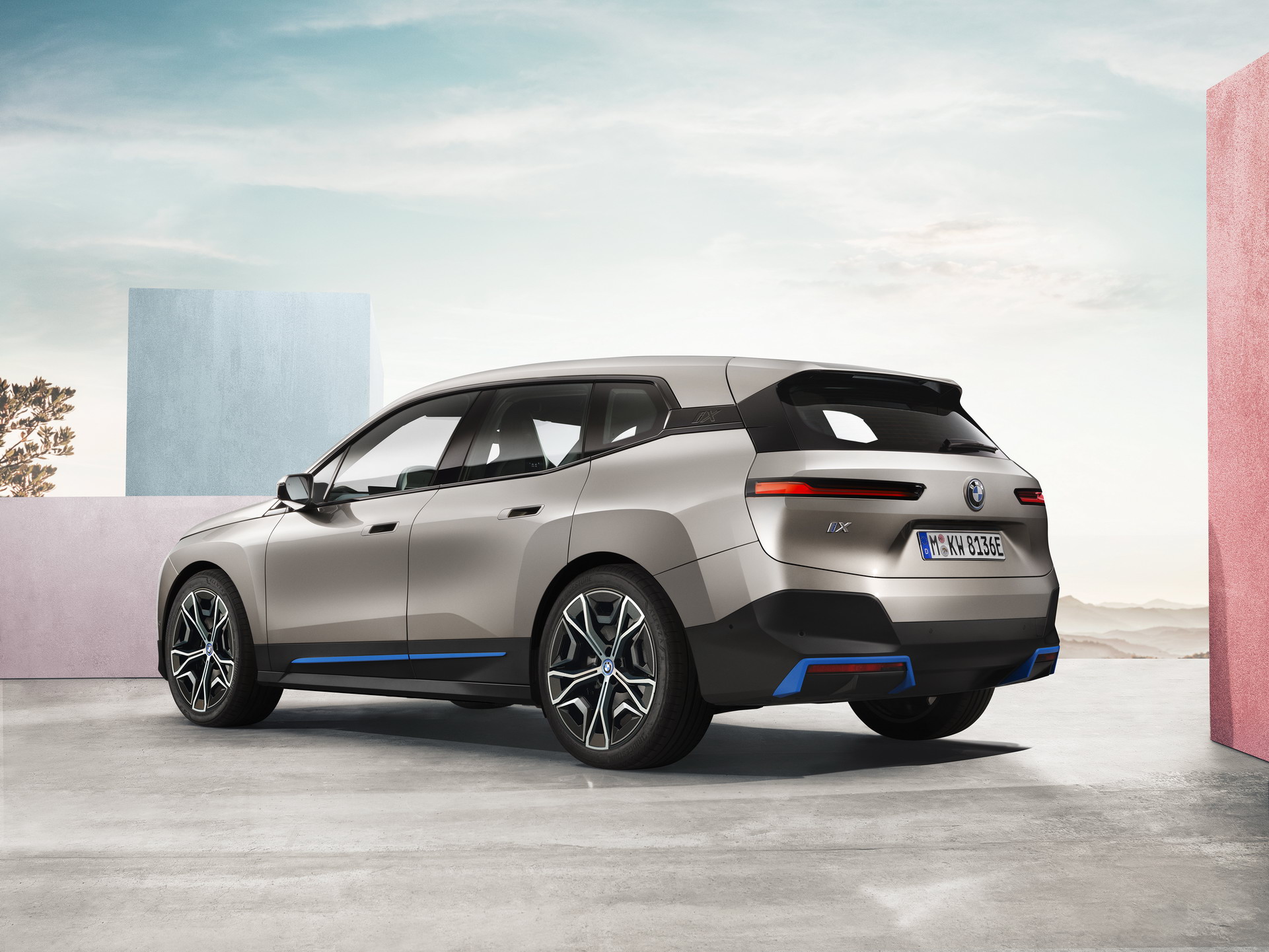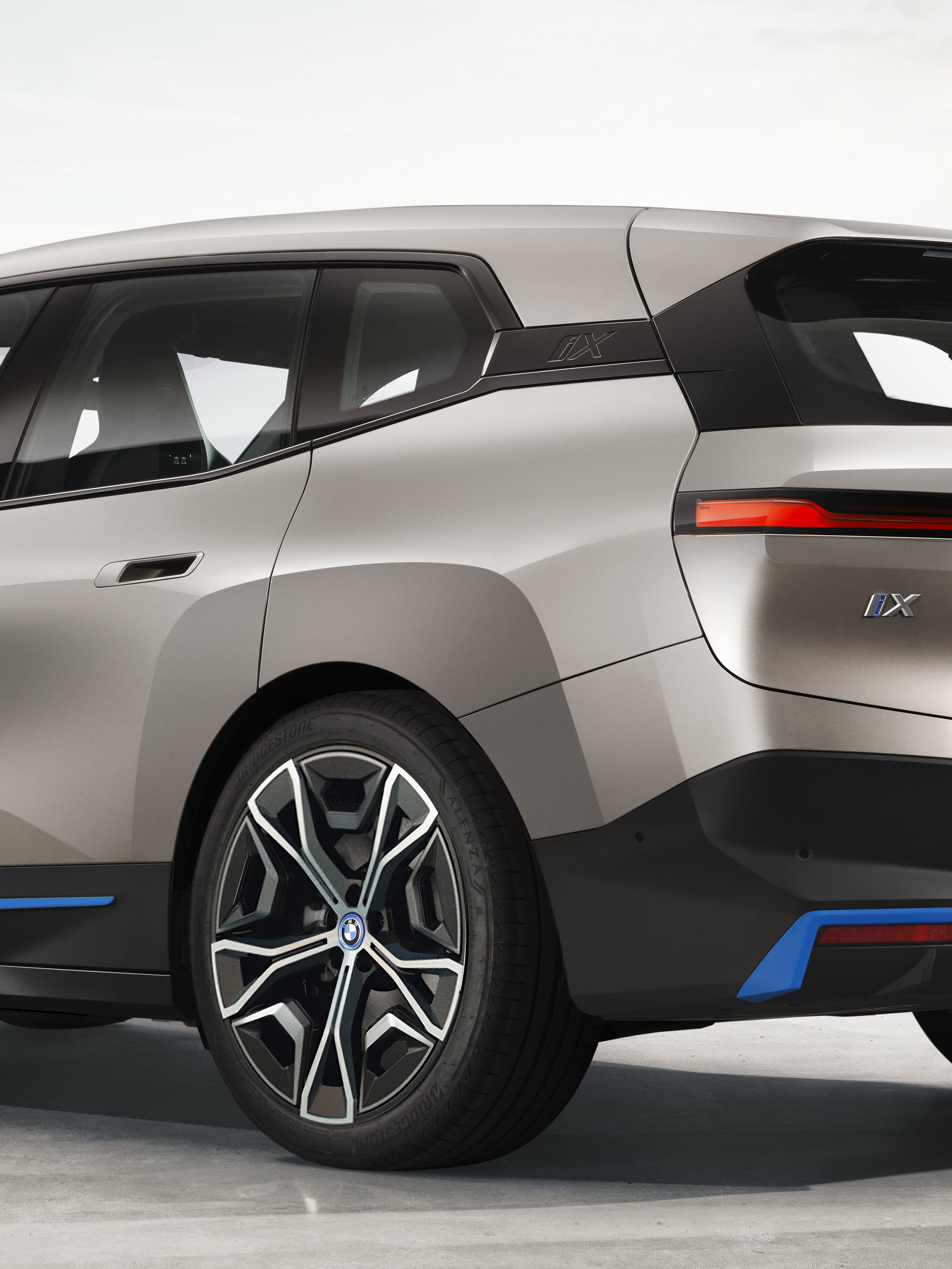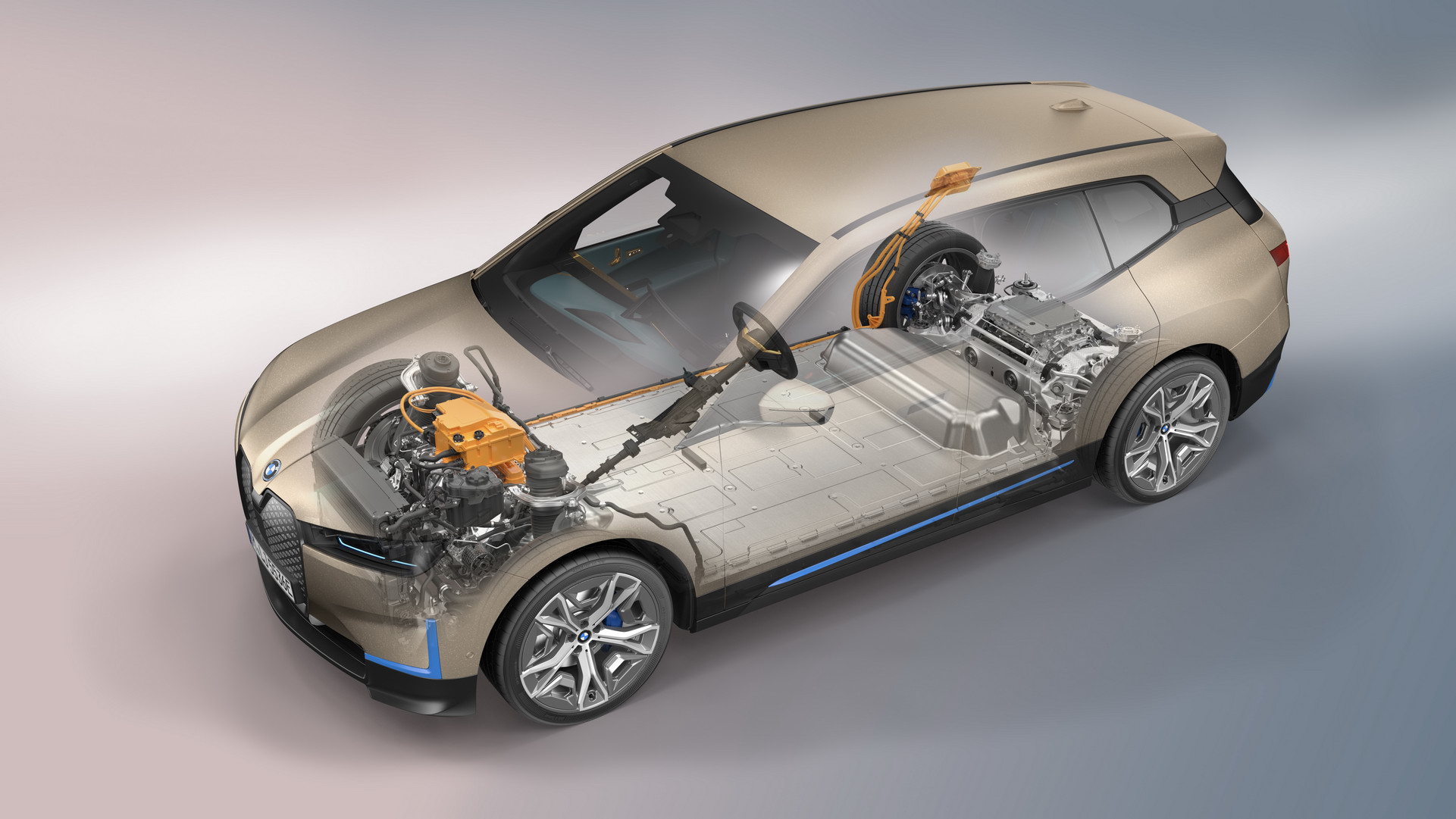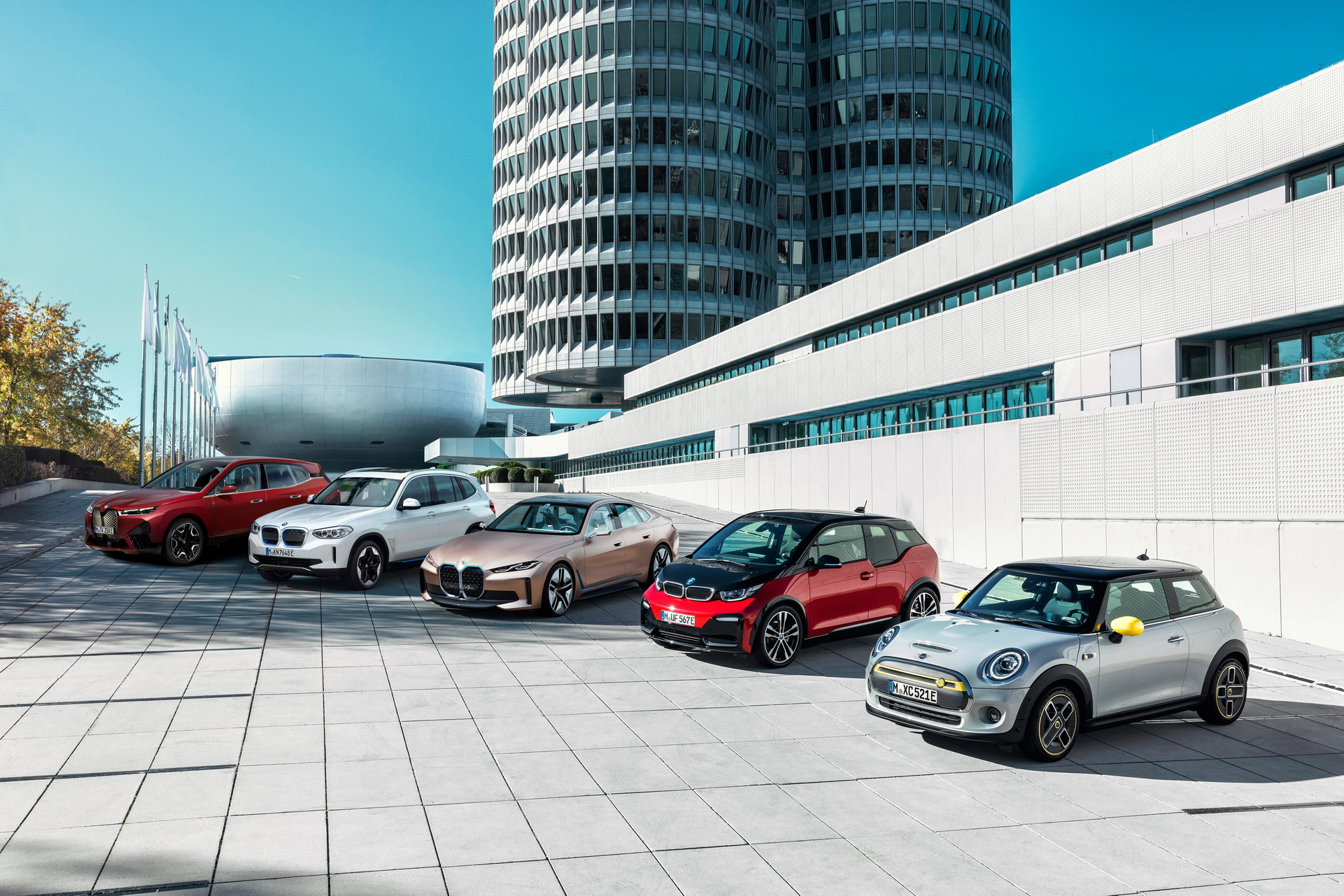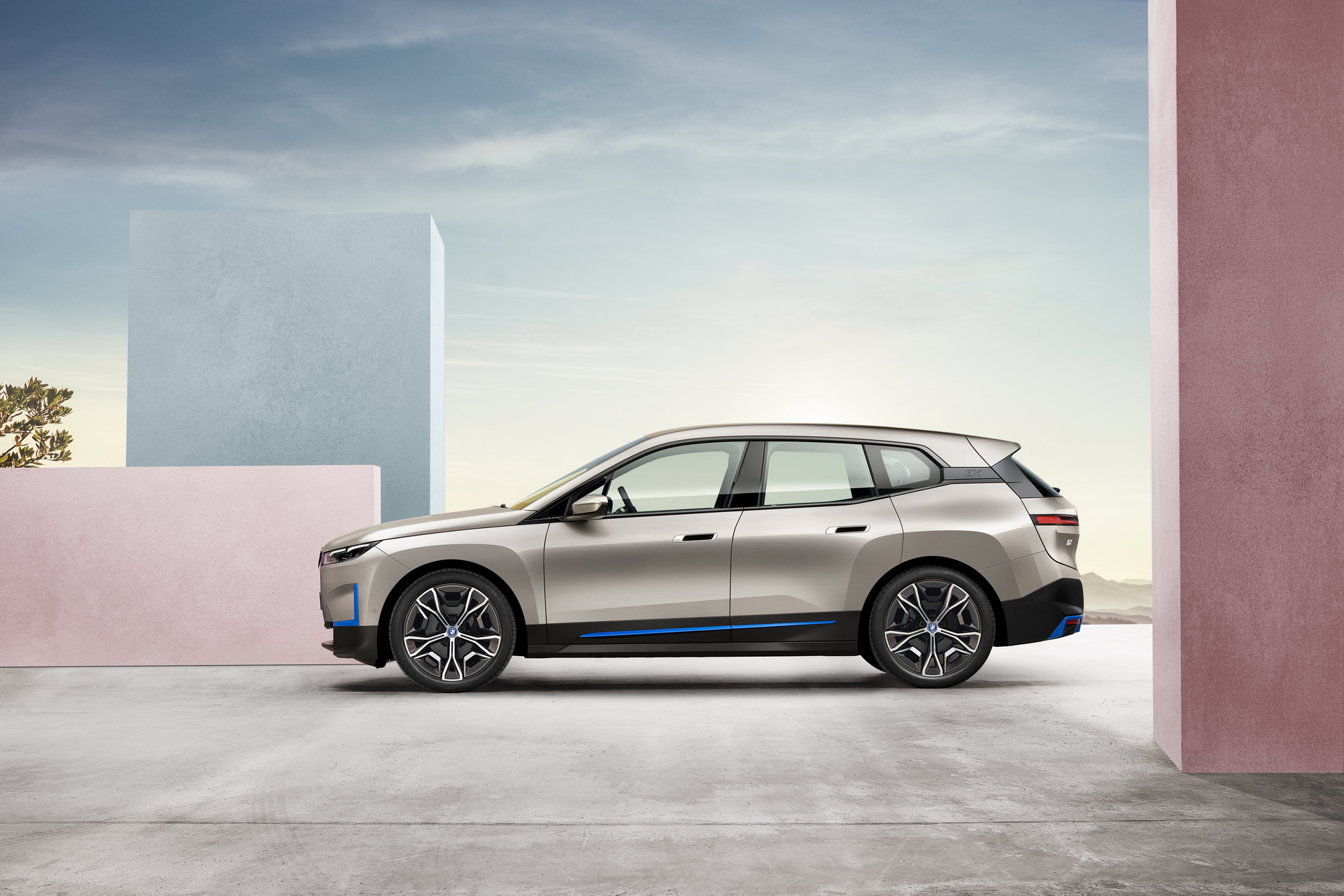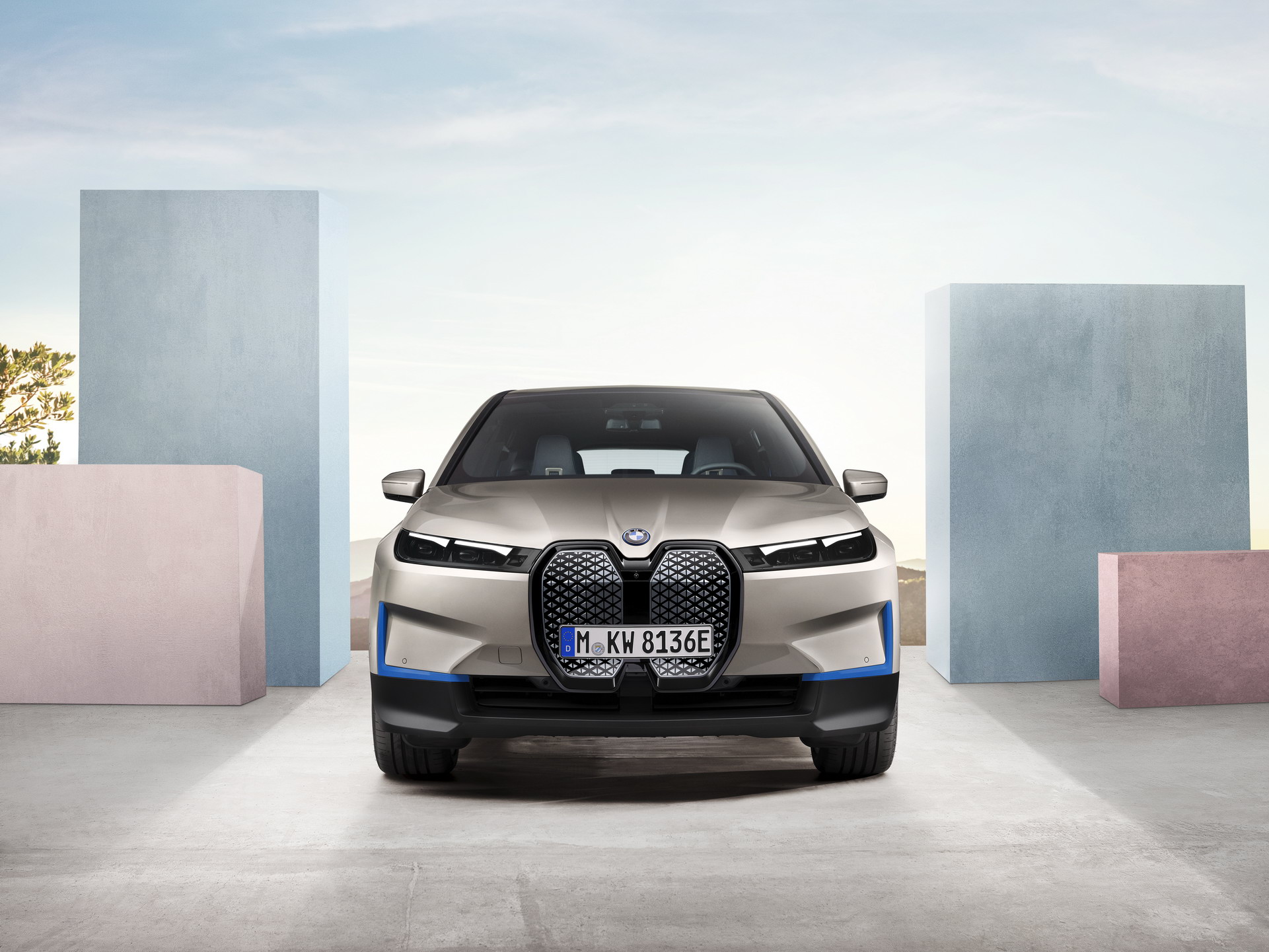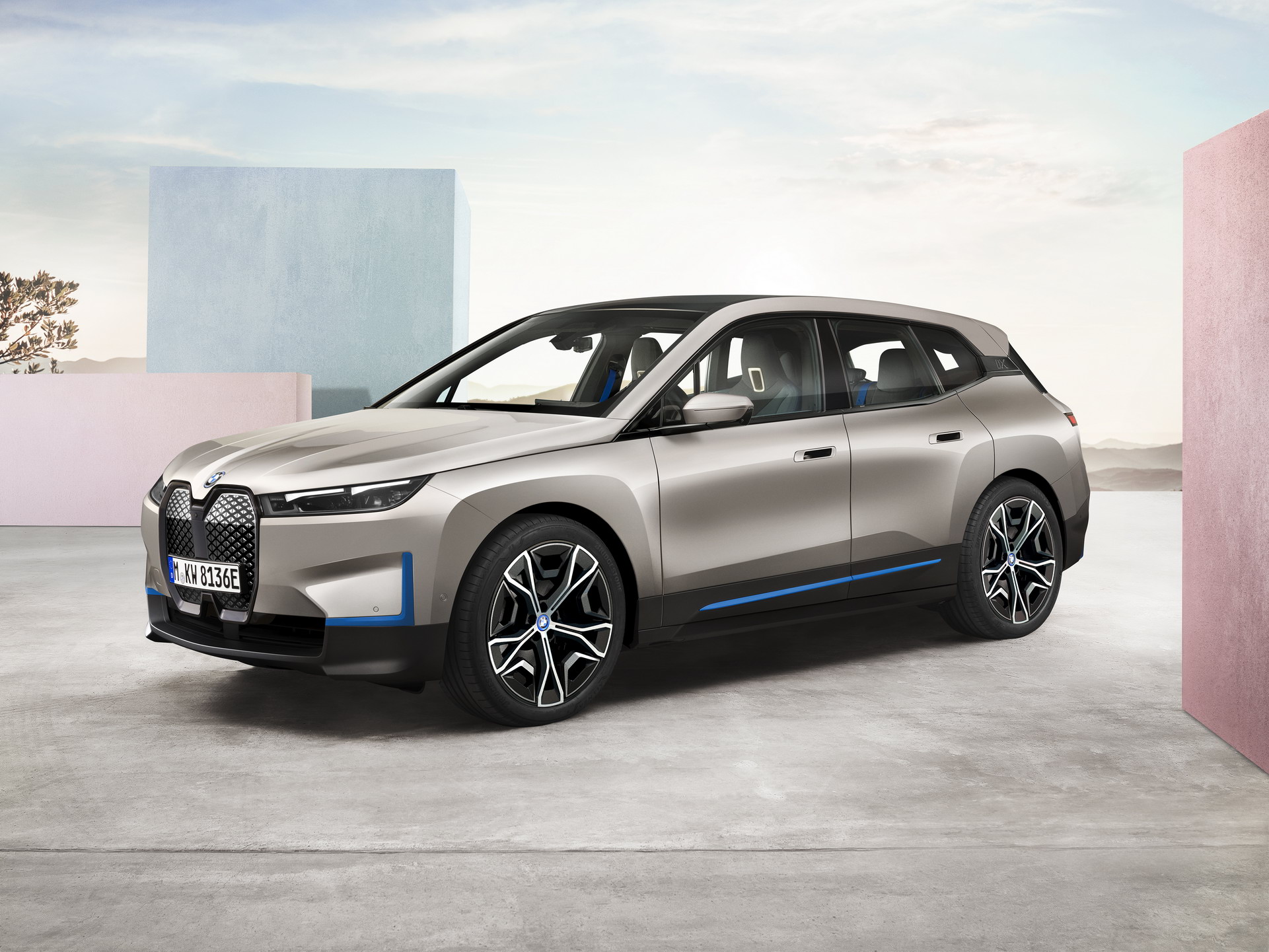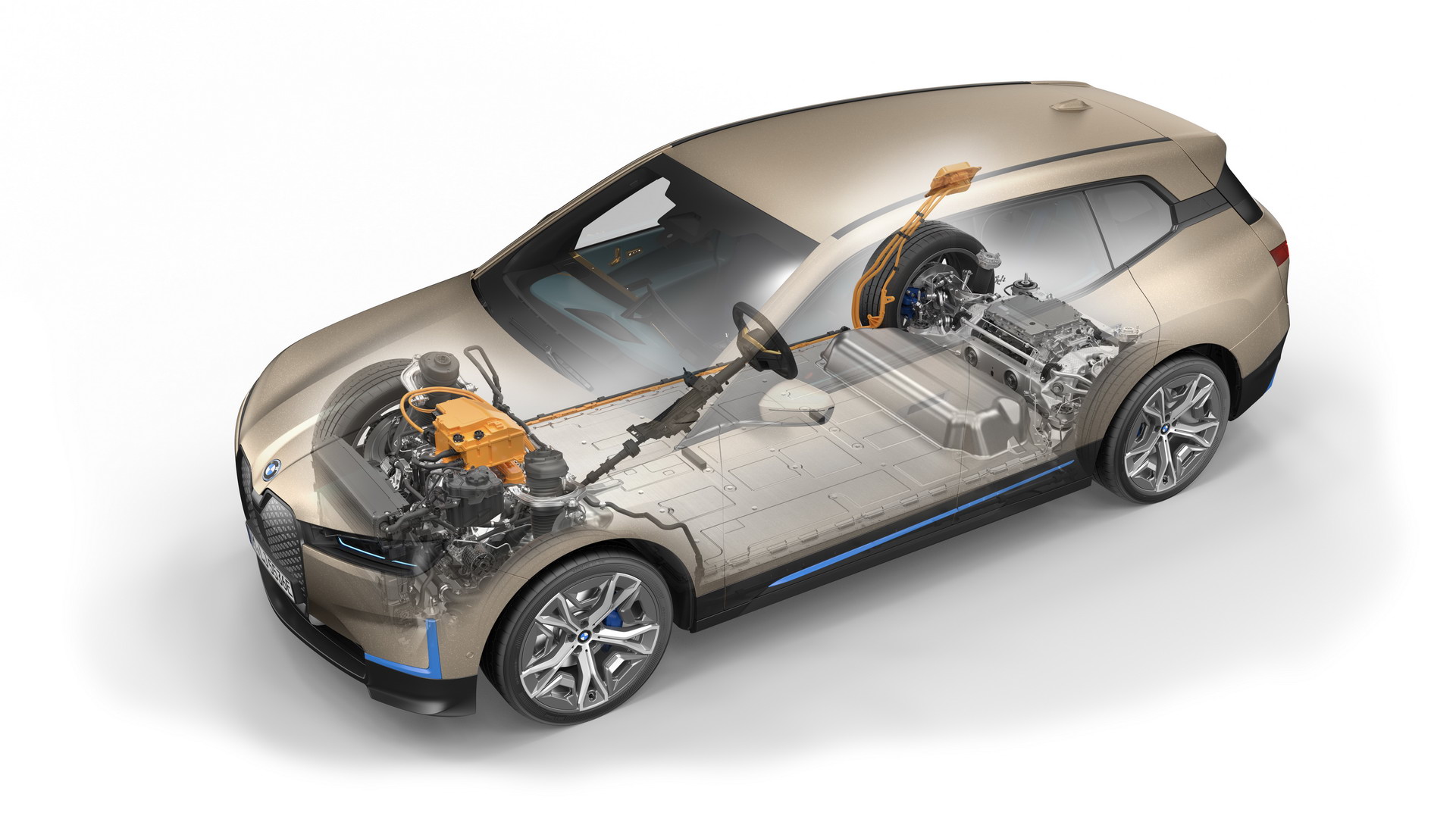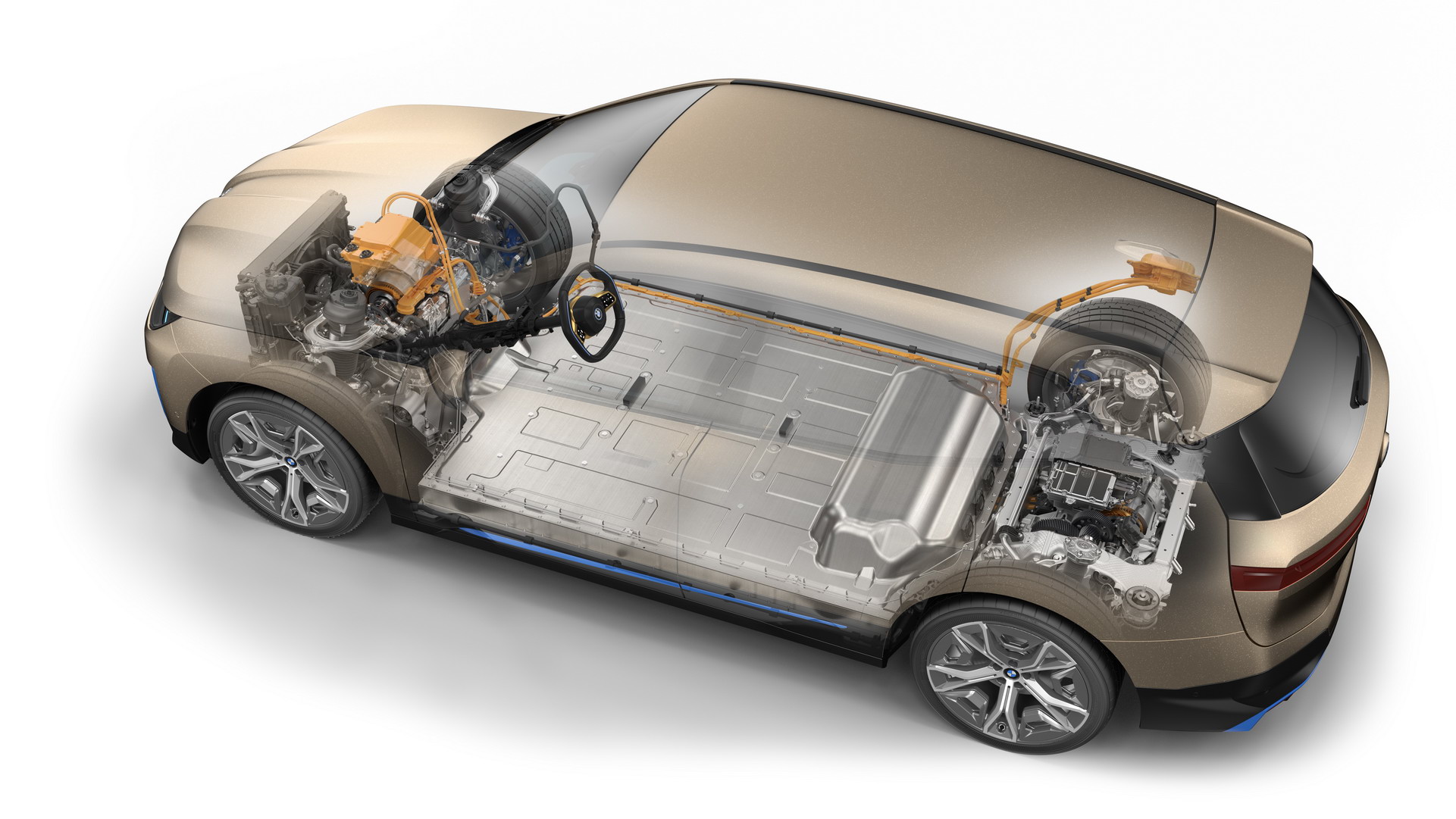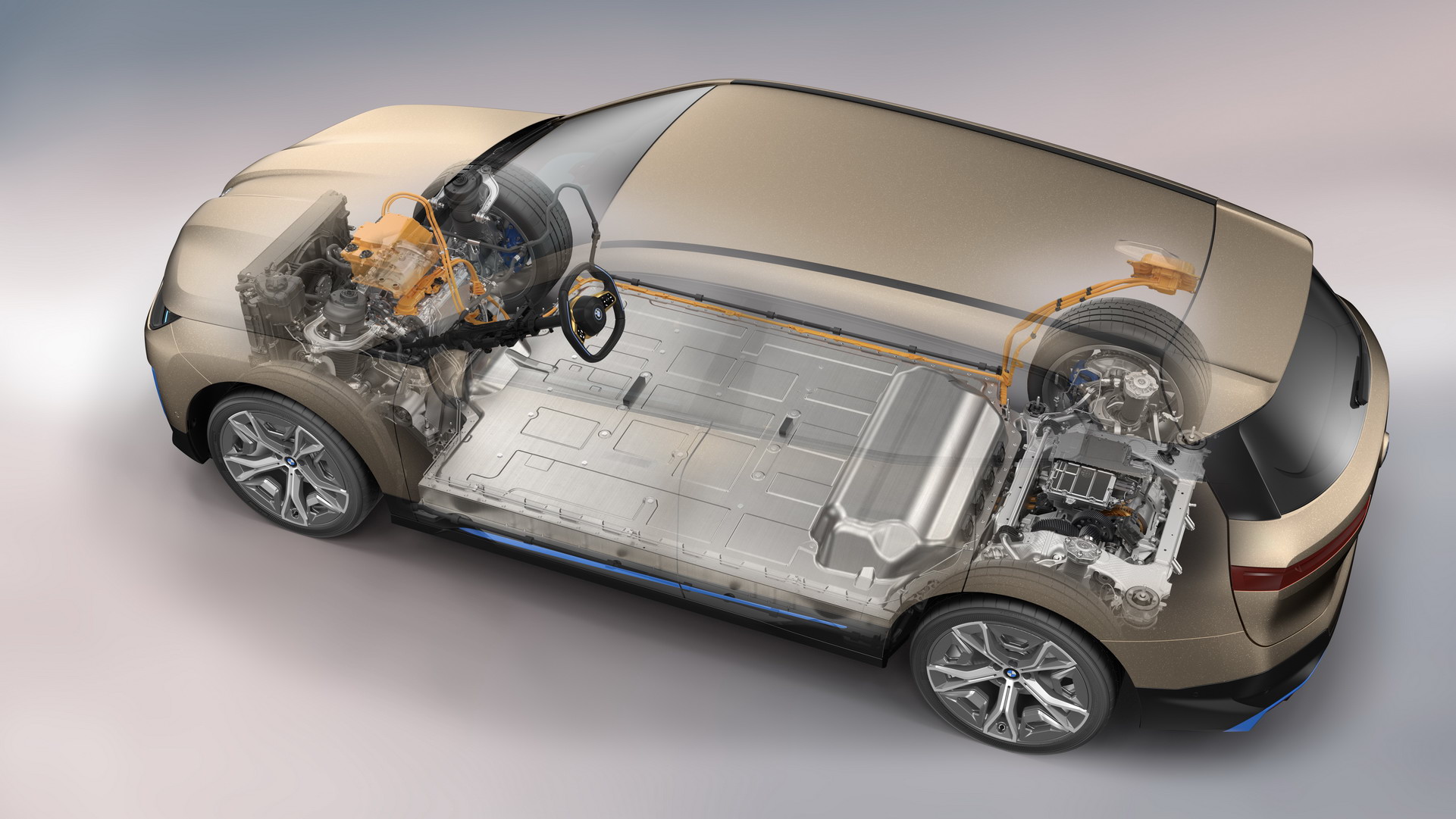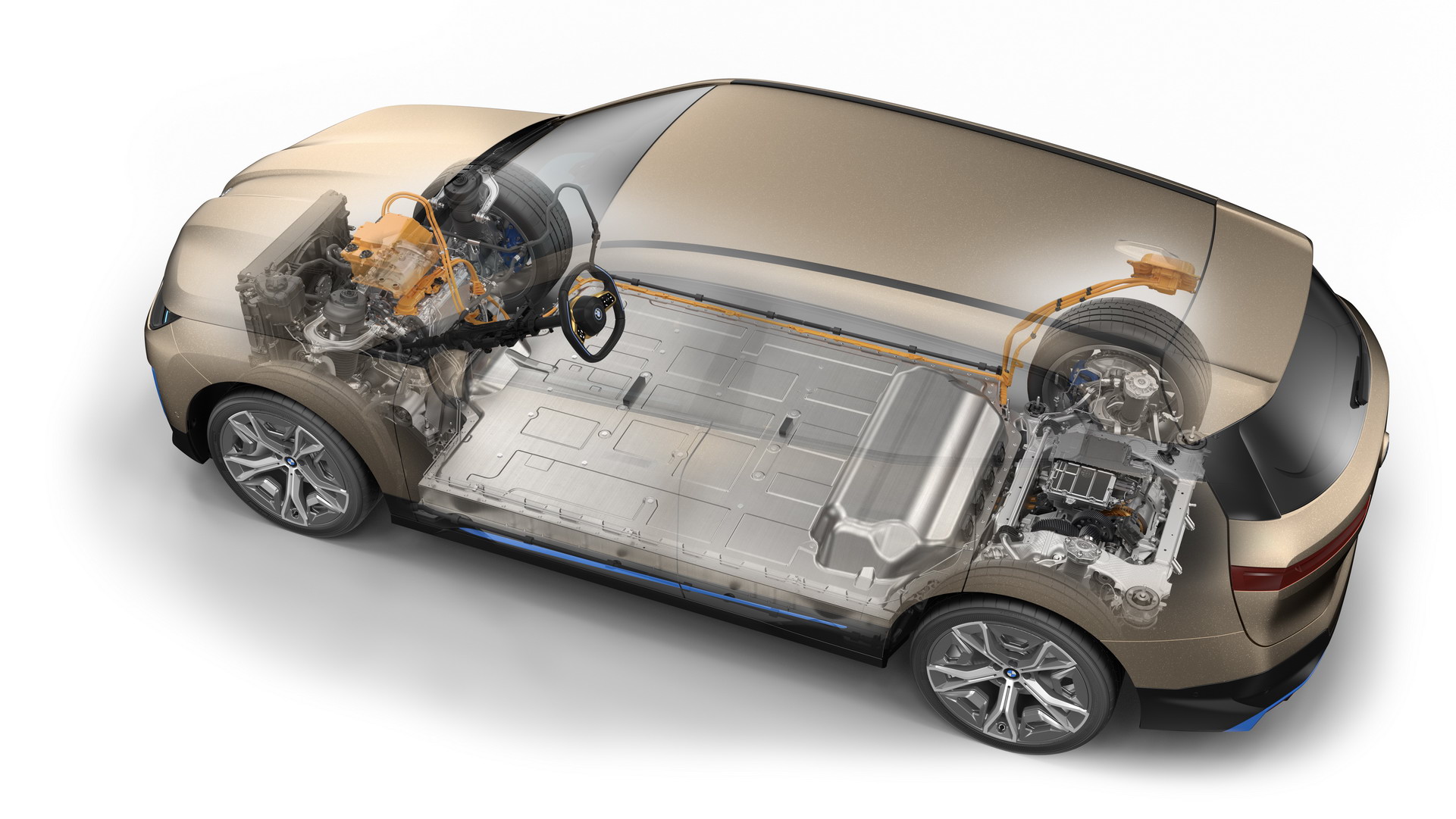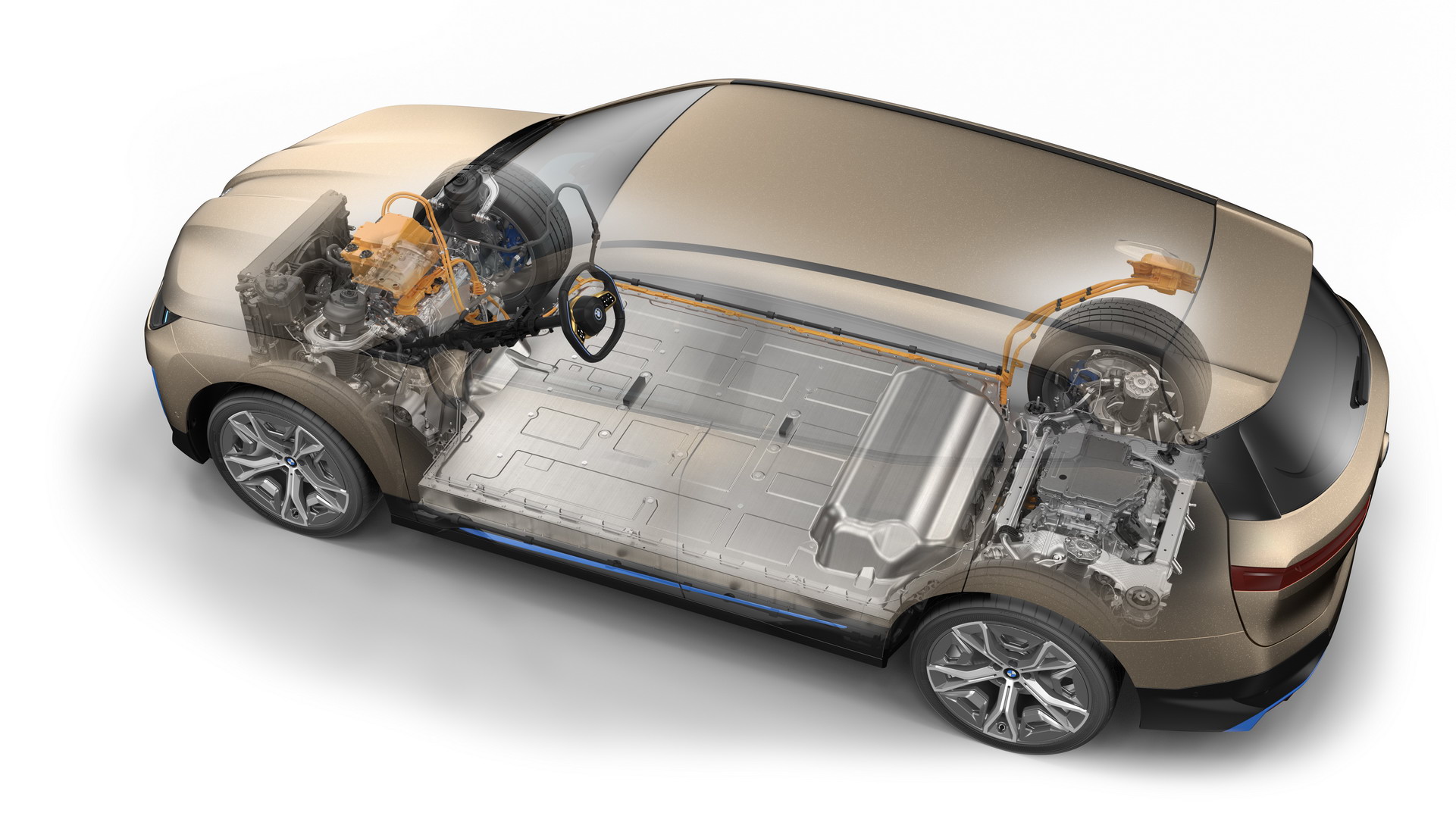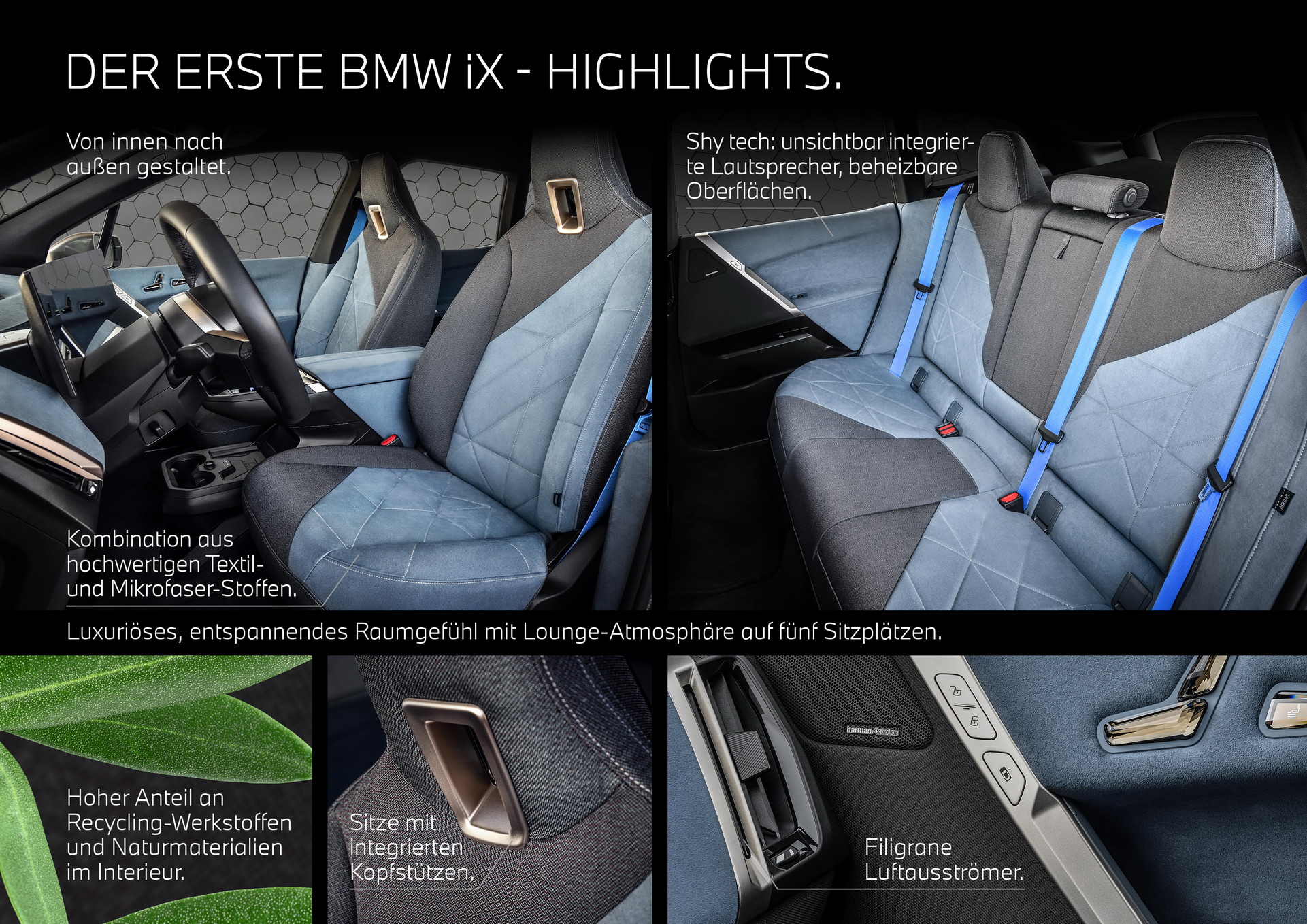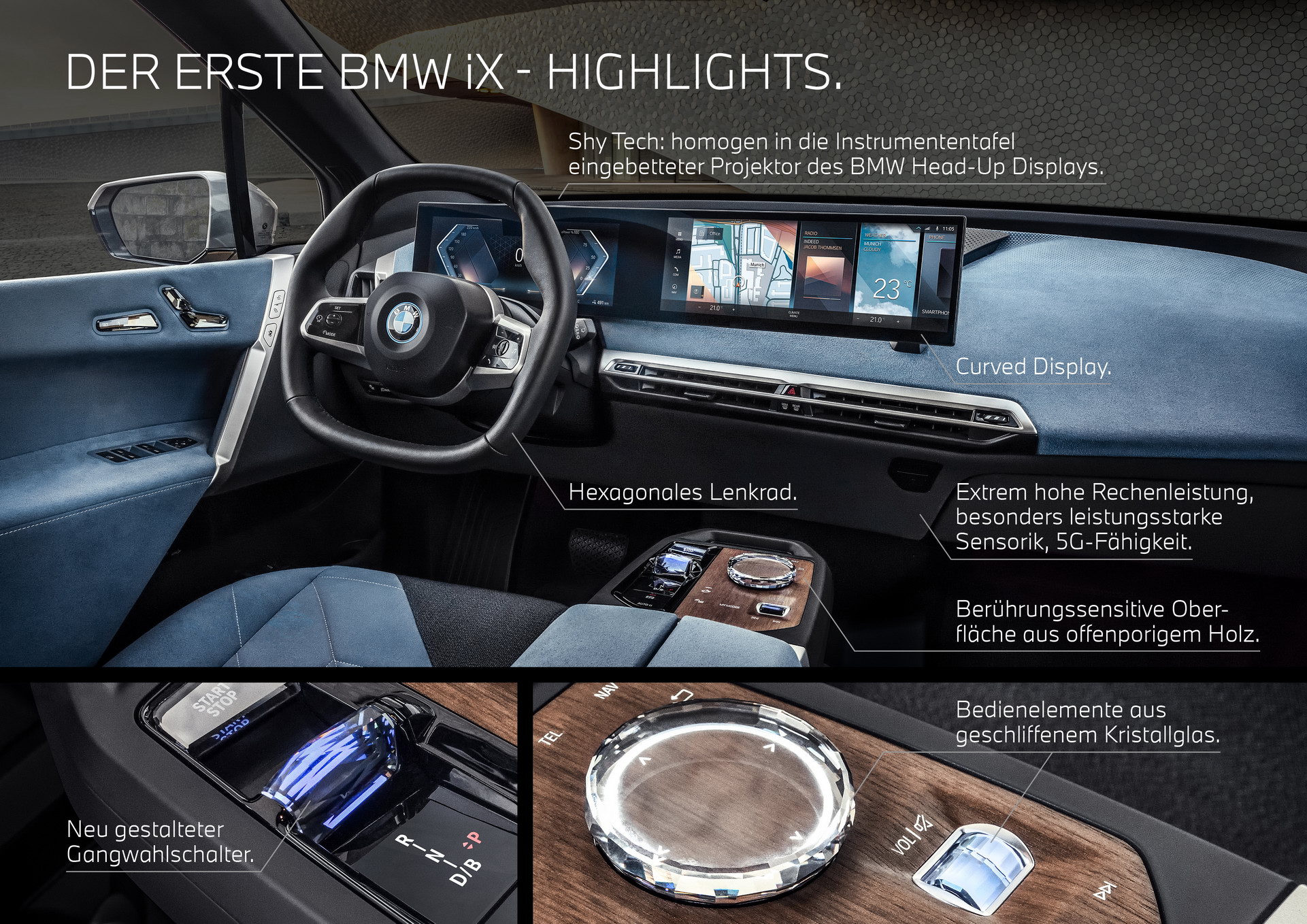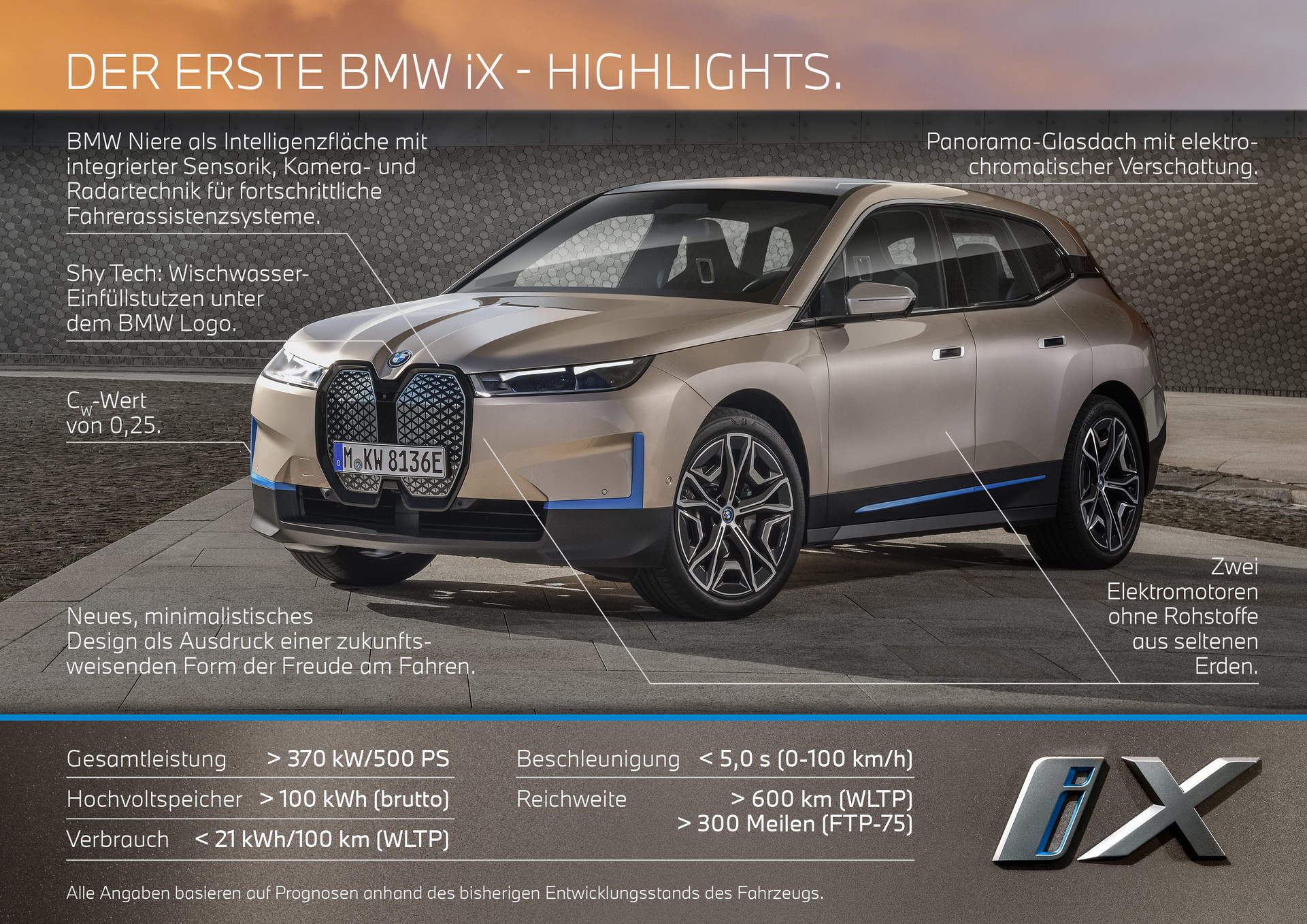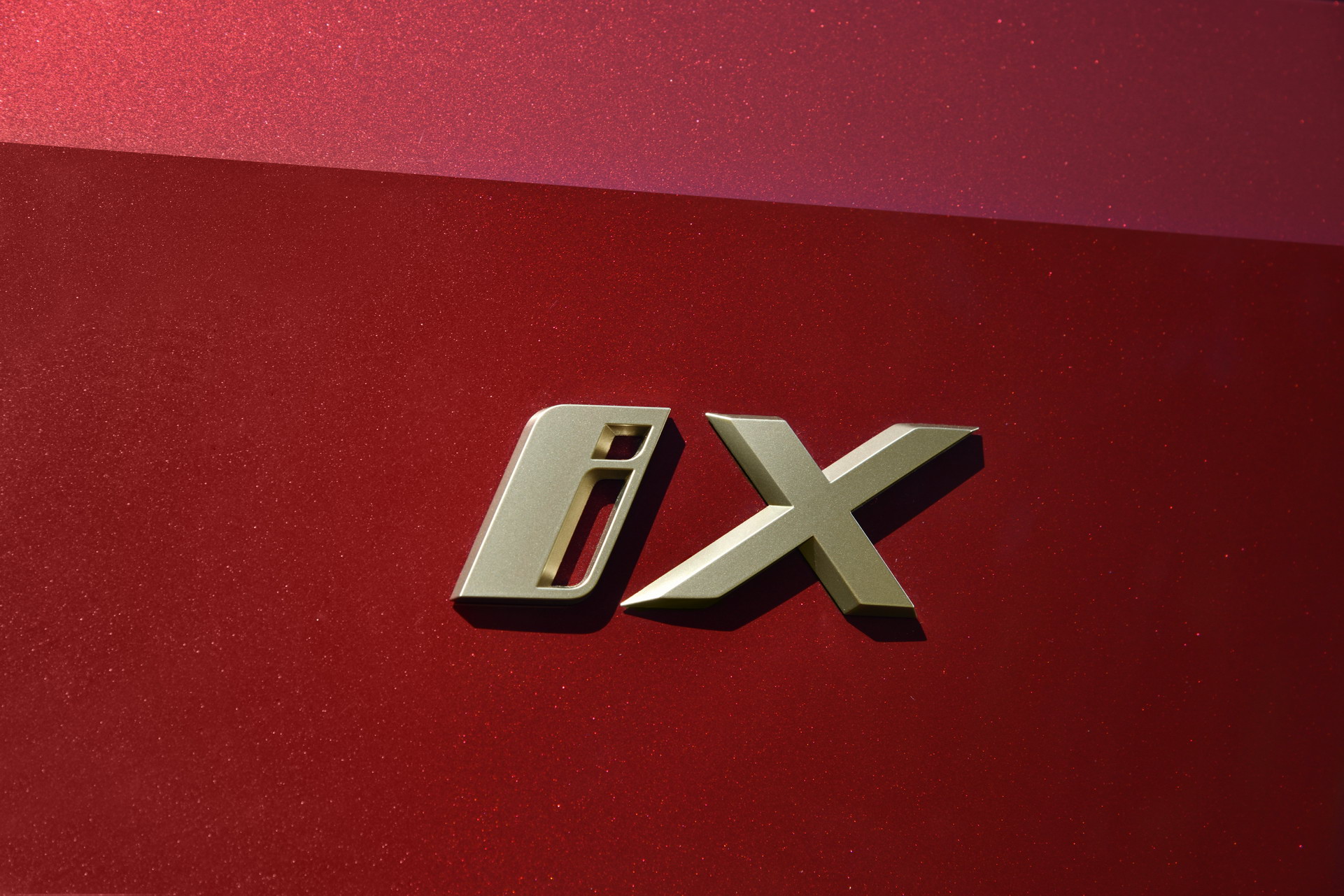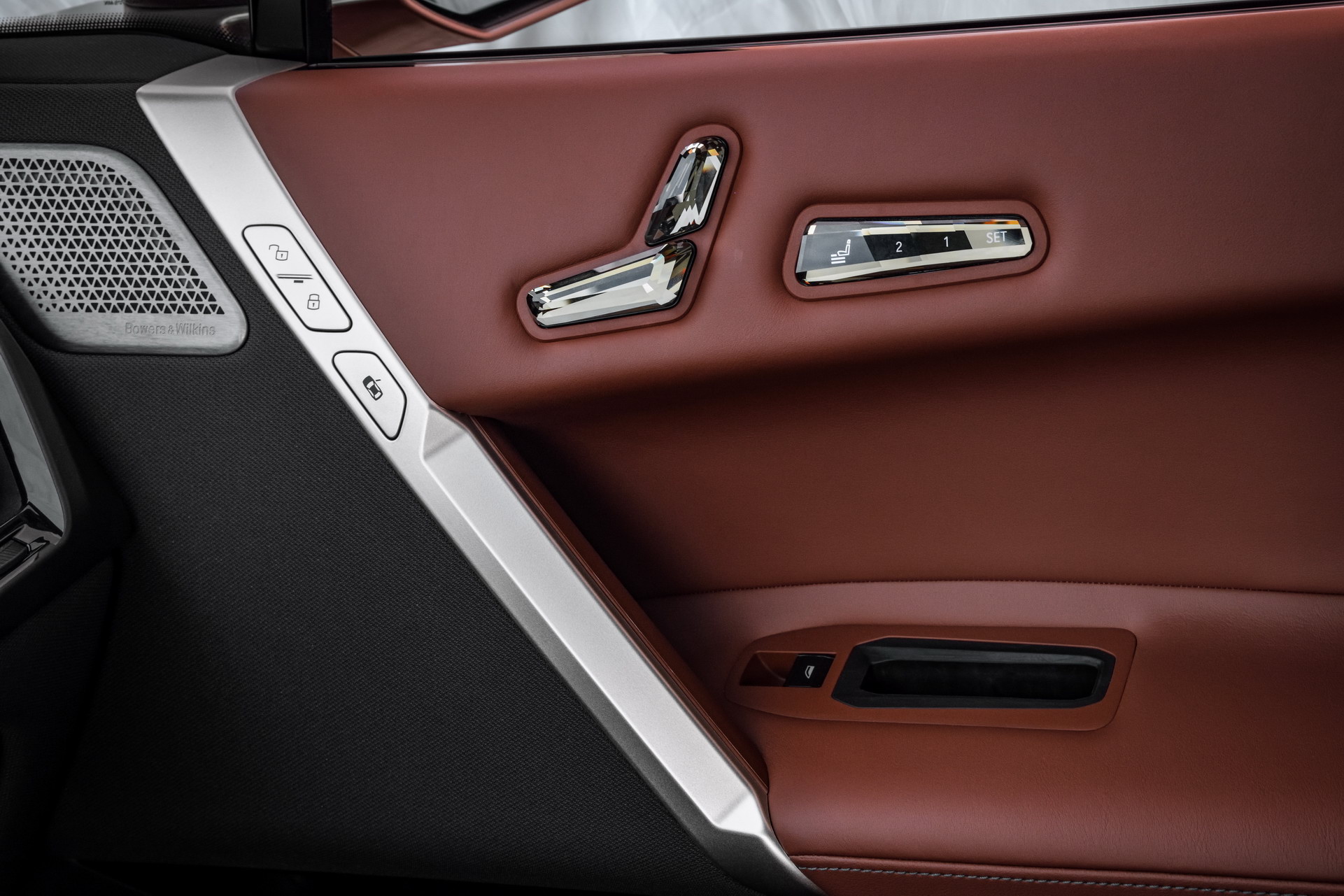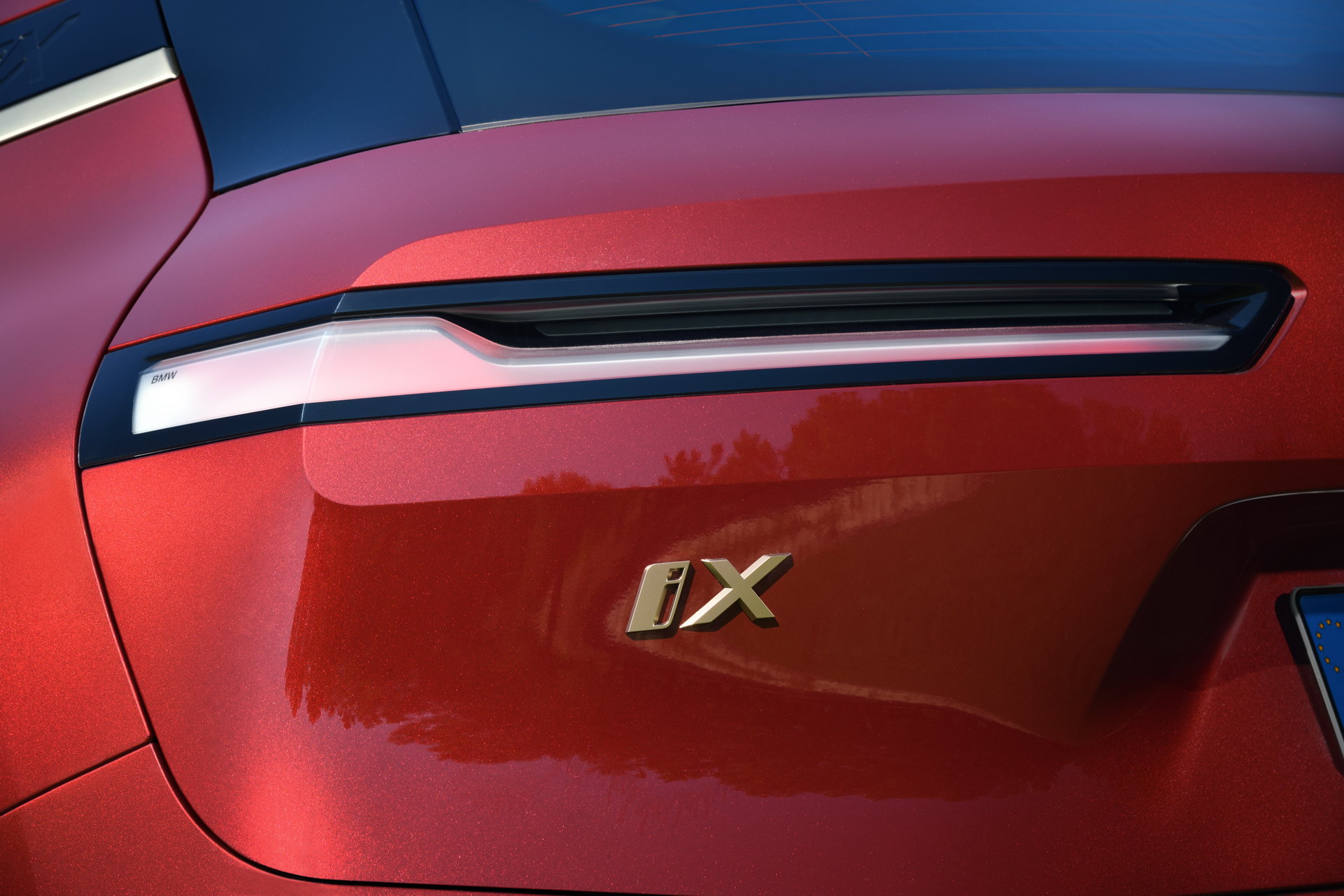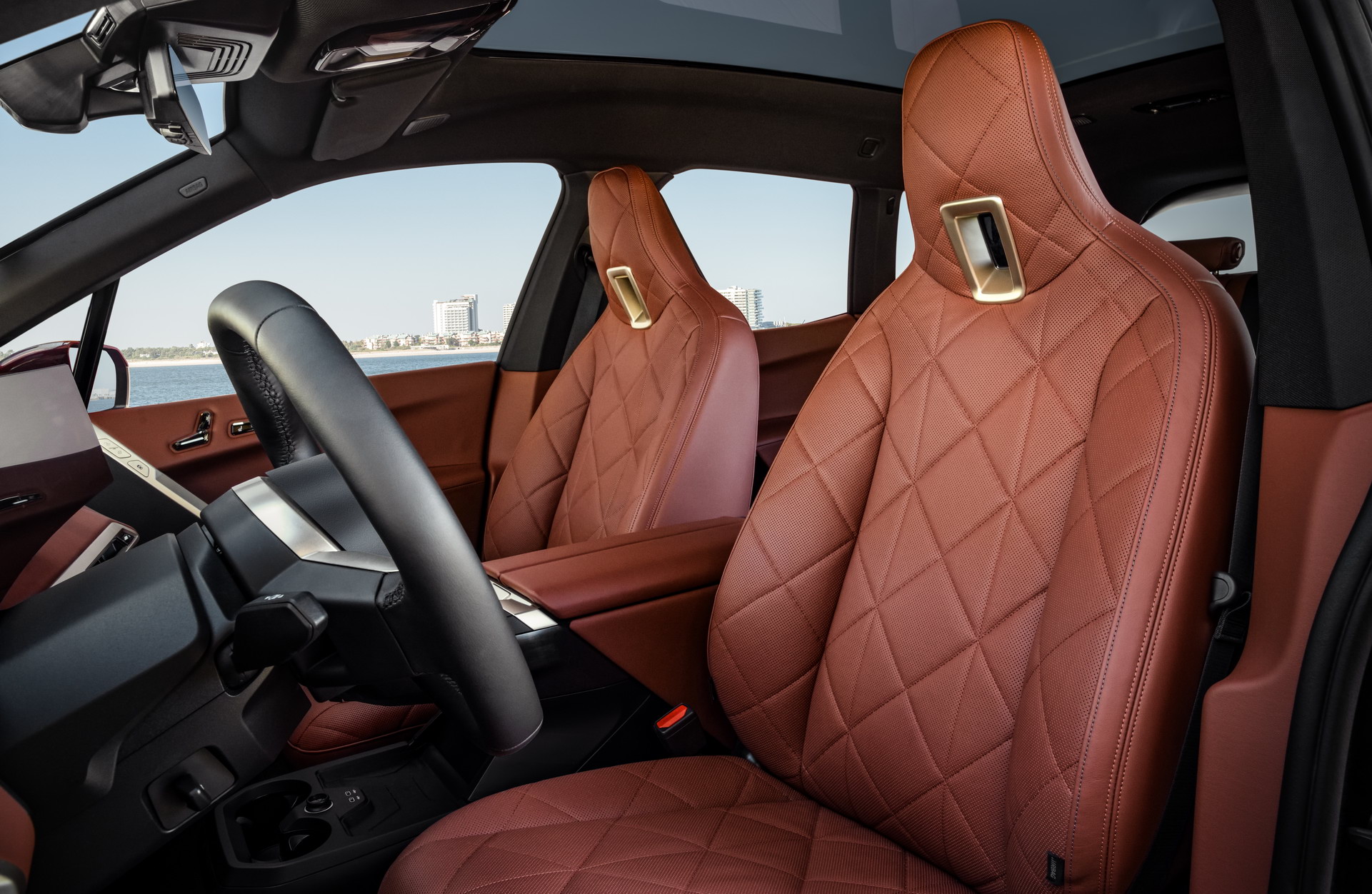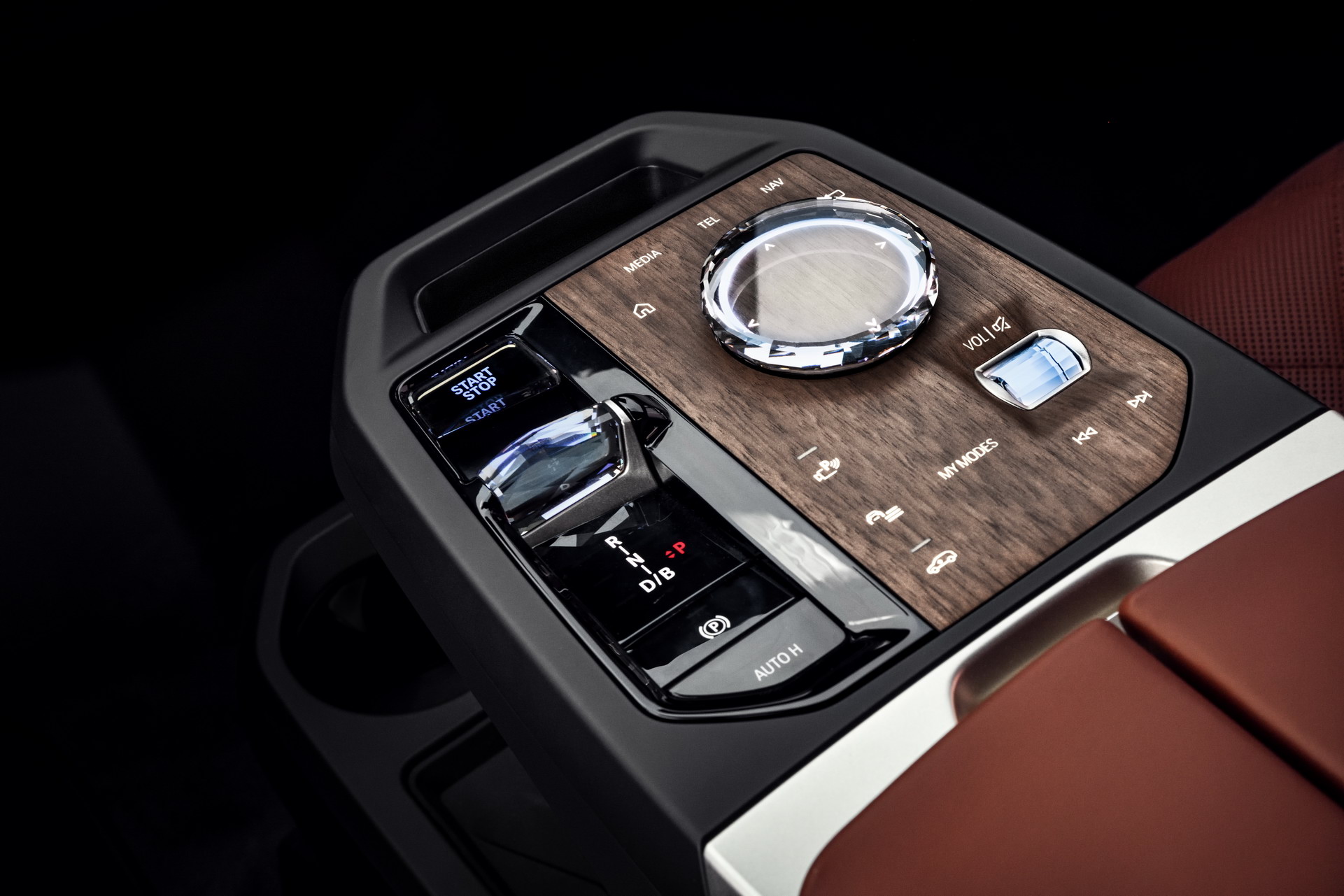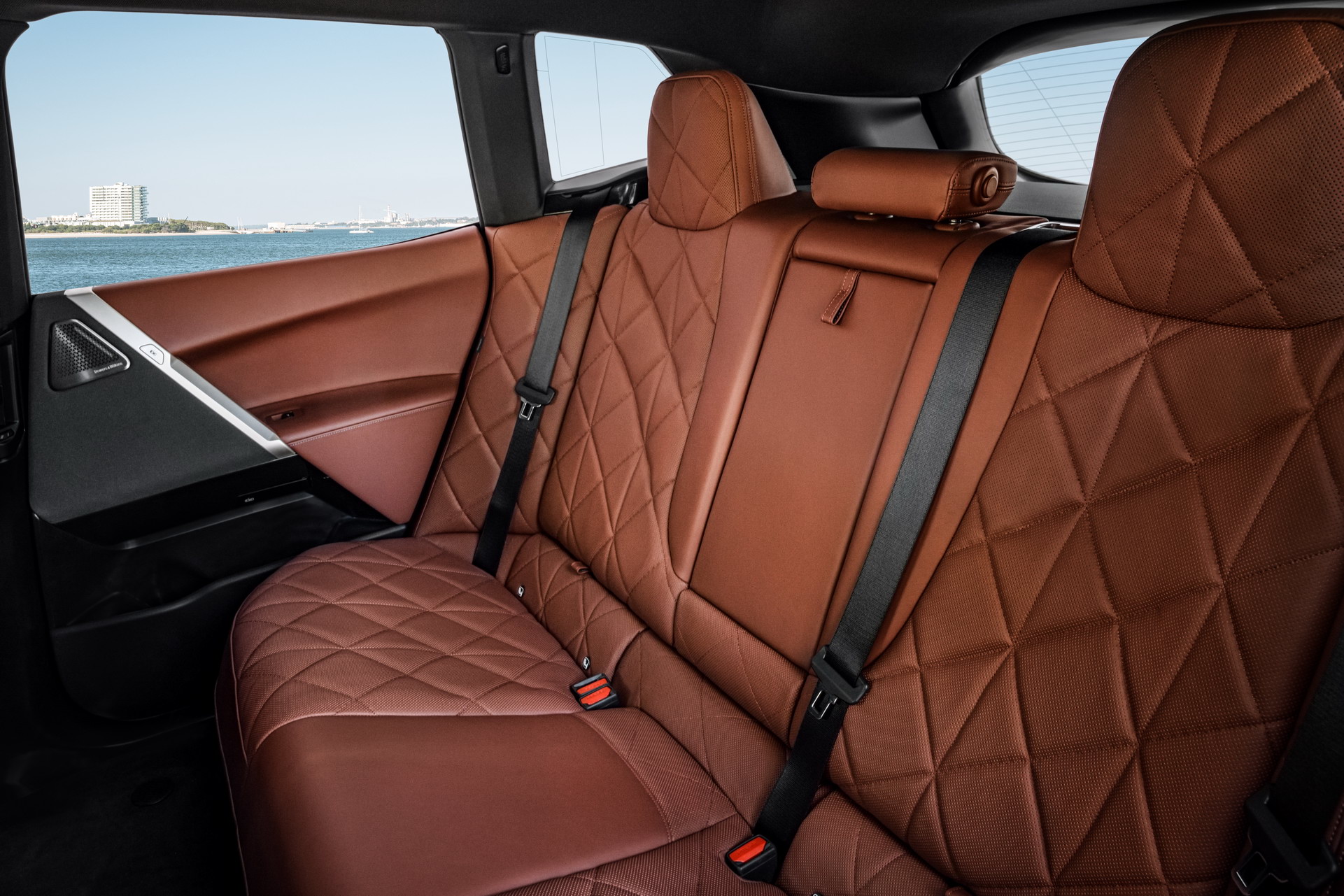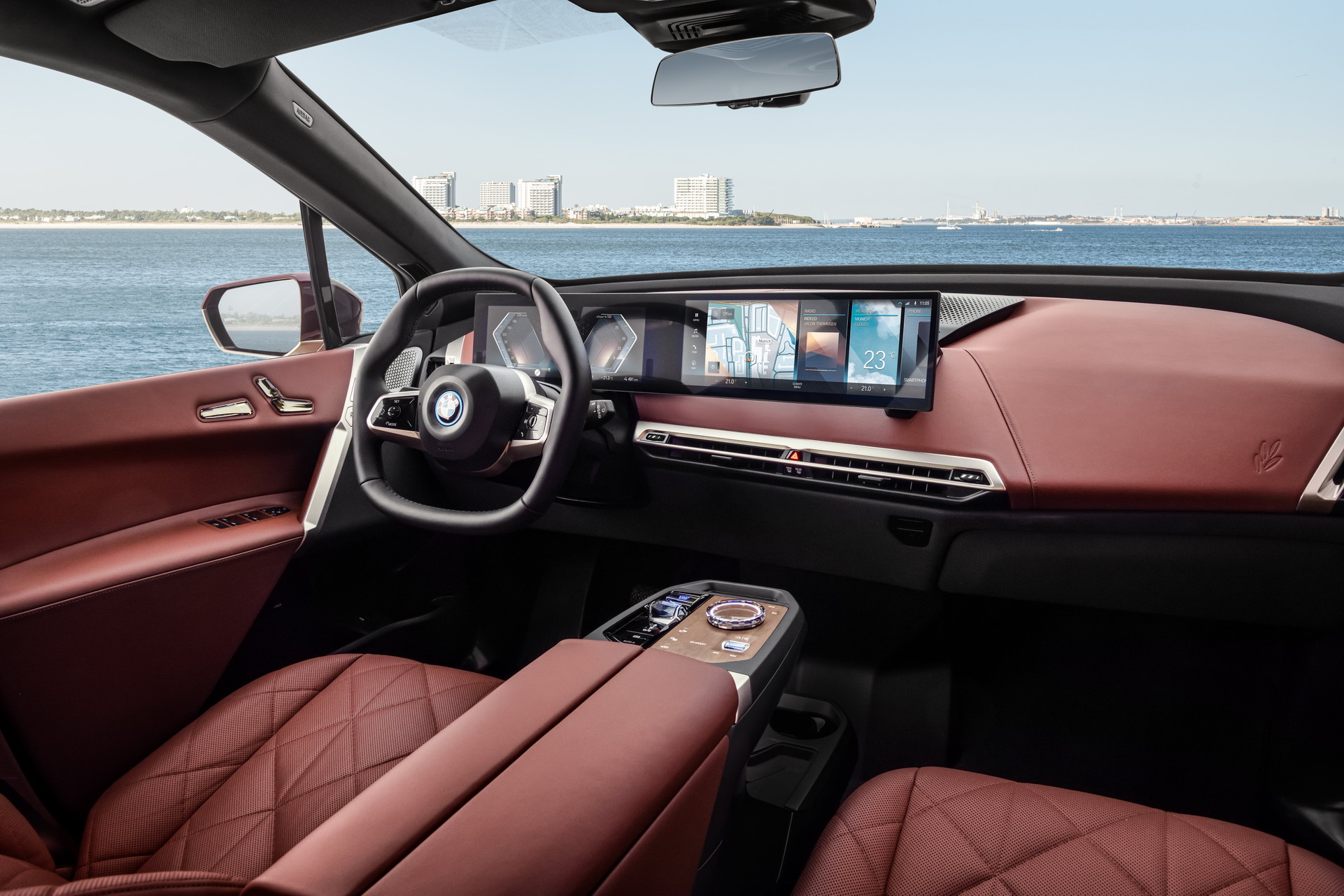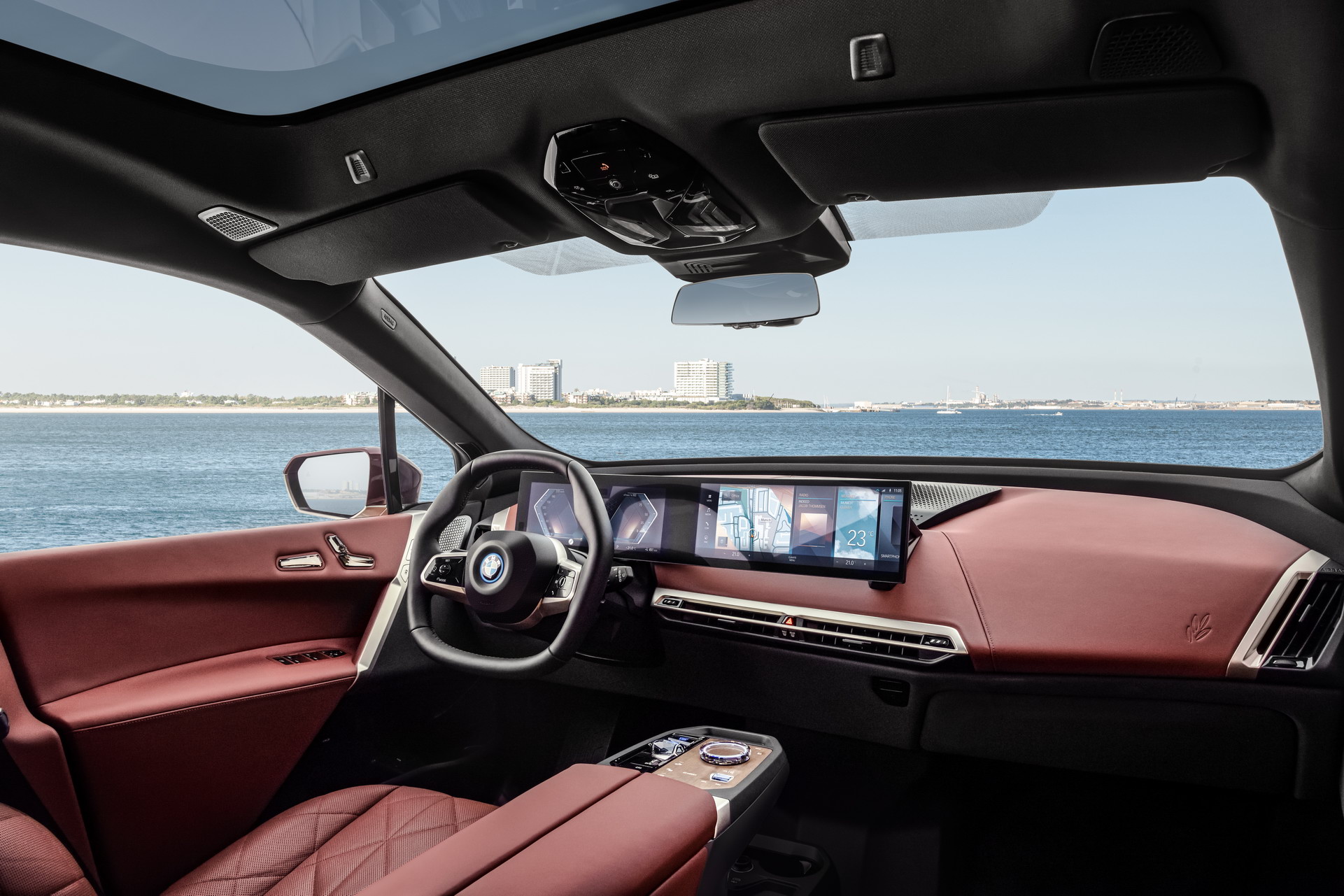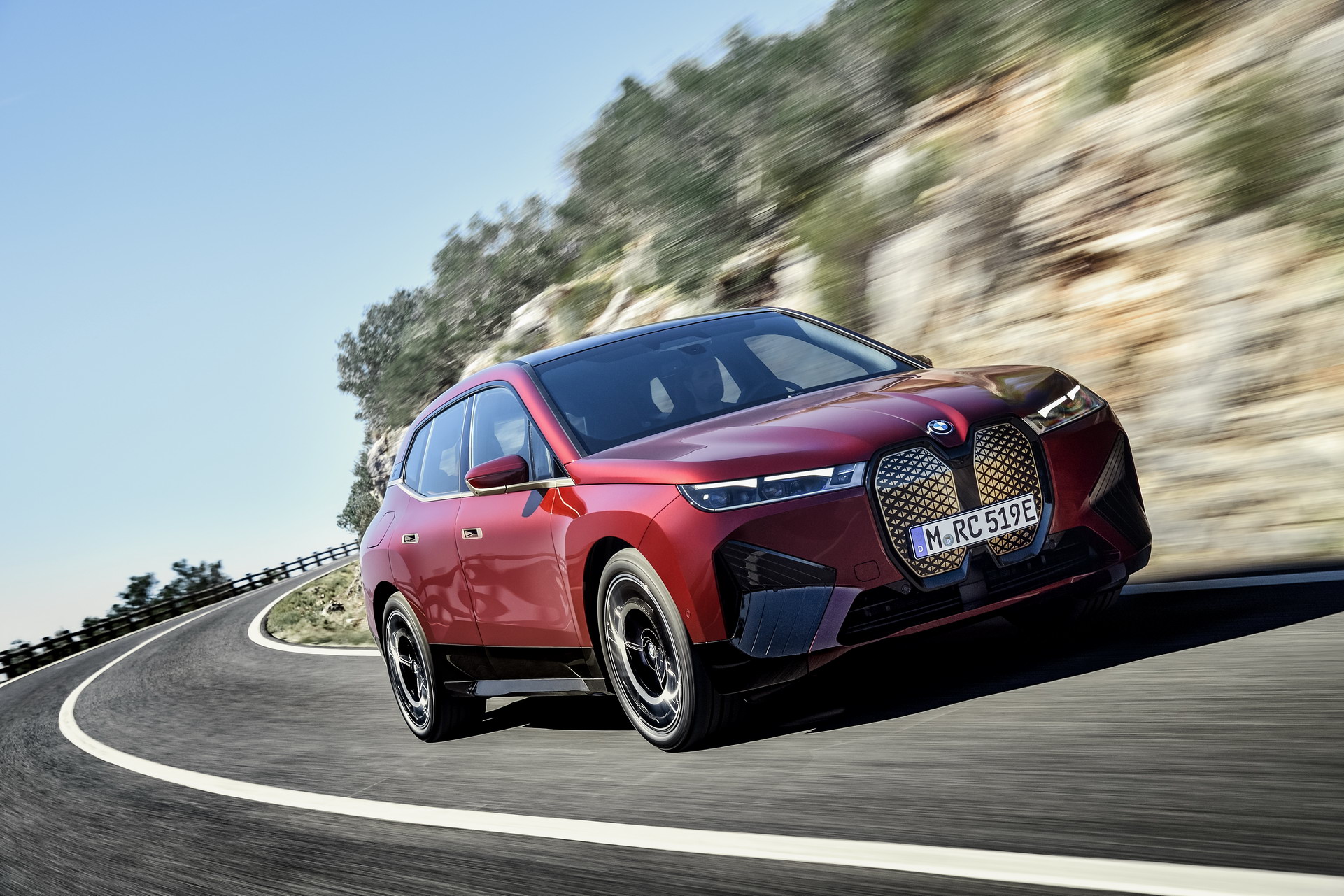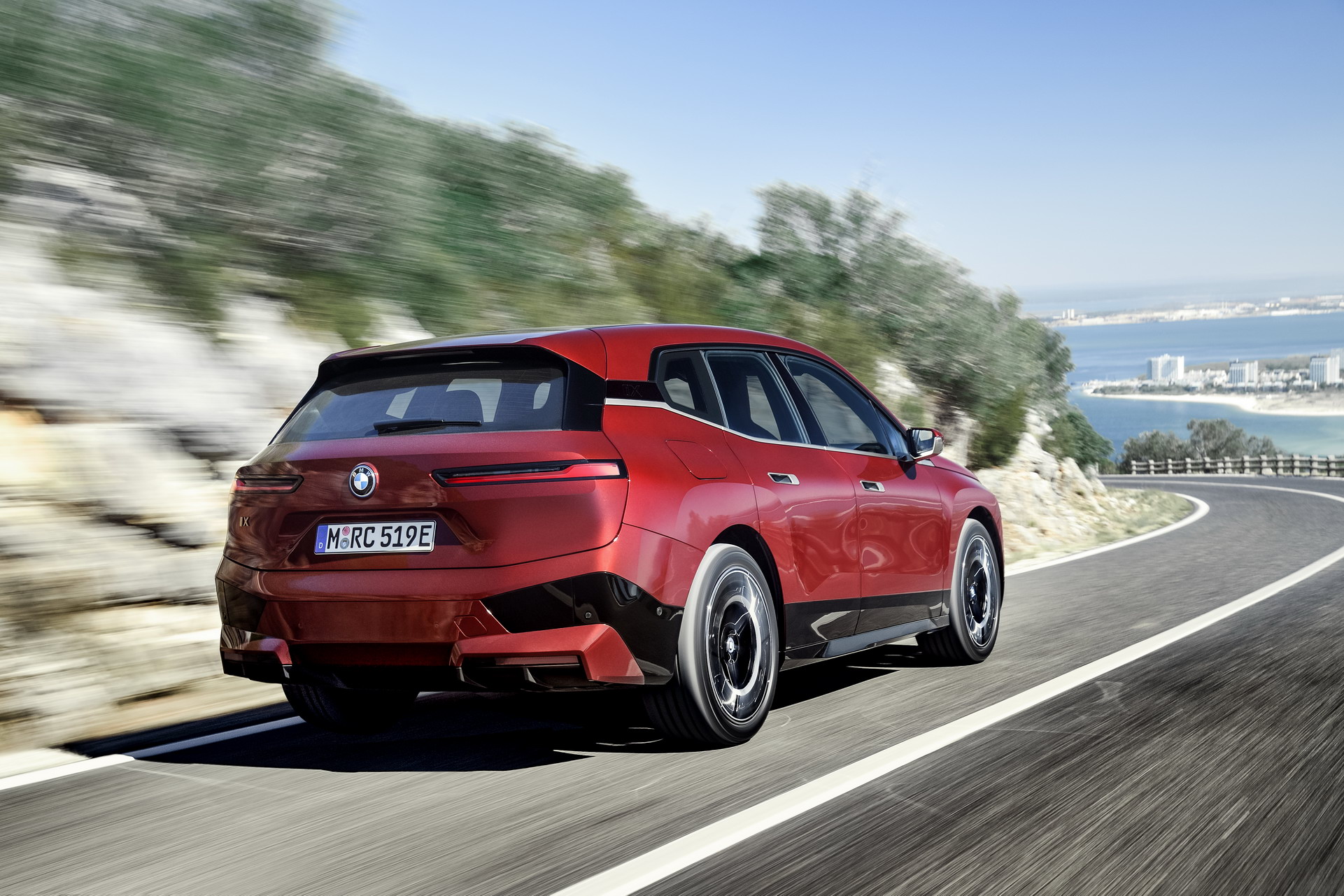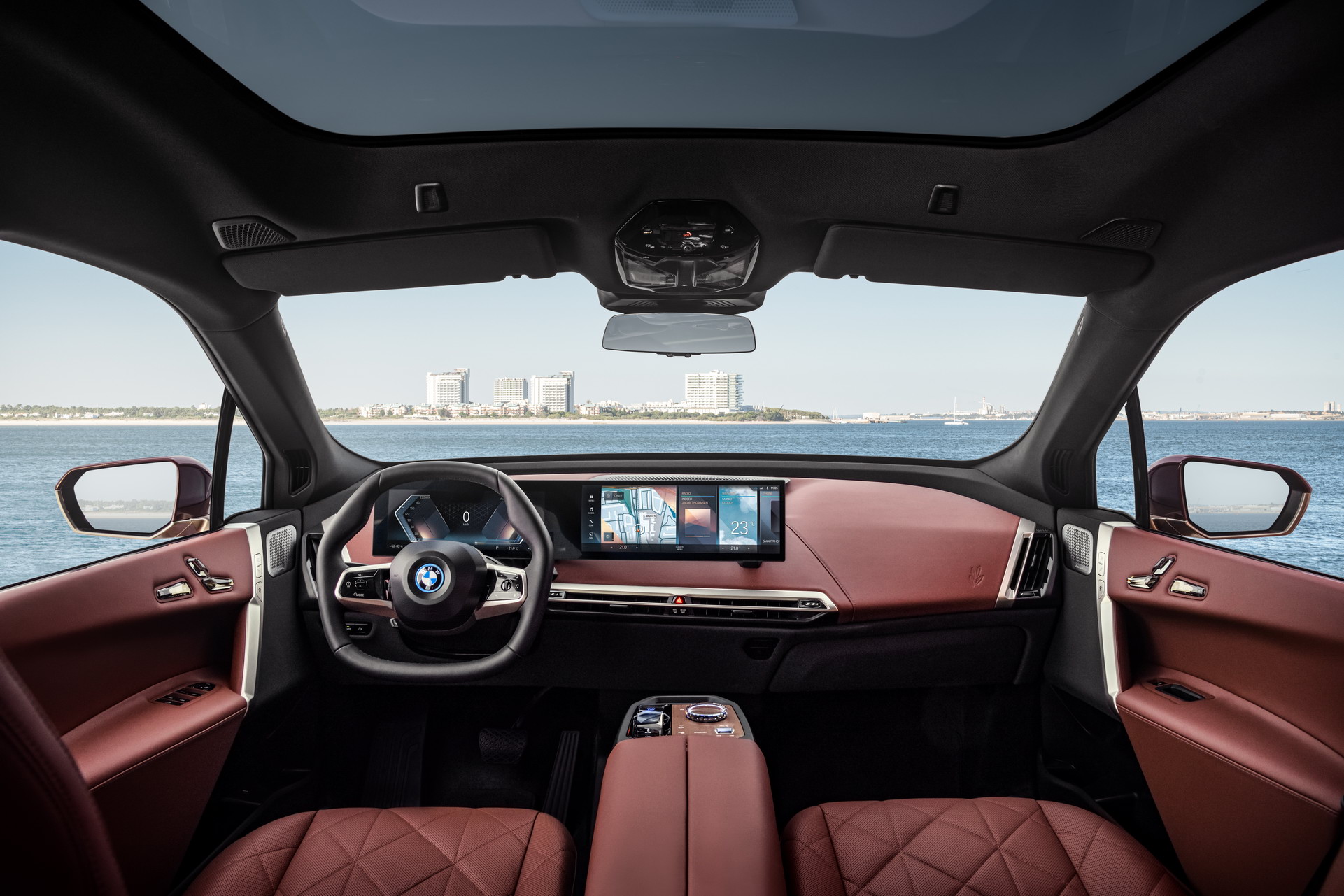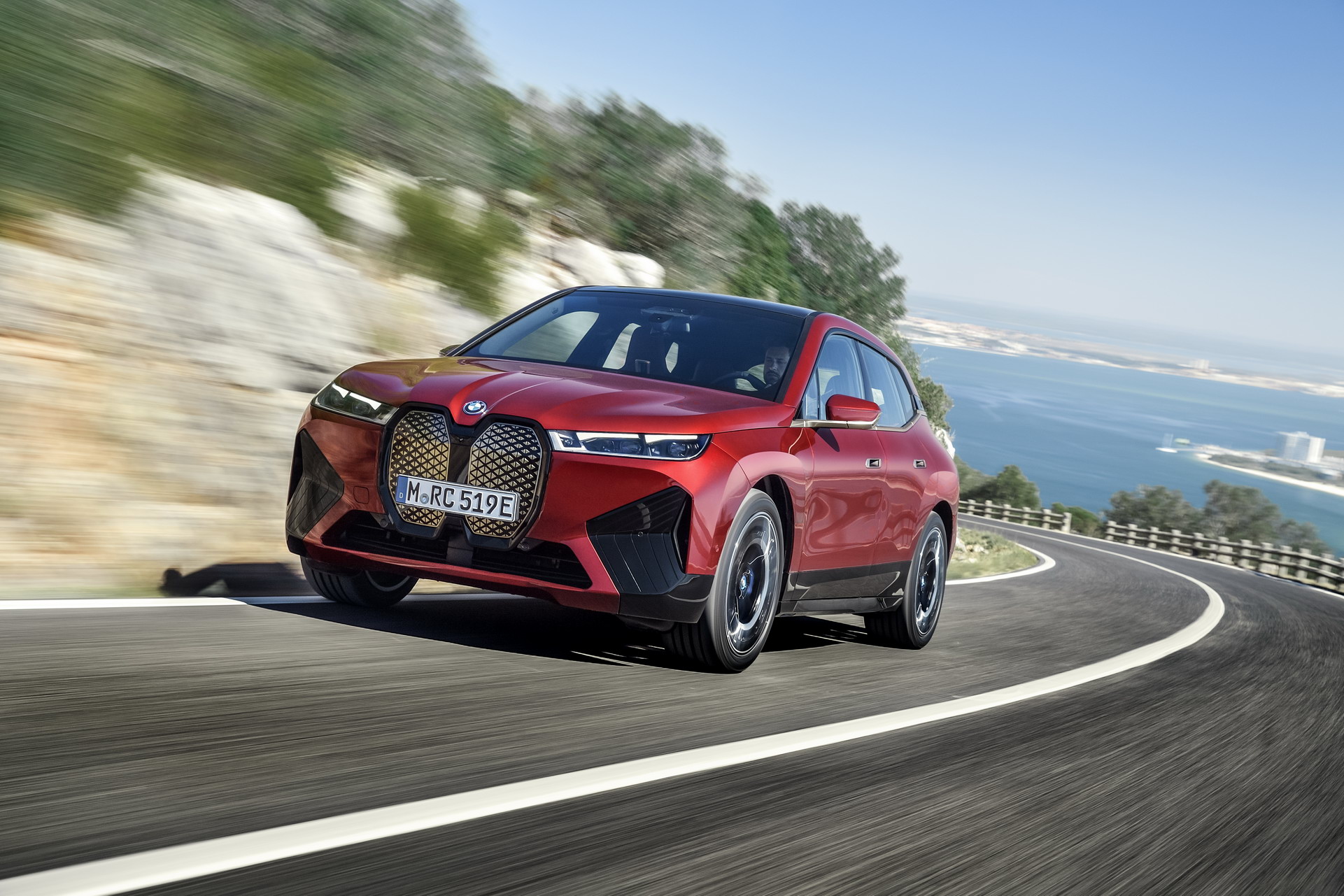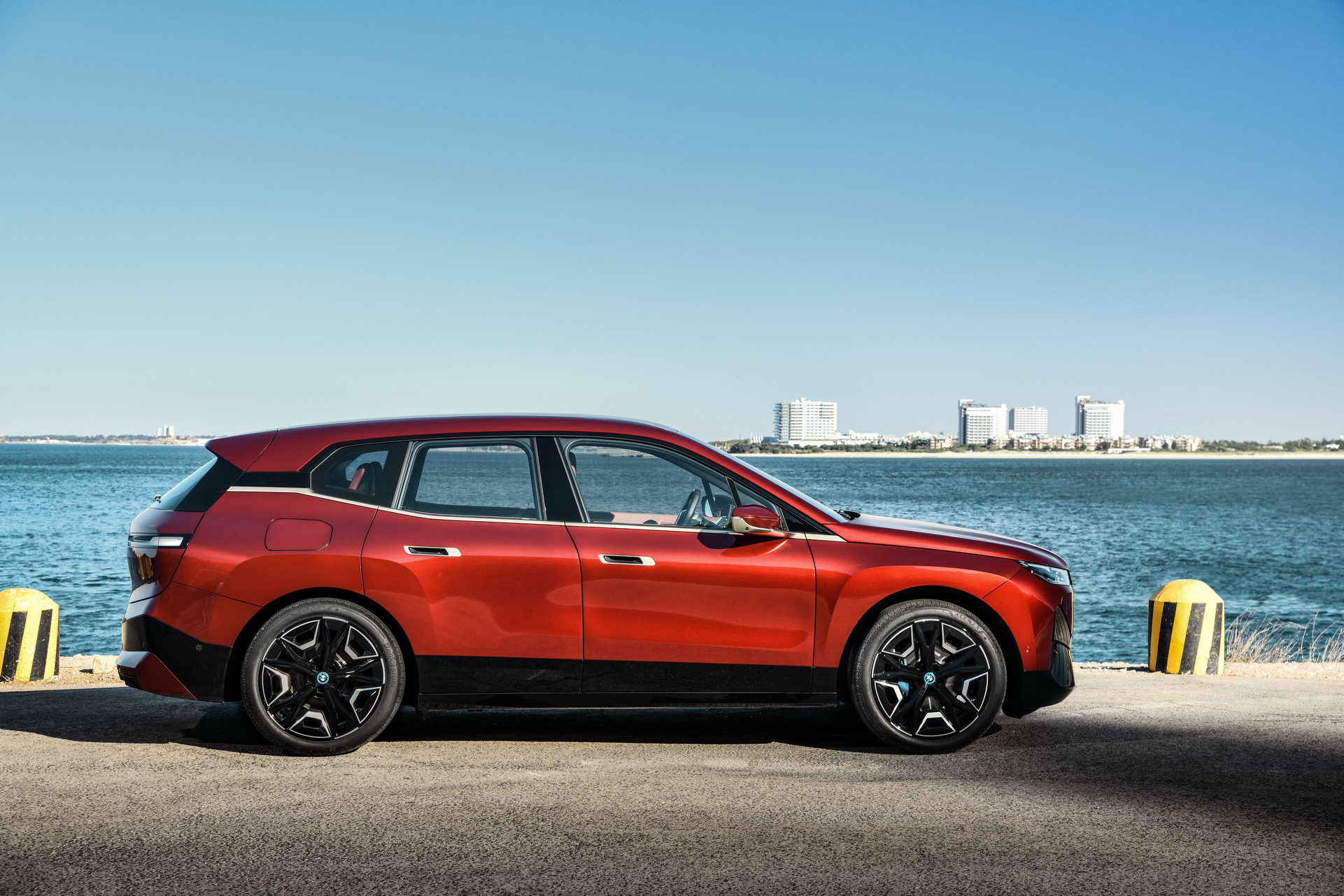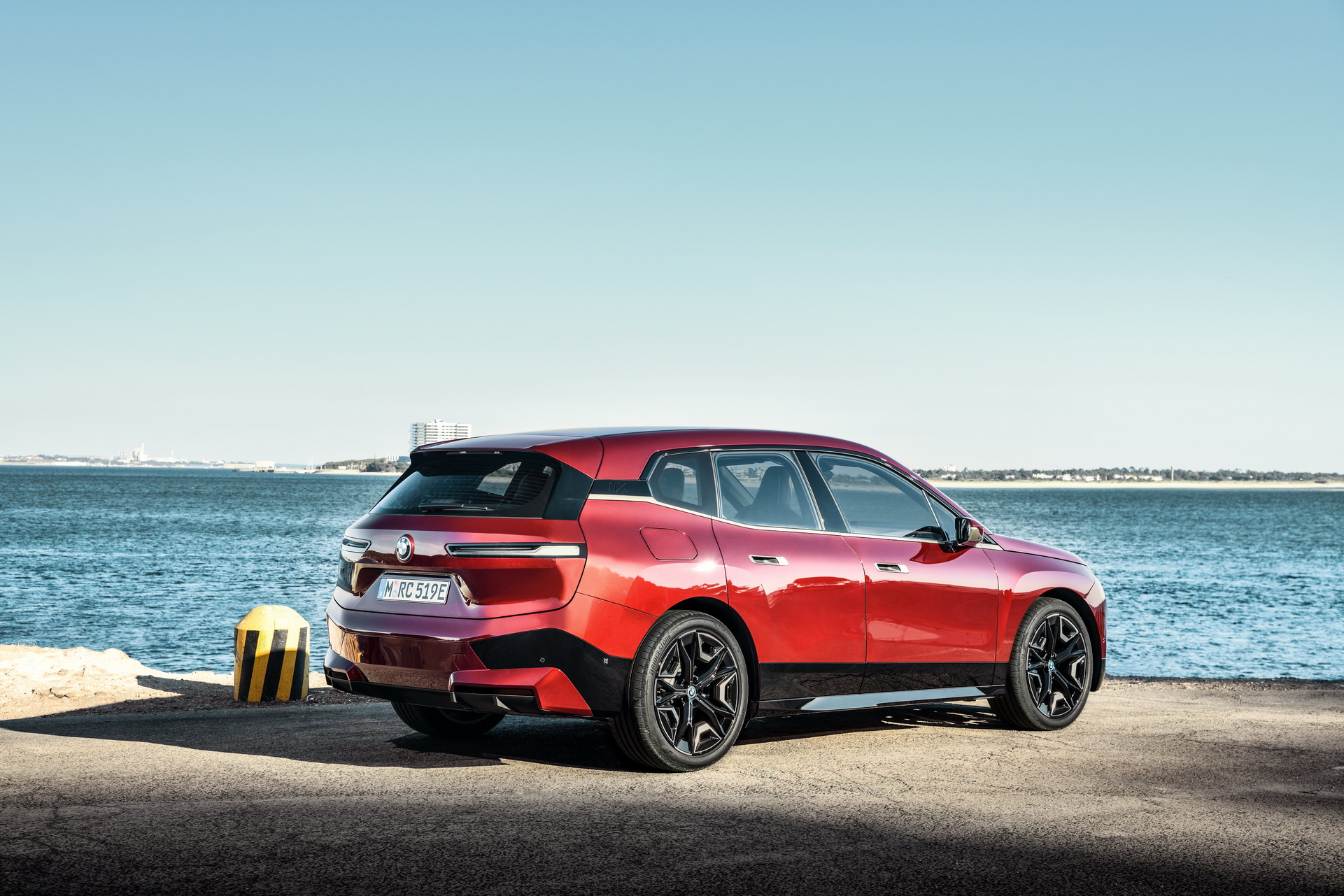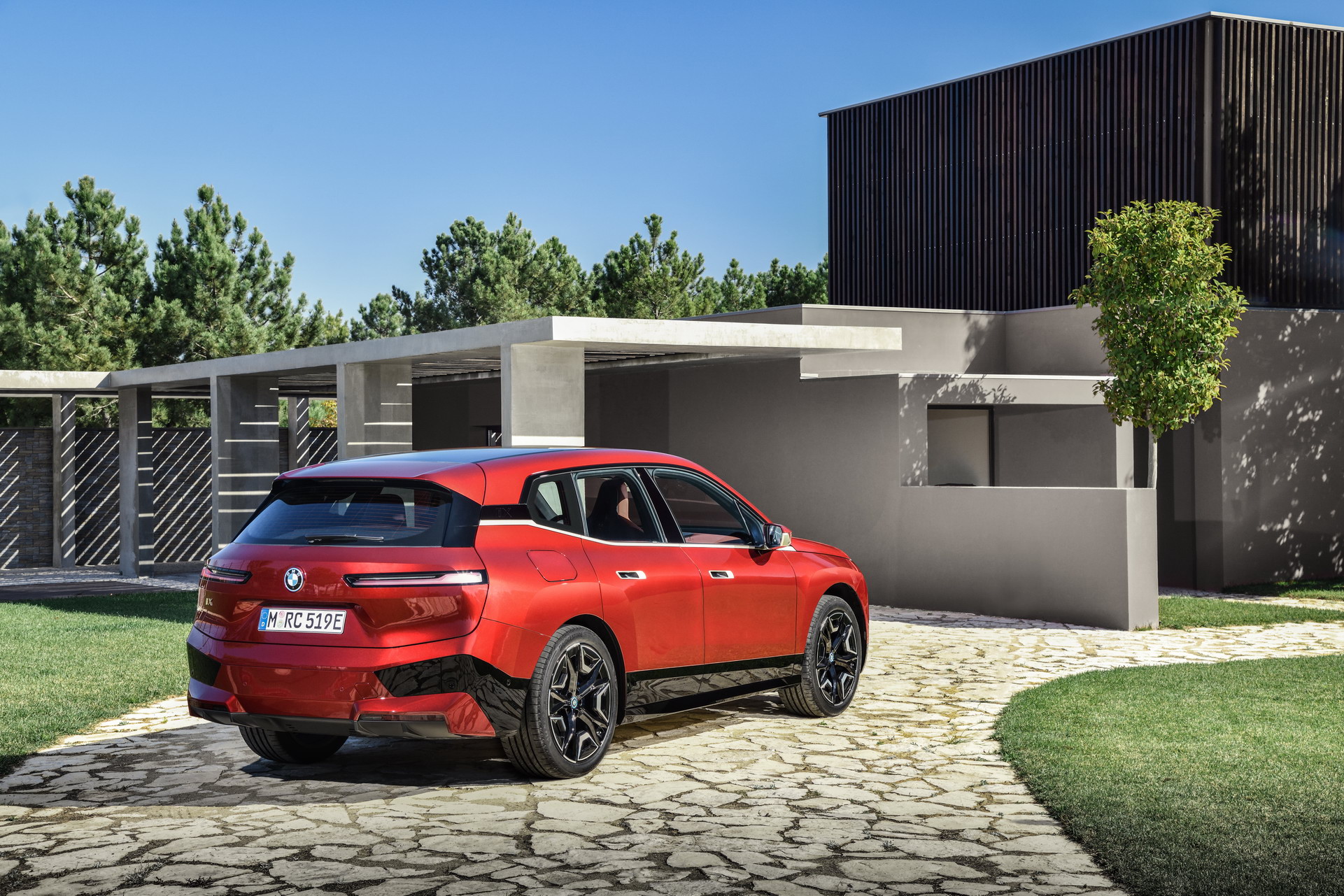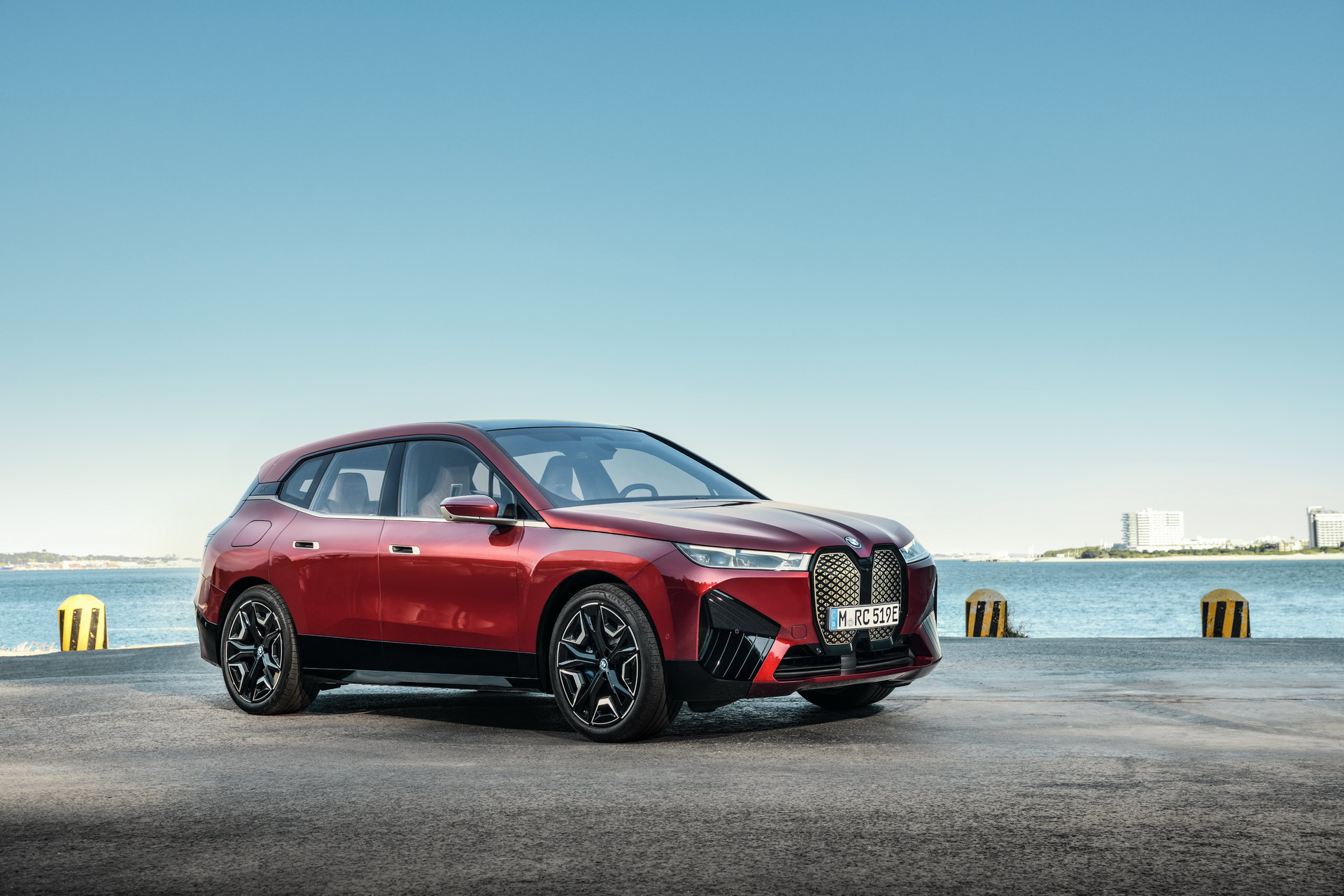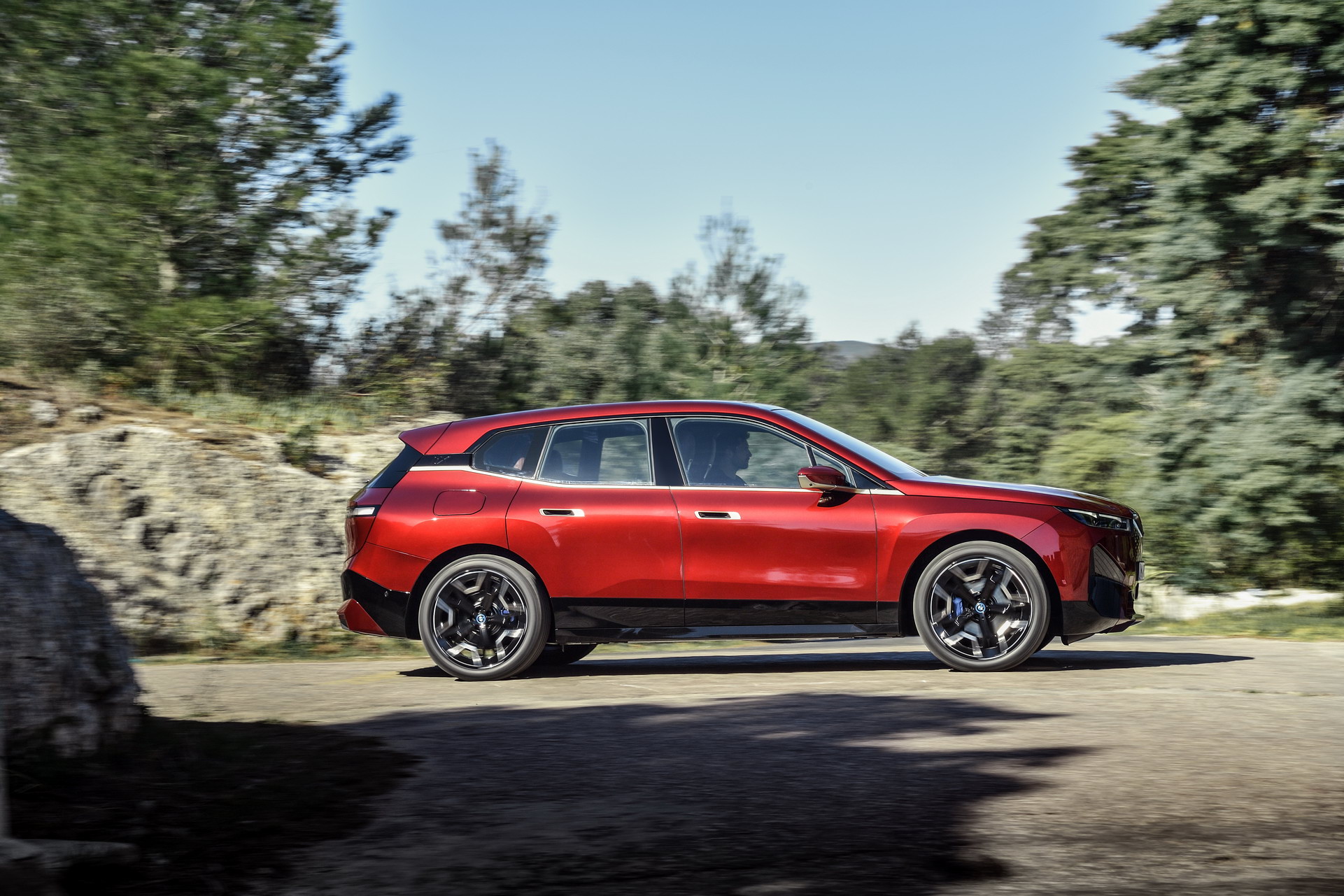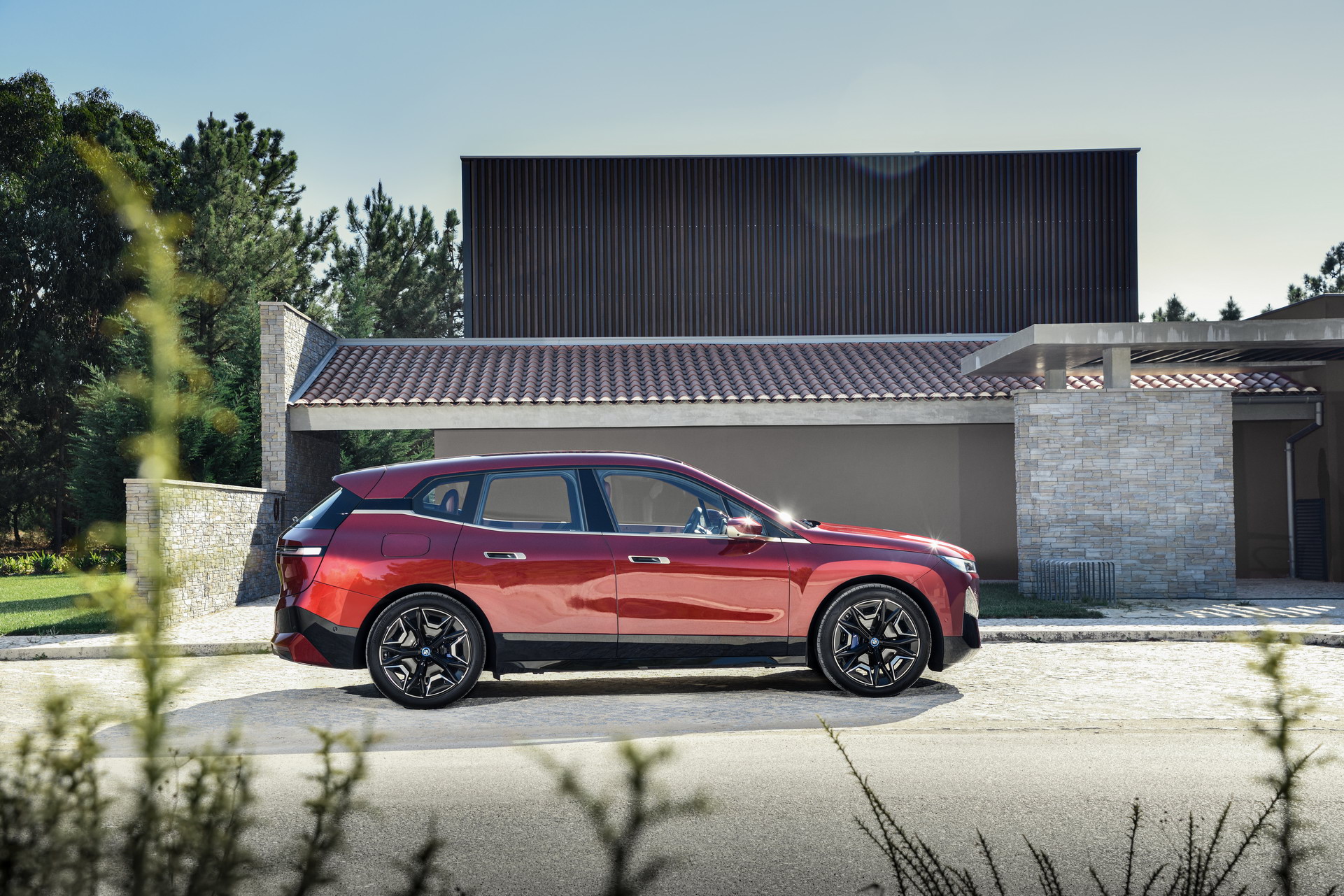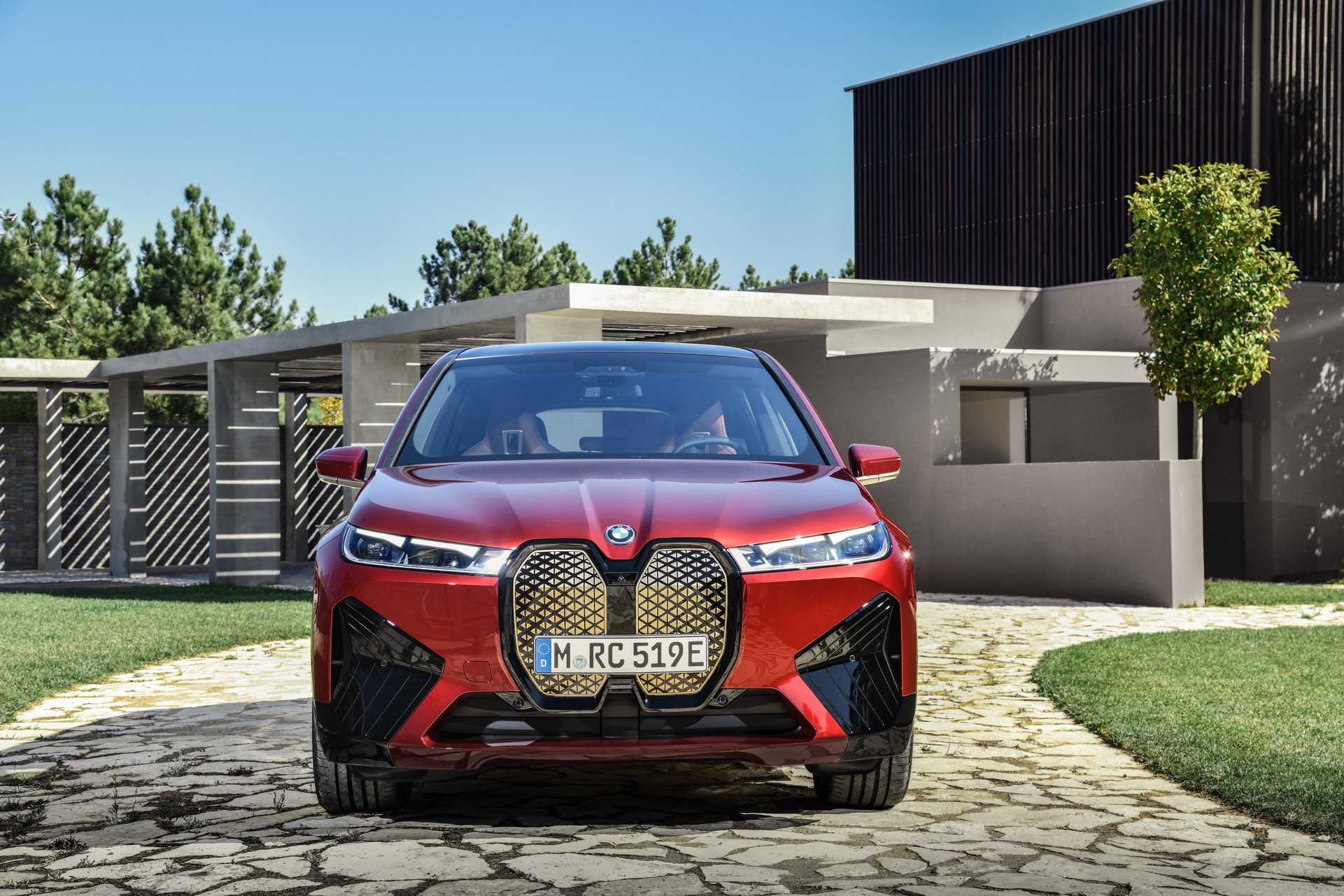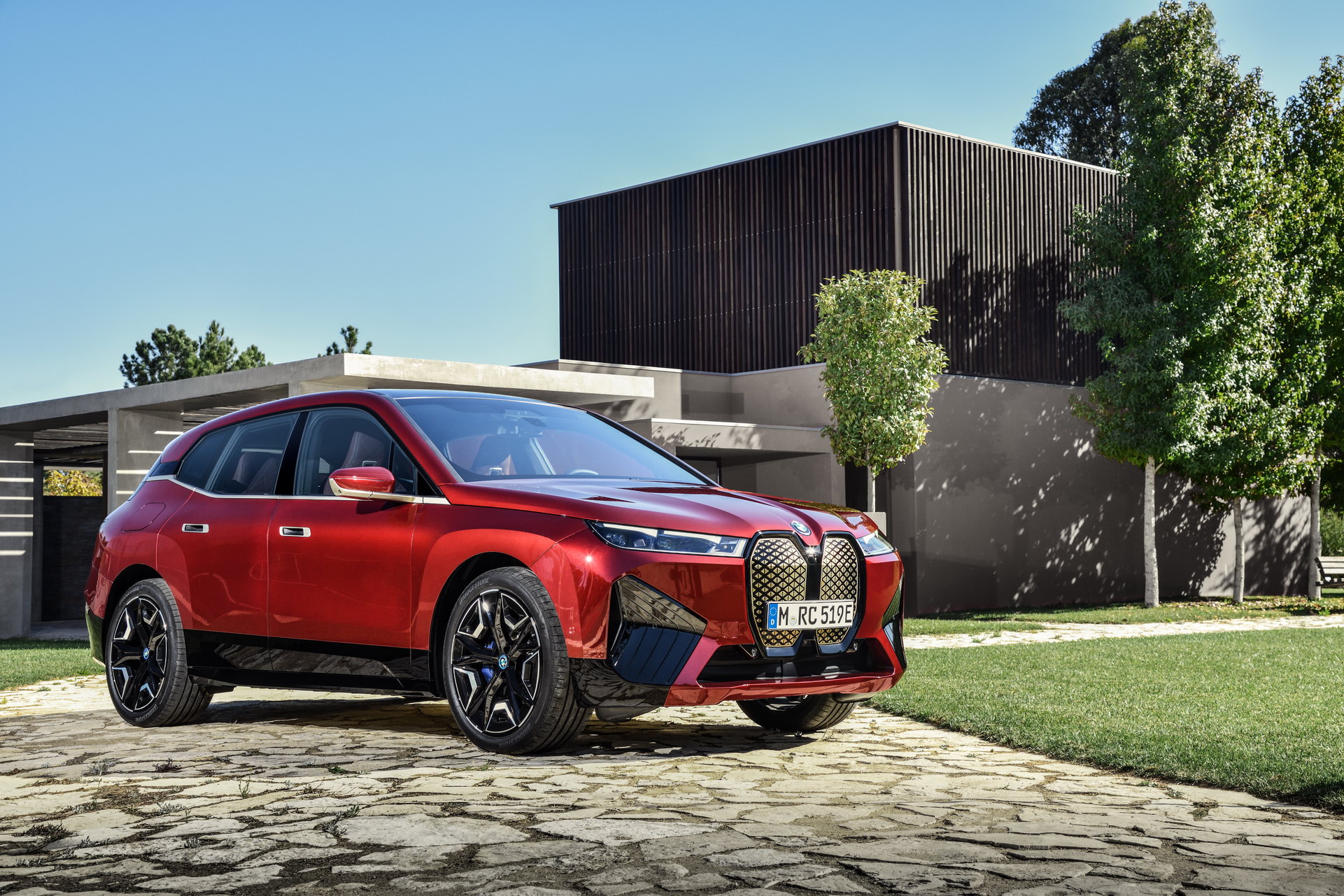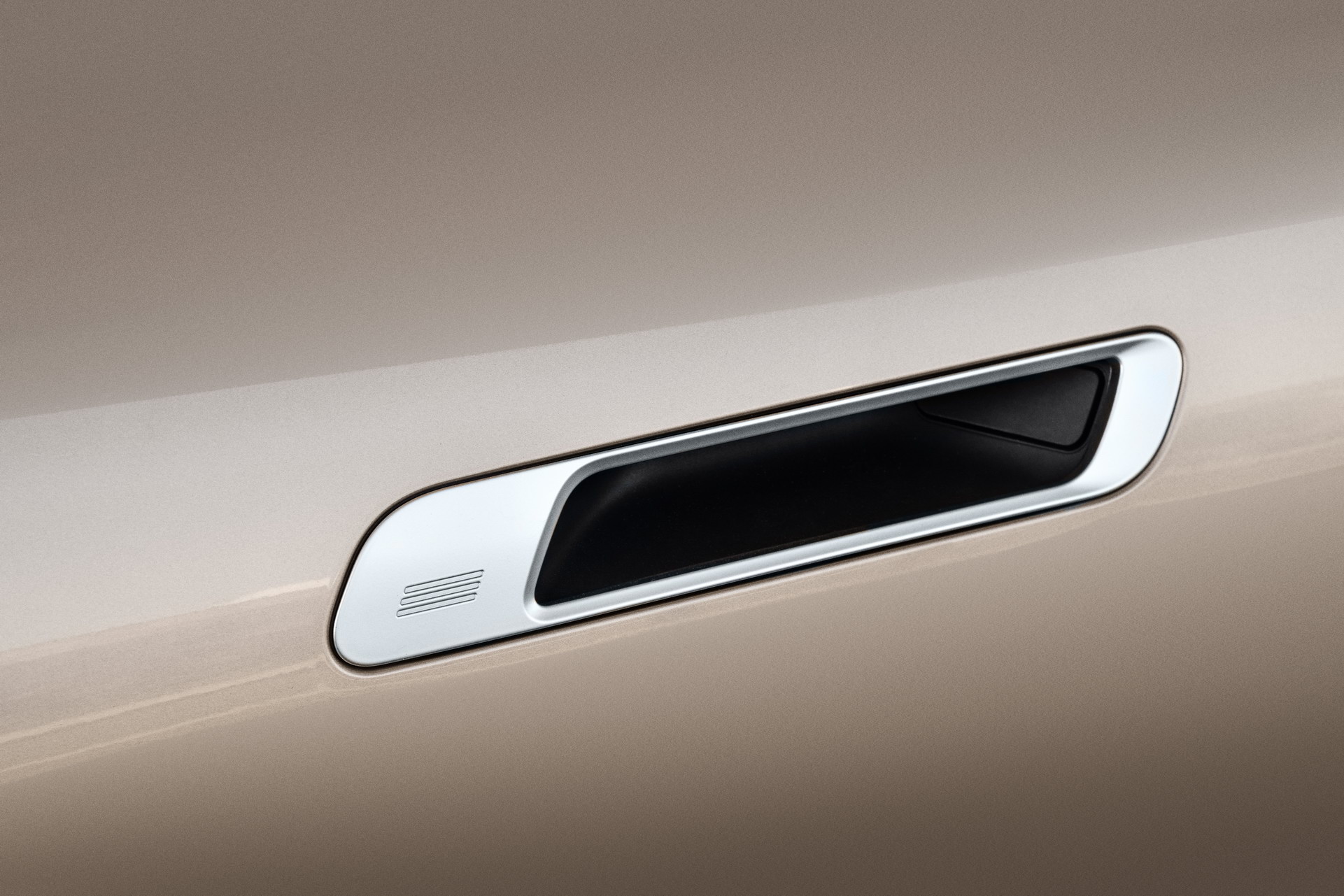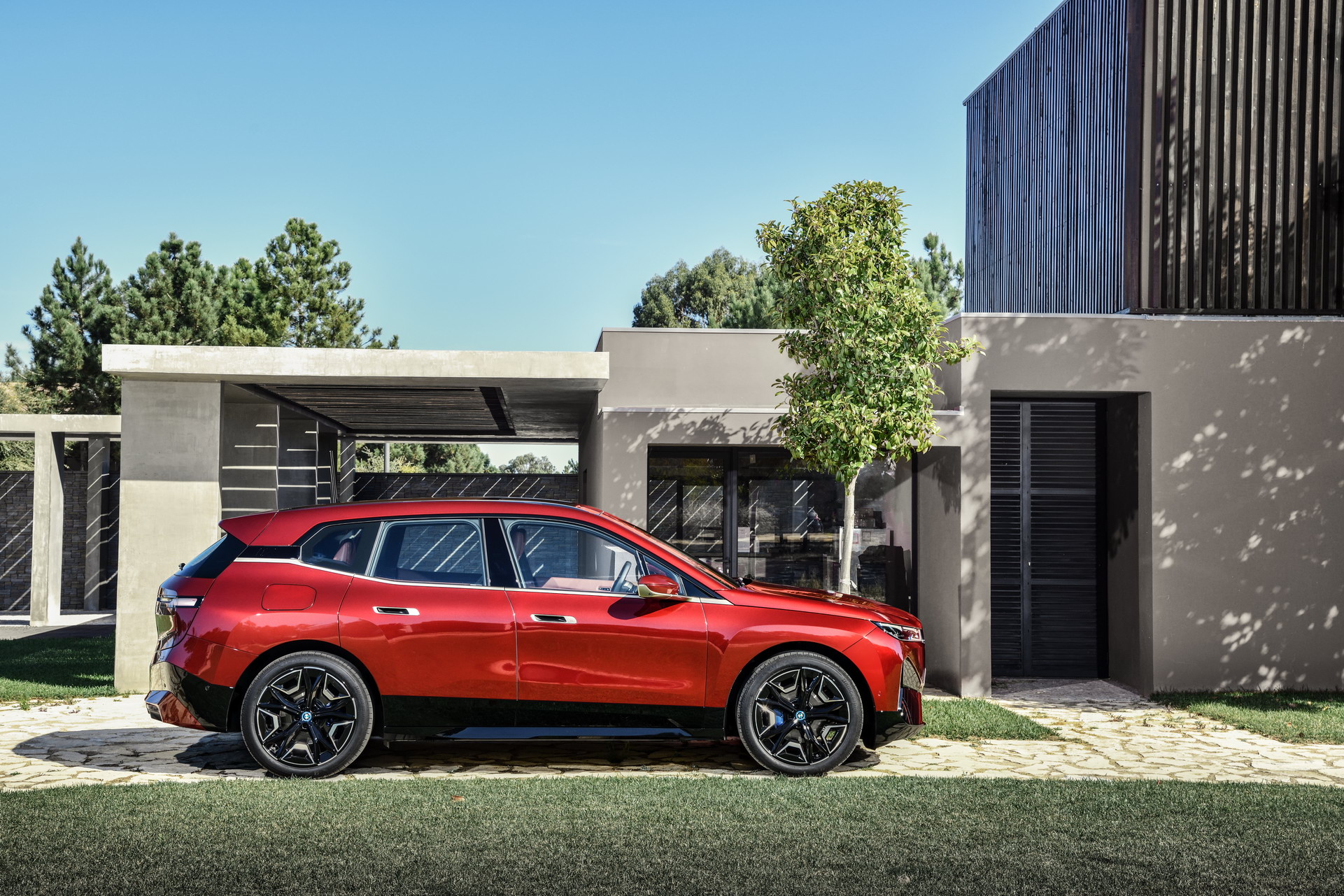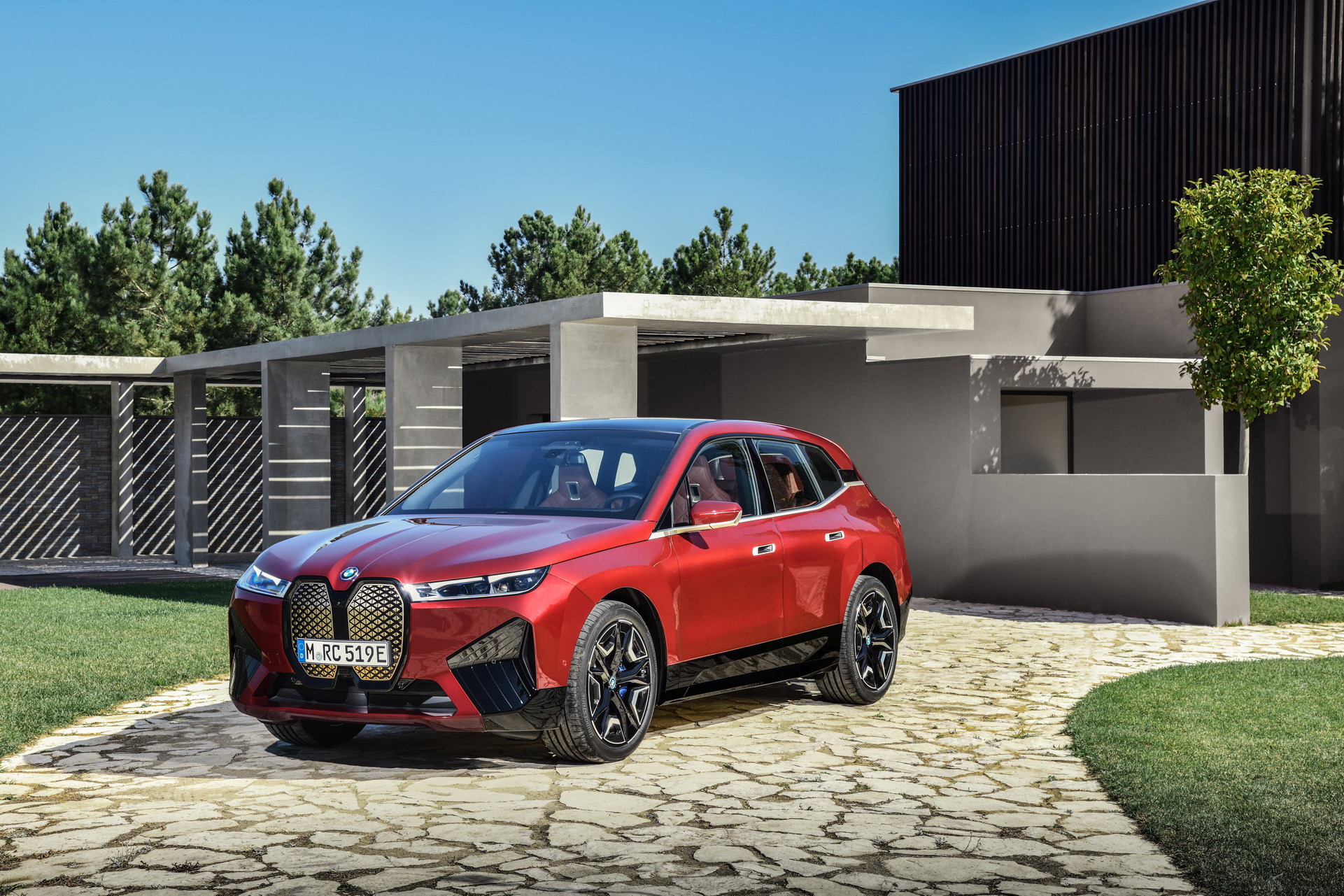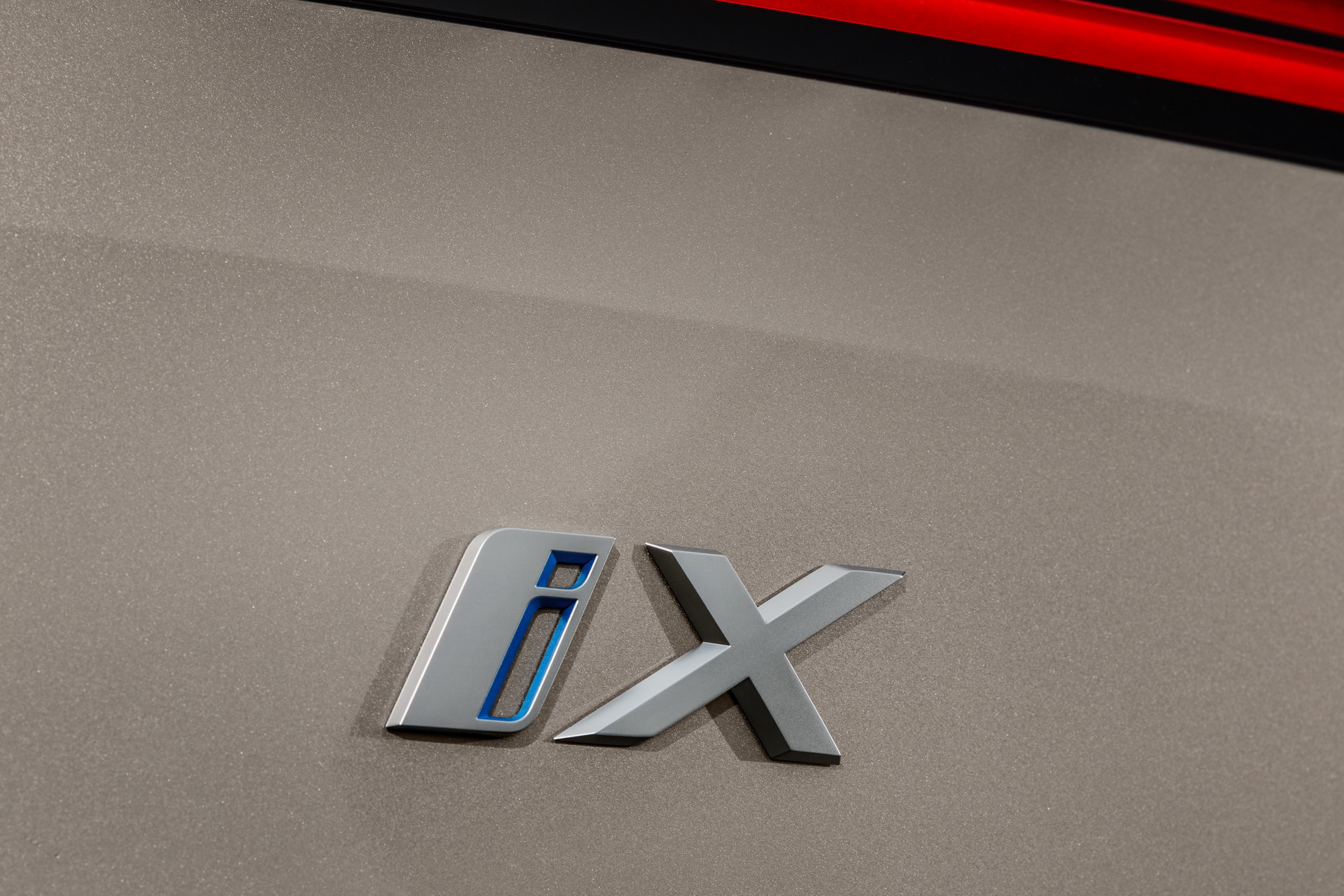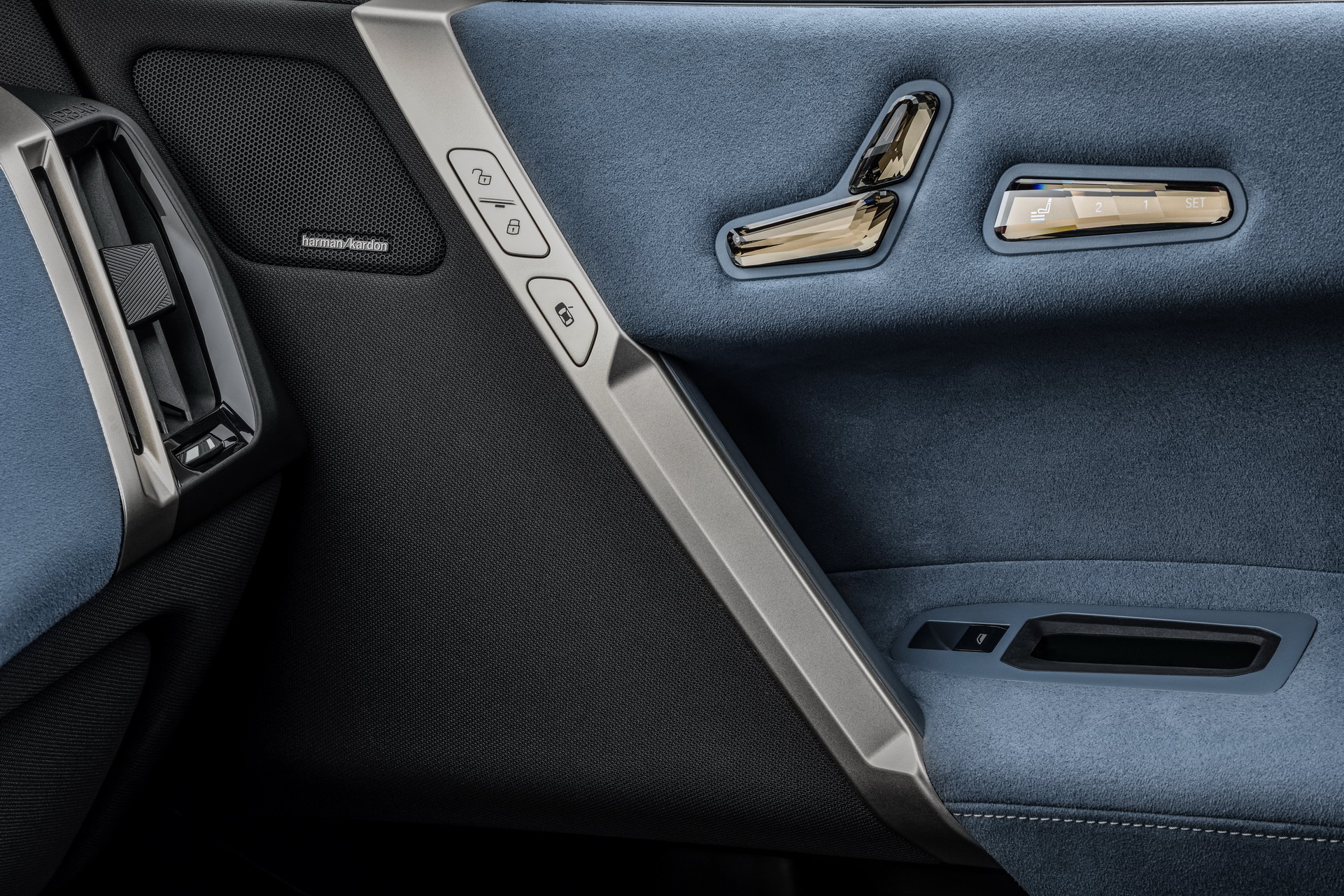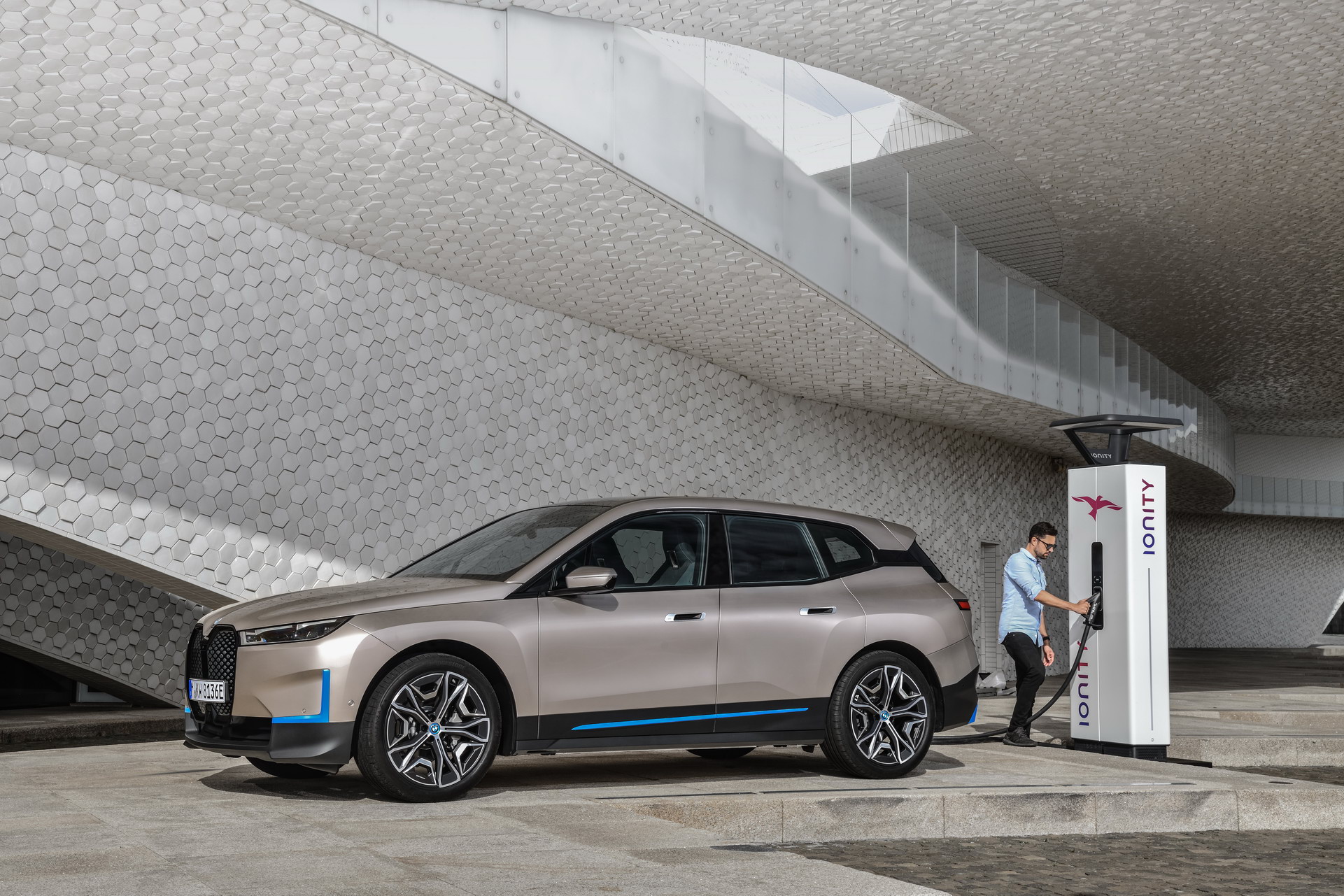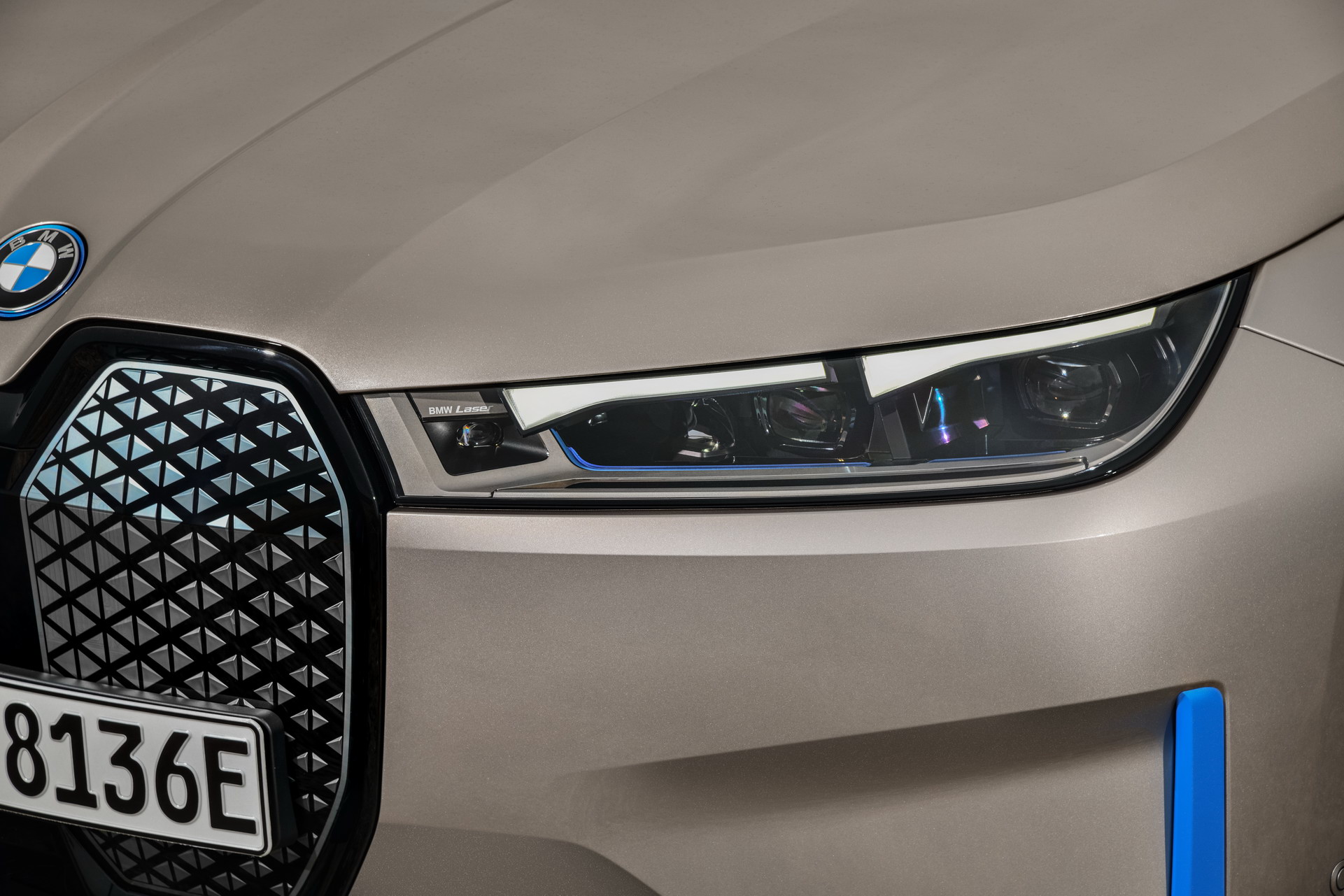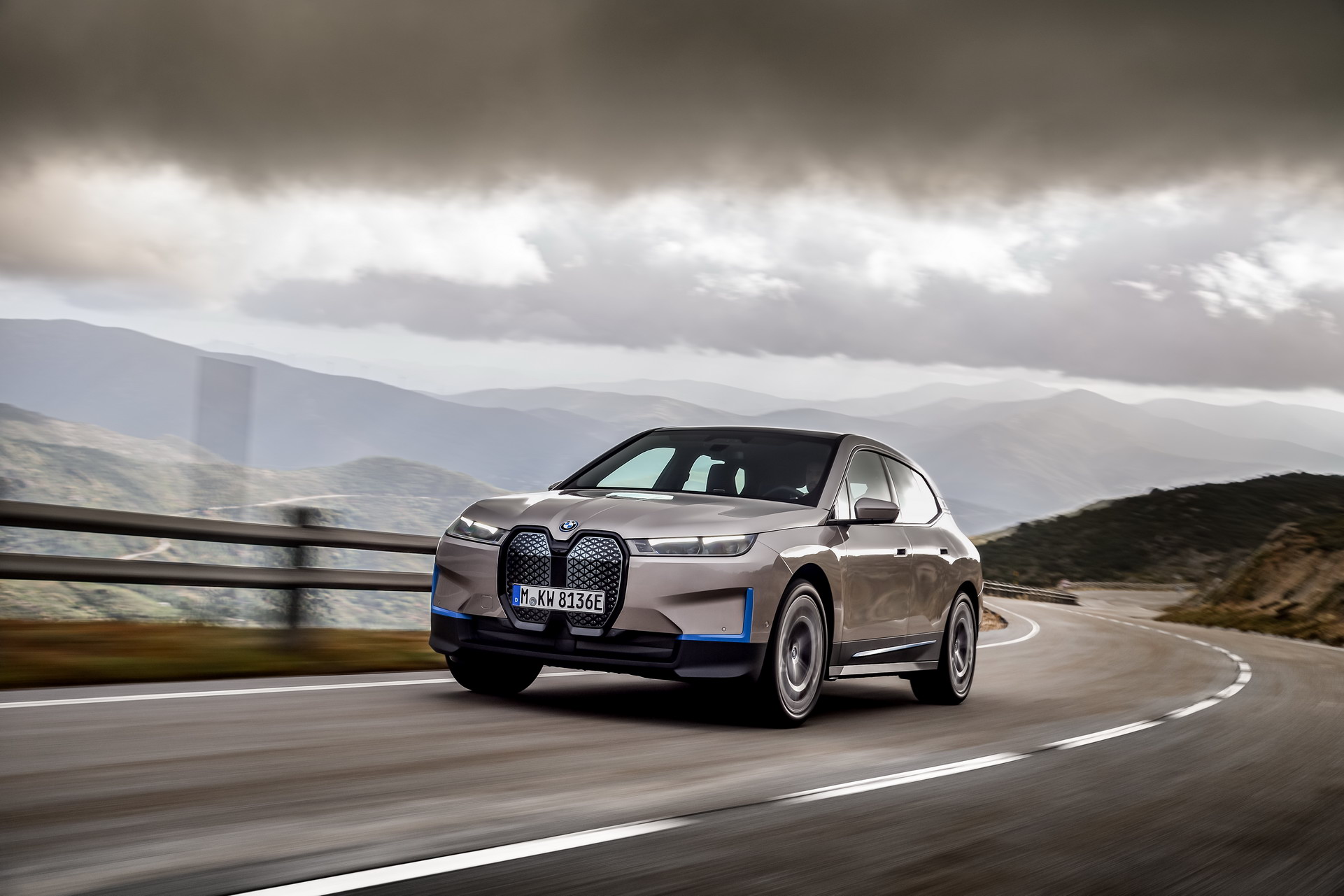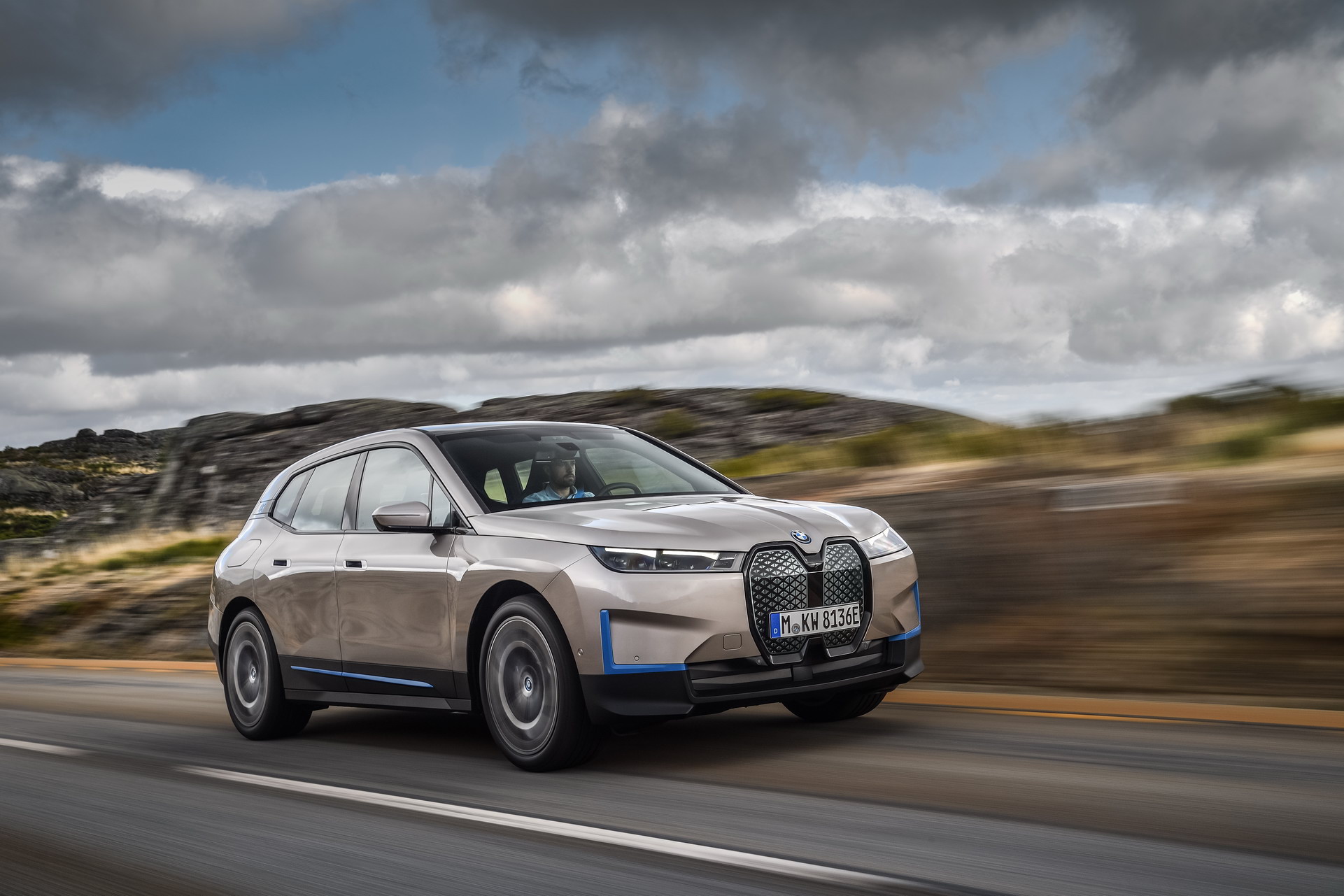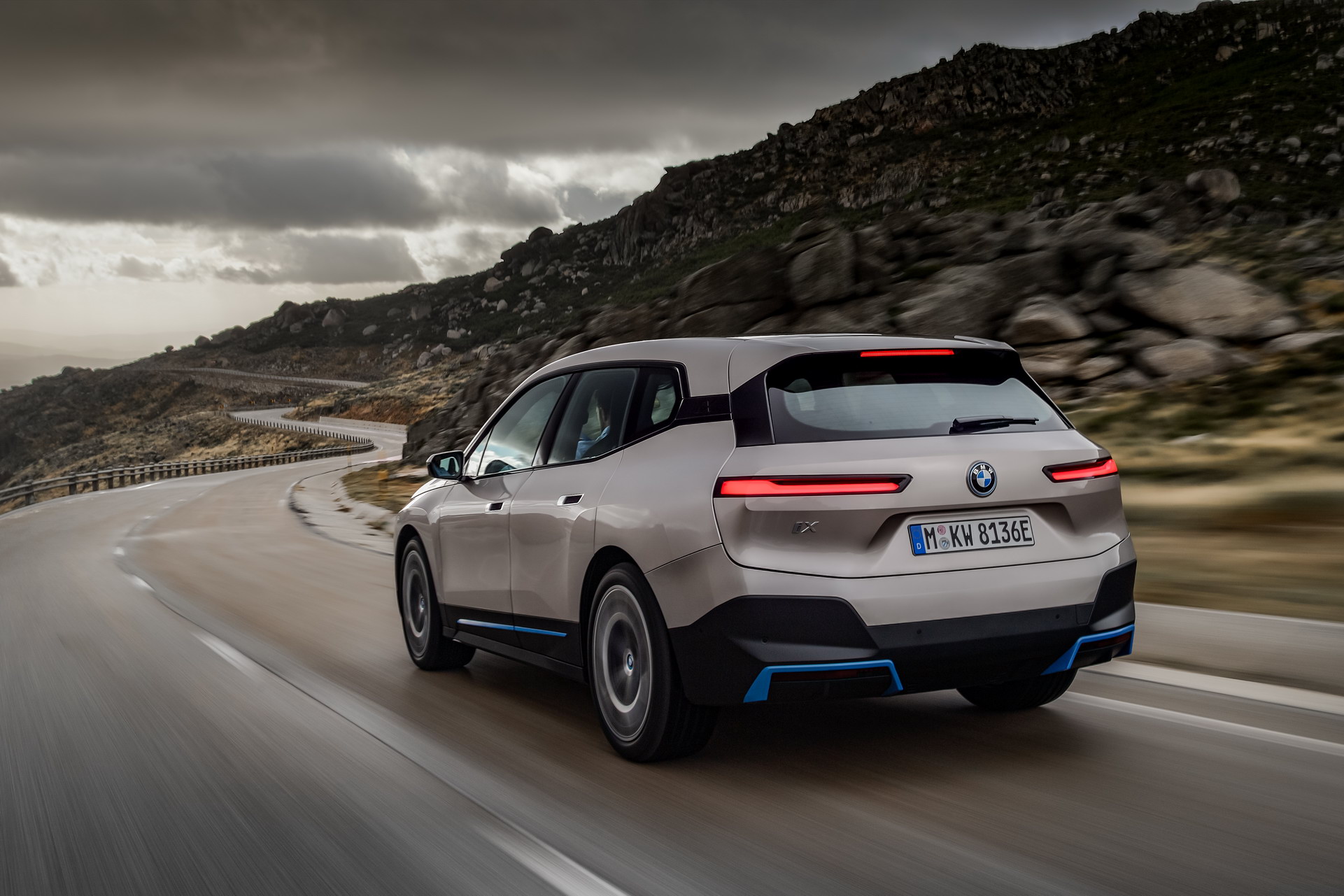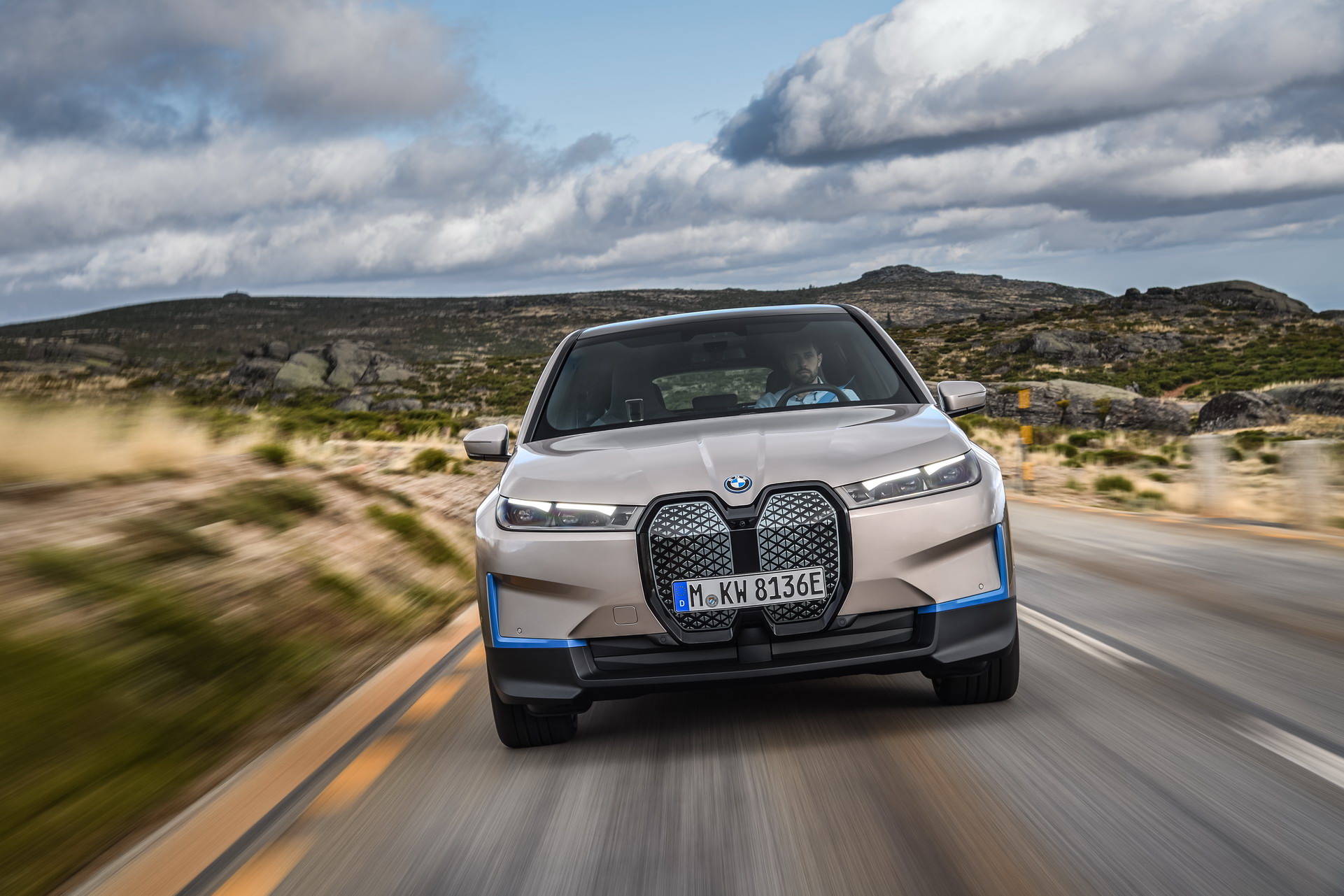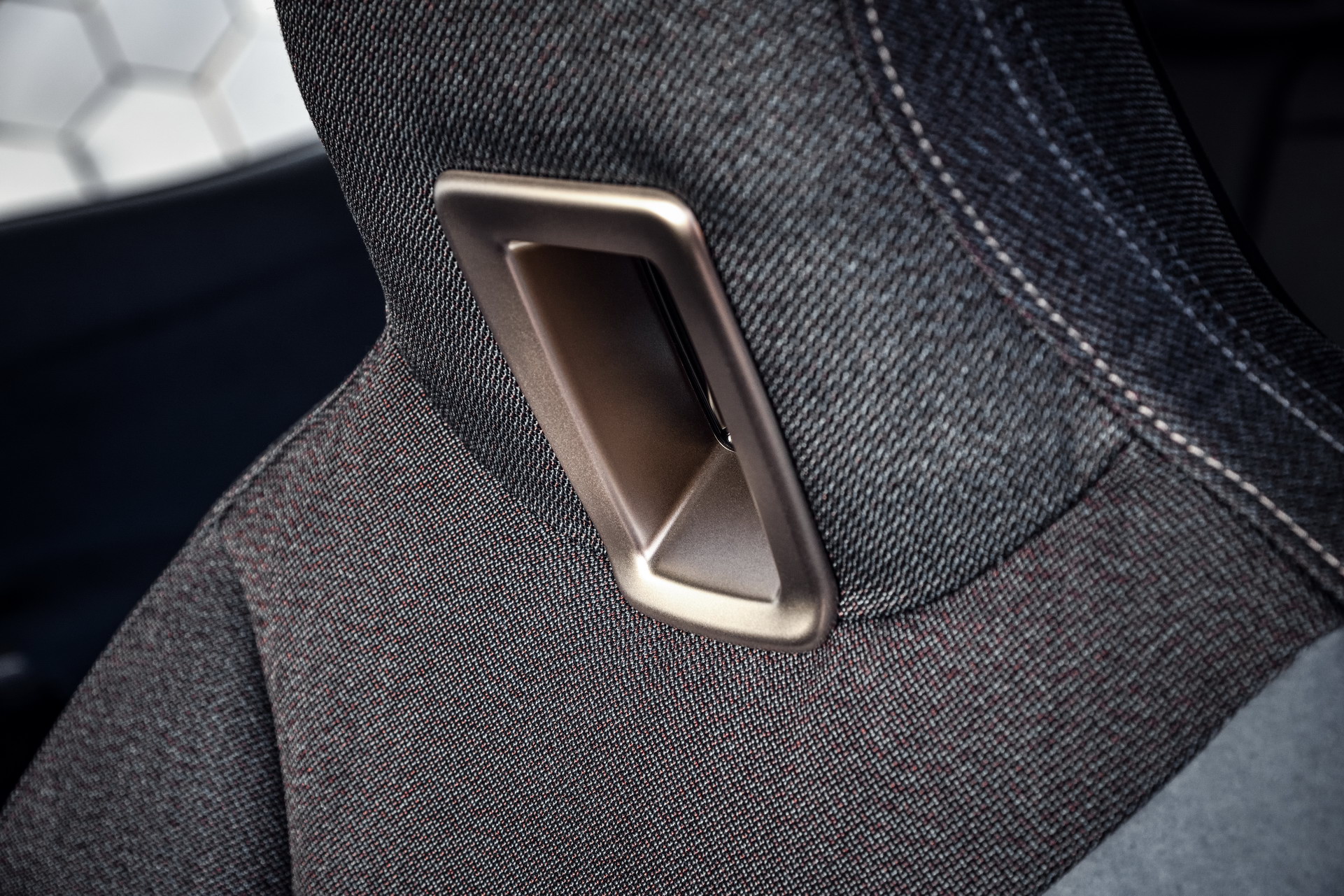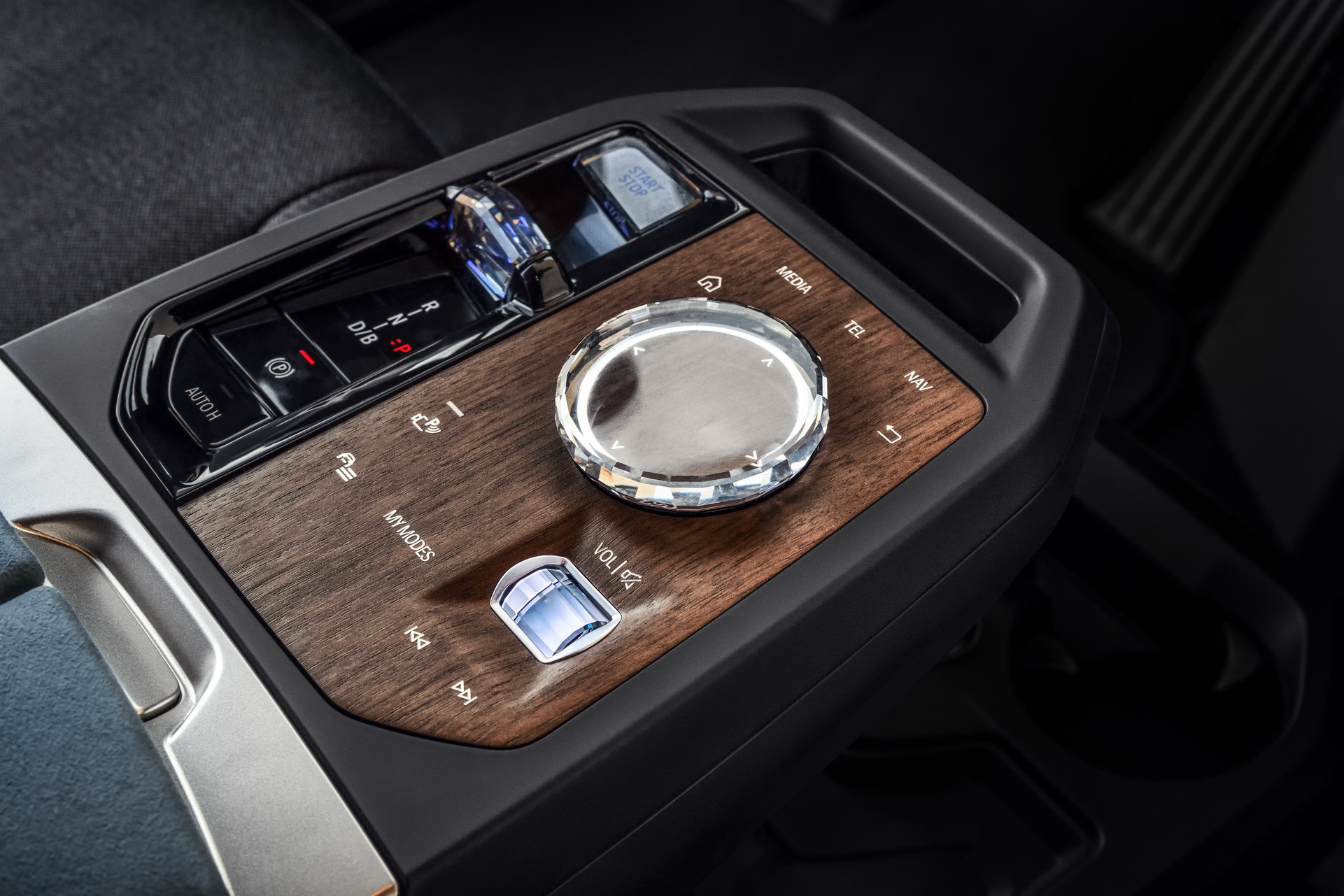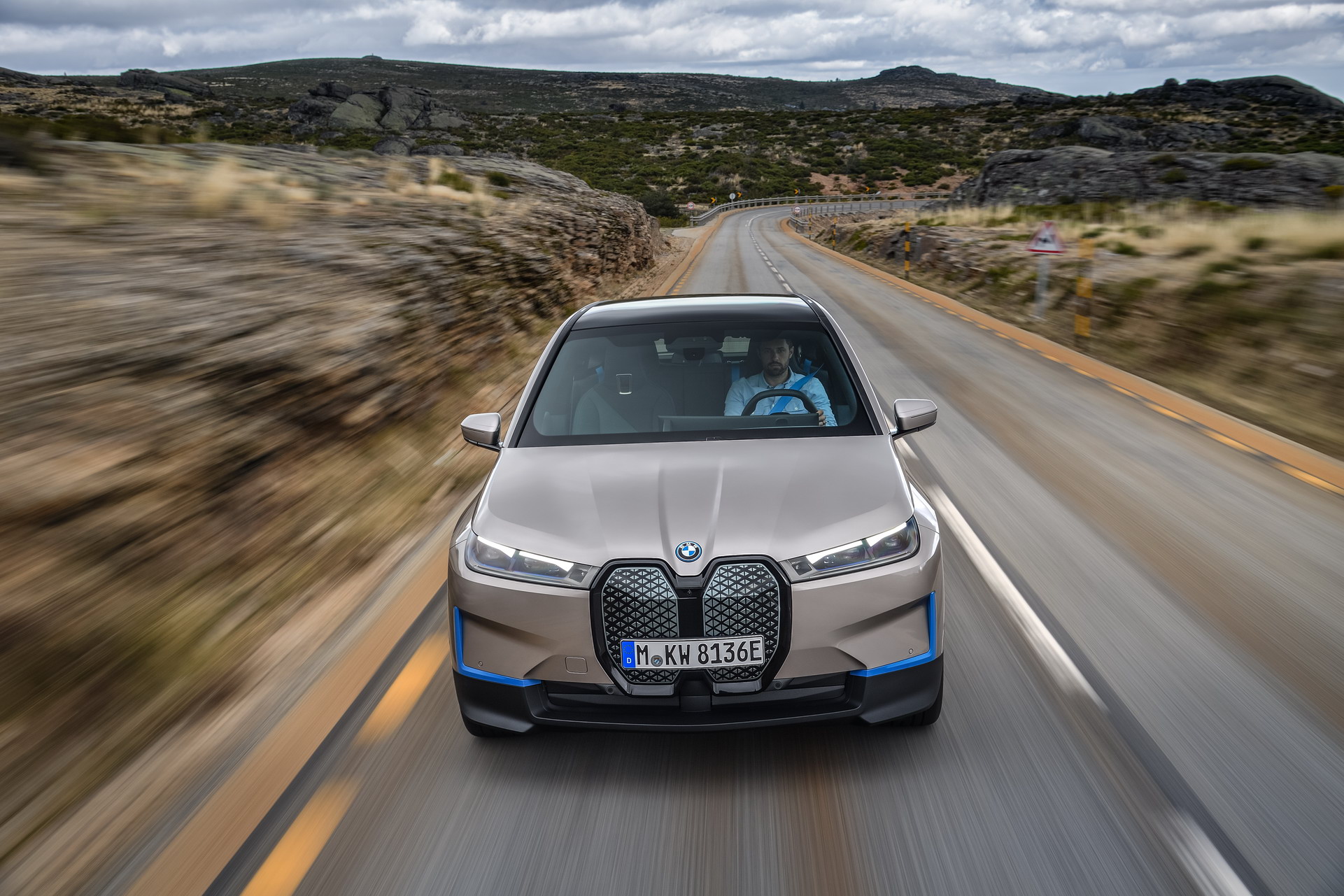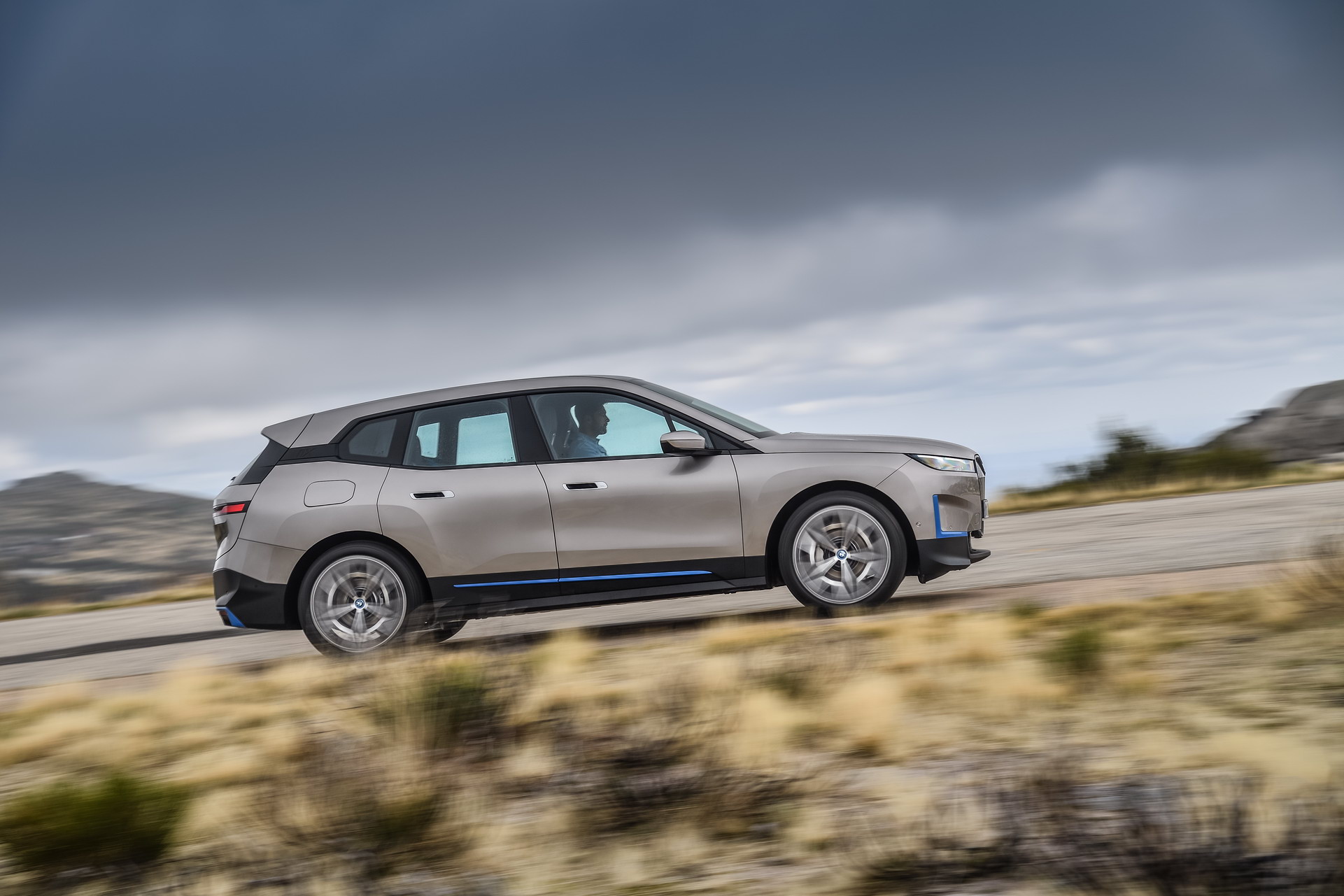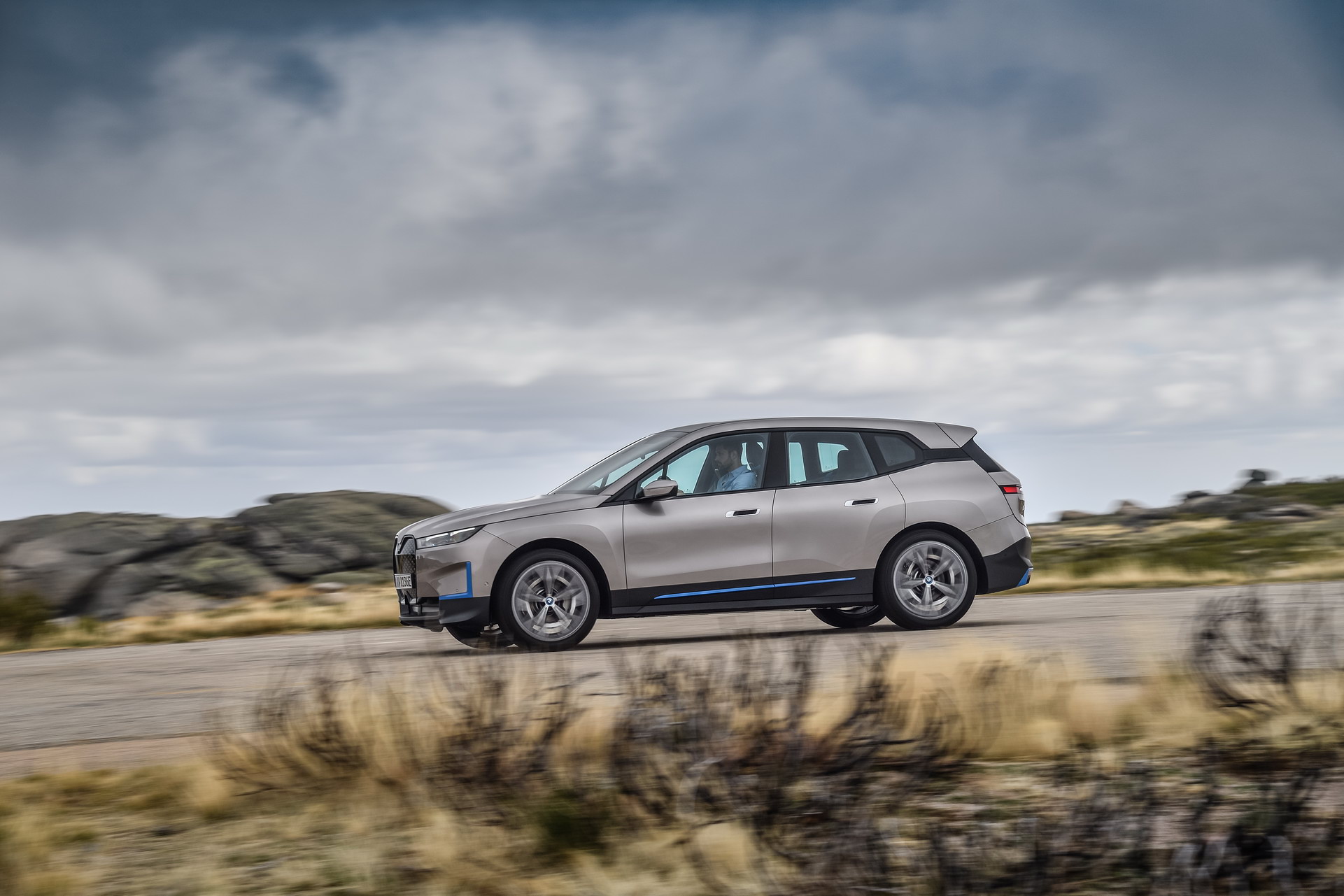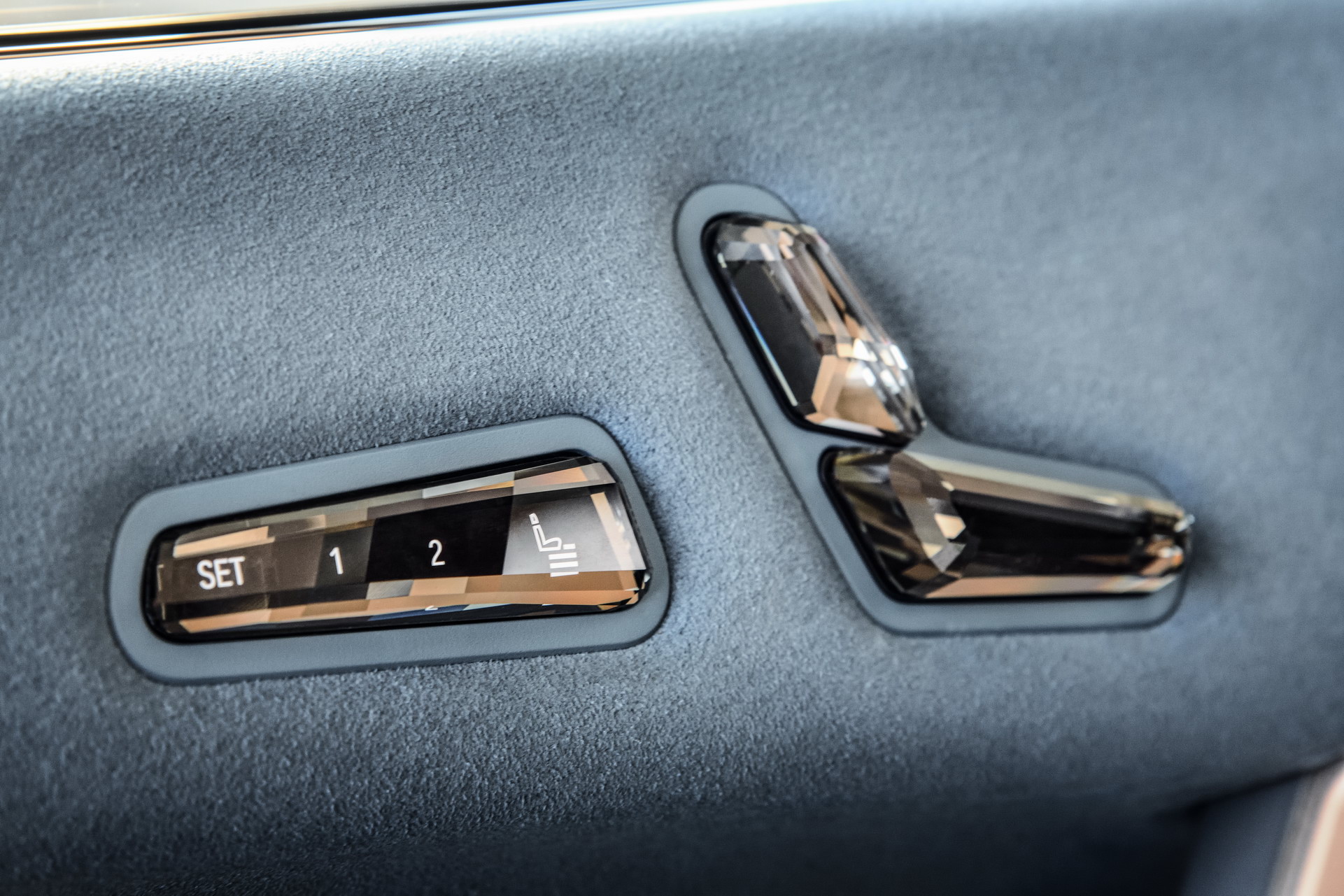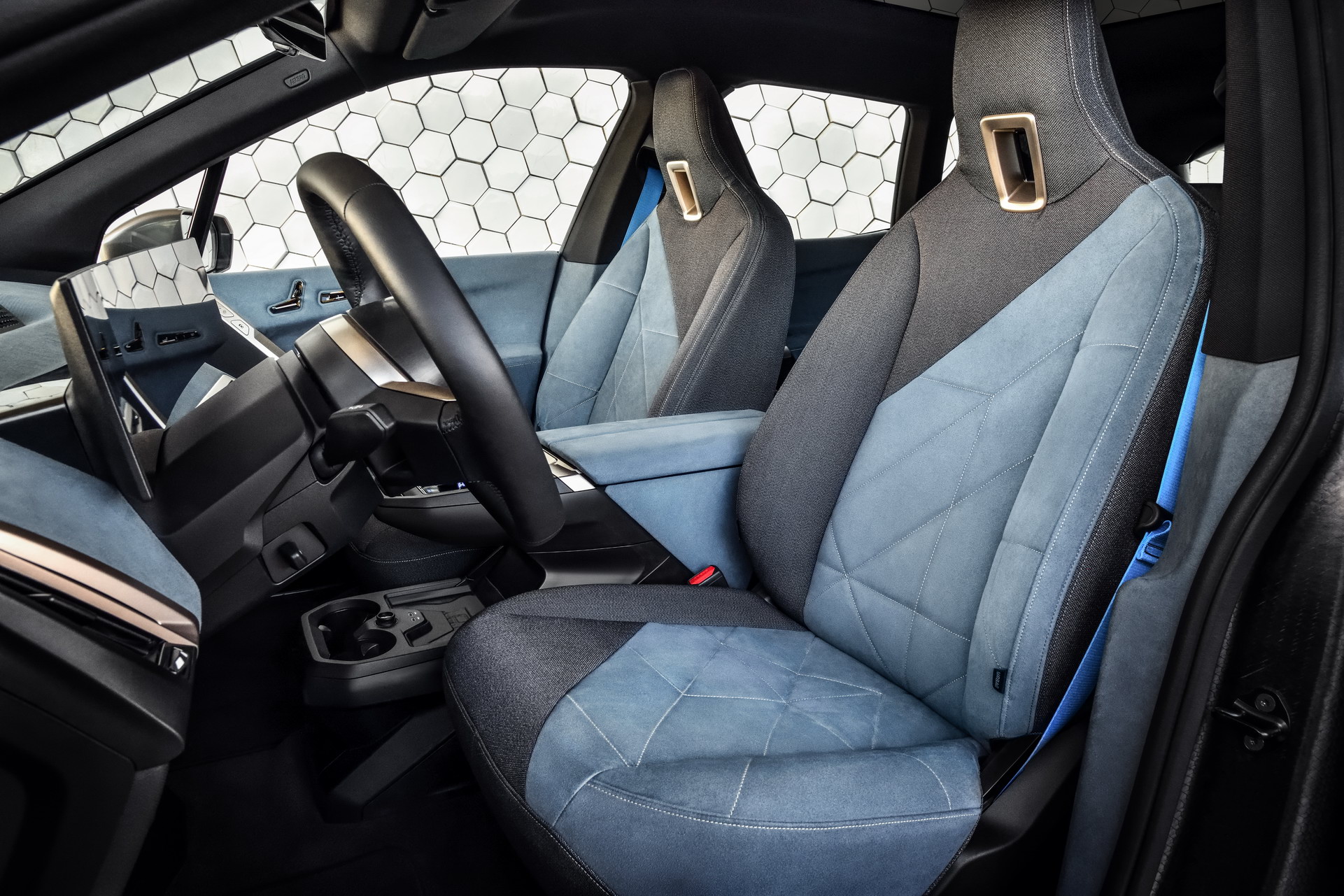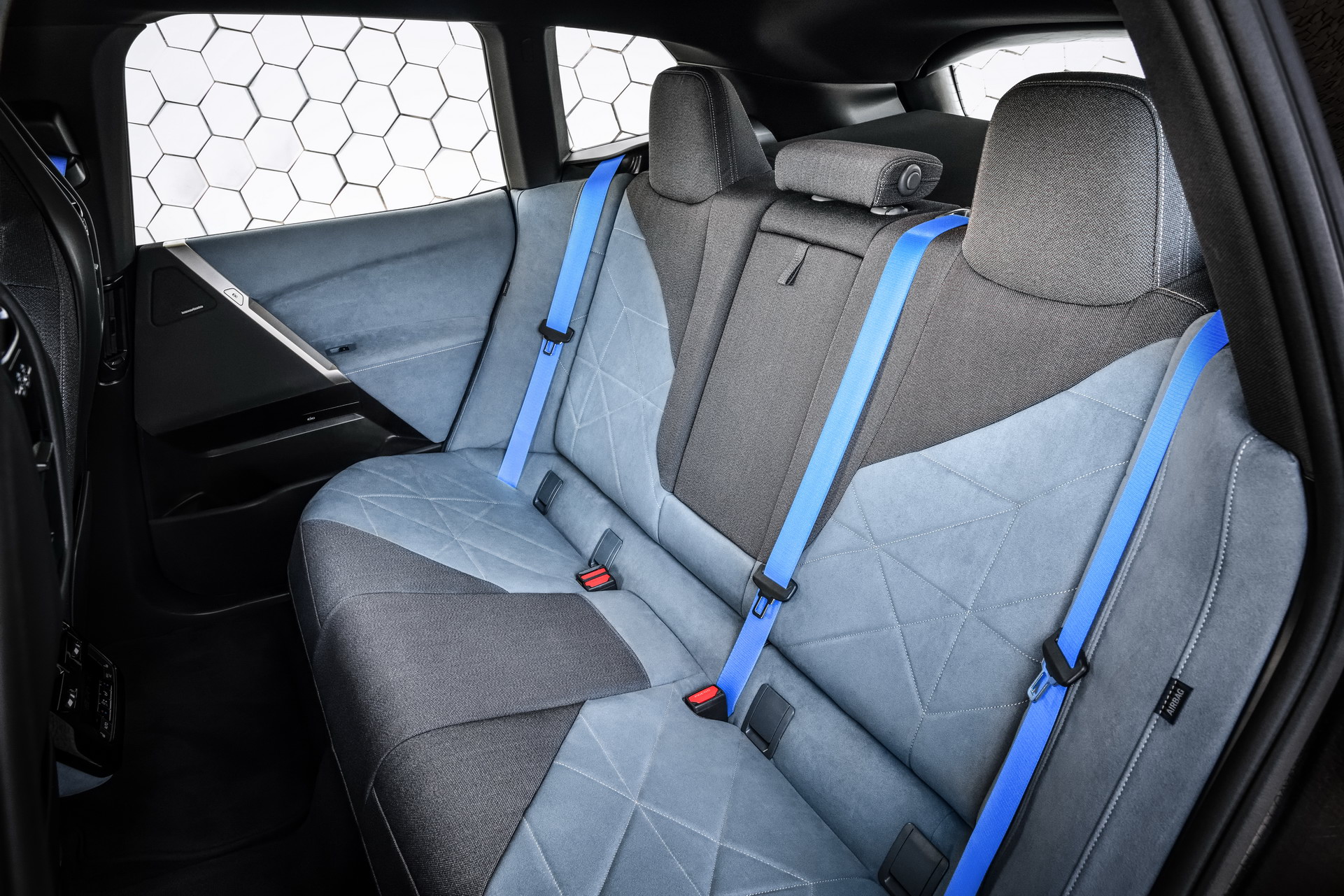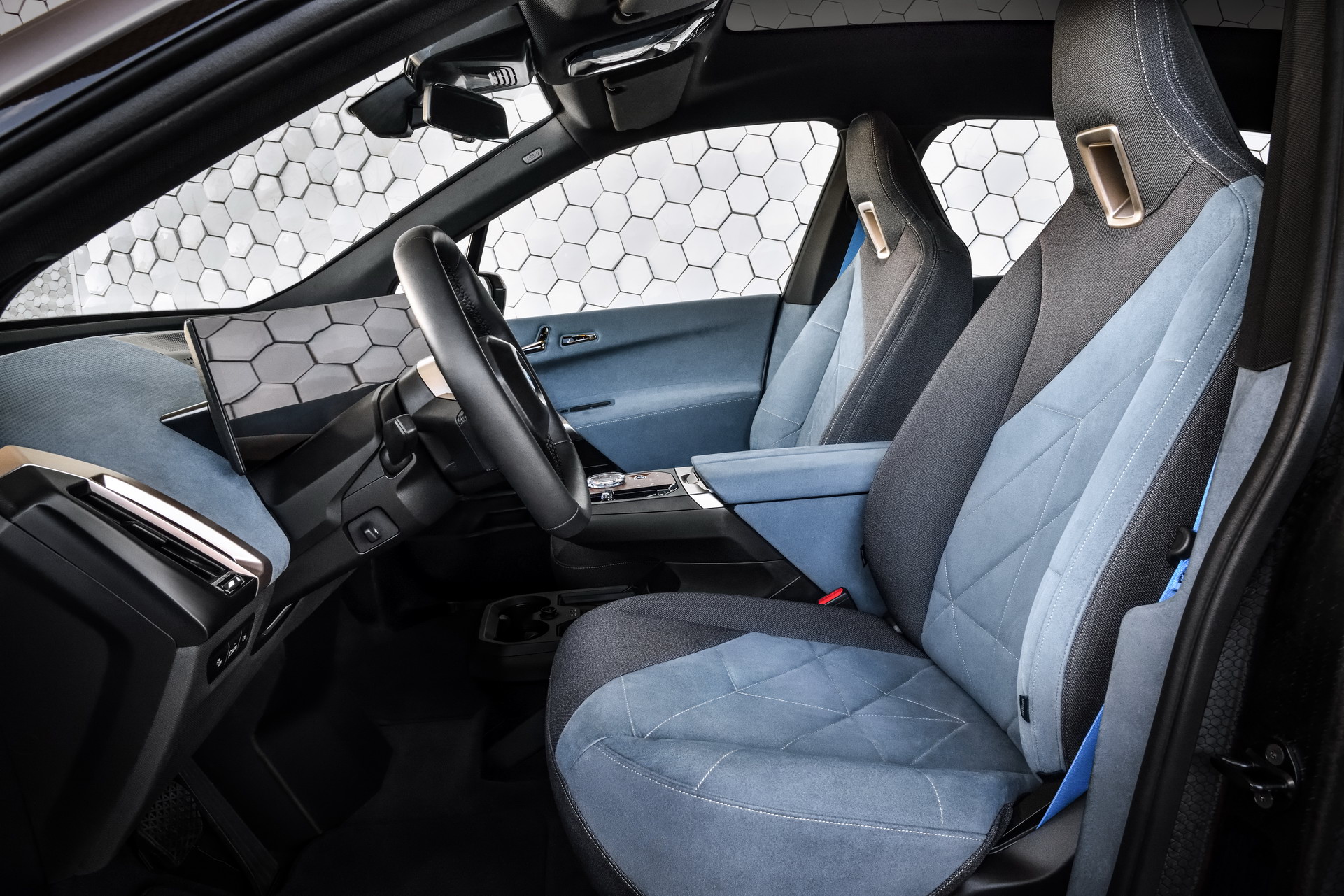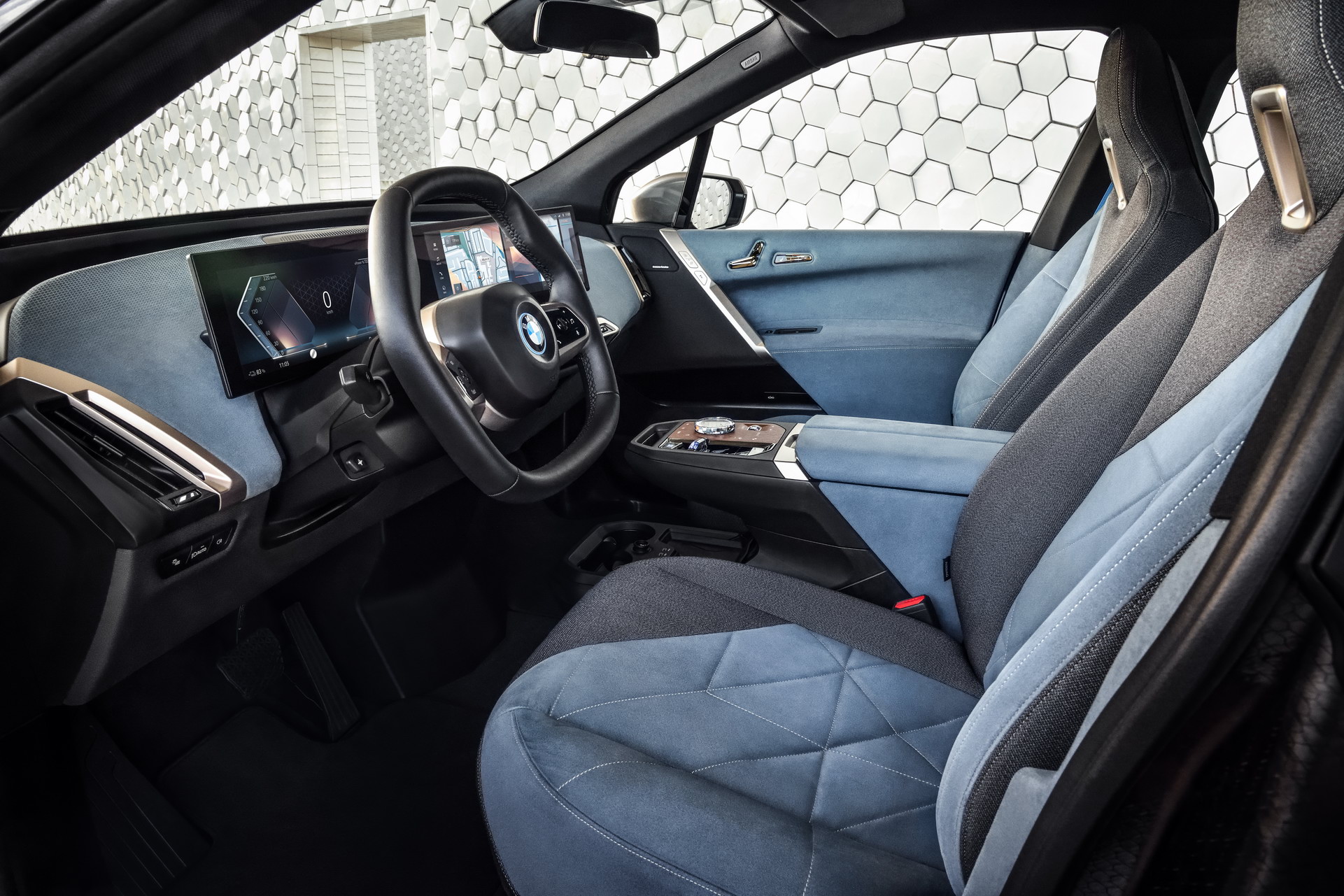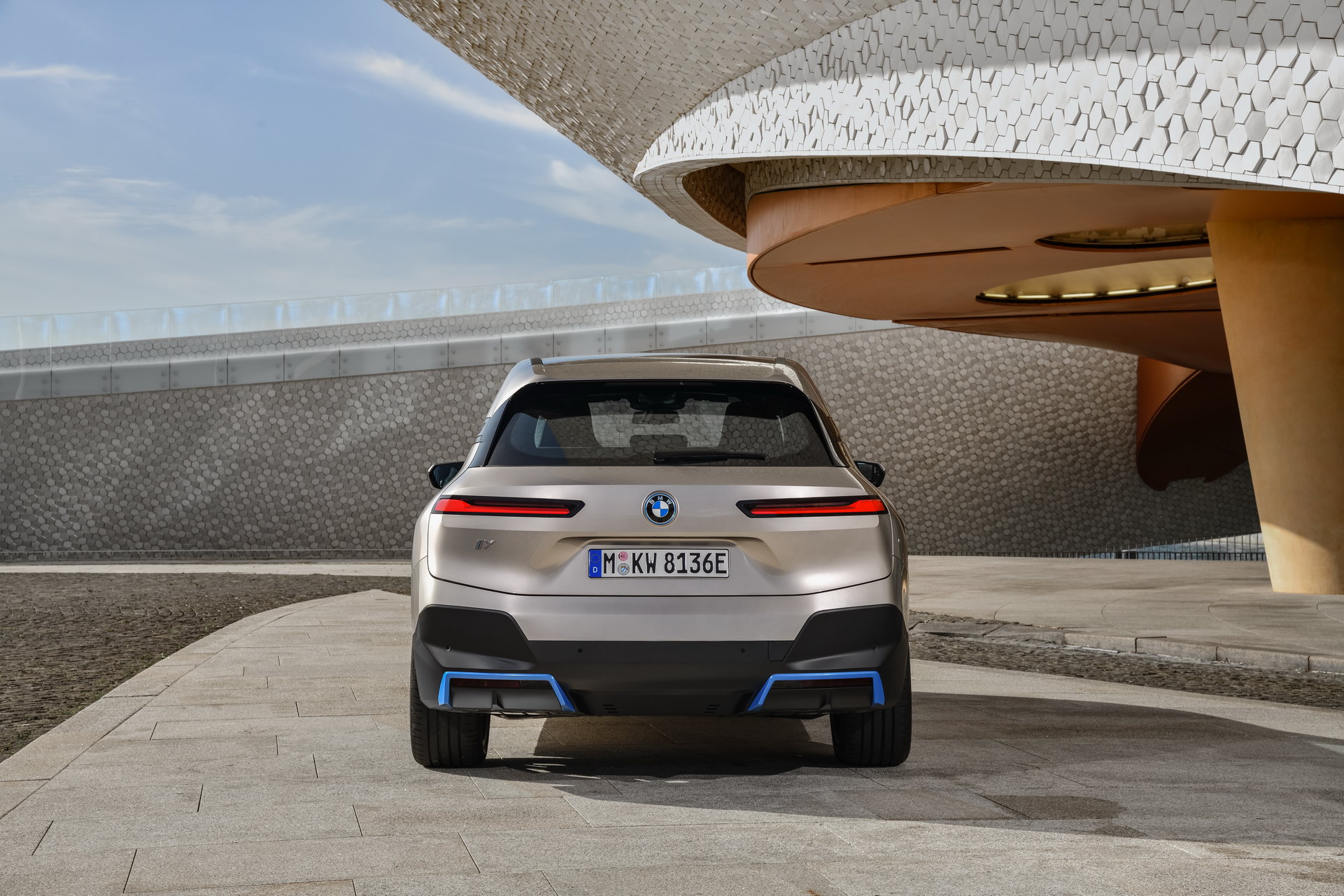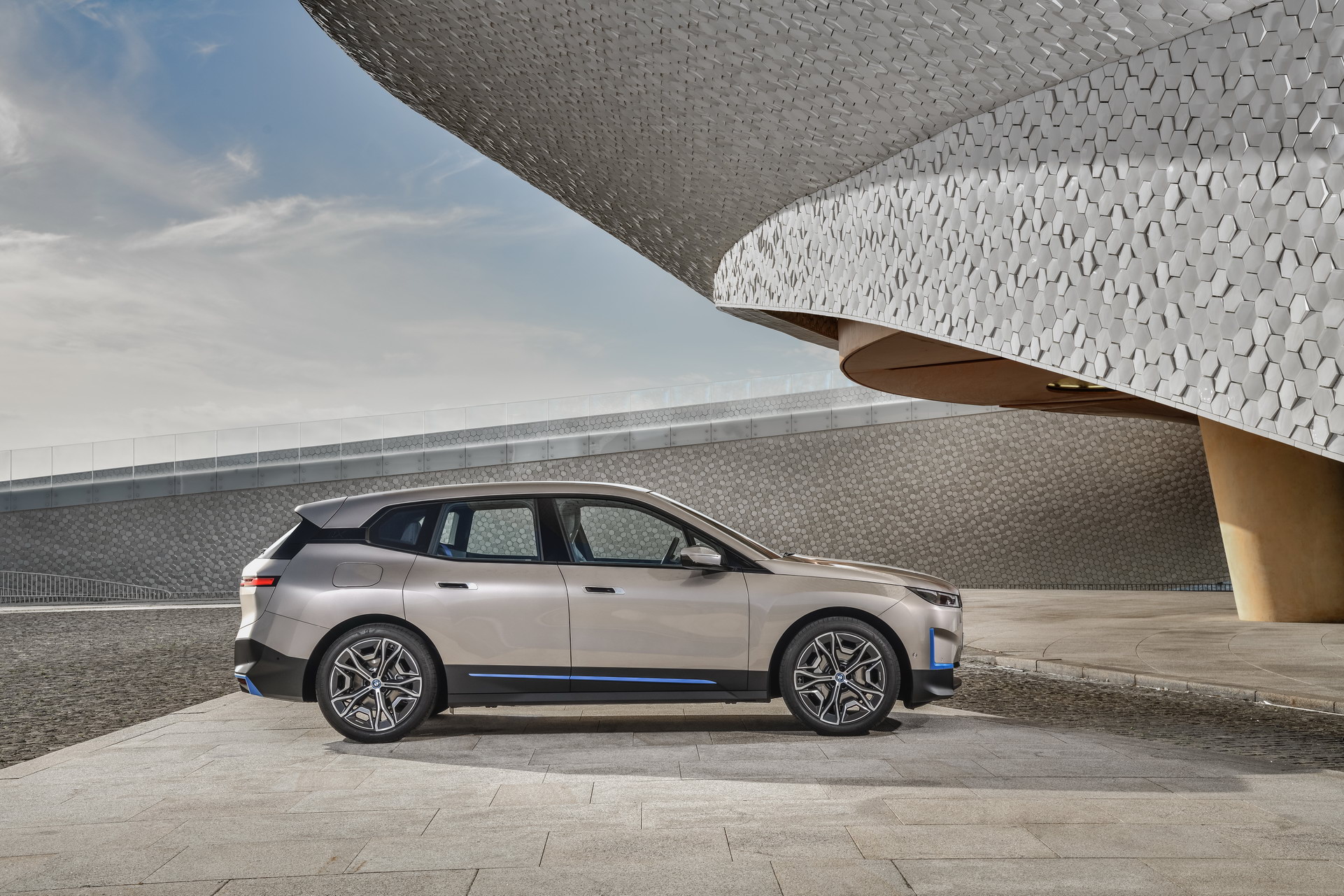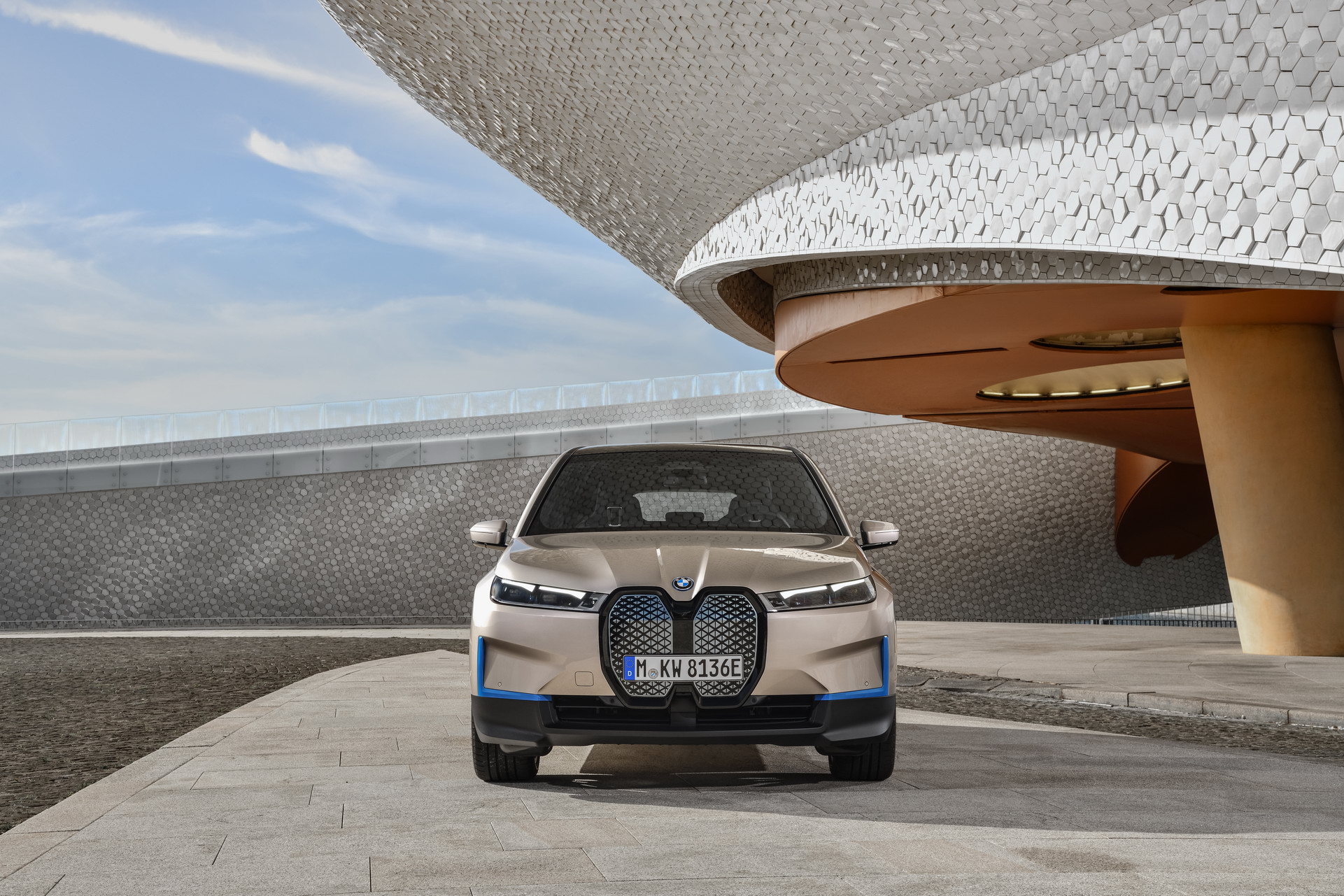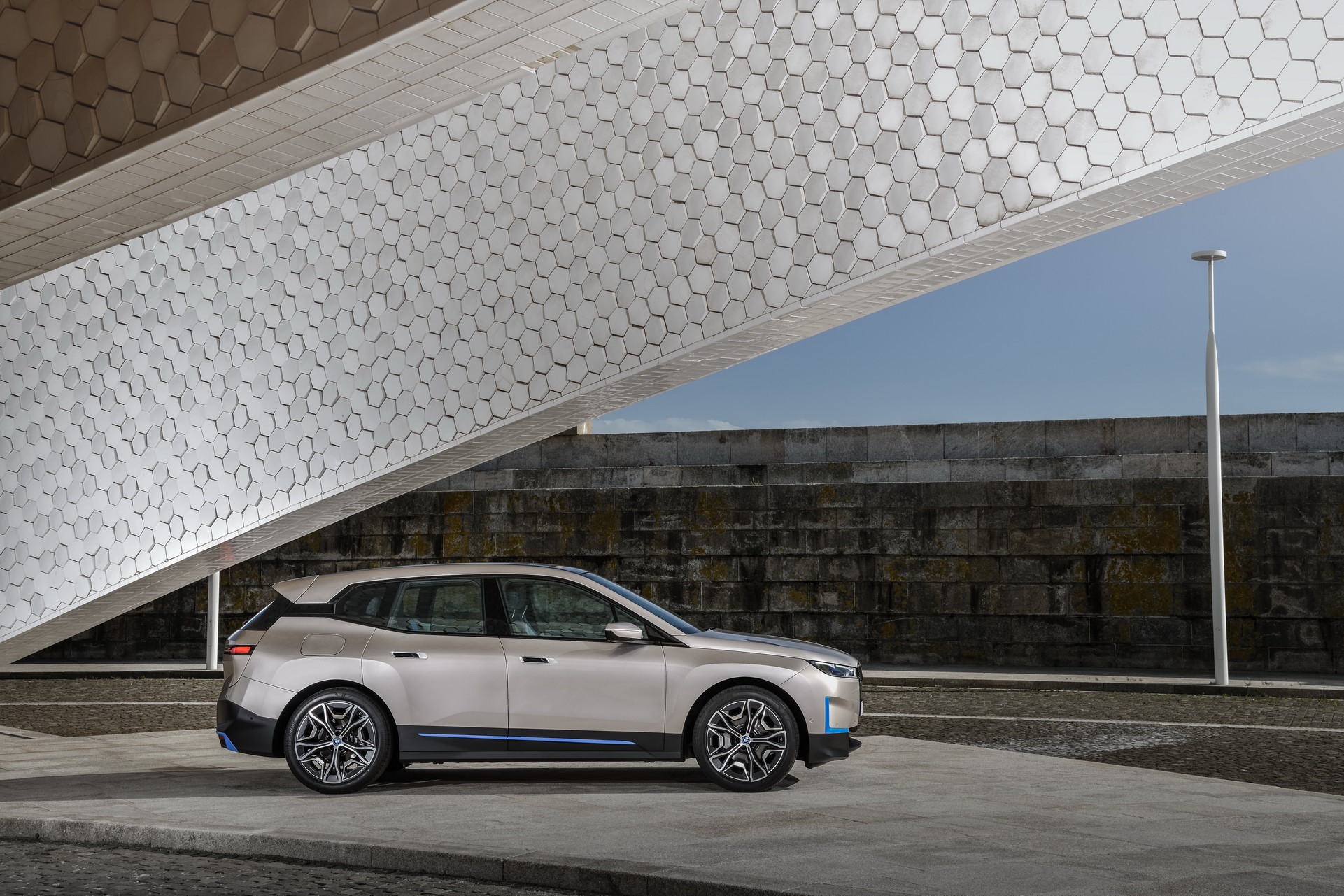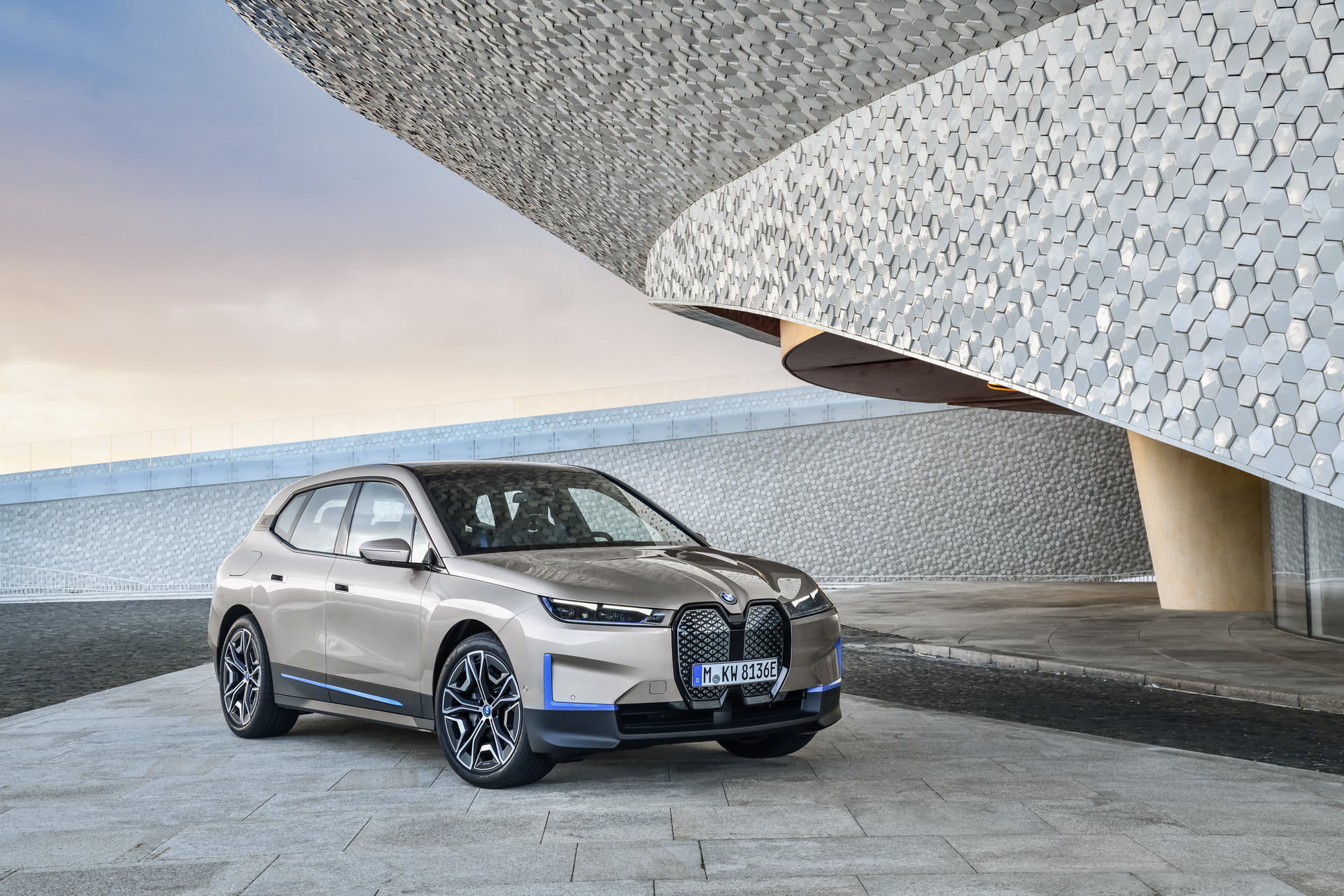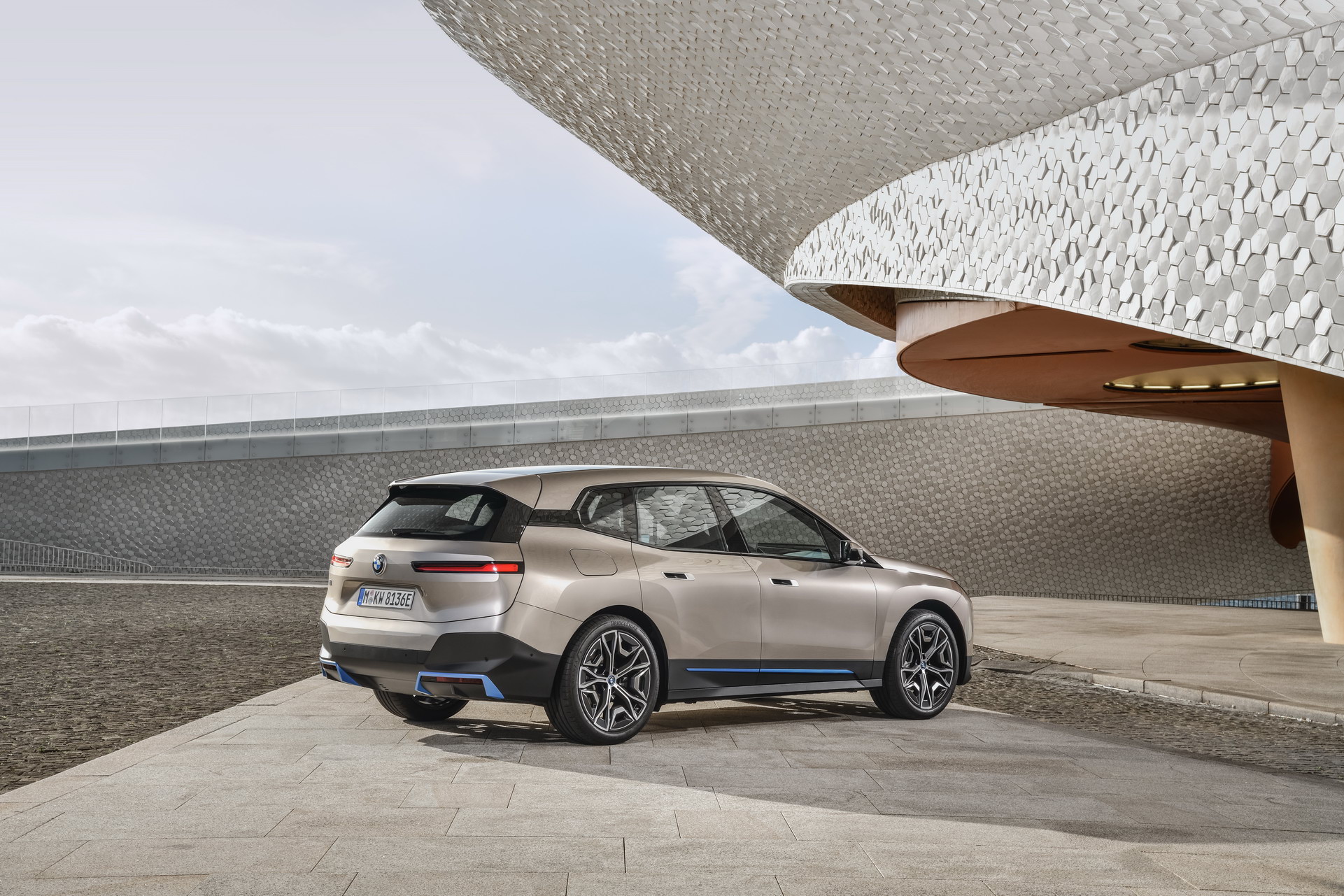As promised, BMW has lifted the veils of its first bespoke electric SUV today, and we finally get to learn its name.
Previously referred to as the iNext, the battery-powered SUV will be called simply BMW iX to highlight its importance in the brand’s growing lineup of electric SUVs. Packing the latest innovations in the fields of electrification, automated driving and connectivity, the BMW iX will also act as the brand’s technology flagship.
See Also: 2021 BMW iX3 Revealed As The Brand’s First Electric SUV With 285 Miles Of Range
With that in mind, BMW says the design of the iX has been developed from the inside out, with the main goal being “to provide quality of life and wellbeing for drivers and passengers.”
Exterior design “re-imagines the powerful proportions of a large BMW SAV”
Mind you, that doesn’t mean the exterior design is an afterthought. On the outside, the BMW iX is said to re-imagine the powerful proportions of a large BMW SAV. The electric SUV is comparable to a BMW X5 in length and width, but has almost the same height as the X6 thanks to its flowing roofline. The oversized wheels, however, bring to mind the BMW X7.
Highlights include the massive closed-off kidney grille housing camera technology, radar functions and other sensors, the flared wheel arches, “interrupted” D-pillars, flush door handles, frameless side windows, and slim horizontal LED lights.
Another interesting detail is the tailgate which has no separation joints and extends across the whole of the rear. All of these elements come together via generously shaped surfaces and crisp lines, creating an imposing body design.
Lounge-like cabin with state-of-the-art tech, high-quality materials and ample space
Moving on to the cabin, BMW says the iX offers a lounge-like ambience courtesy of newly developed seats with integral head restraints, “exceptionally large” panoramic glass roof, high-quality materials, and high level of spaciousness.
Designers have taken a minimalistic approach with the dashboard, which is dominated by a curved widescreen display that joins the instrument panel and infotainment screen in a single element. The hexagonal steering wheel cannot be ignored either, though one can’t help but wonder what do carmakers have against perfectly round steering wheels these days.
The center console is crafted to look like an upscale piece of furniture and features a rocker switch for gear selection, a big dial for the next-generation BMW Operating System, and a volume selector – all apparently made of crystal. Overall, the displays and controls are all stripped down to the essentials giving the impression of an uncluttered cabin.
300-Mile EPA range from a 100kWh+ battery powering two e-motors with a combined output of 496 HP
And so we arrive at the very important powertrain which features fifth-generation BMW eDrive technology consisting of two electric motors, the power electronics, the charging tech and the high-voltage battery. The power unit, manufactured sustainably without the use of critical raw materials known as rare earths, develops a maximum output of more than 370 kW (503 PS / 496 HP). According to BMW, that will be enough to power the BMW iX from 0 to 100 km/h (62 mph) in under 5.0 seconds.
The motors are powered by a battery with a gross energy content of more than 100 kWh. The pack should enable a range of over 600 km in the WLTP cycle or more than 300 miles according to the EPA’s FTP-75 test procedure. BMW targets “an exceptionally low” combined electric power consumption of less than 21 kWh per 100 km (62 miles) in the WLTP test cycle.
As for charging, the iX’s new tech enables DC fast charging at up to 200 kW, which means the battery can be charged from 10 to 80 per cent of its full capacity in under 40 minutes. More specifically, 10 minutes of charging provide enough energy to increase the range by more than 120 km (75 miles). Using a Wallbox at 11 kW, it takes less than 11 hours to charge the battery from 0 to 100 per cent.
The iX can process a double amount of data from vehicle sensors than BMW’s newest models
From a technology standpoint, the new toolkit that debuts in the BMW iX enables significant progress in the areas of automated driving and digital services. For example, the iX’s computing power can process 20 times the data volume of previous models. As a result, the vehicle can process a double amount of data from vehicle sensors than previously possible.
Factor in the fact that the BMW iX is 5G-capable and it should come as no surprise that it delivers improved automated driving and parking functions. BMW will start production of the iX at its plant in Dingolfing, Germany from the second half of 2021. The U.S. launch is expected to take place in early 2022.







